Renault, like all other automakers, were forced to skip the Geneva Motor Show, but that sure didn’t stop it from unveiling what will probably be written in history as the weirdest futuristic concept of 2020. The Morphoz is, essentially, a vehicle that can transform based on range need, from a shorter, city car to a longer travel car. It sounds like the Morphoz will be a city car by default and would require you to stop by a station and swap to a larger battery if you plan to take a longer trip. The batteries, whether in the car or not, will be used to power infrastructure when not in use. I tend to speak too soon about a lot of things, but I’m going to come right out and say that this thing will never see production, but it could represent the future of automobiles, so here’s what you need to know about it.
2020 Renault MORPHOZ concept
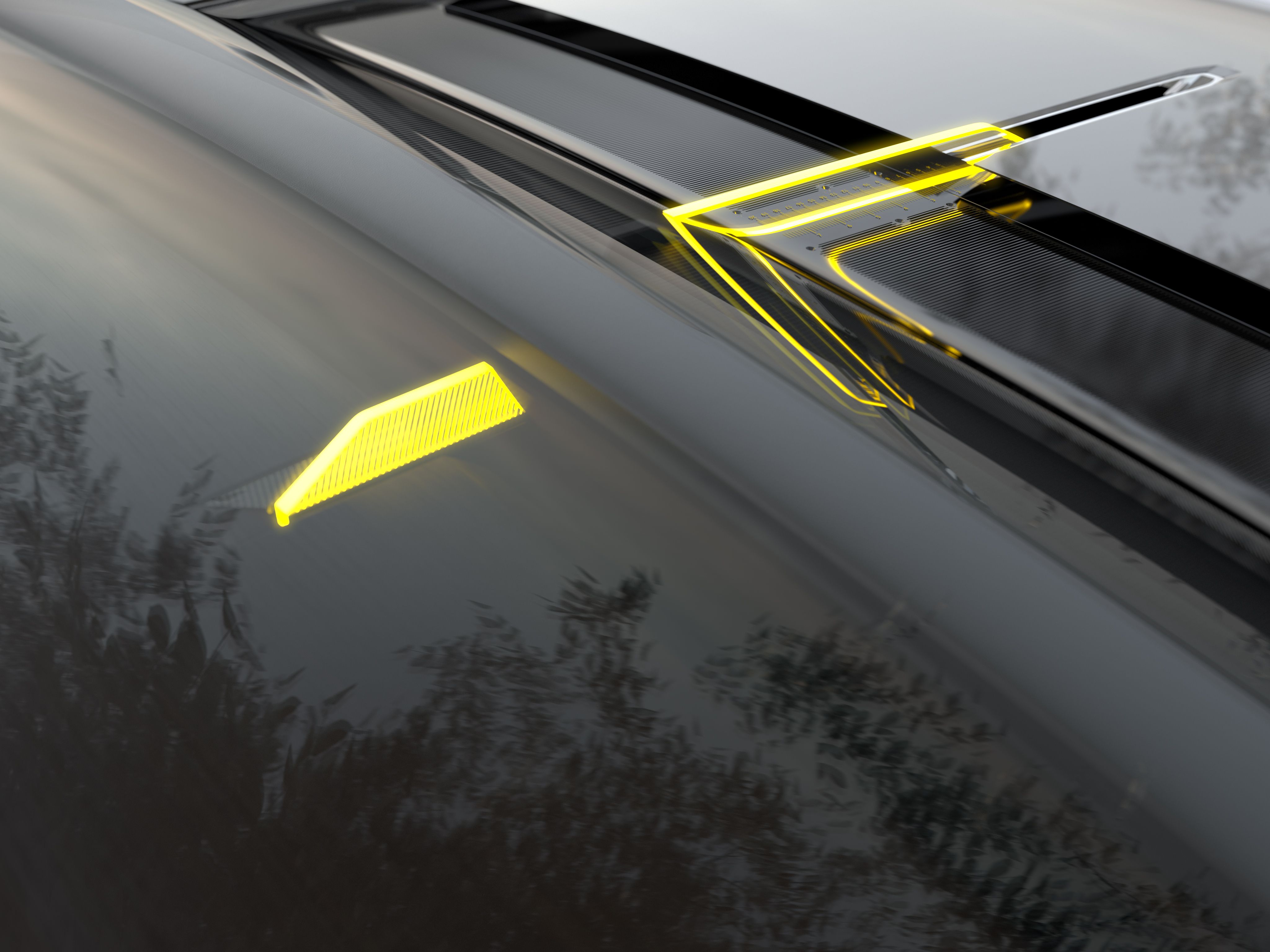

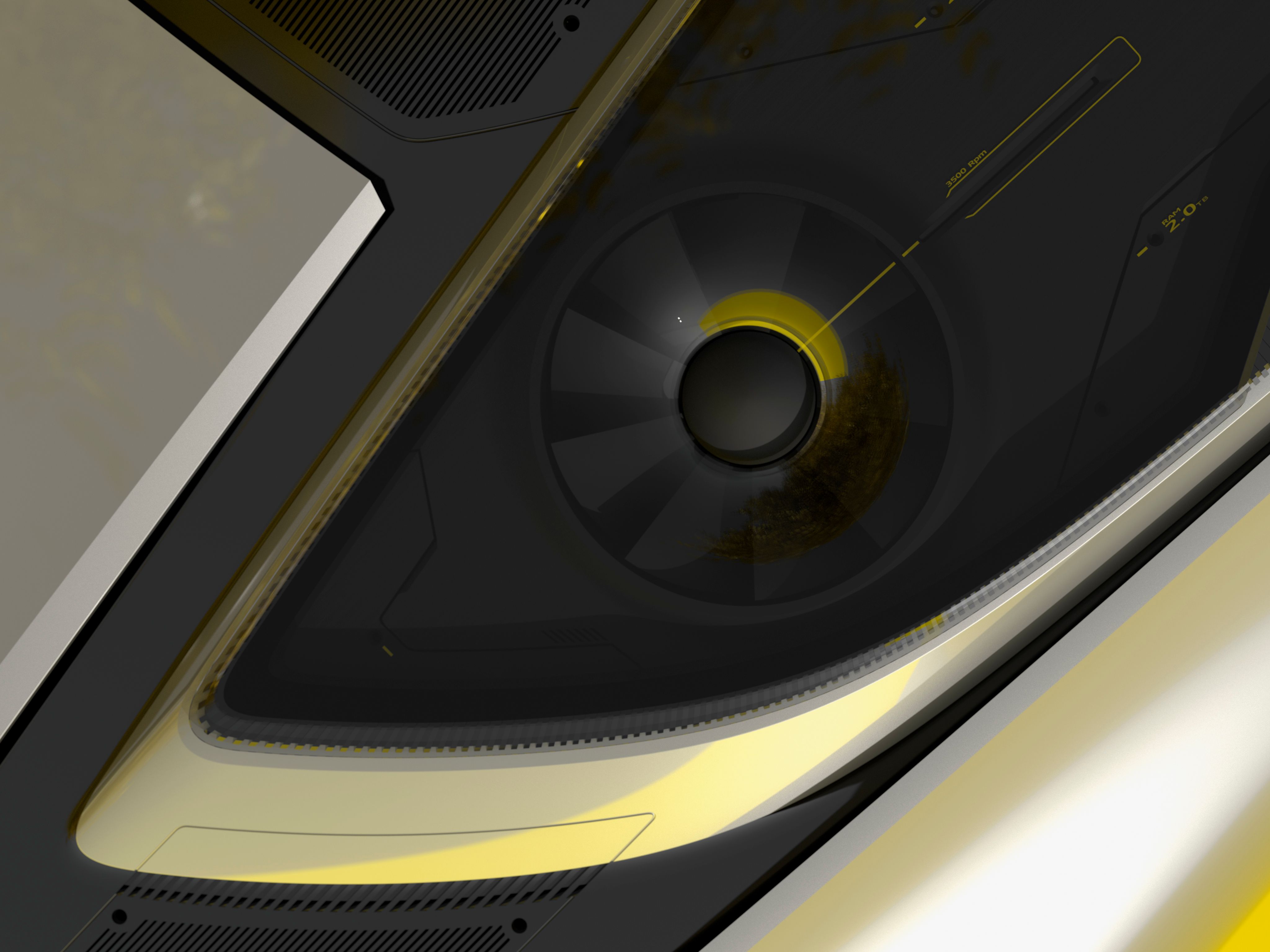
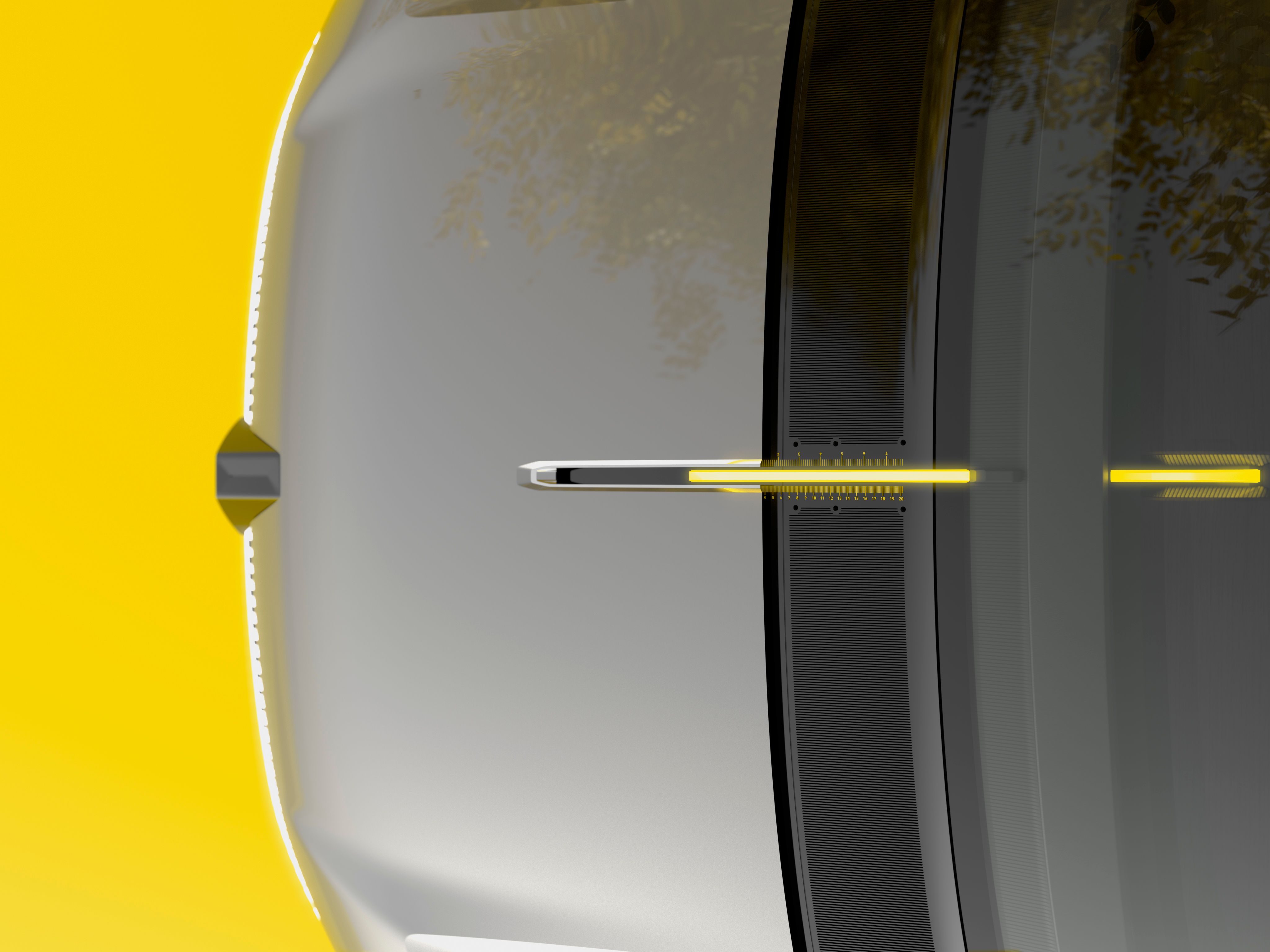
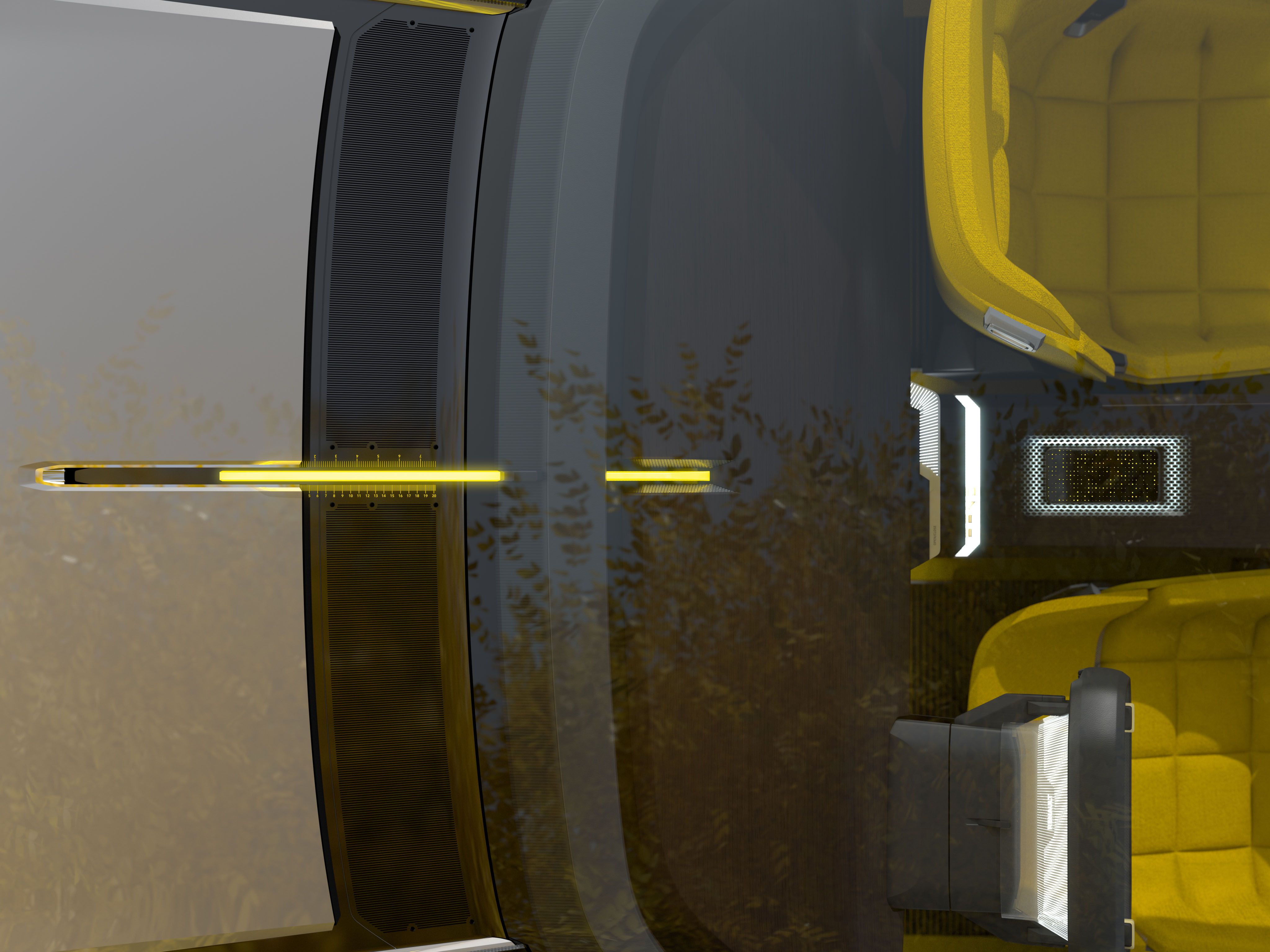
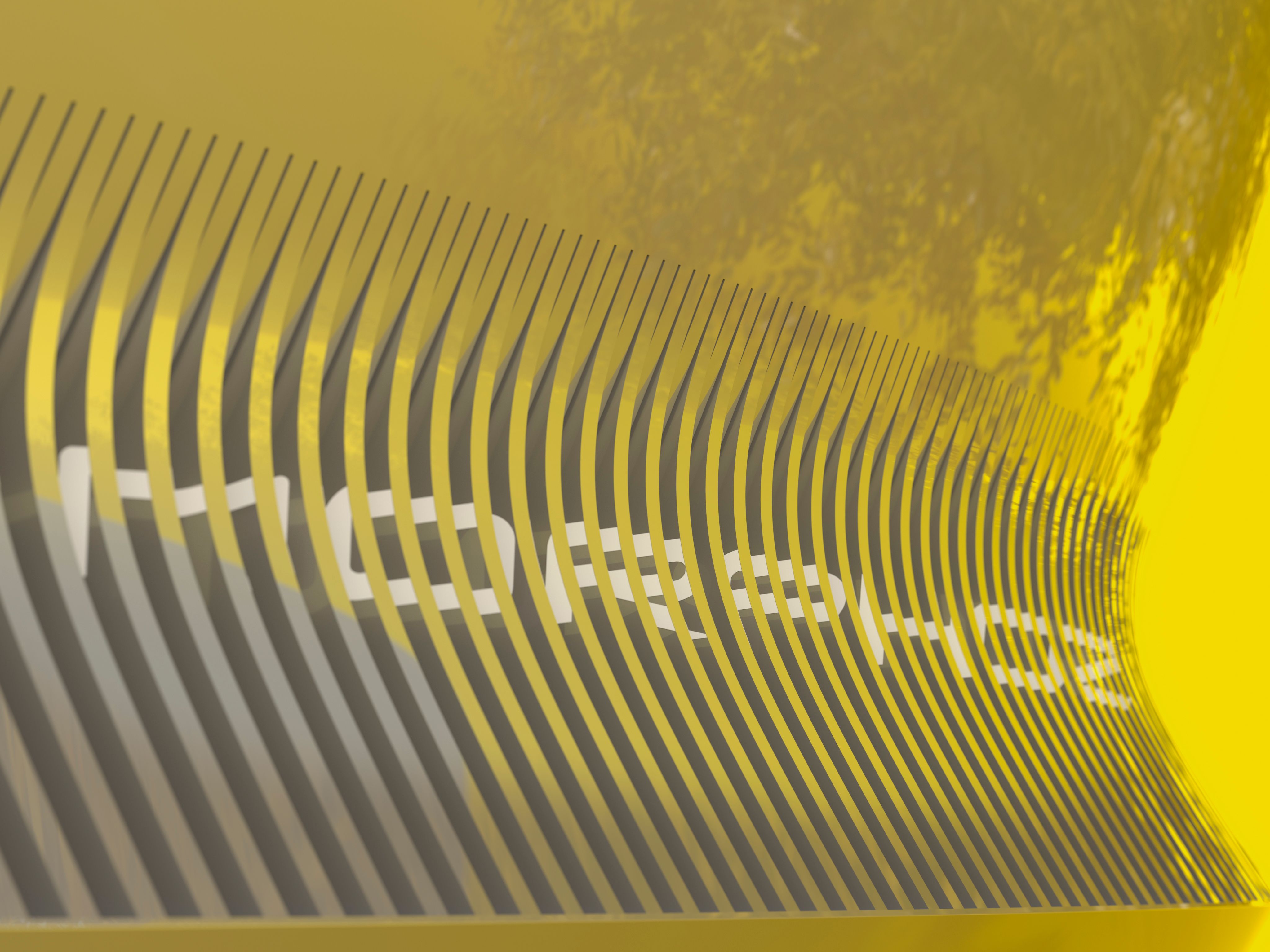
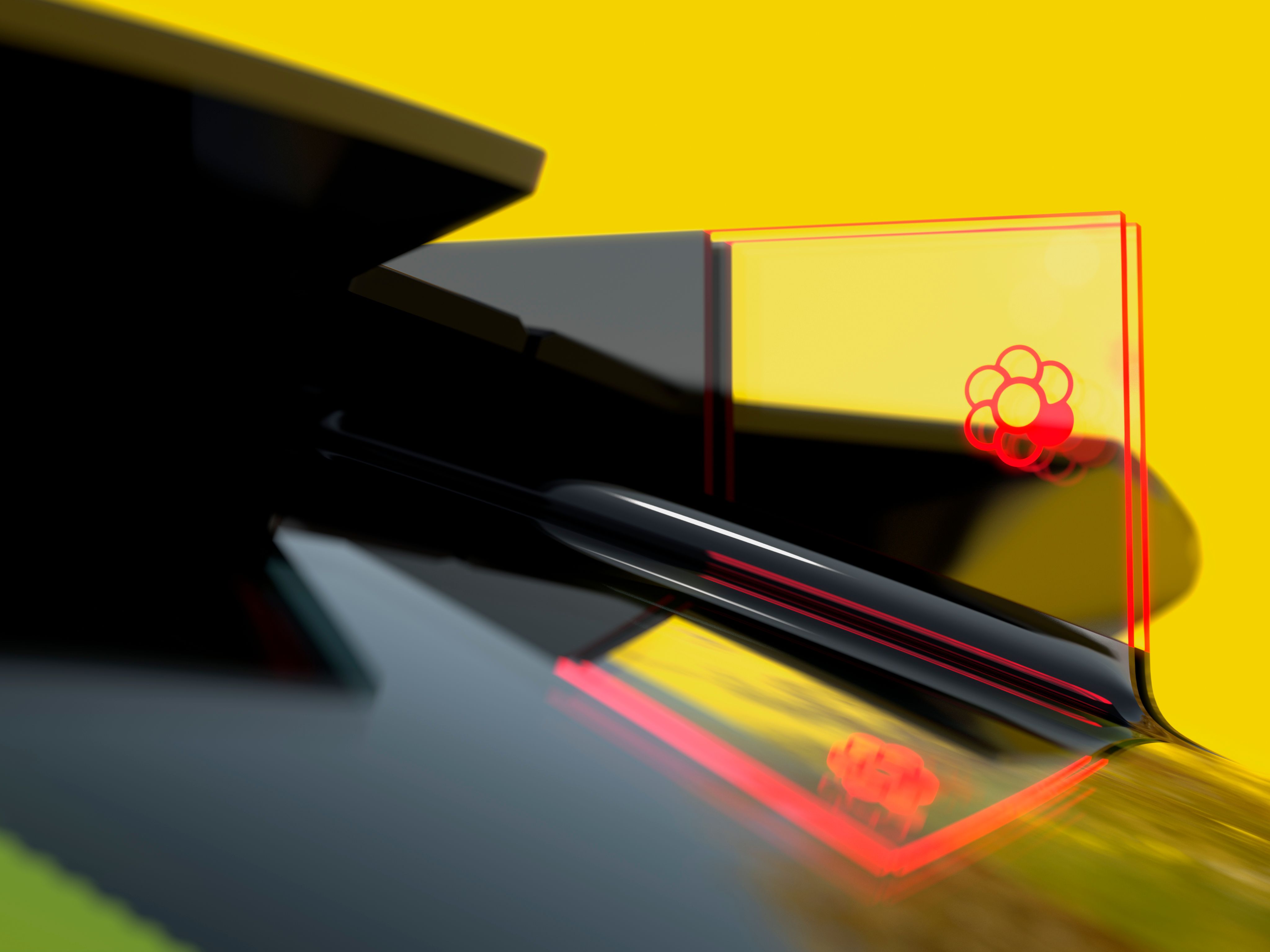
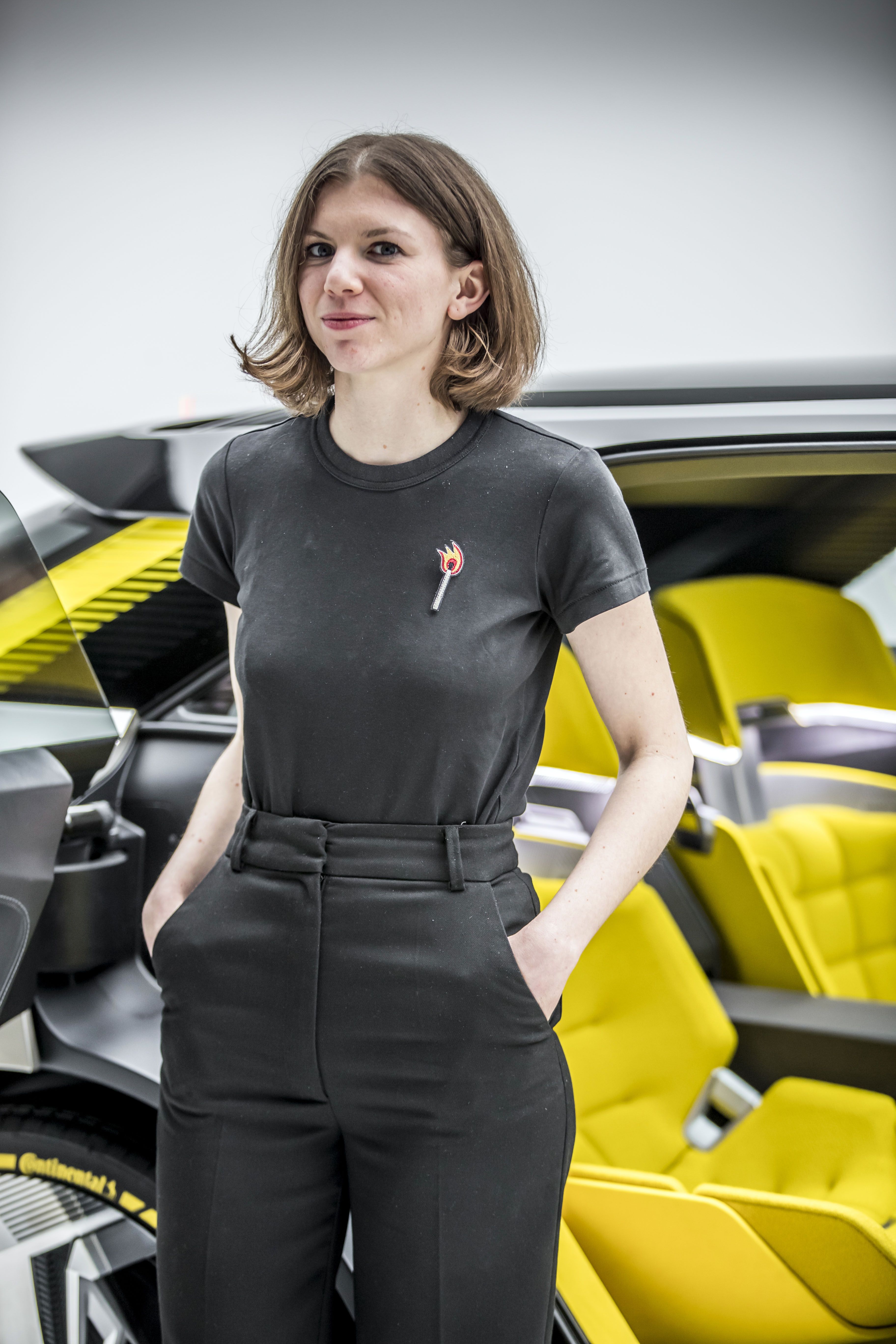
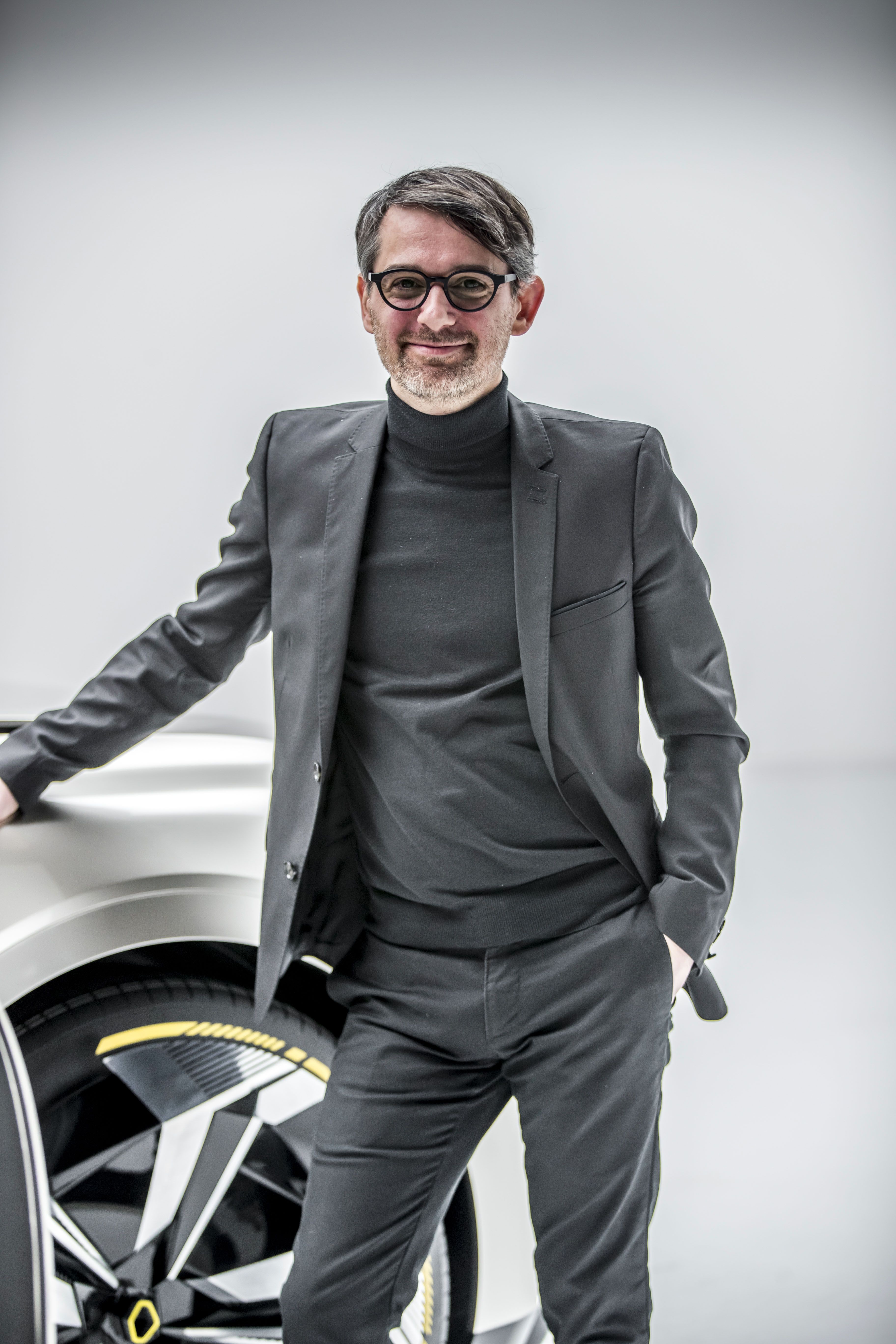
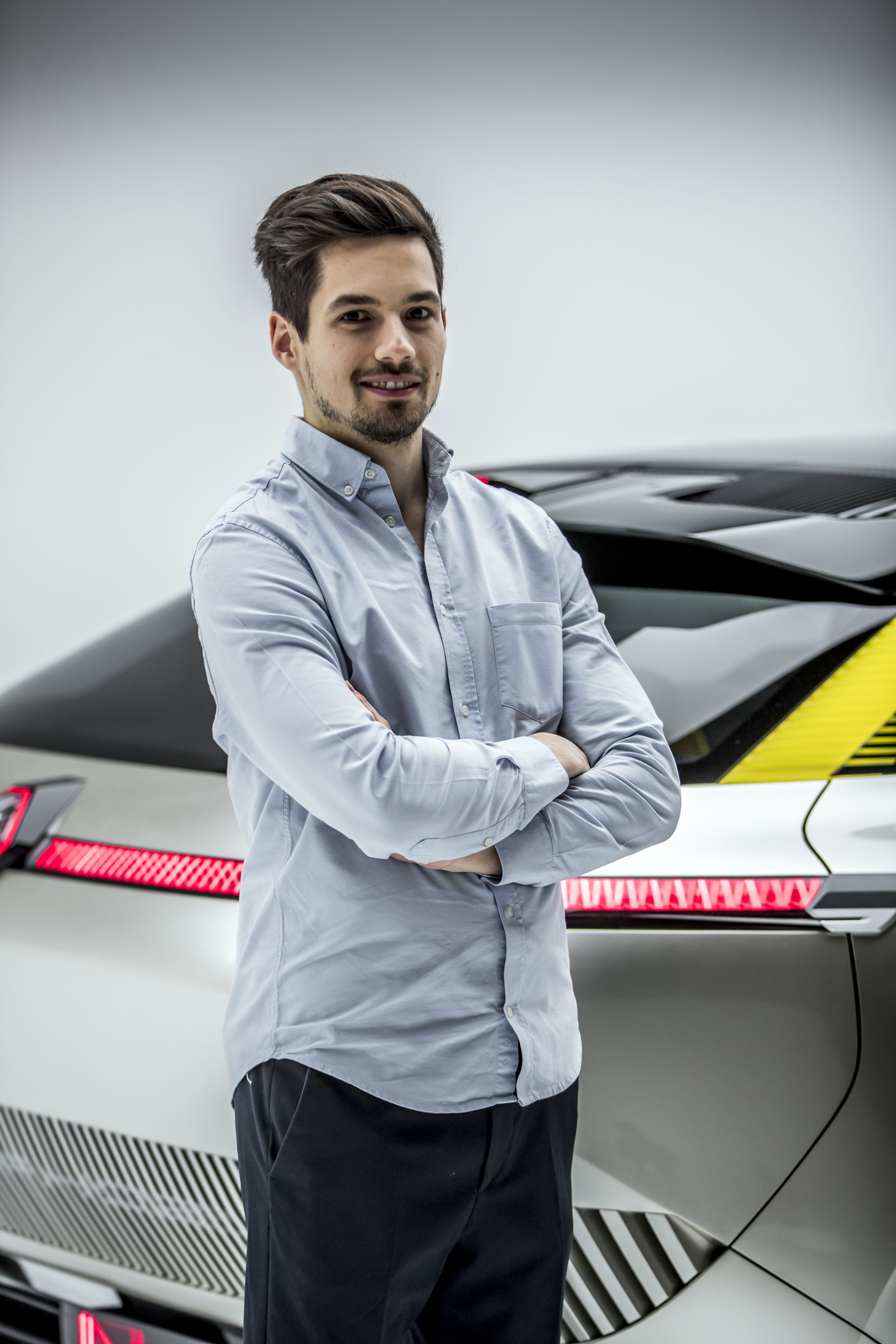
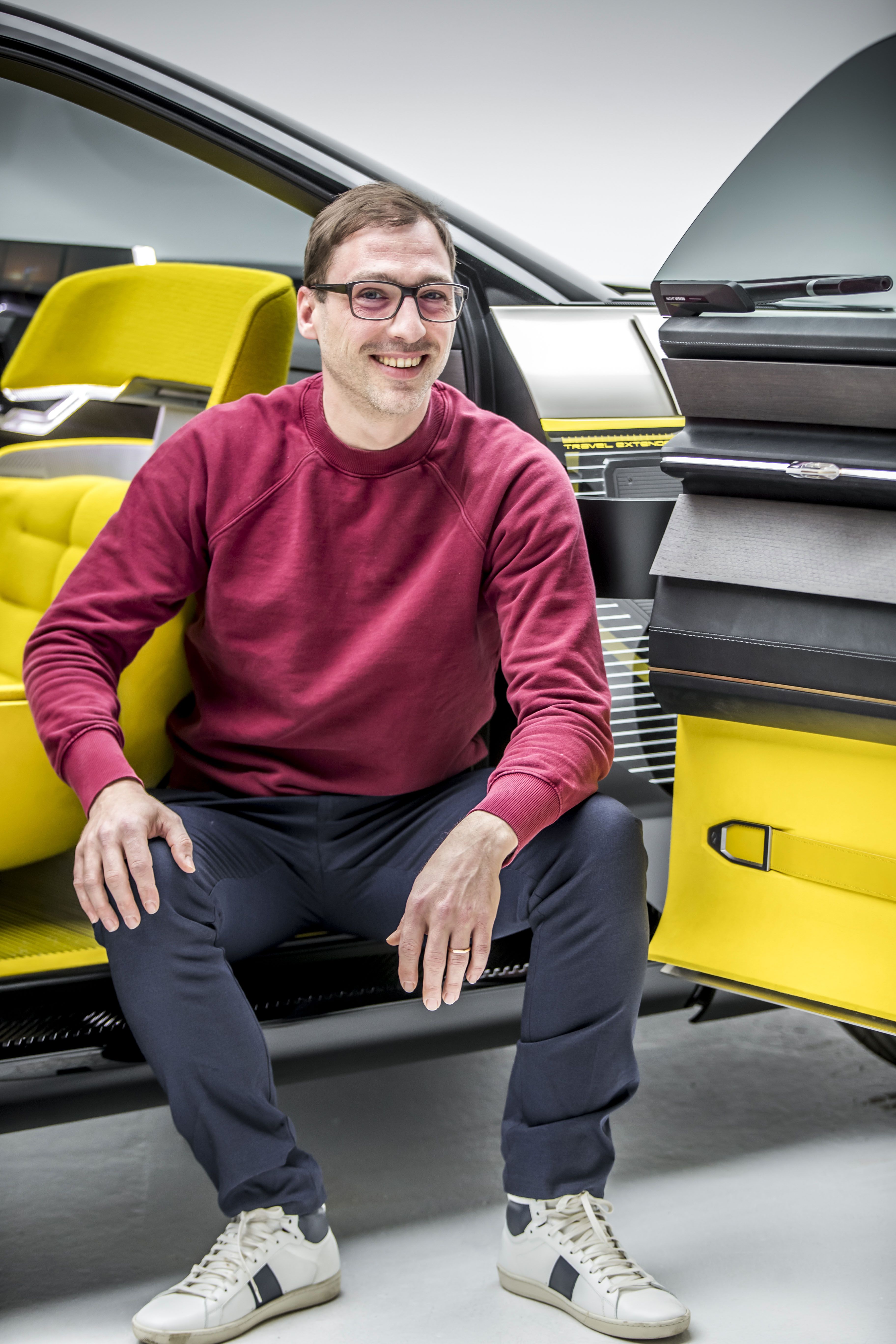
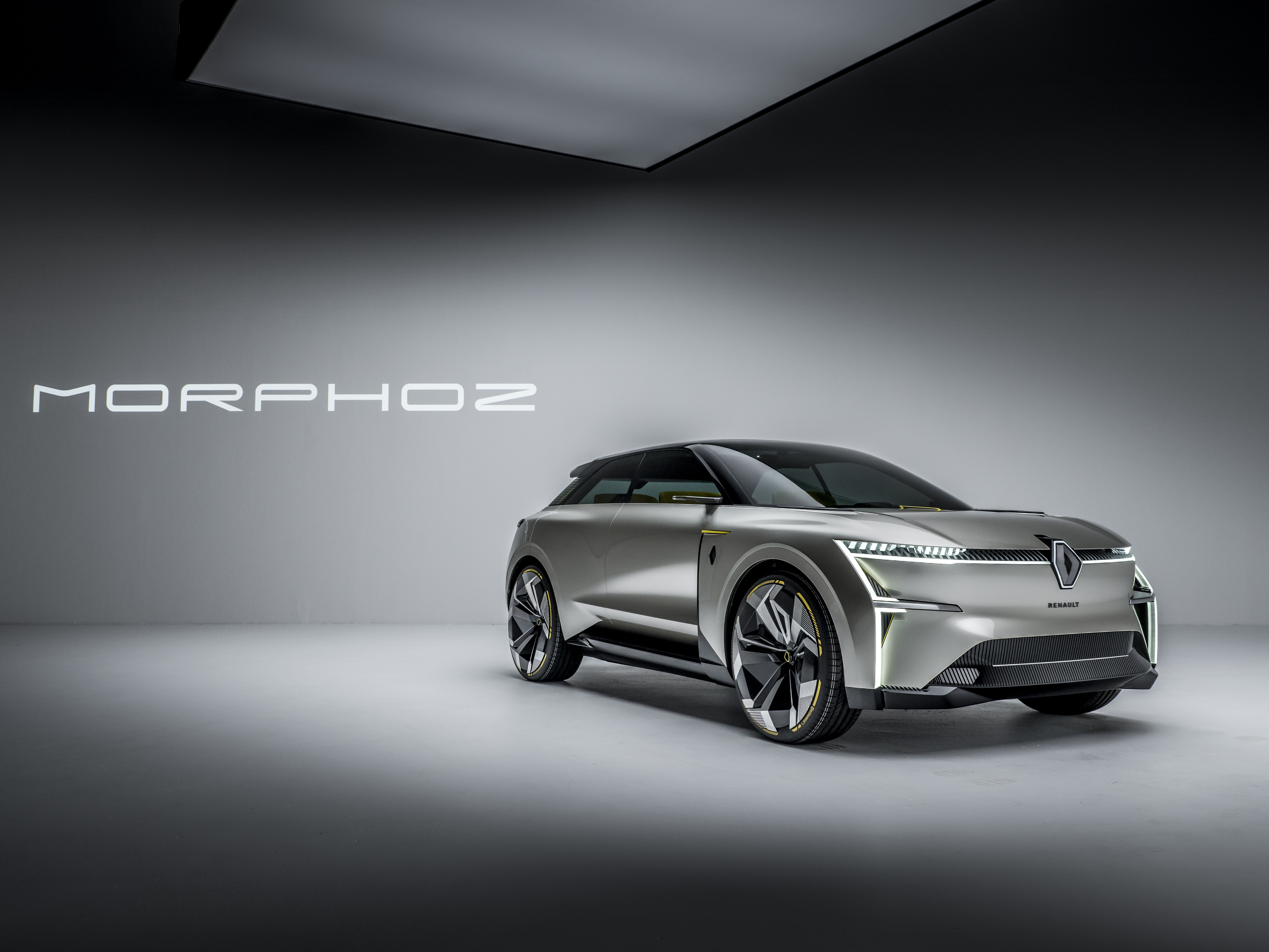
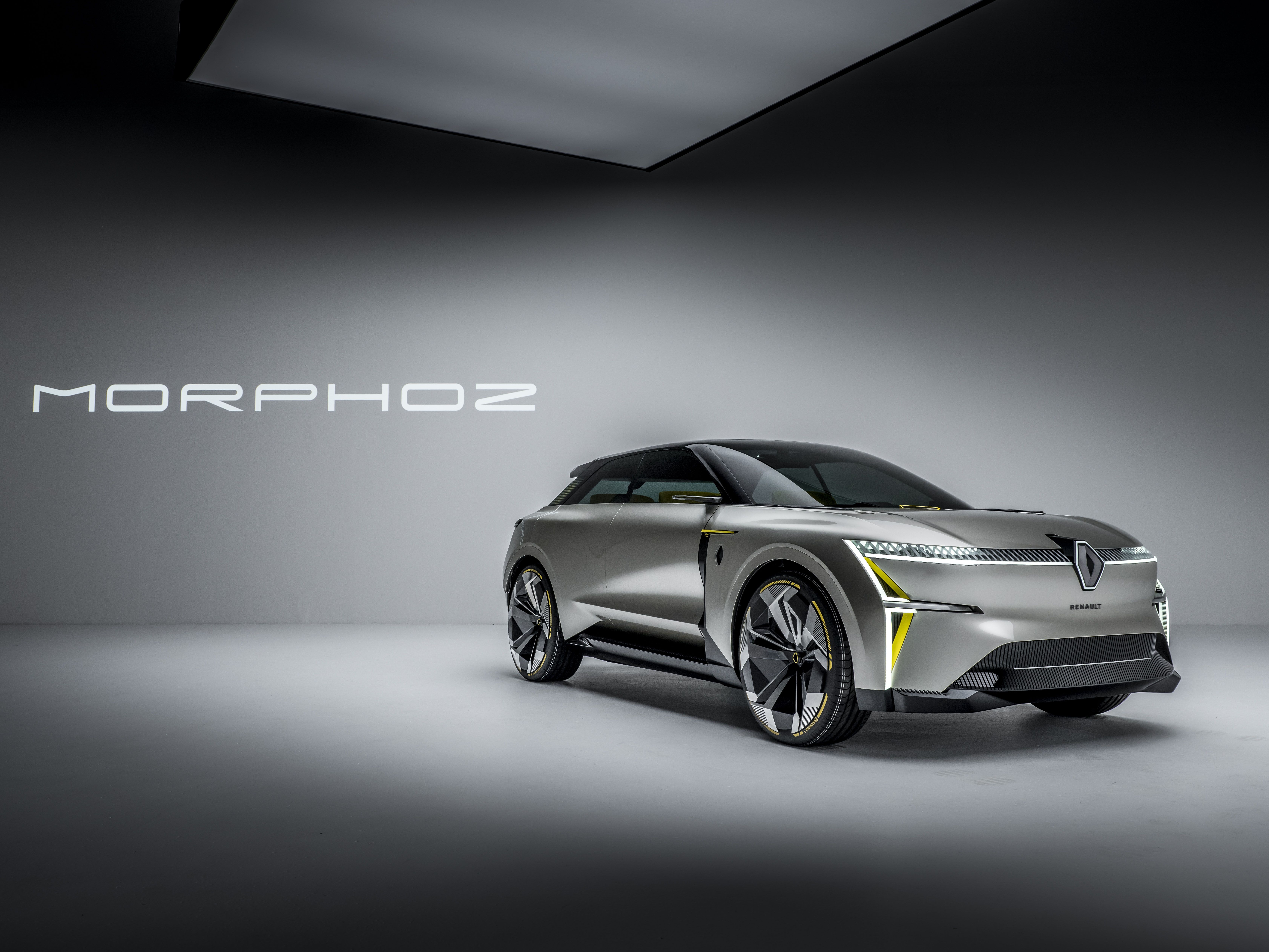
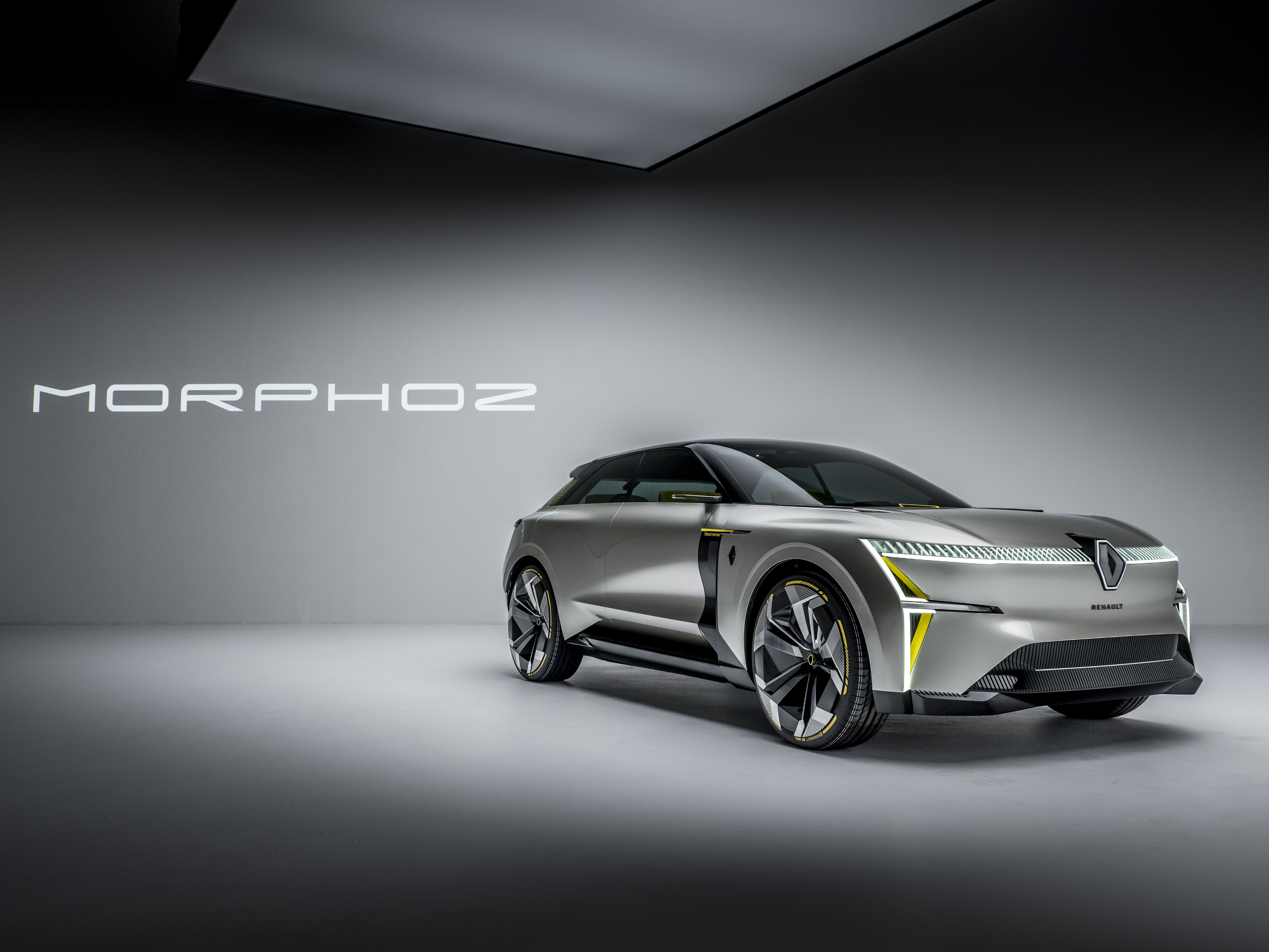
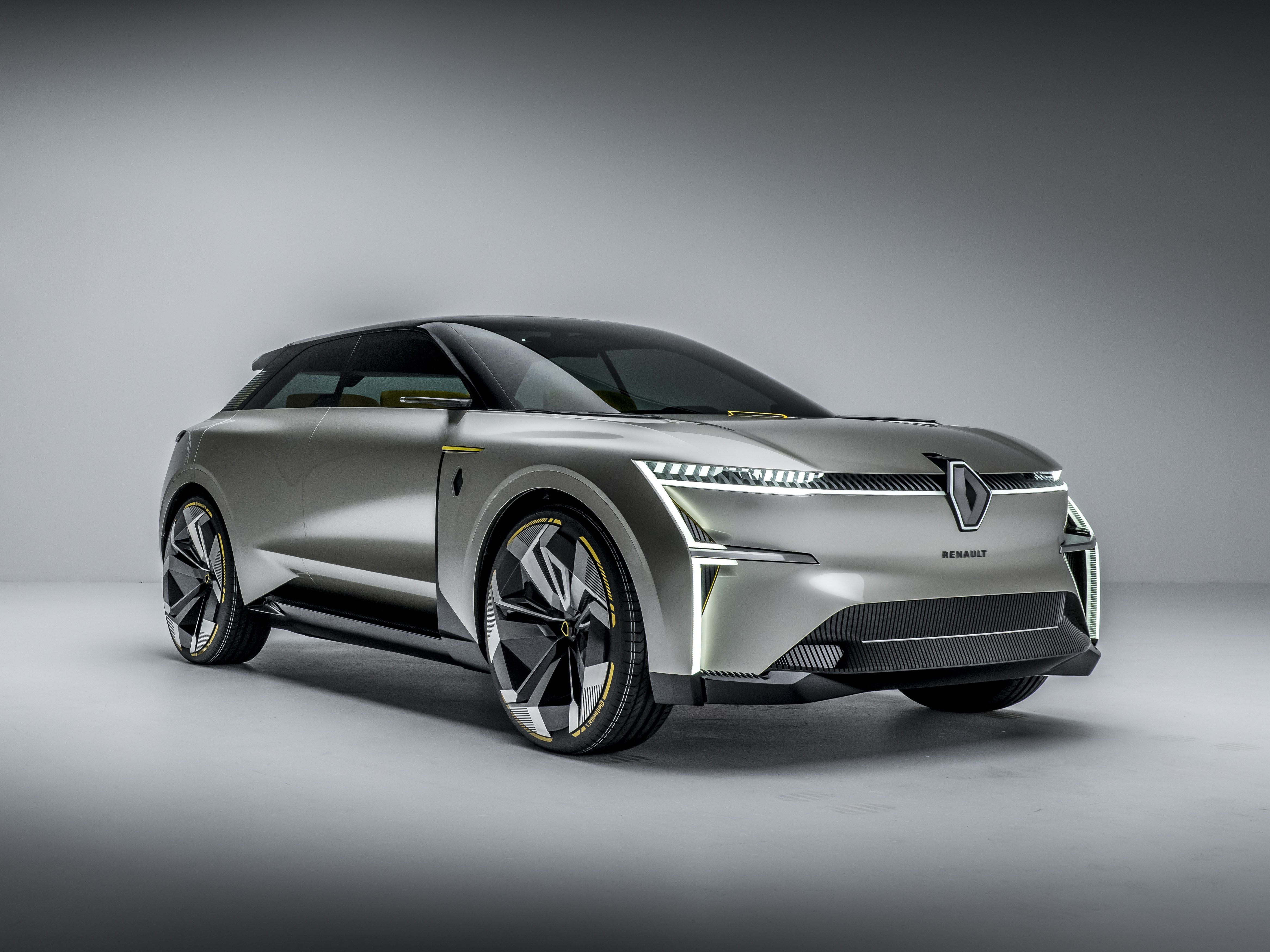
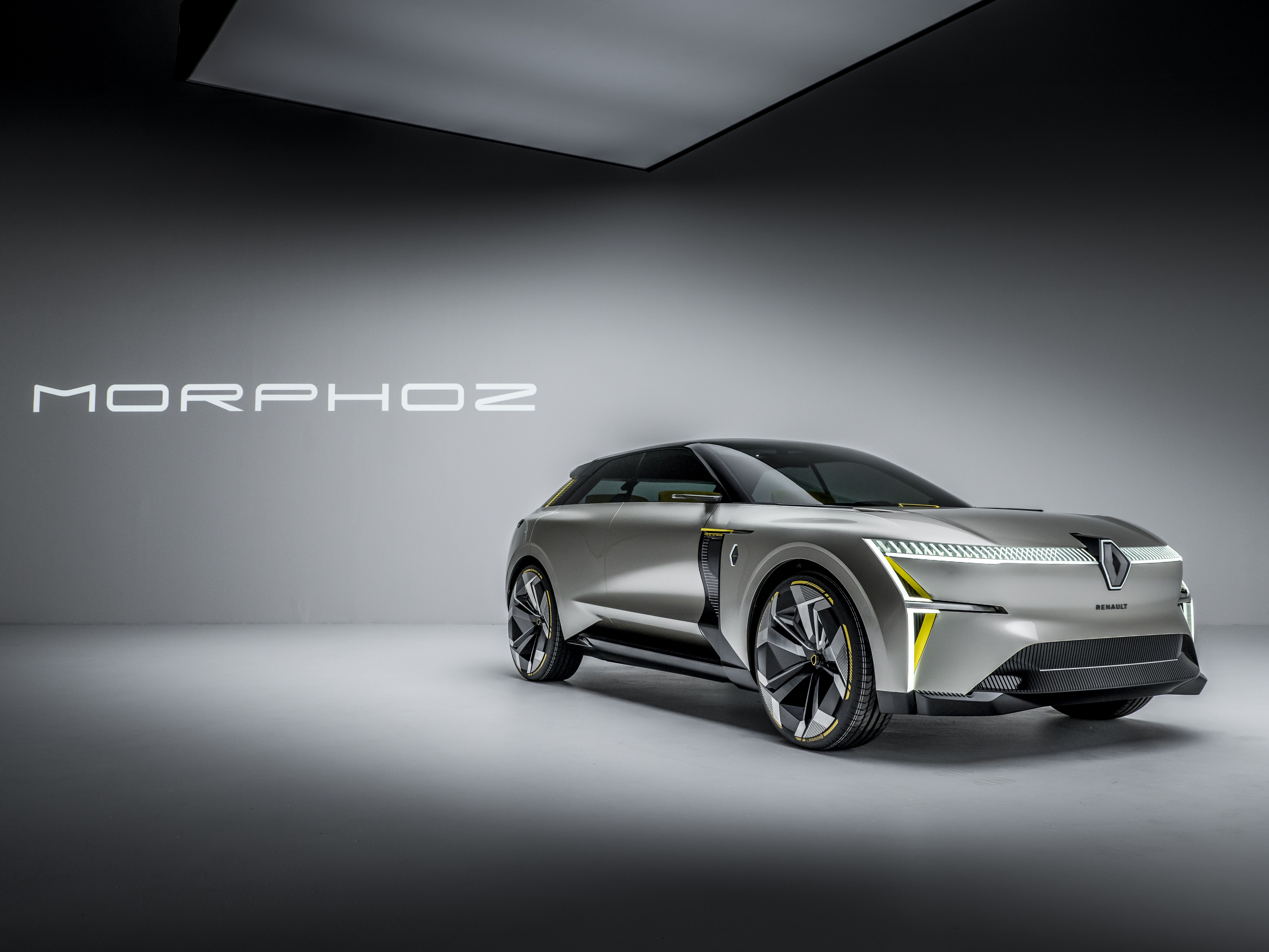
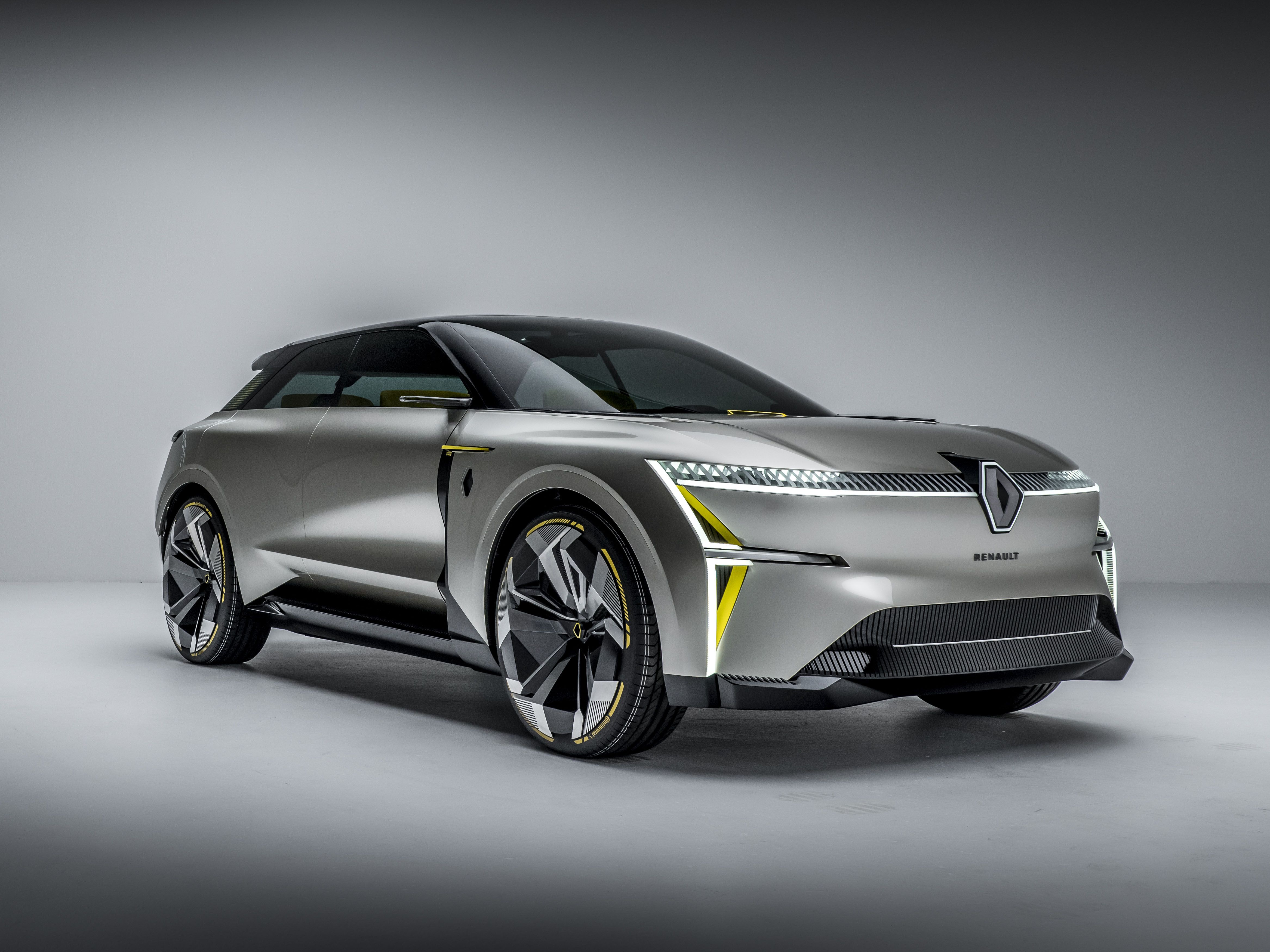
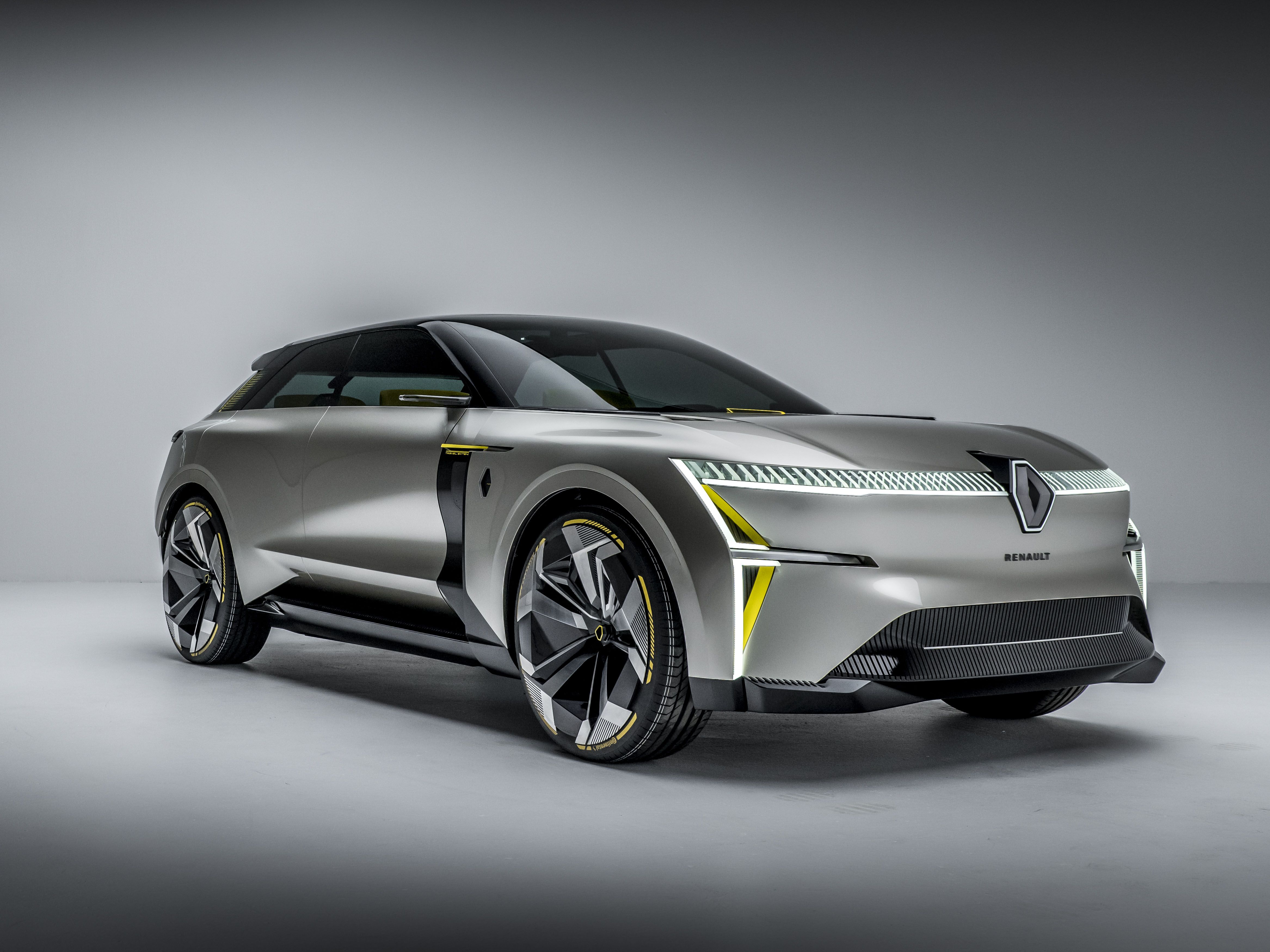
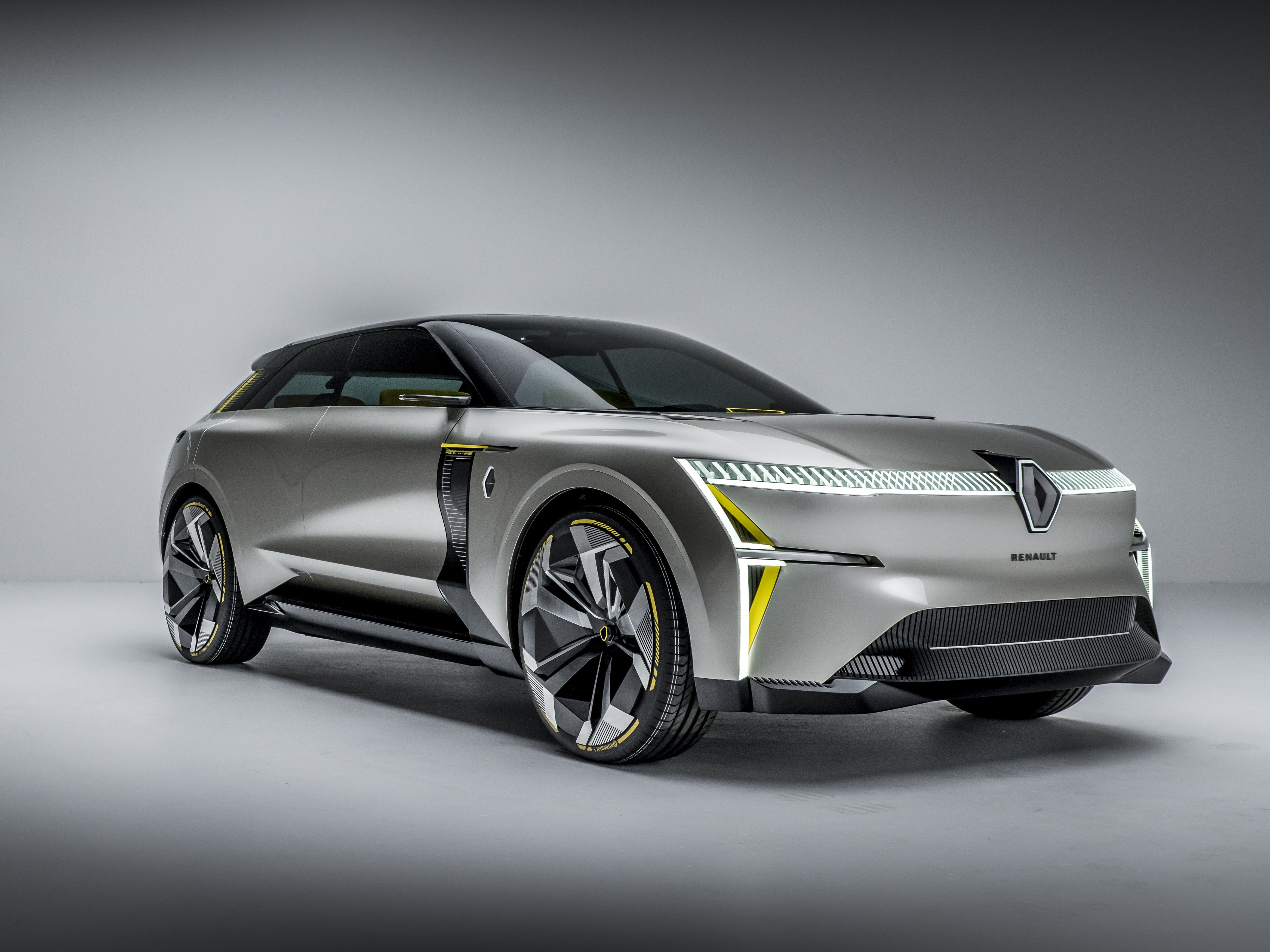
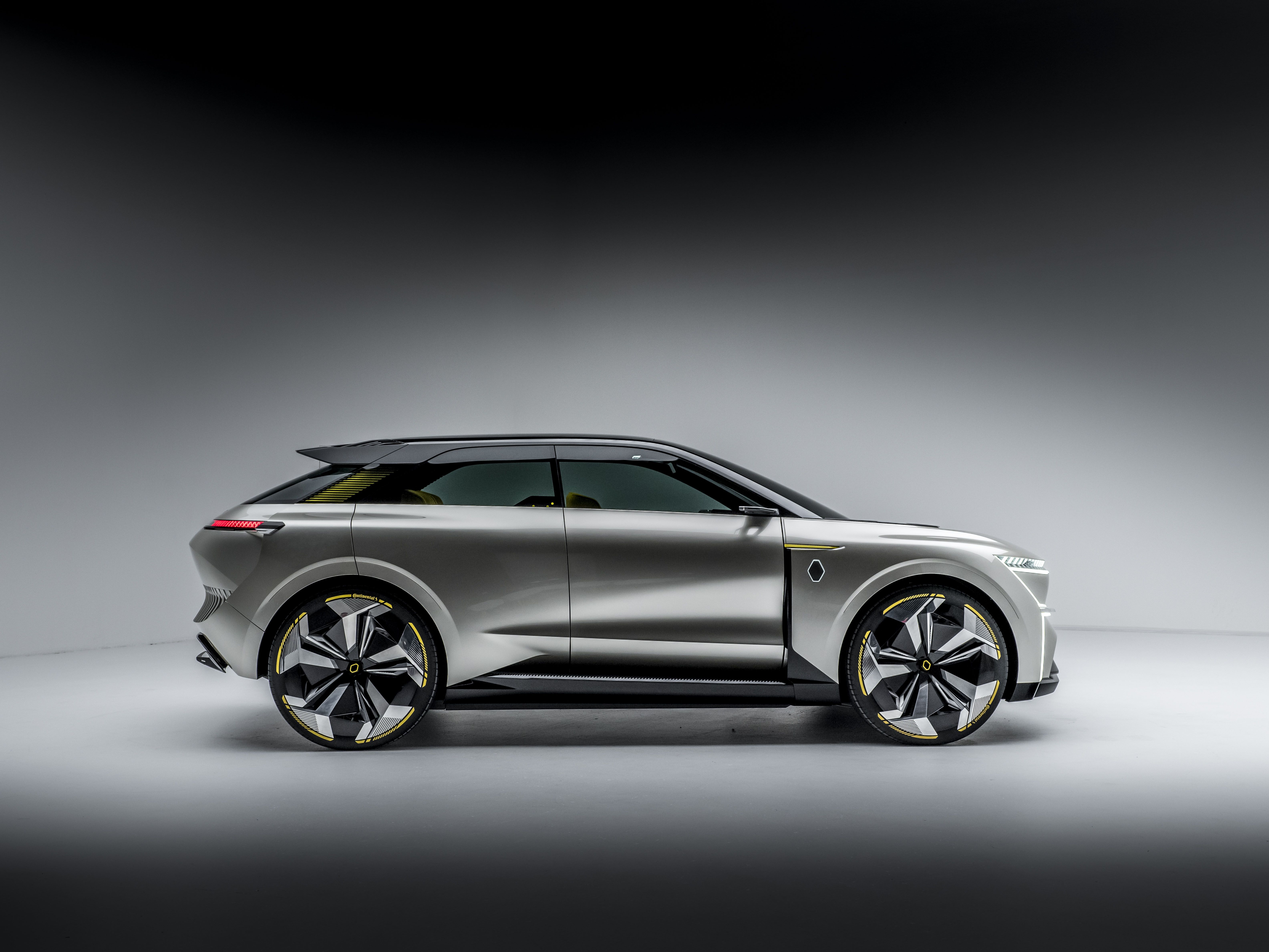
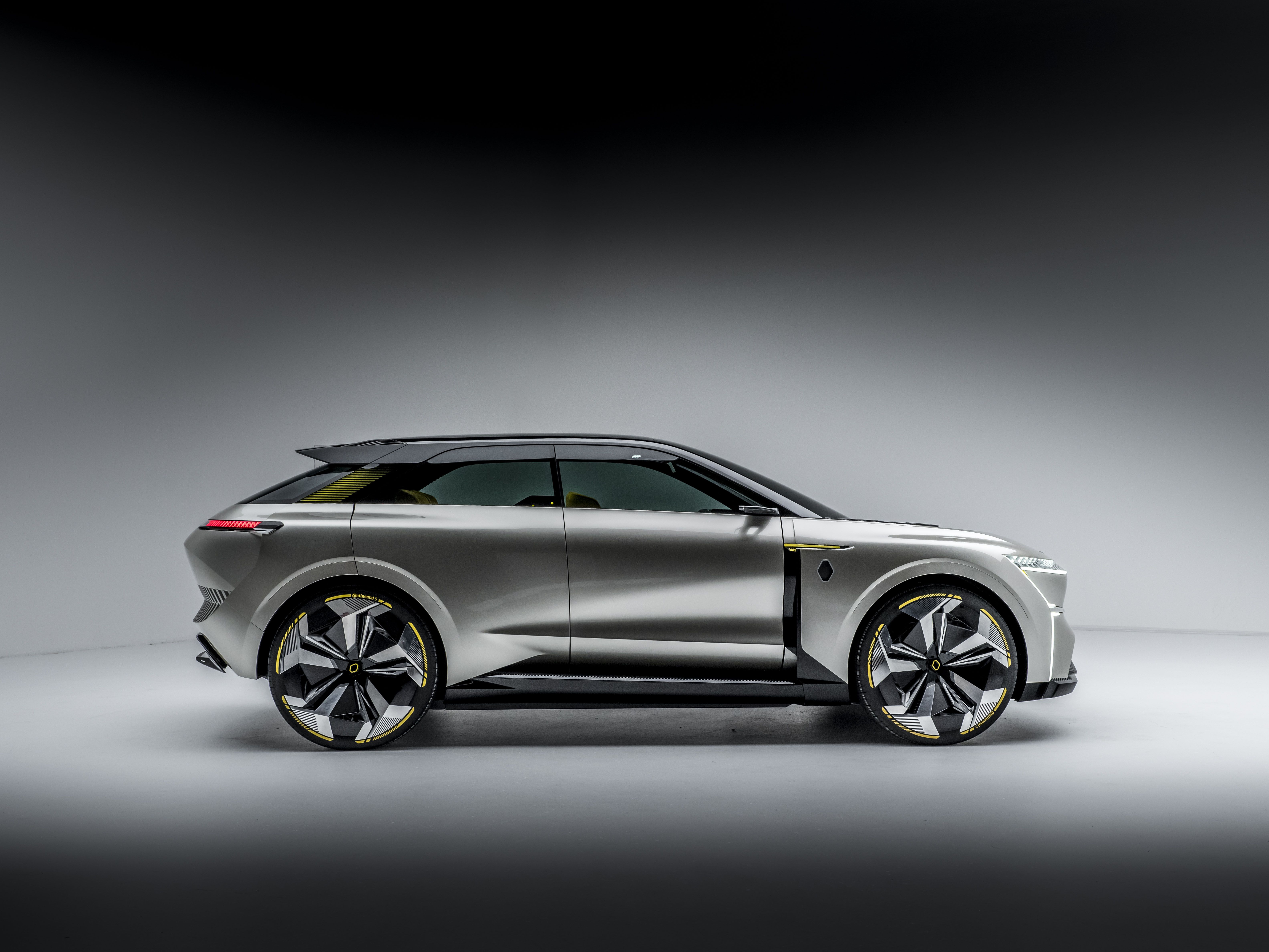
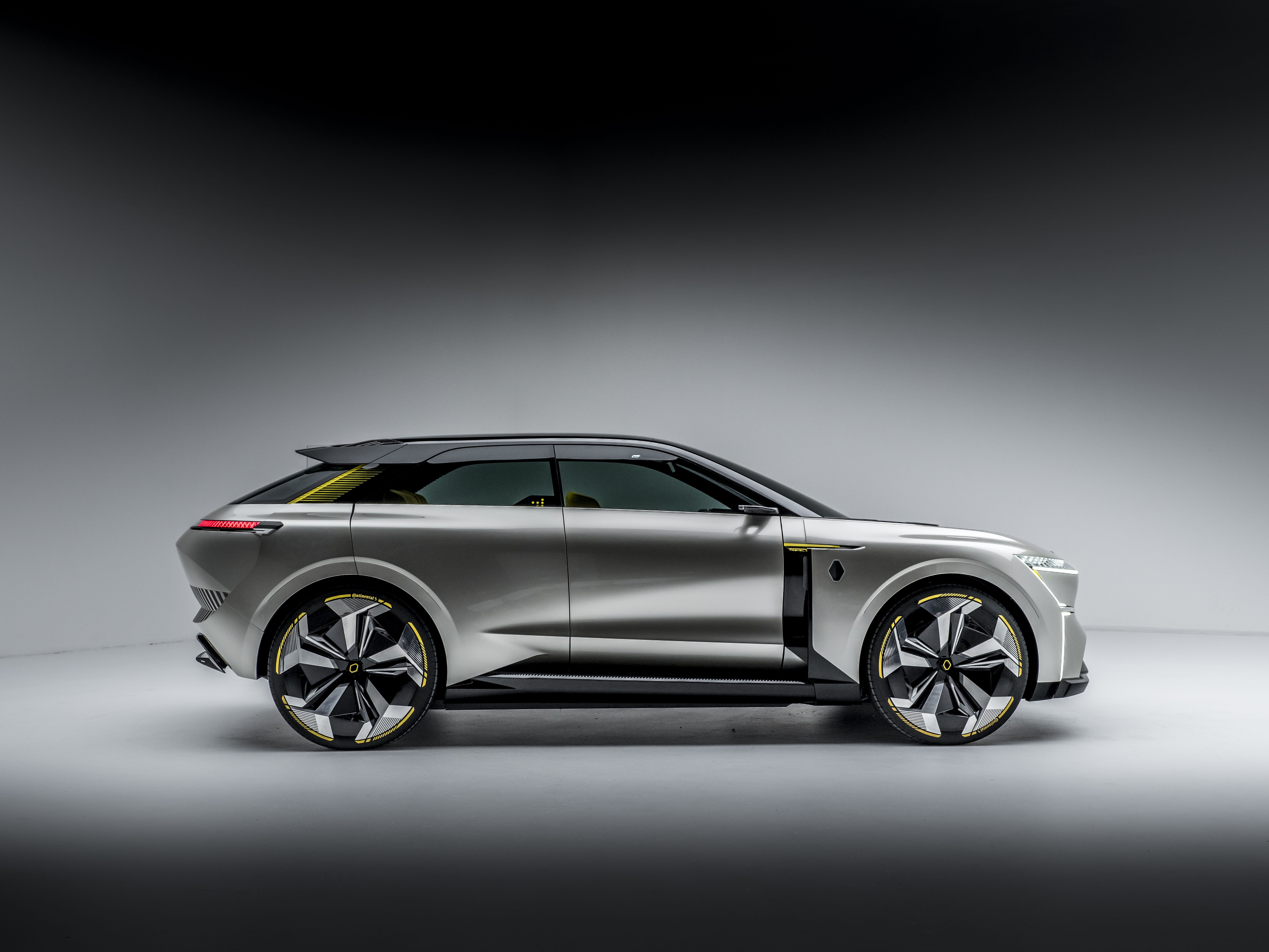
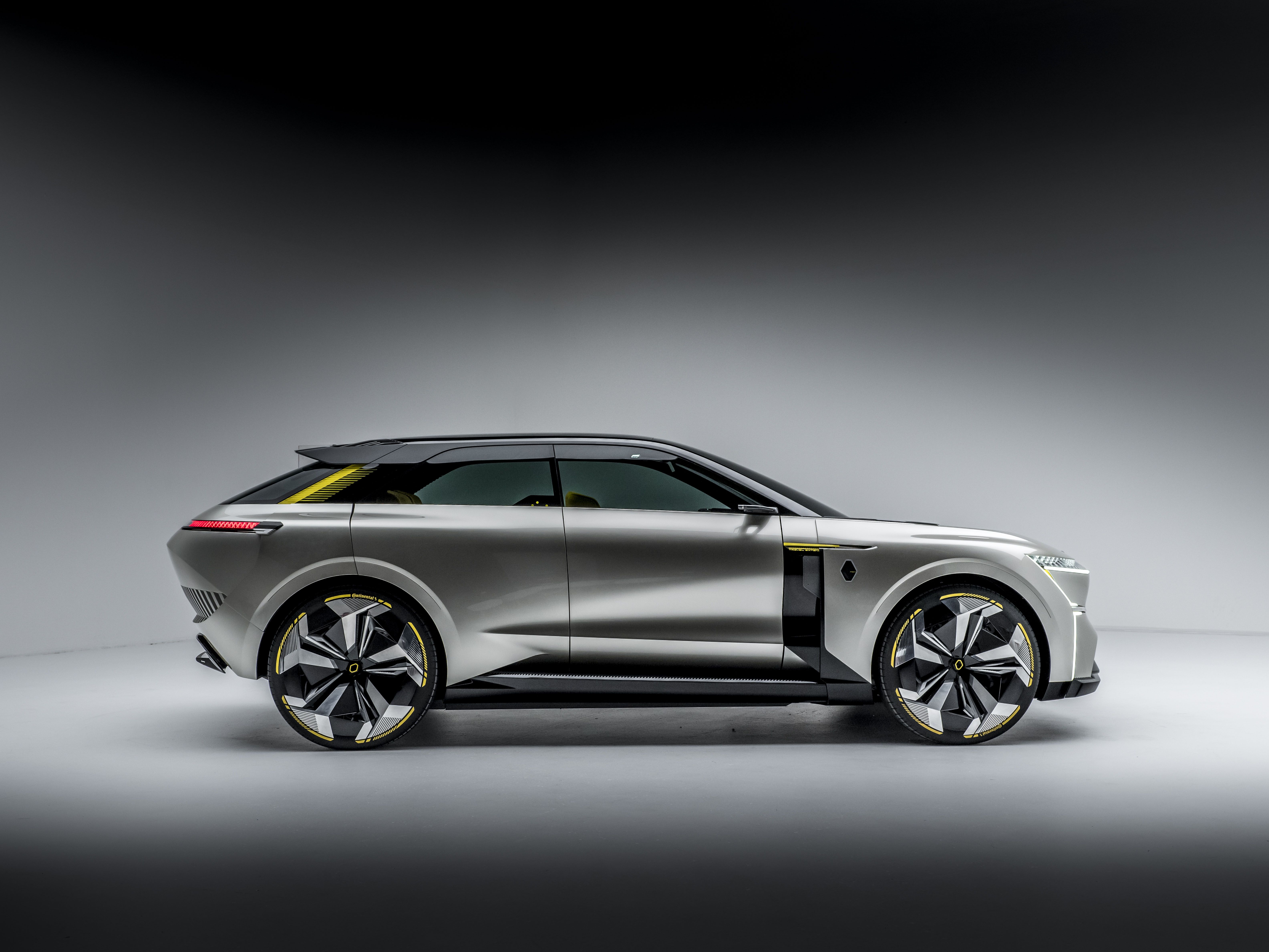
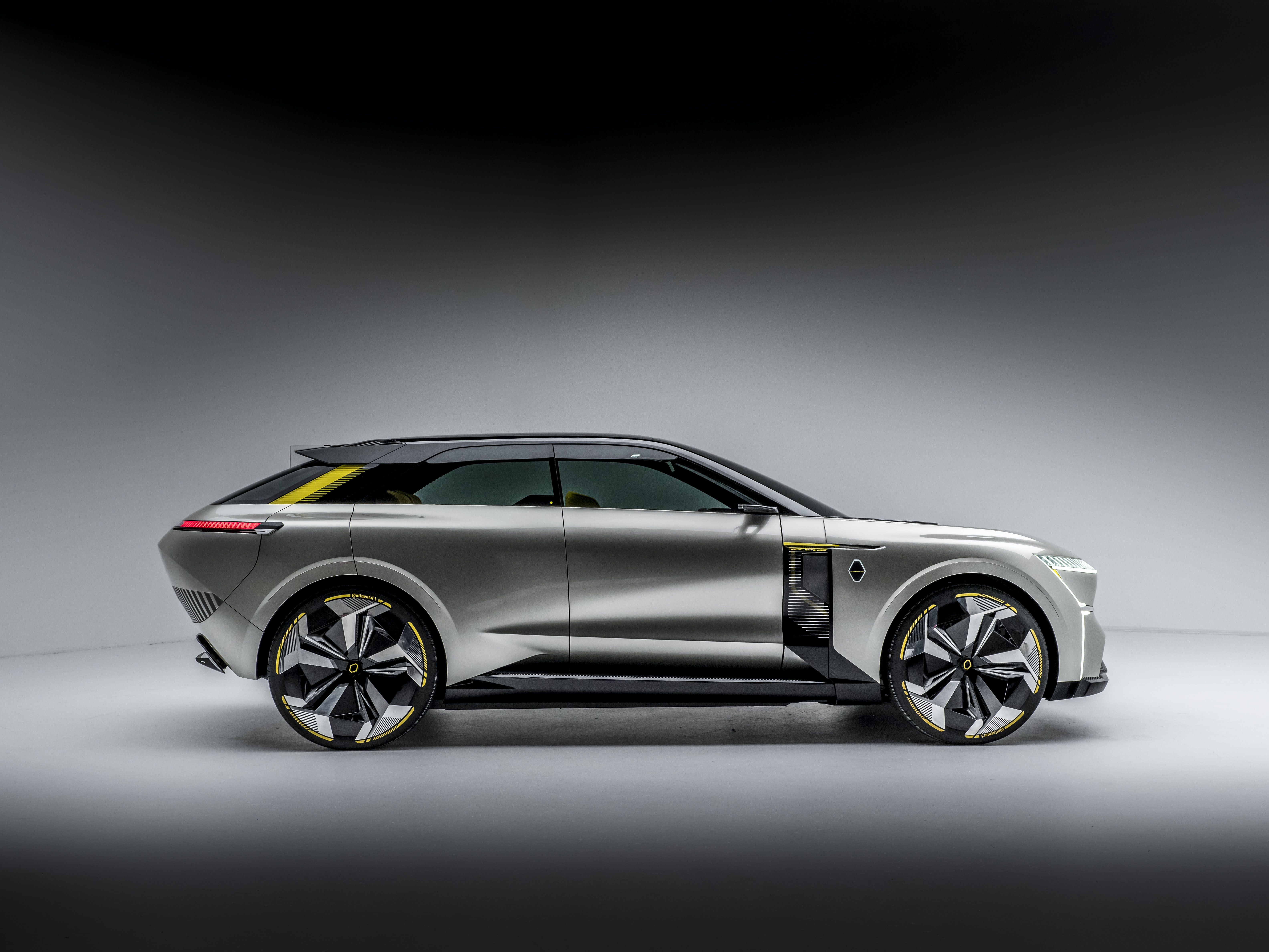
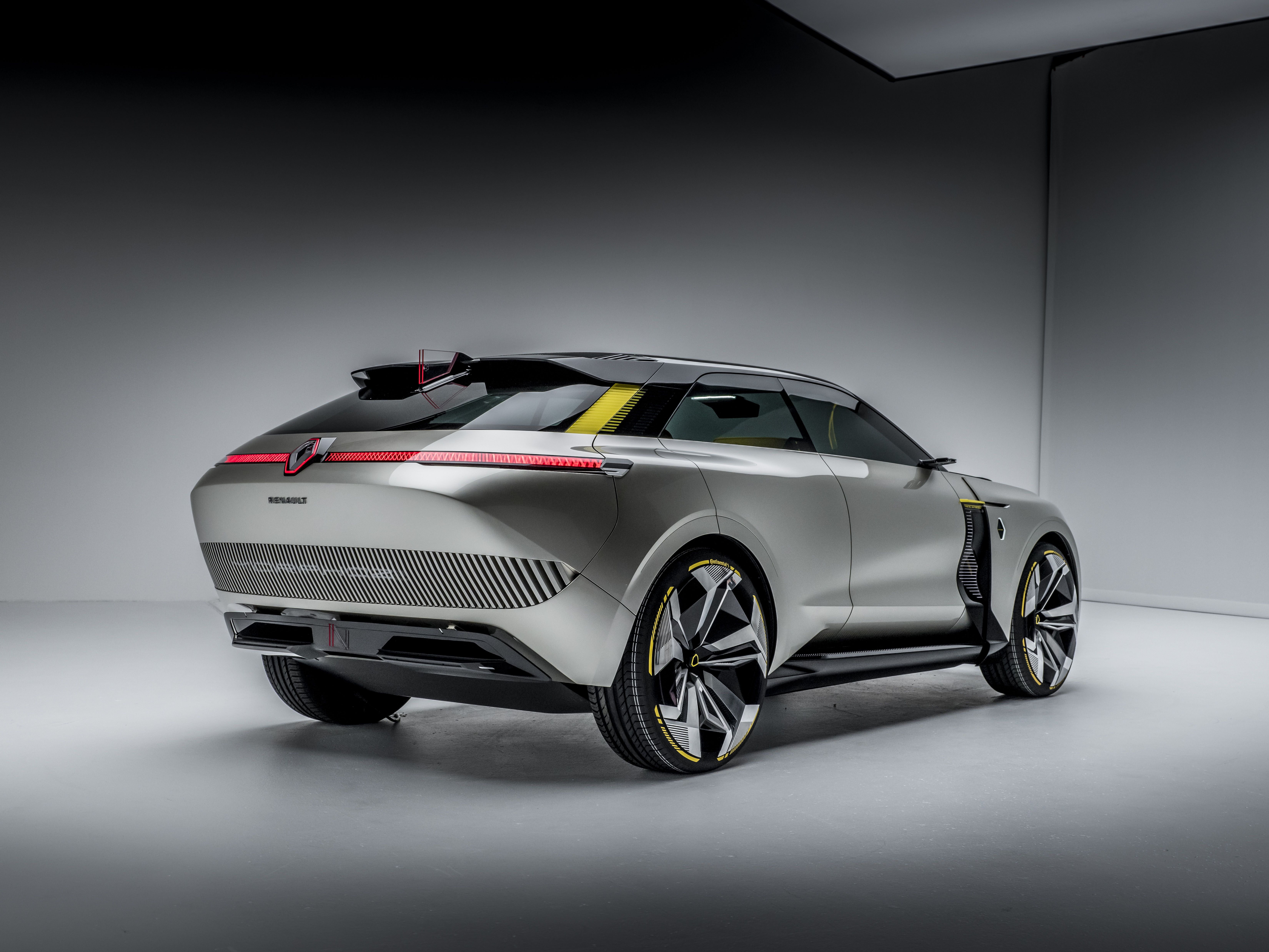
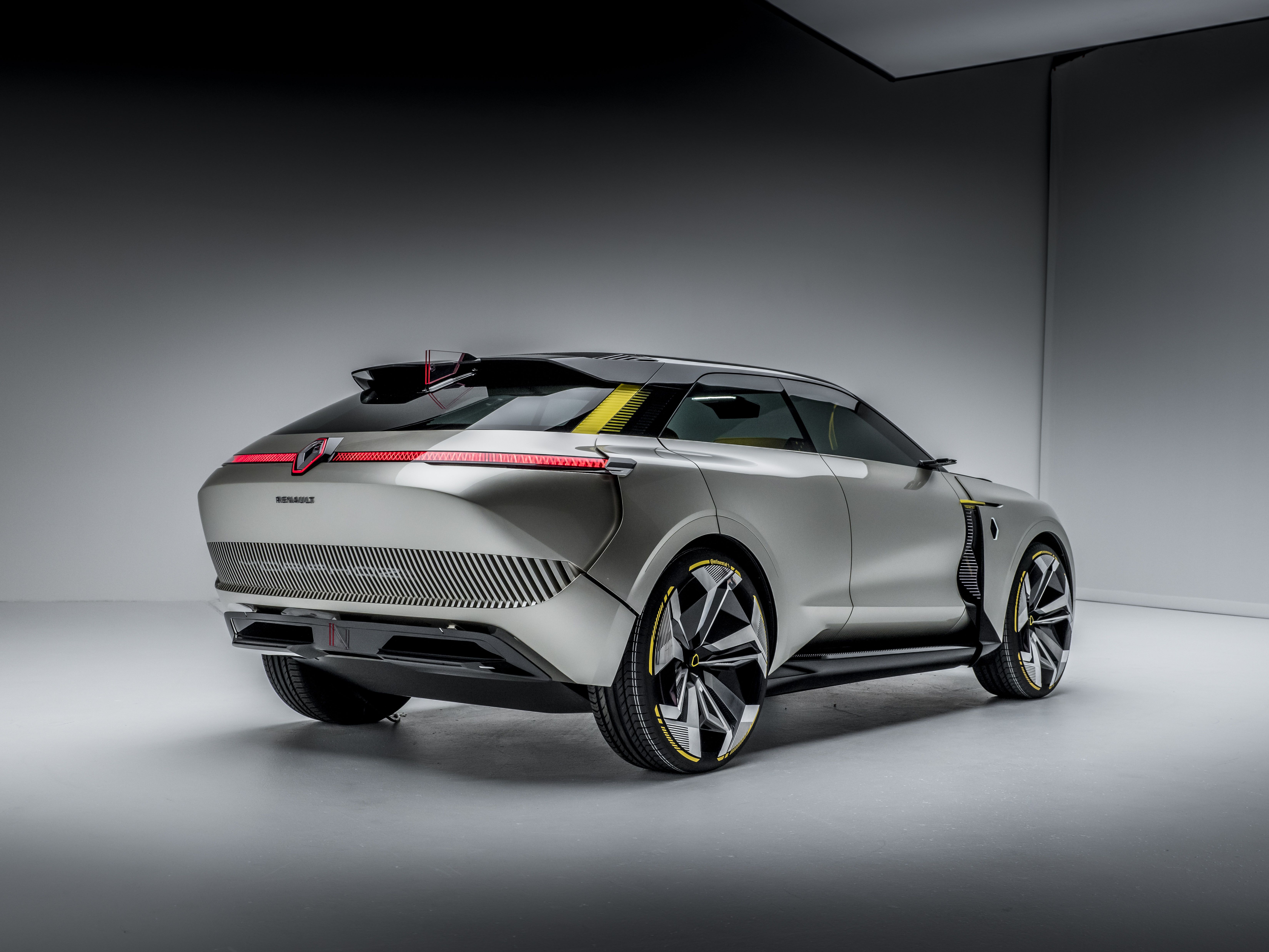
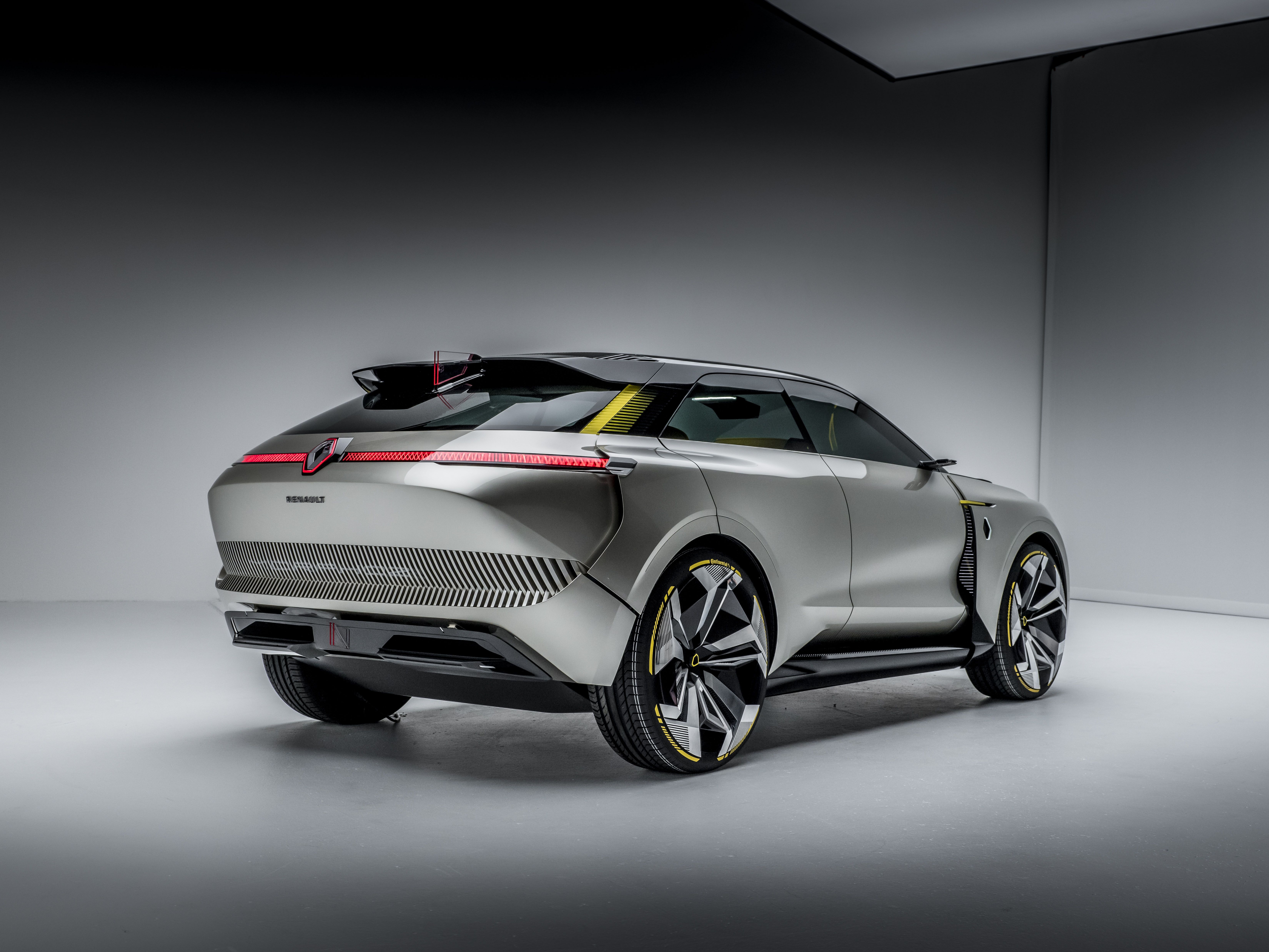
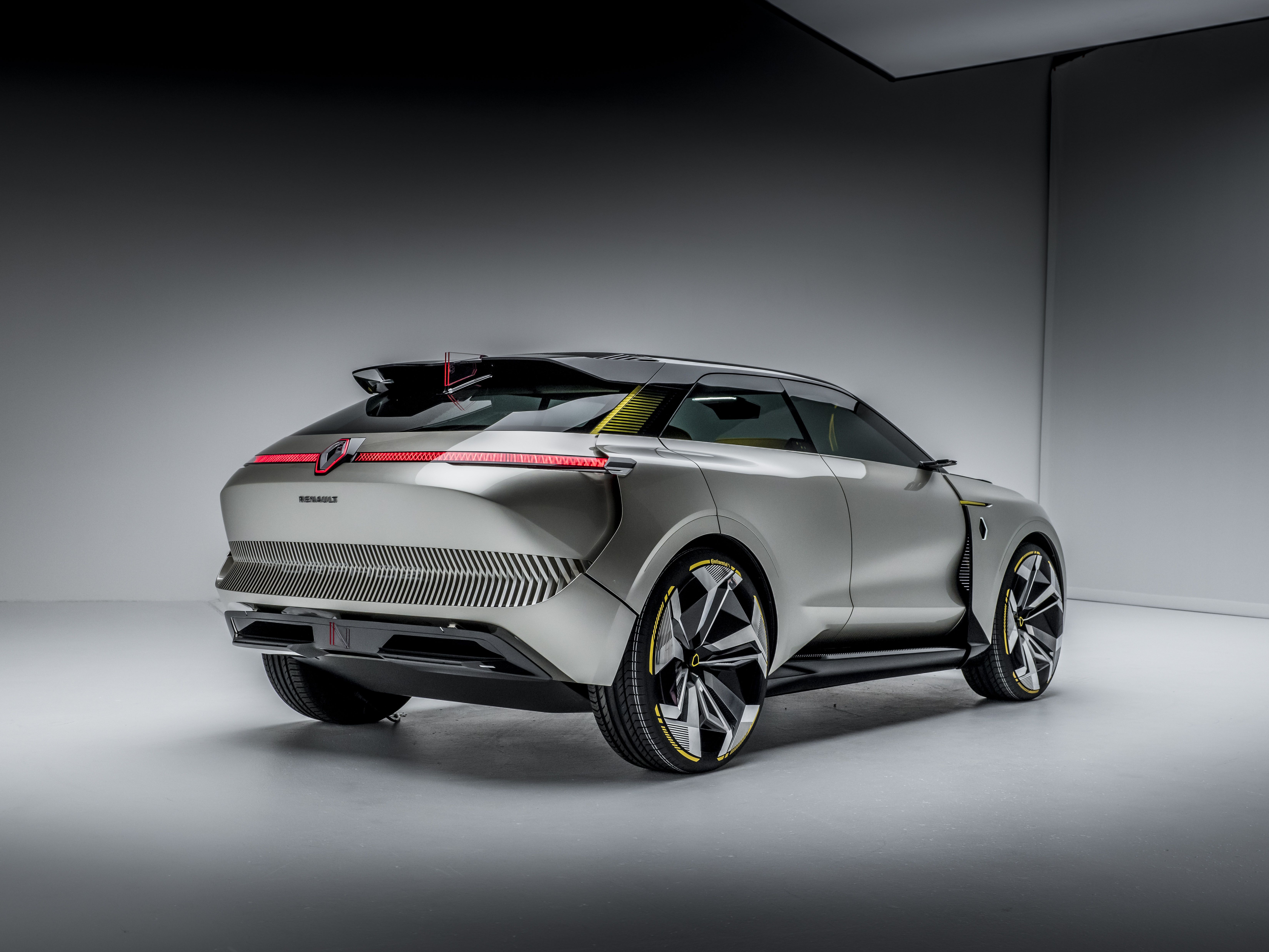
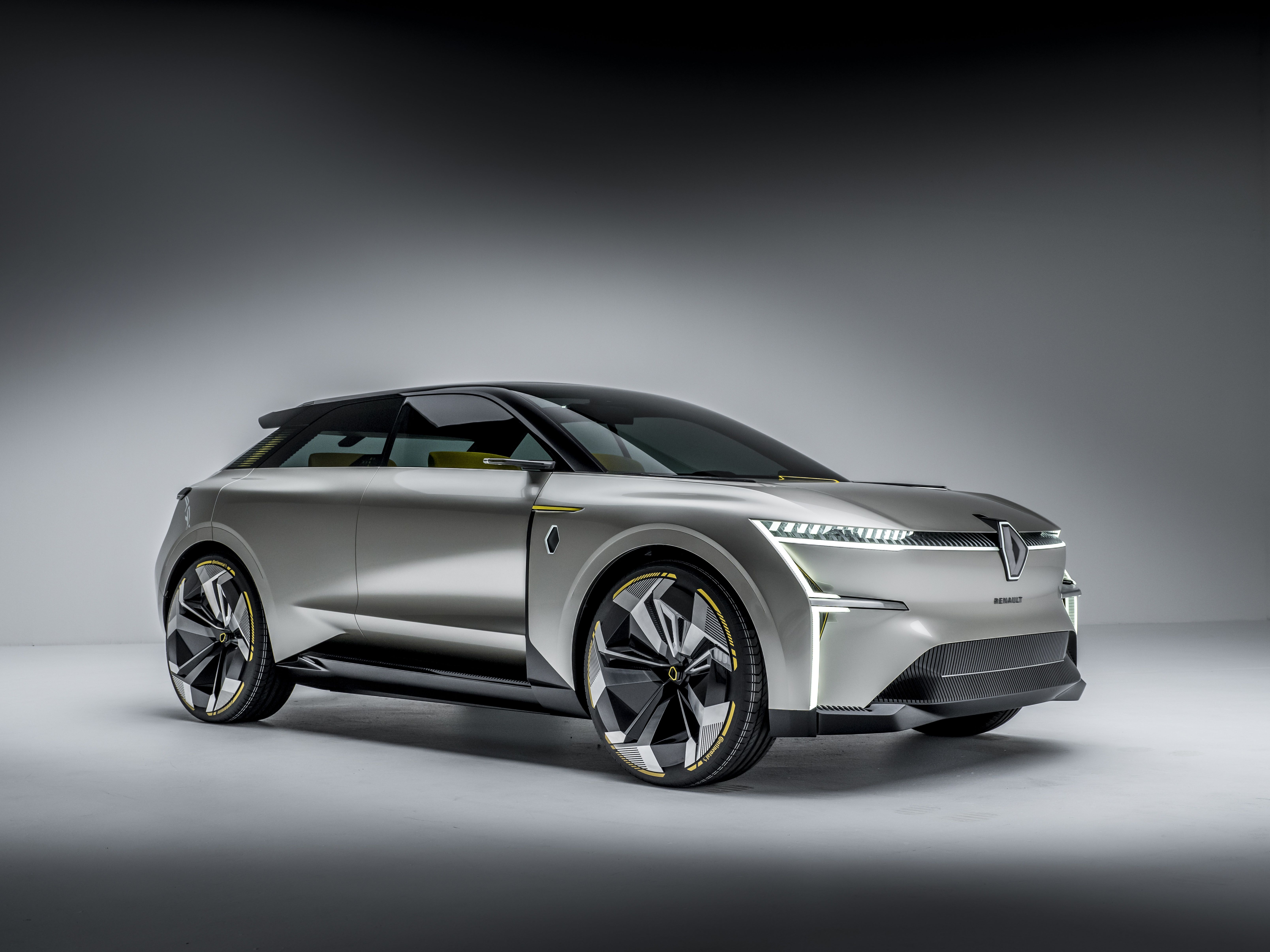
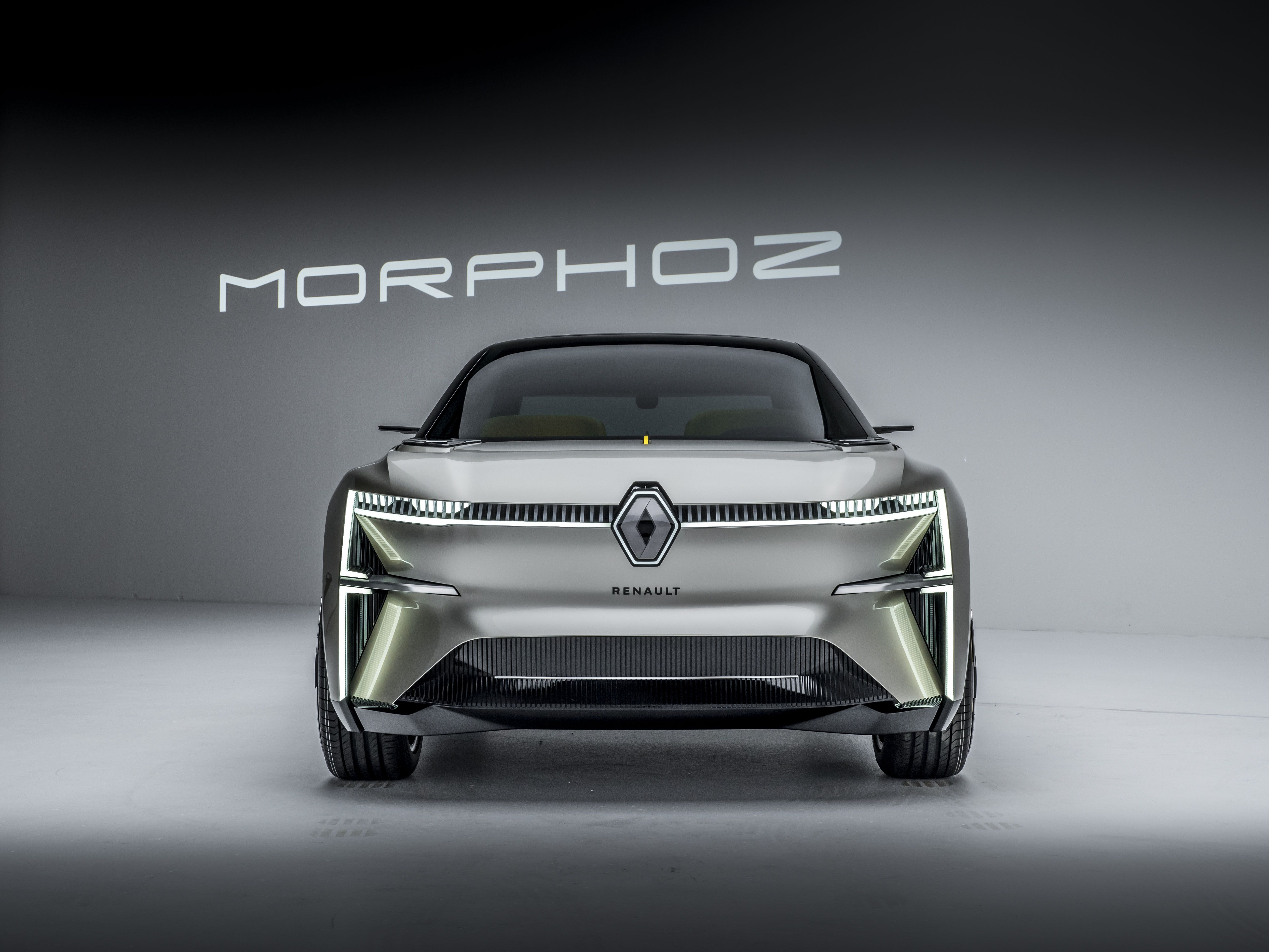
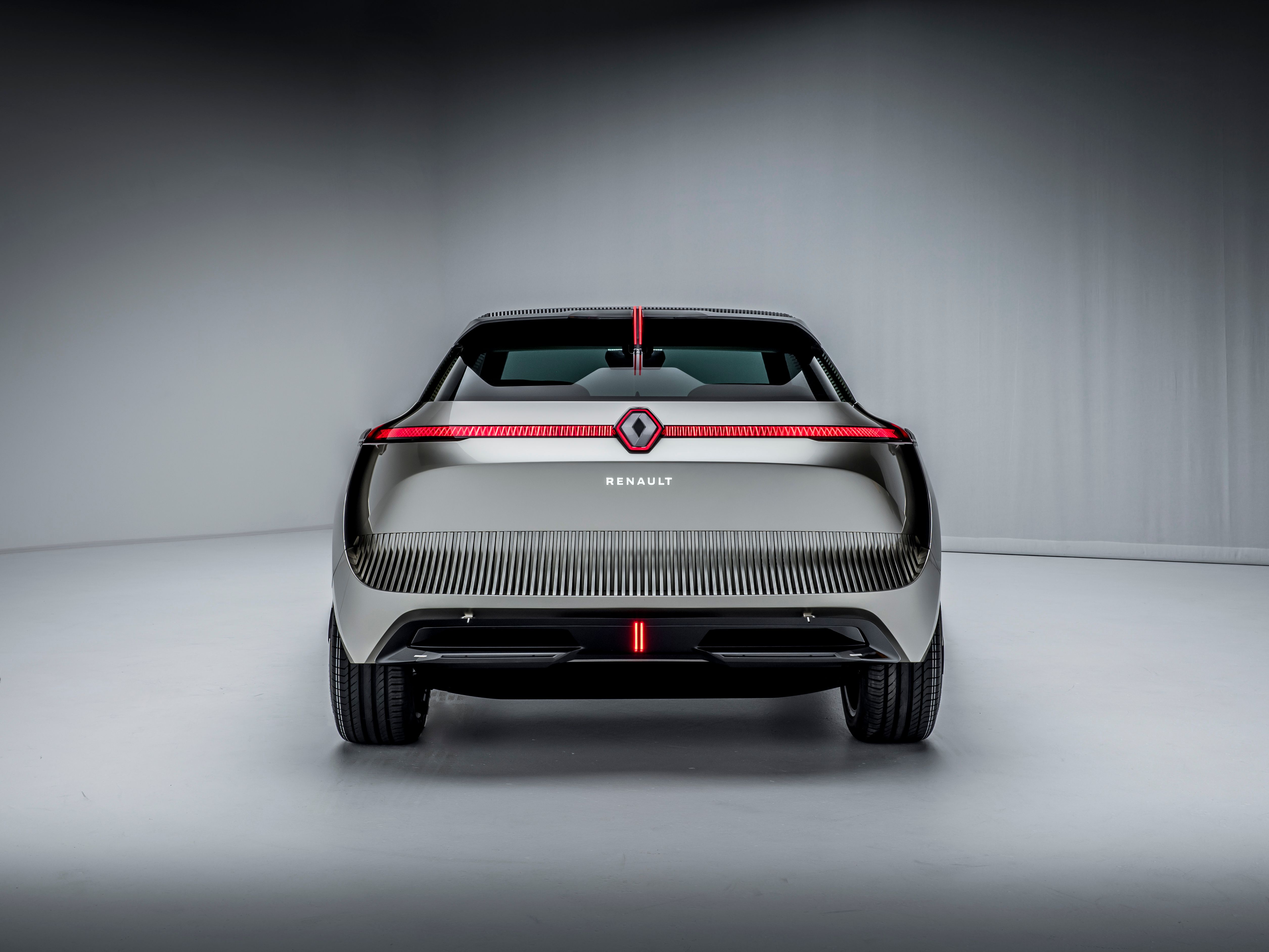
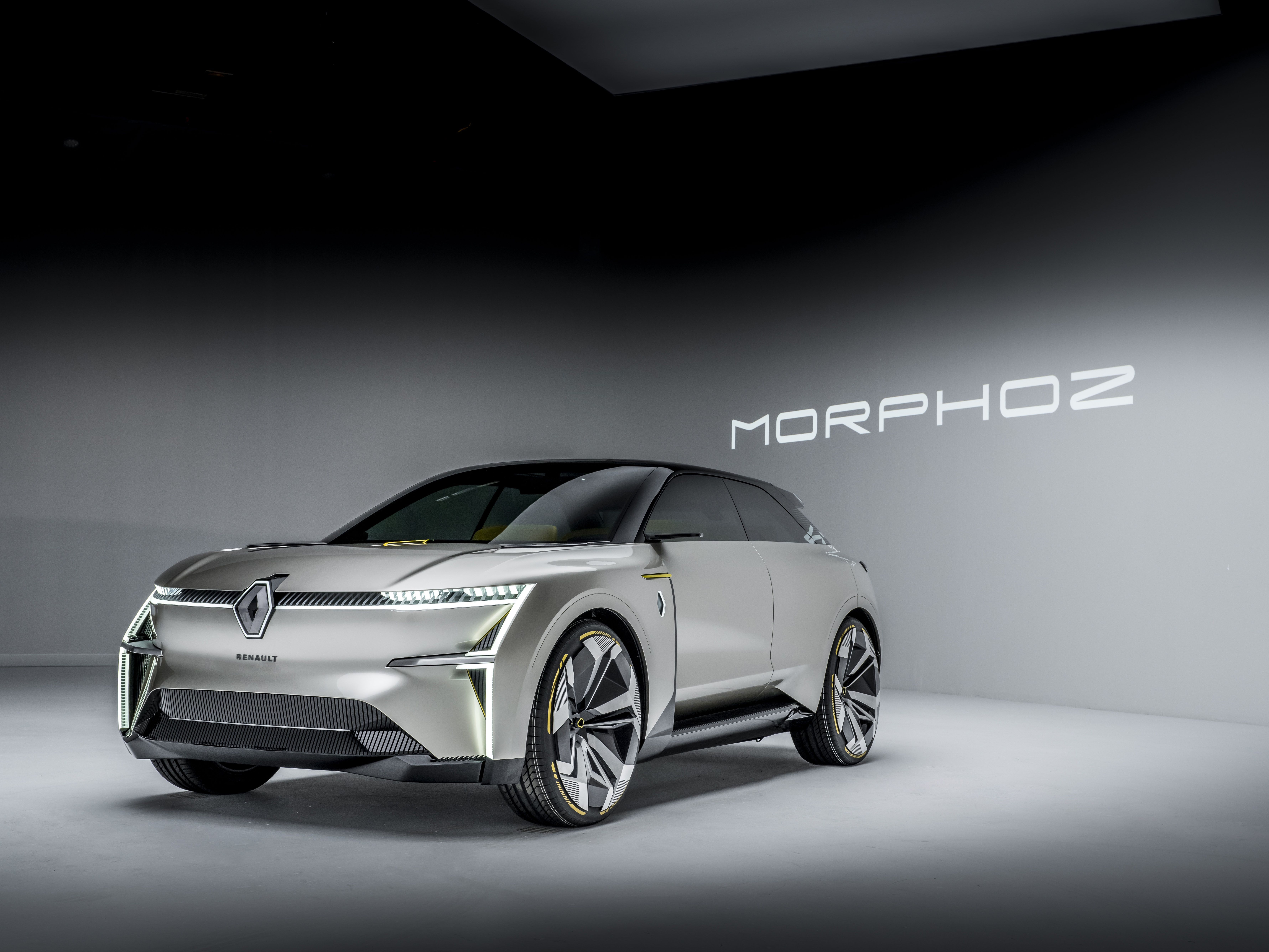
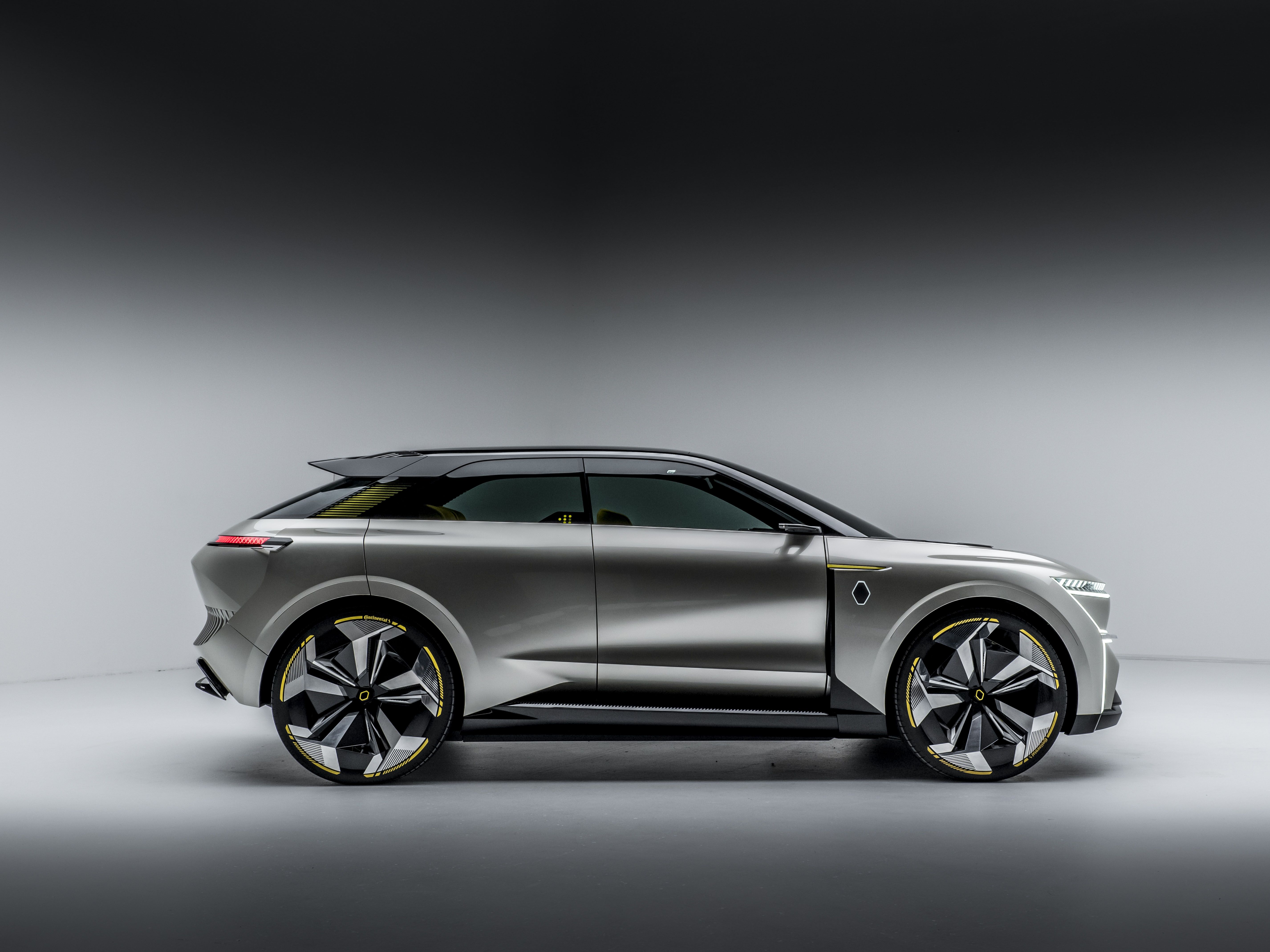
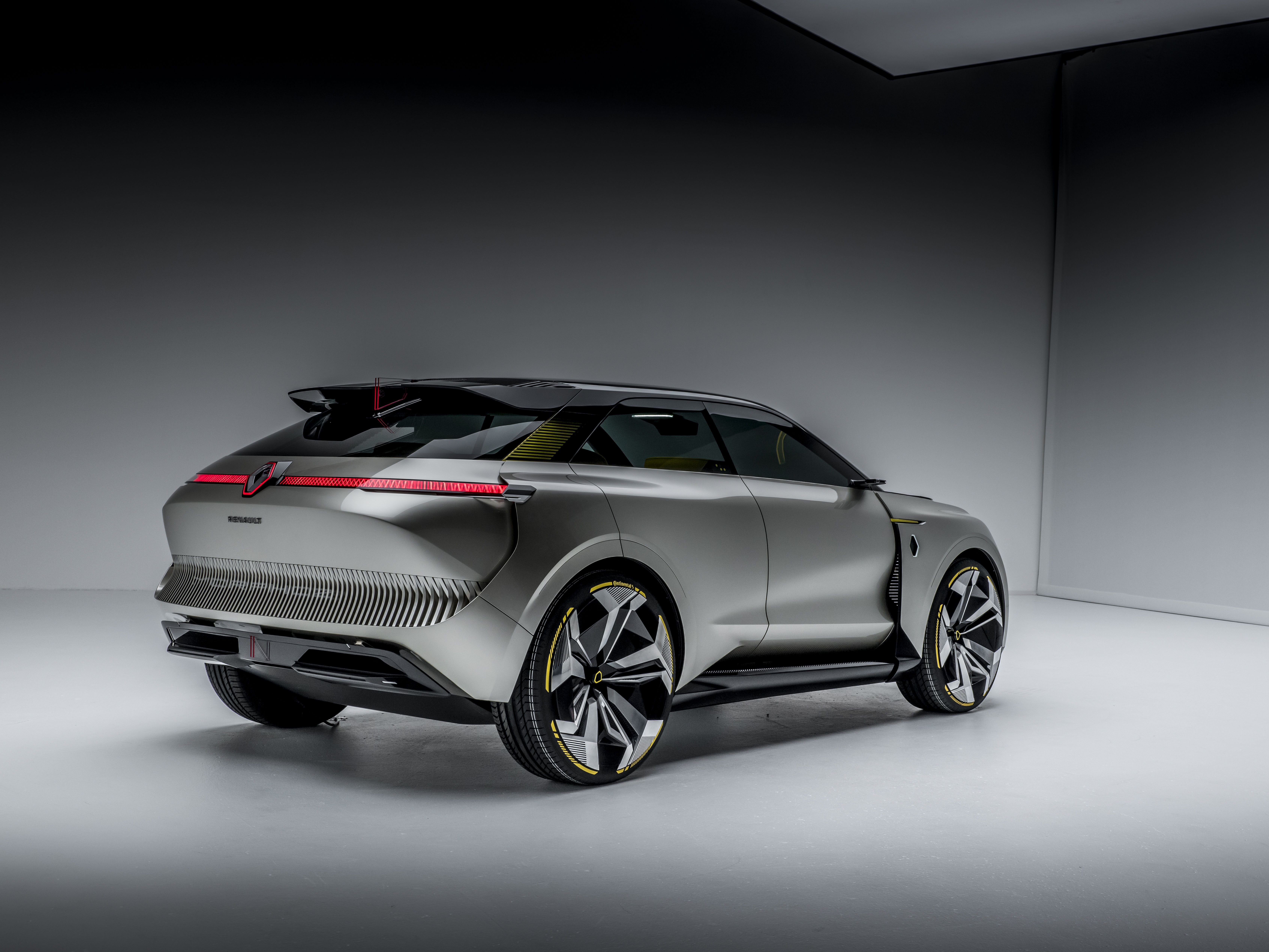
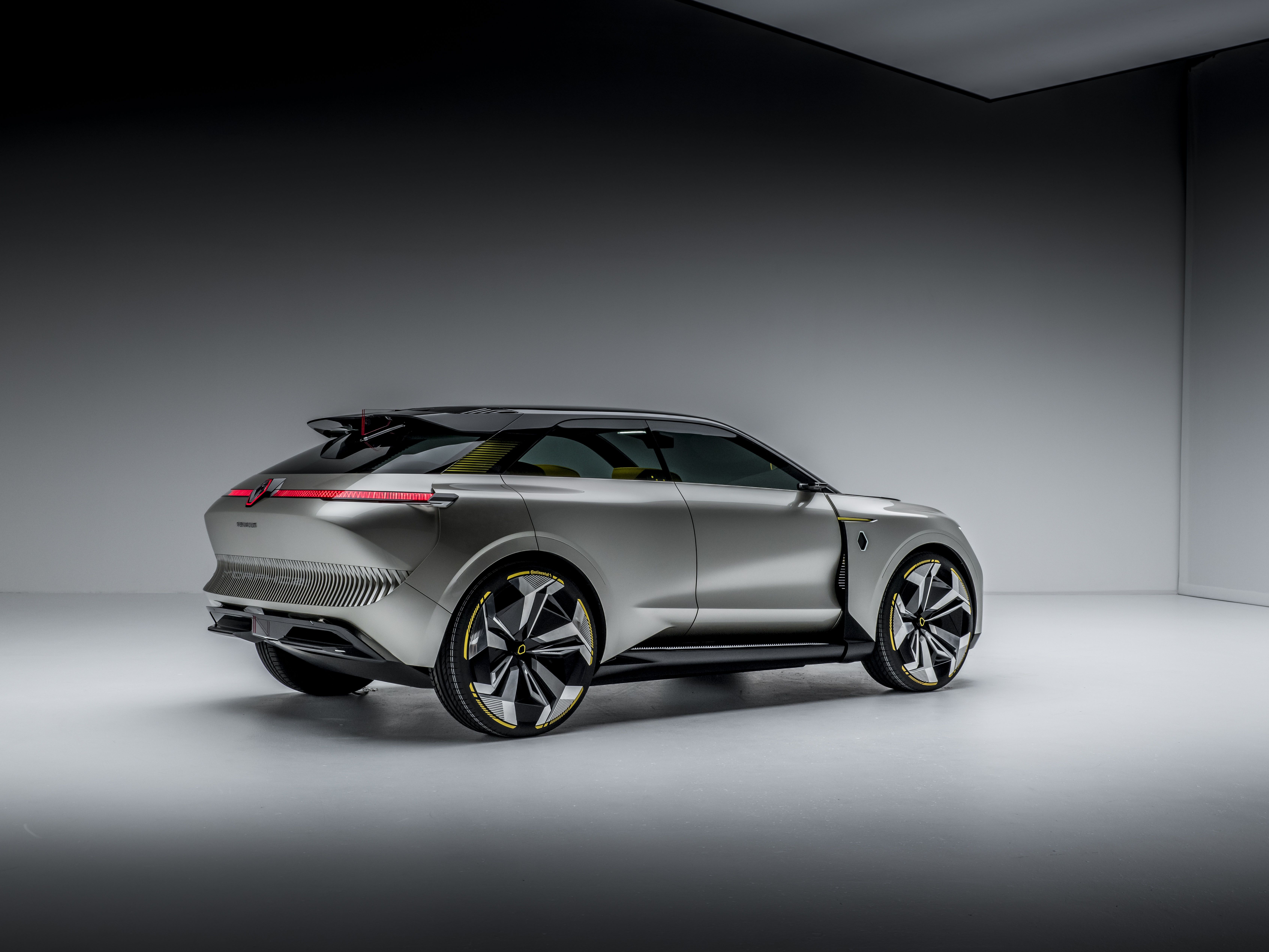
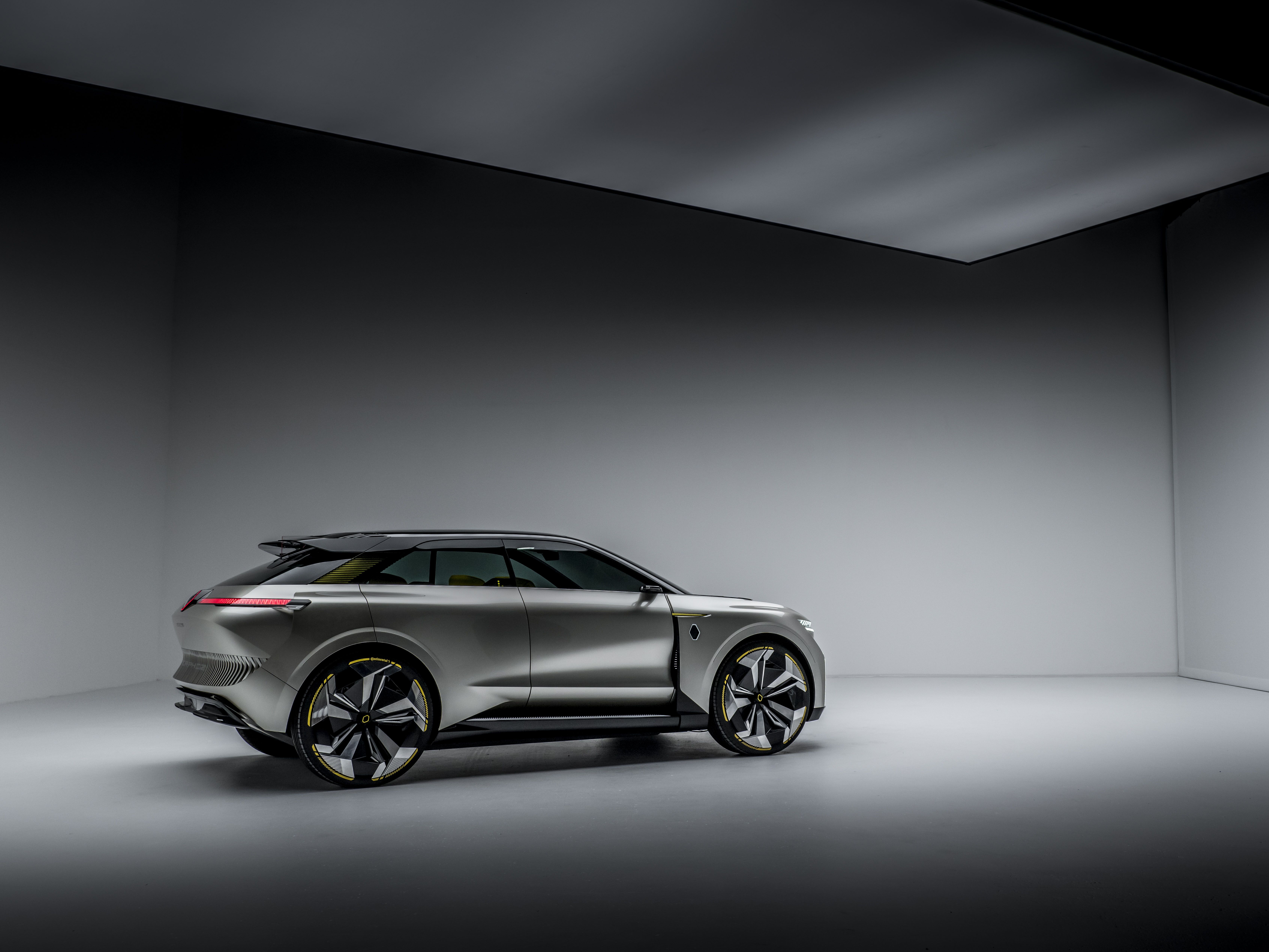
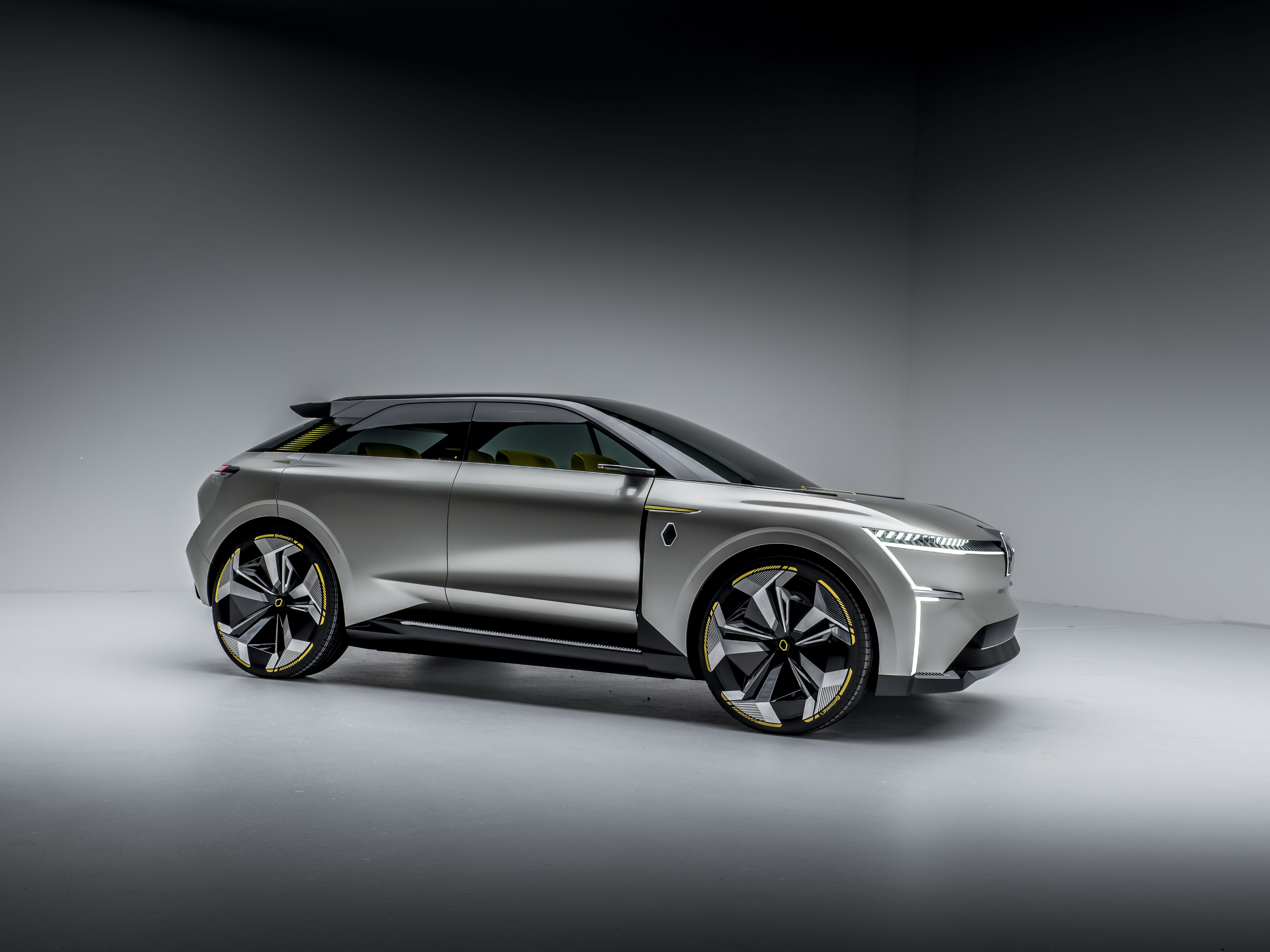
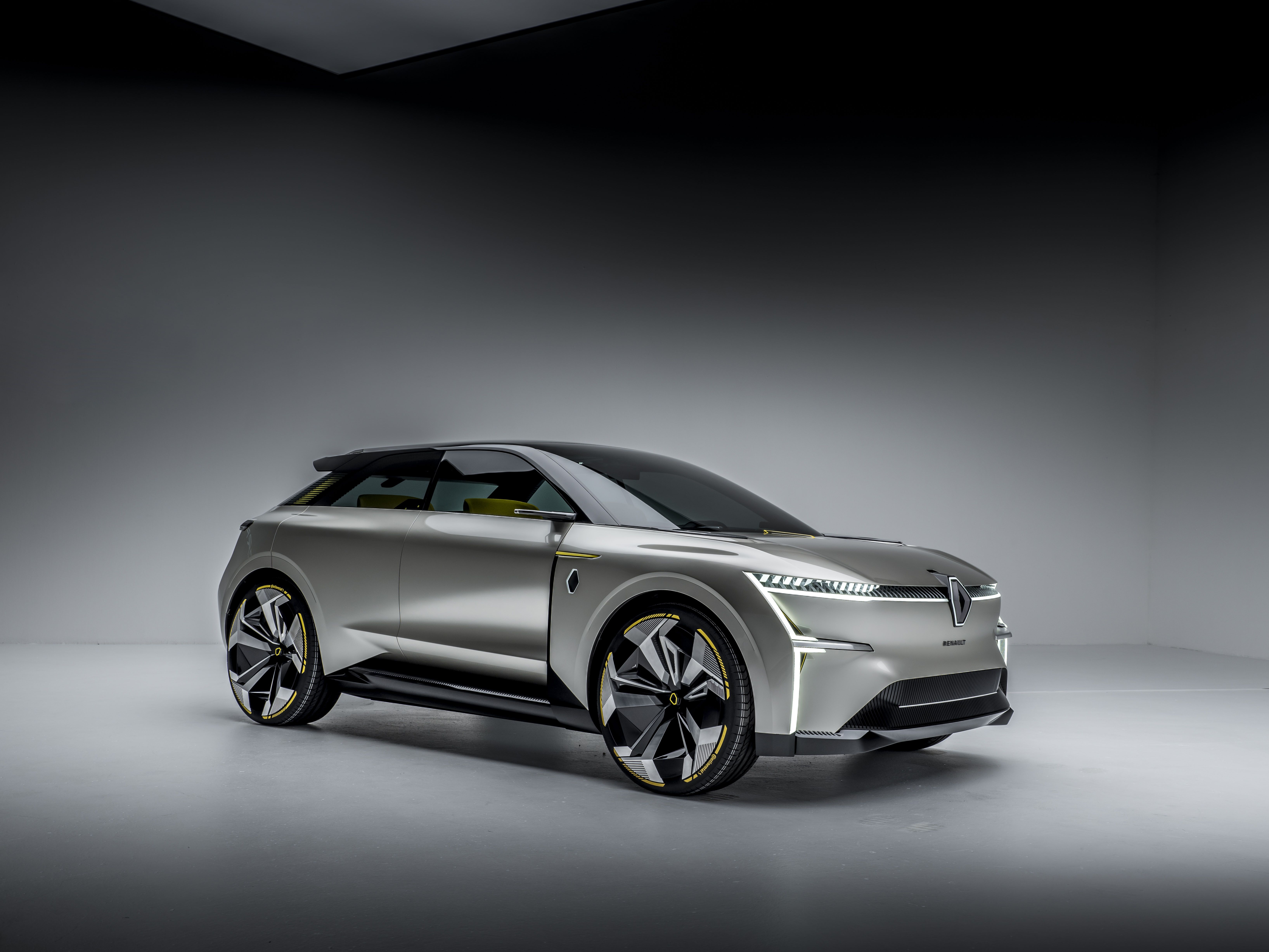
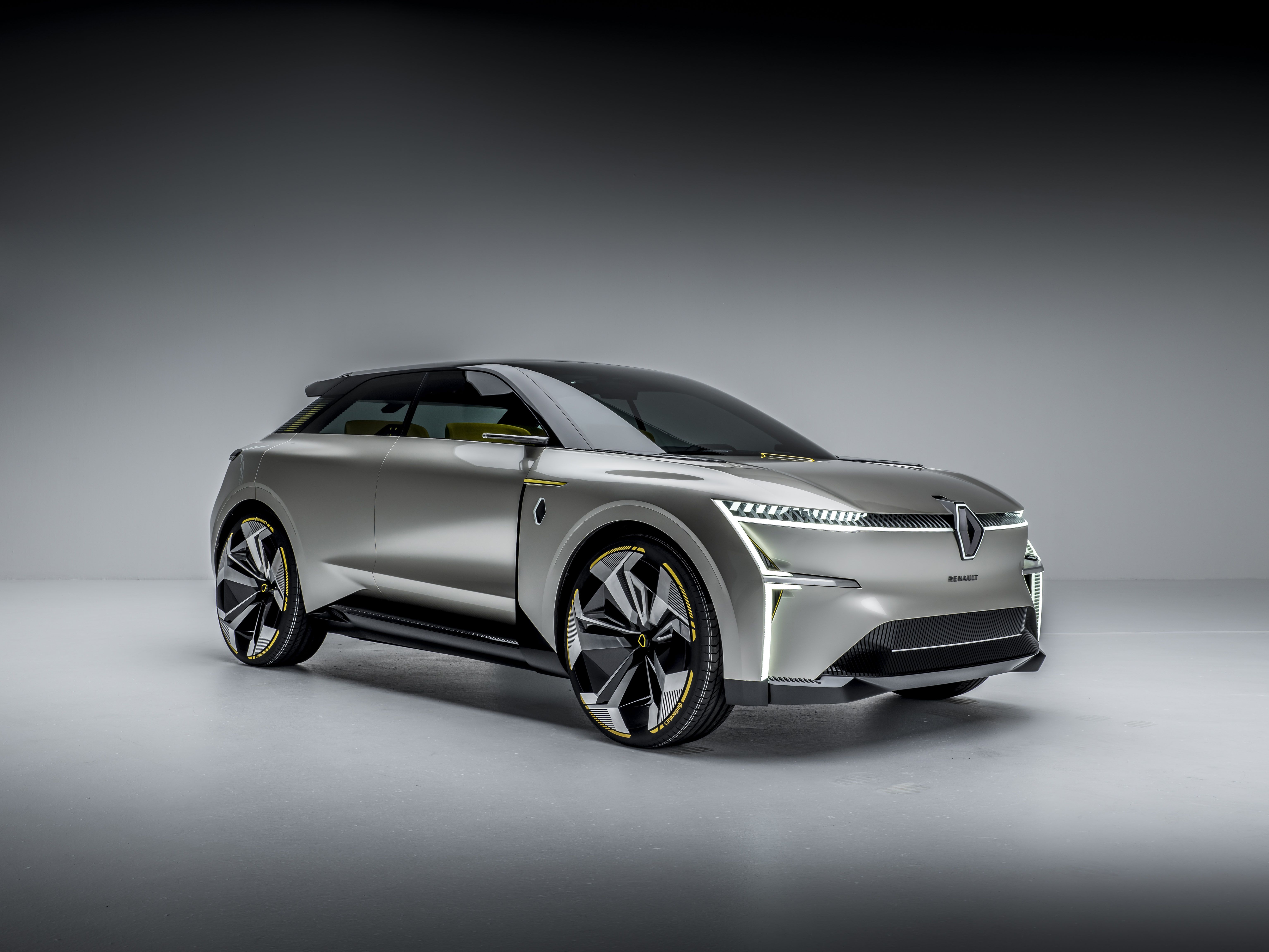
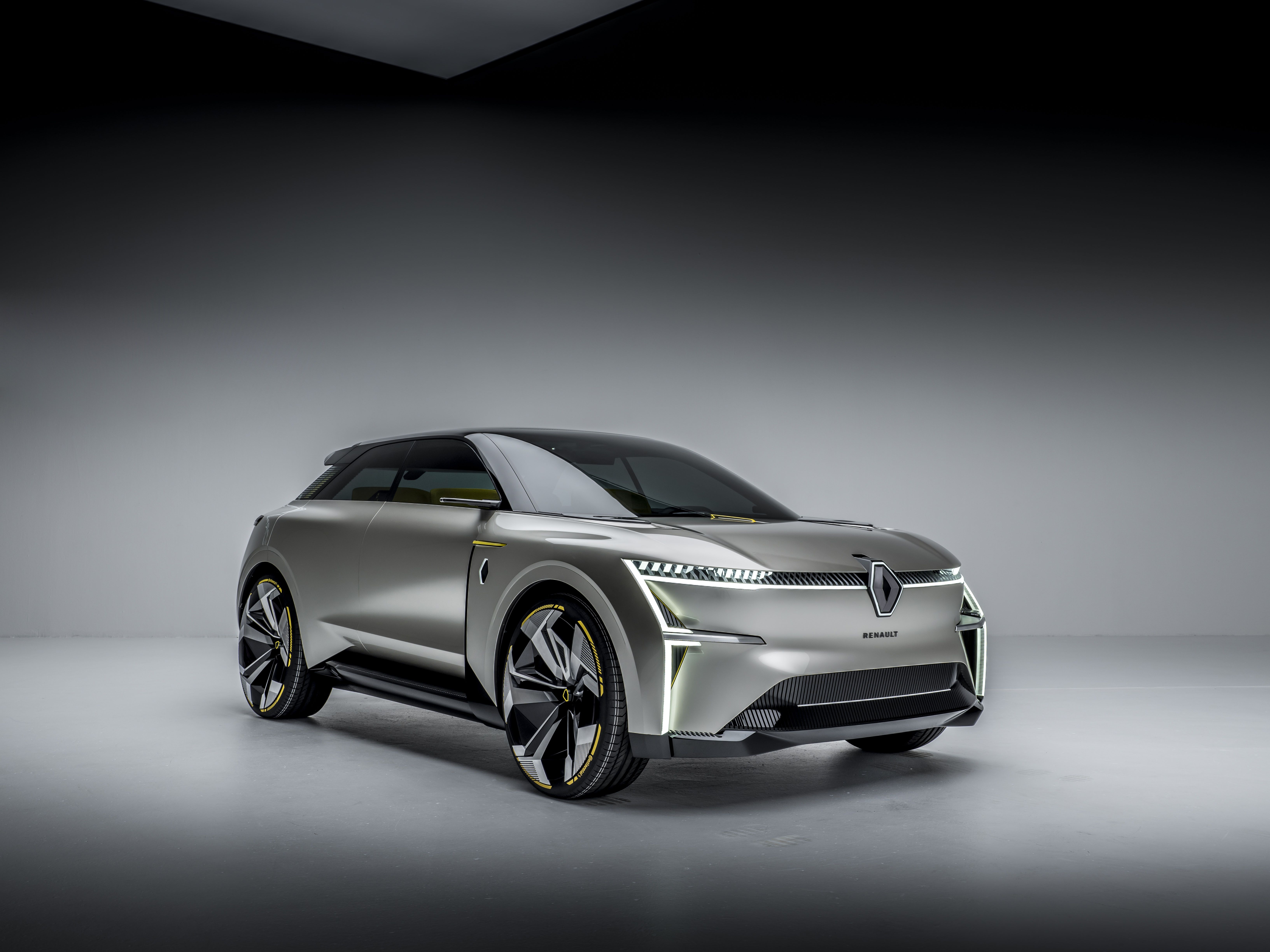
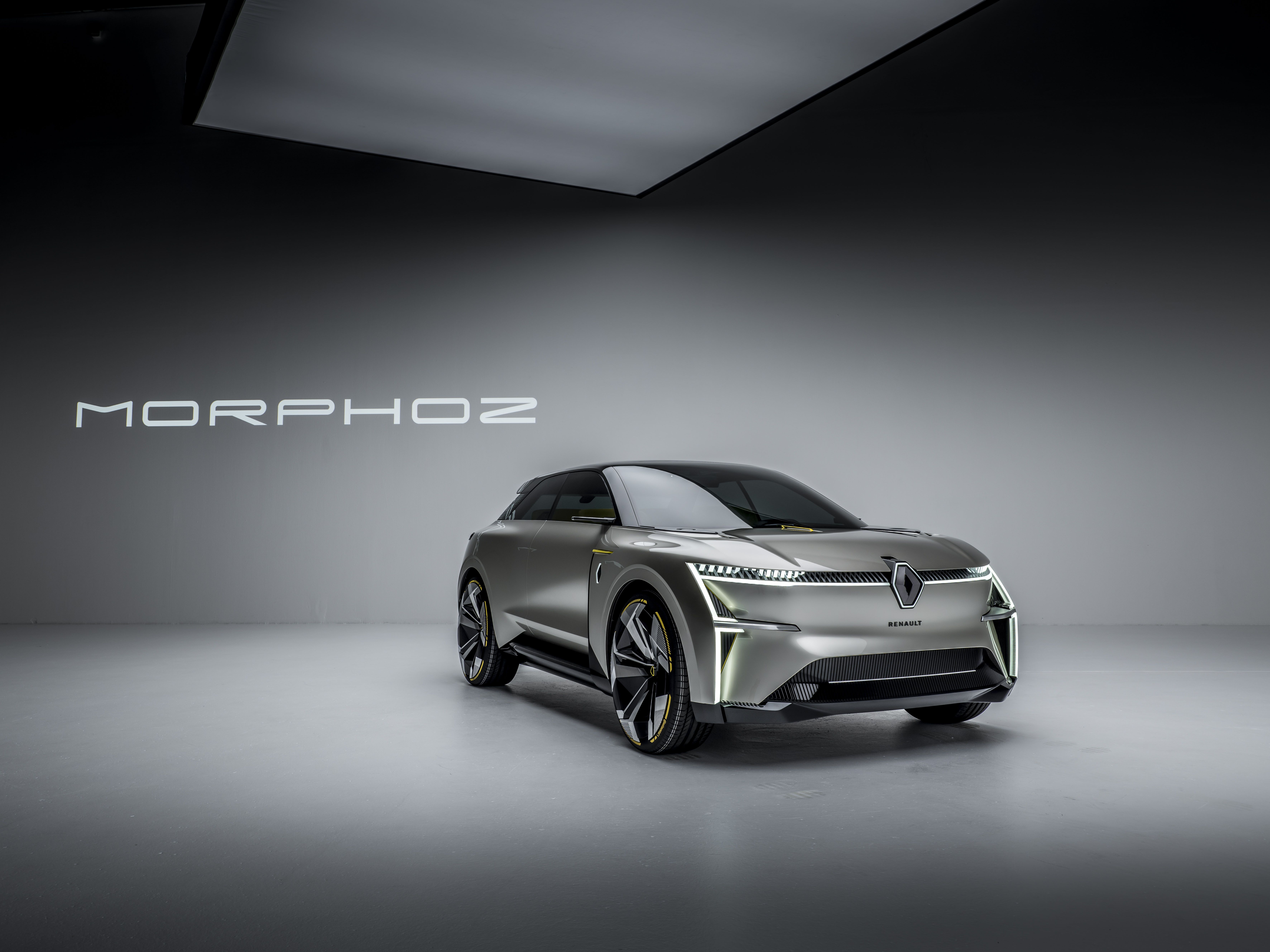
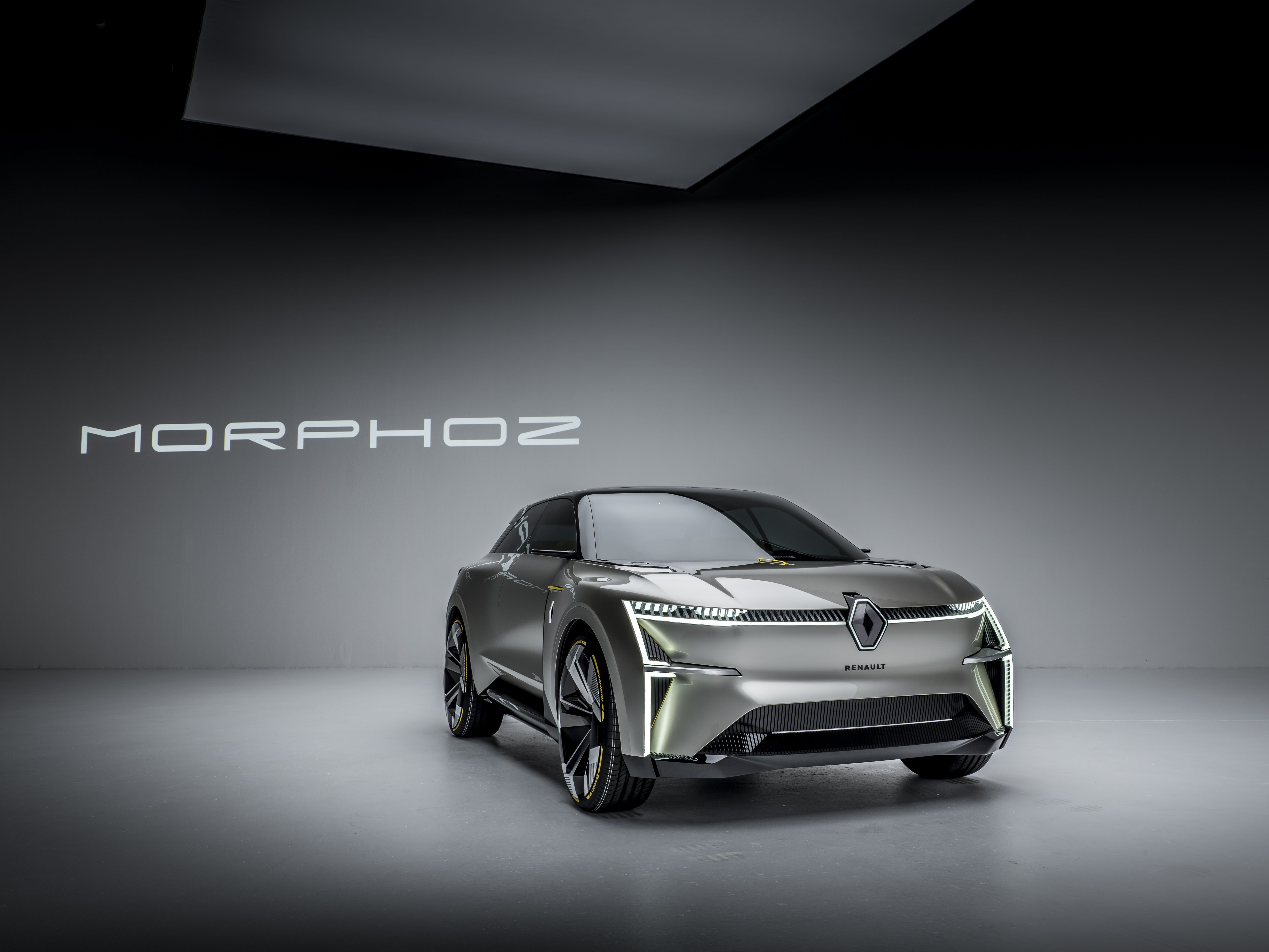
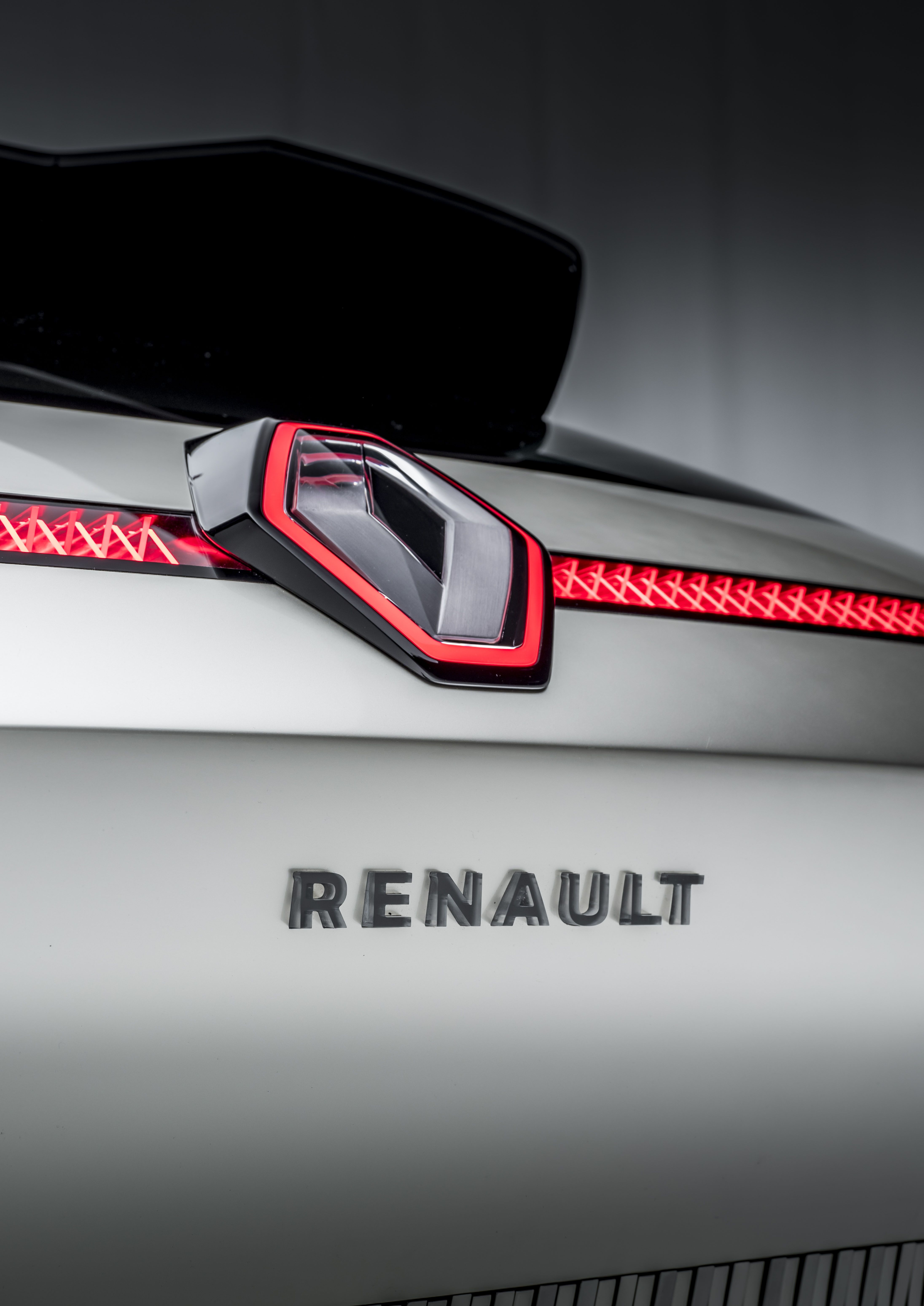
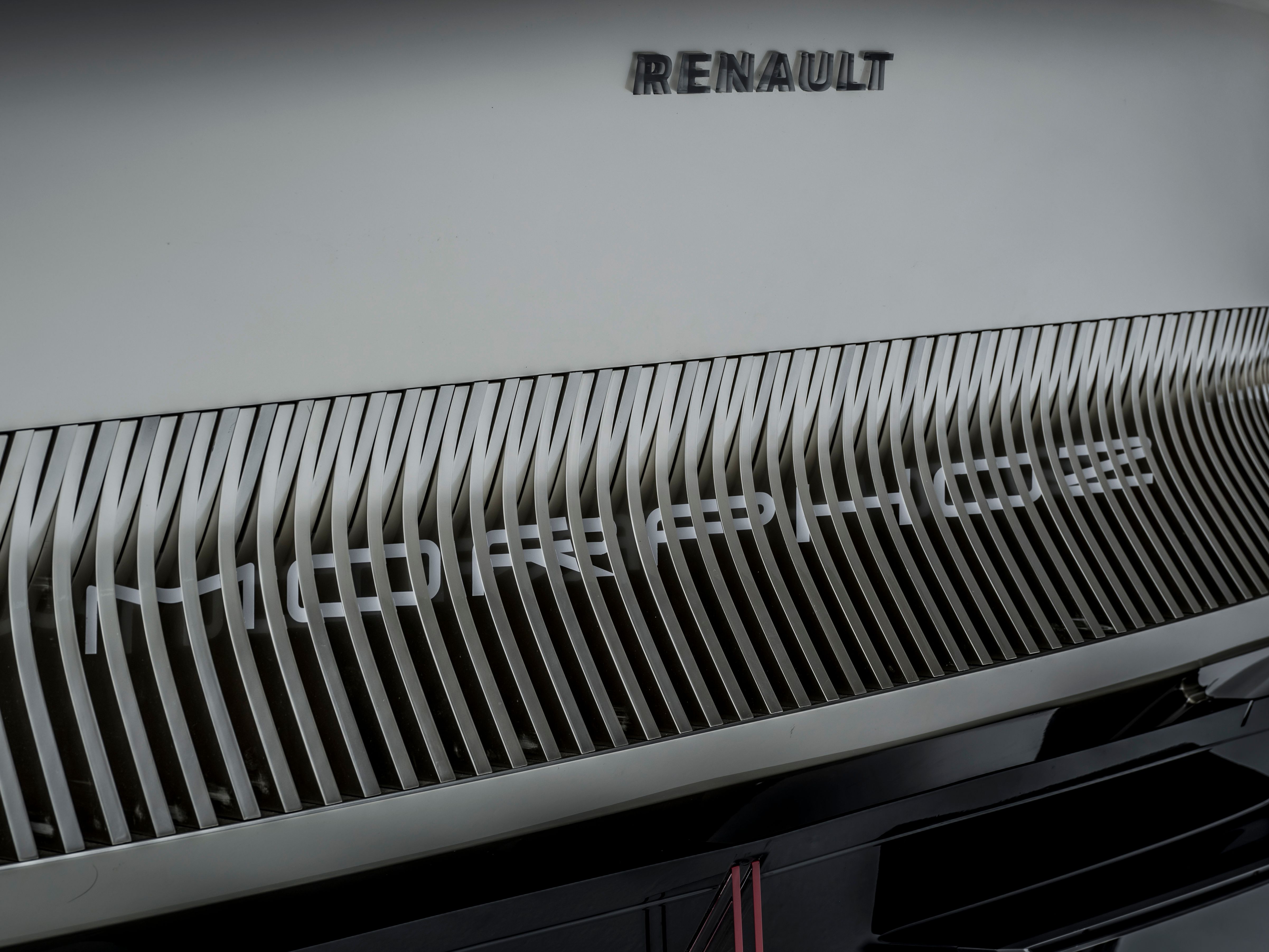
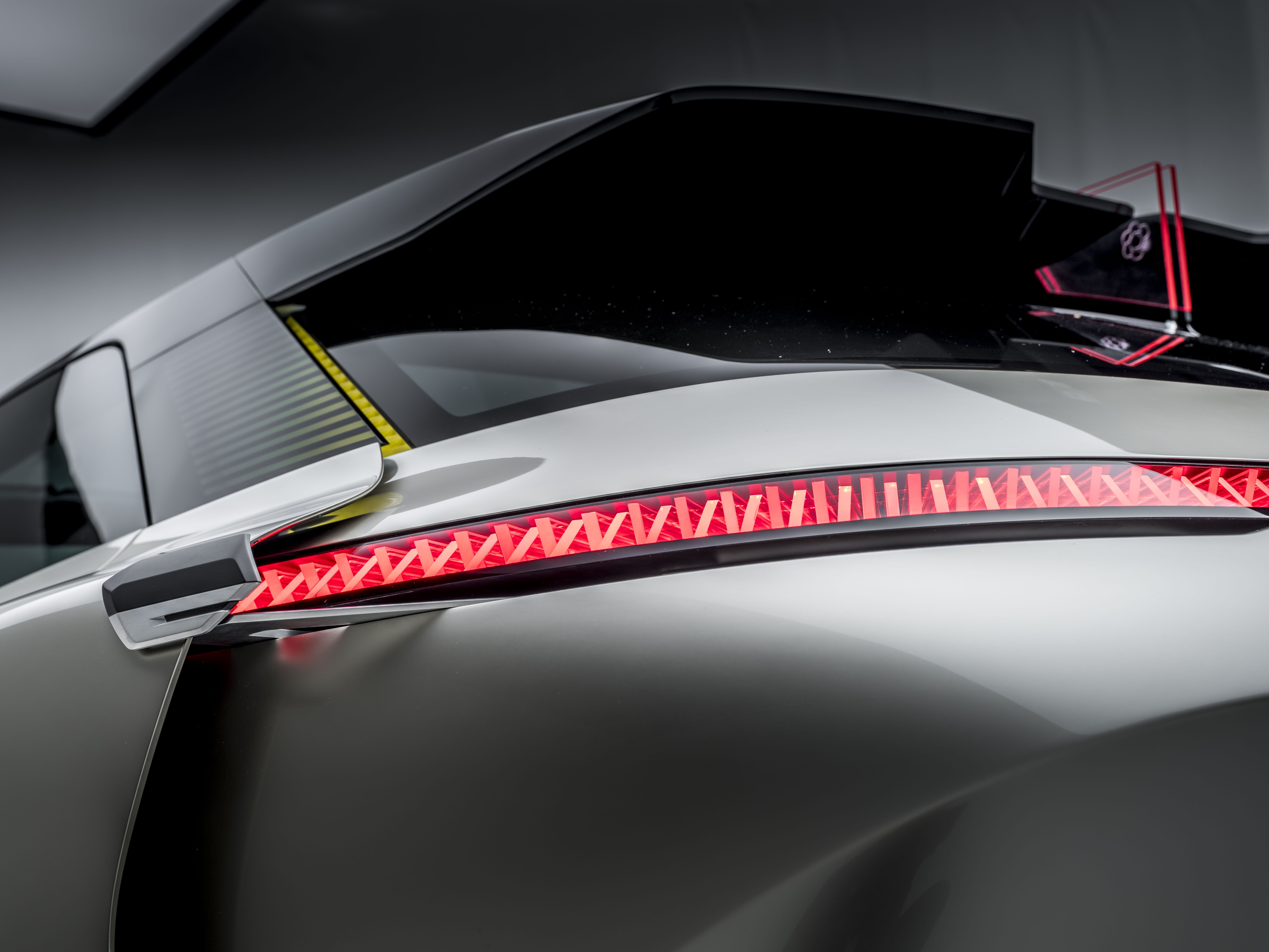
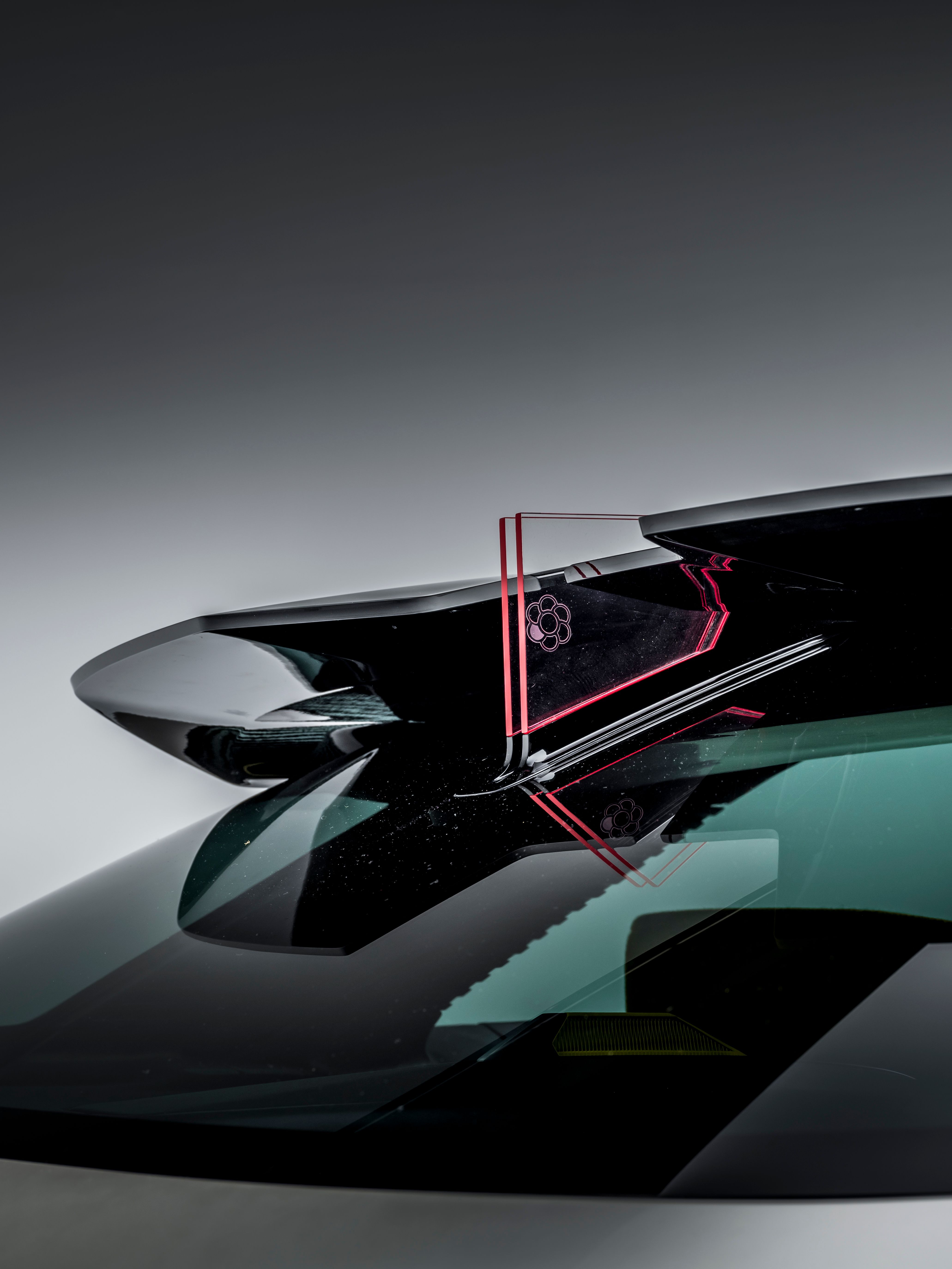
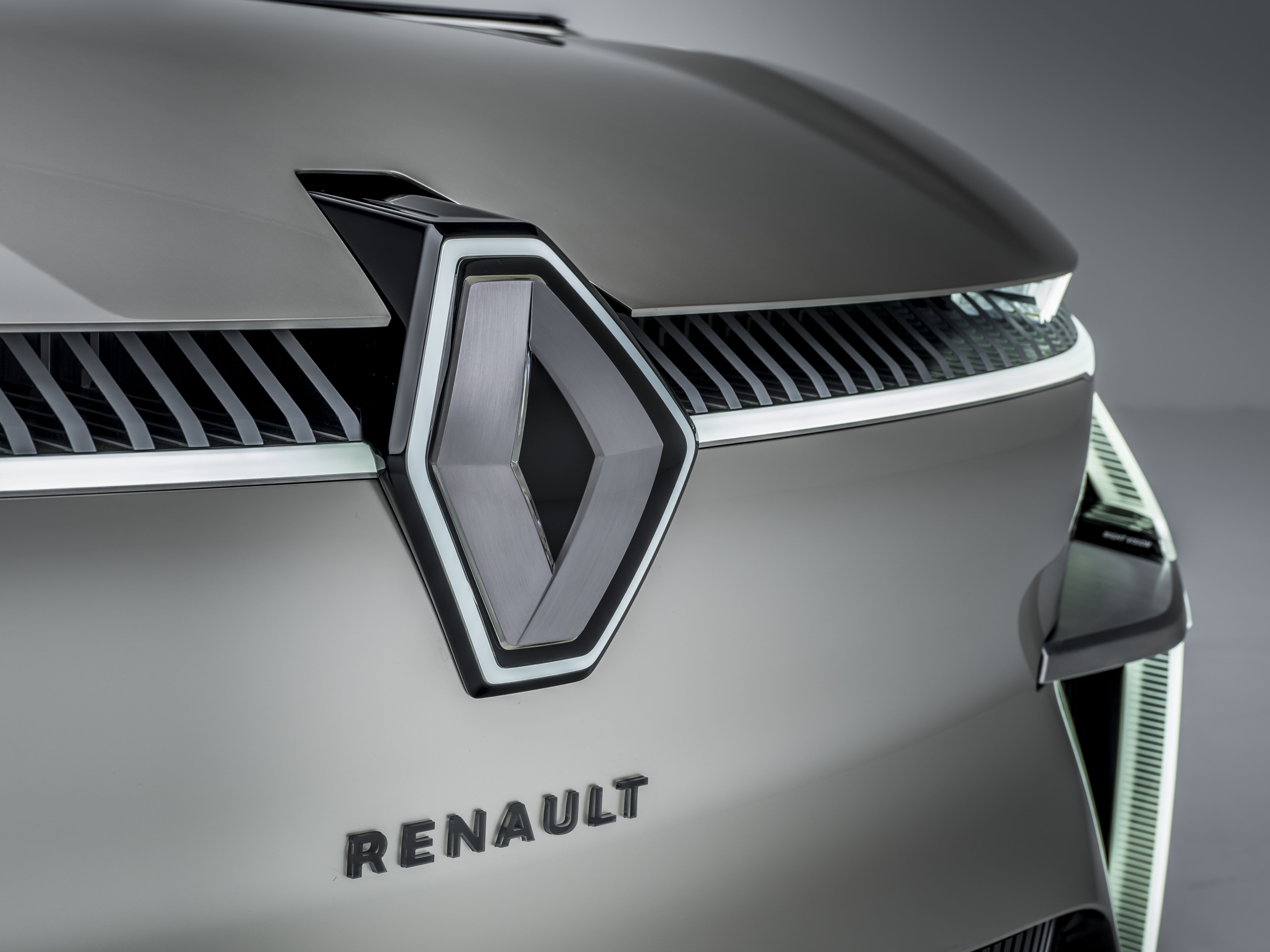
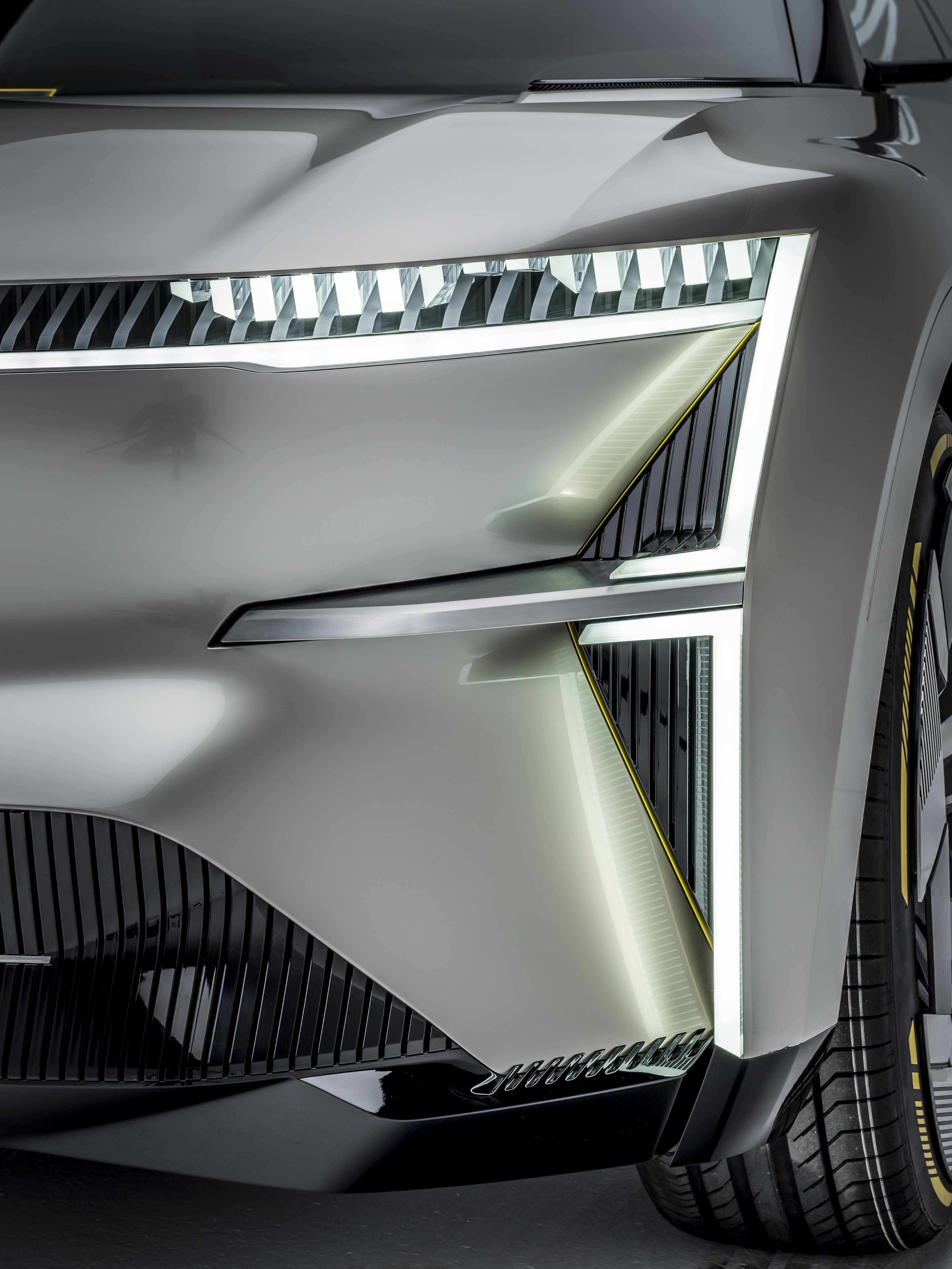
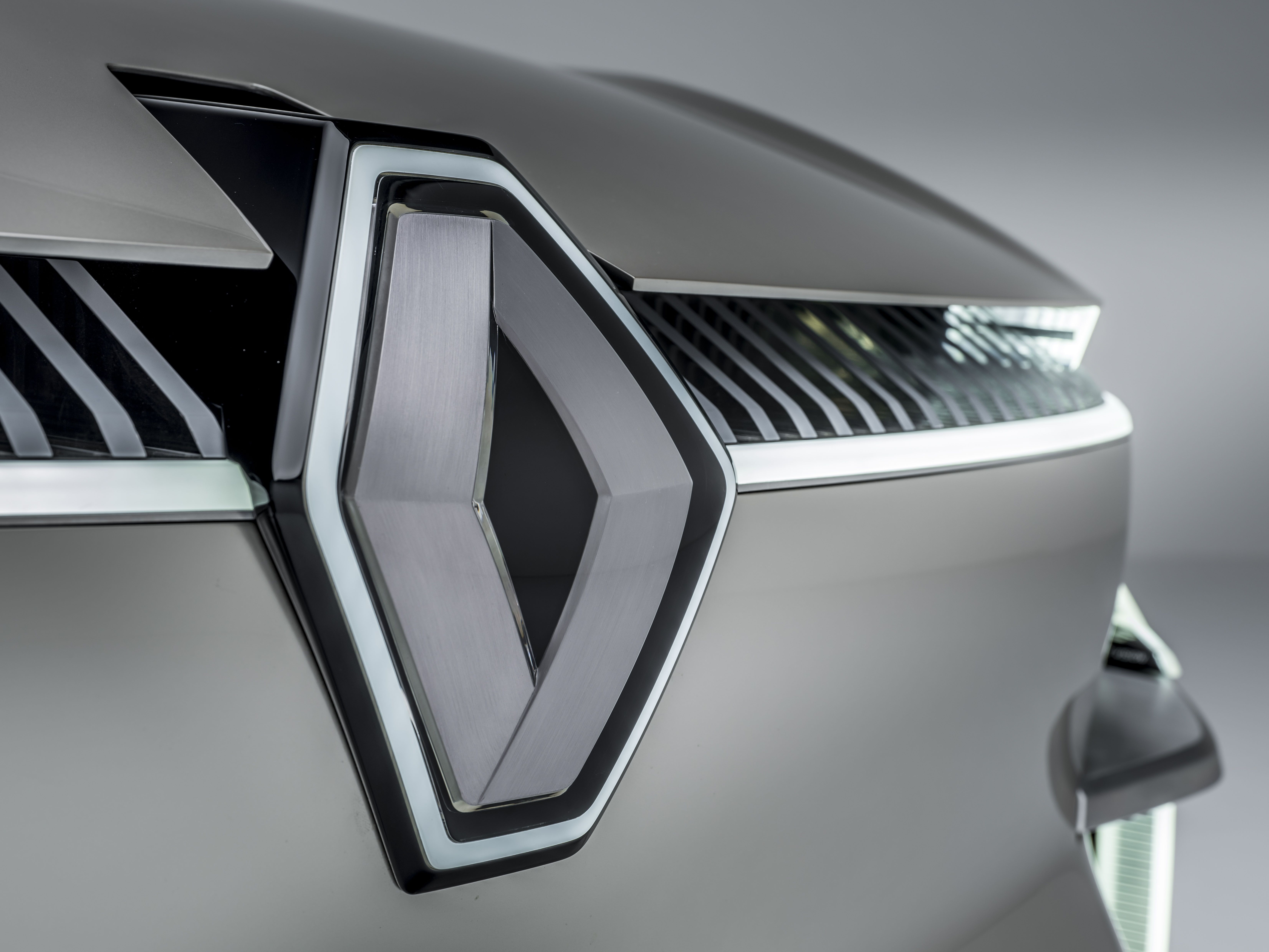
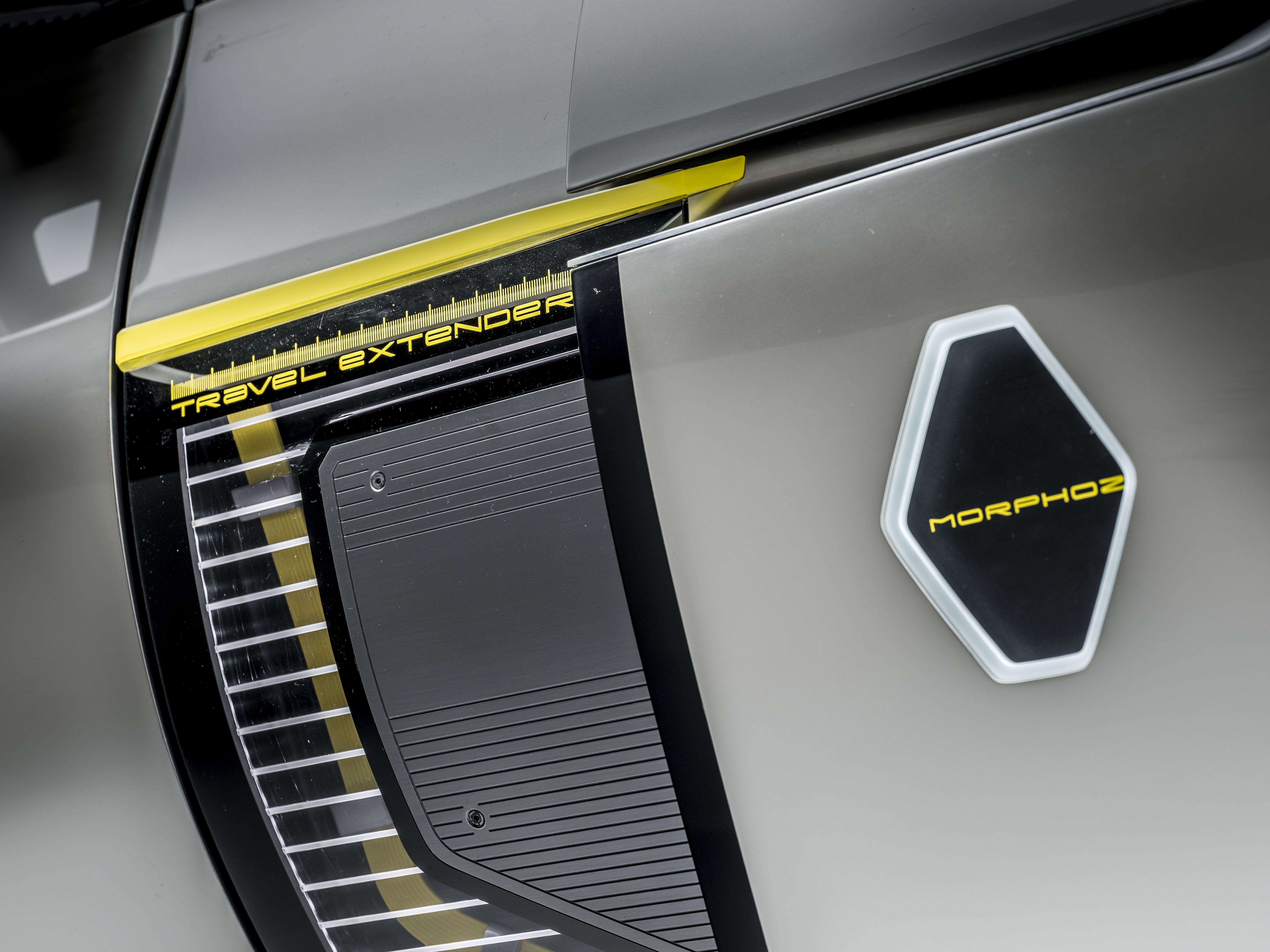
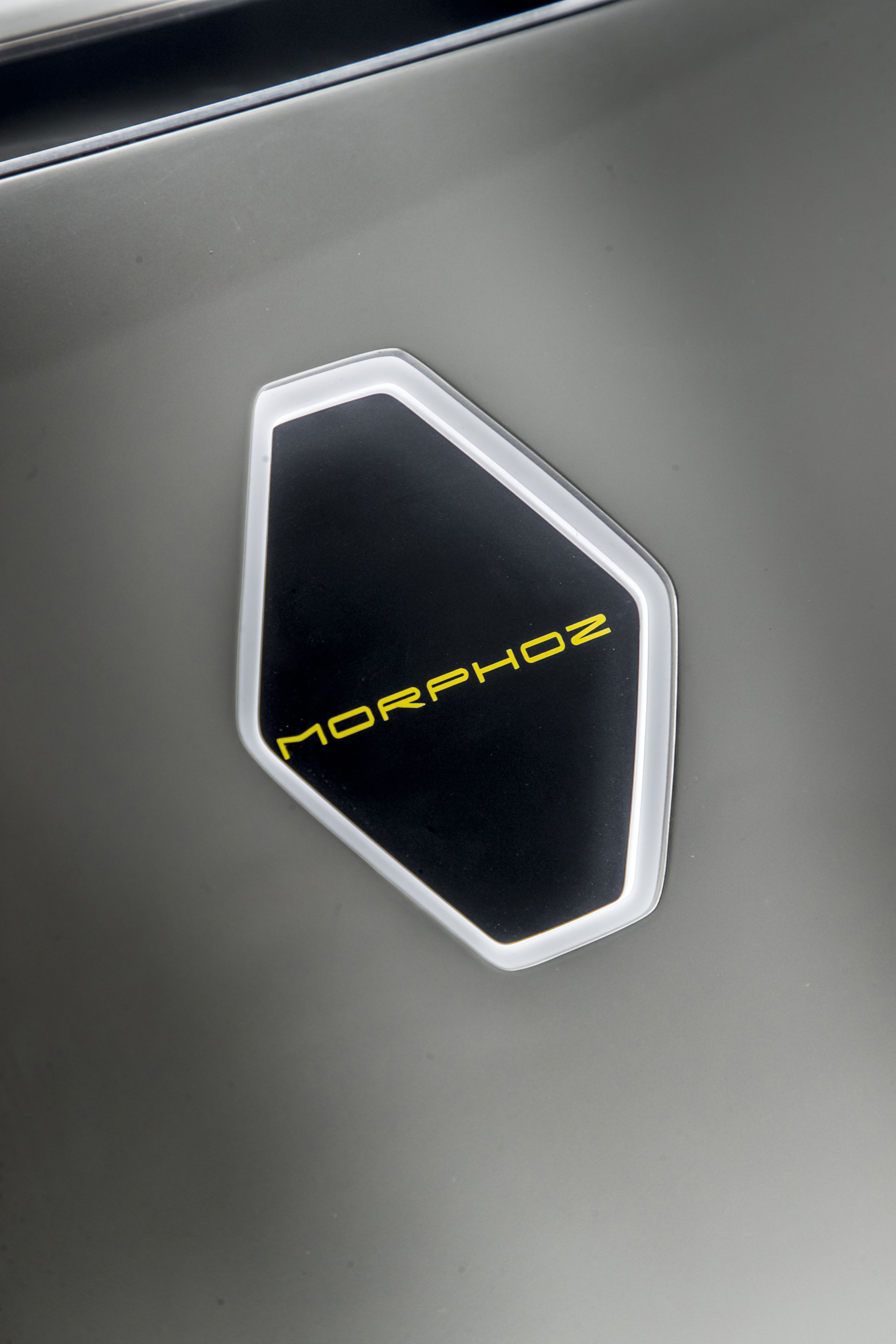
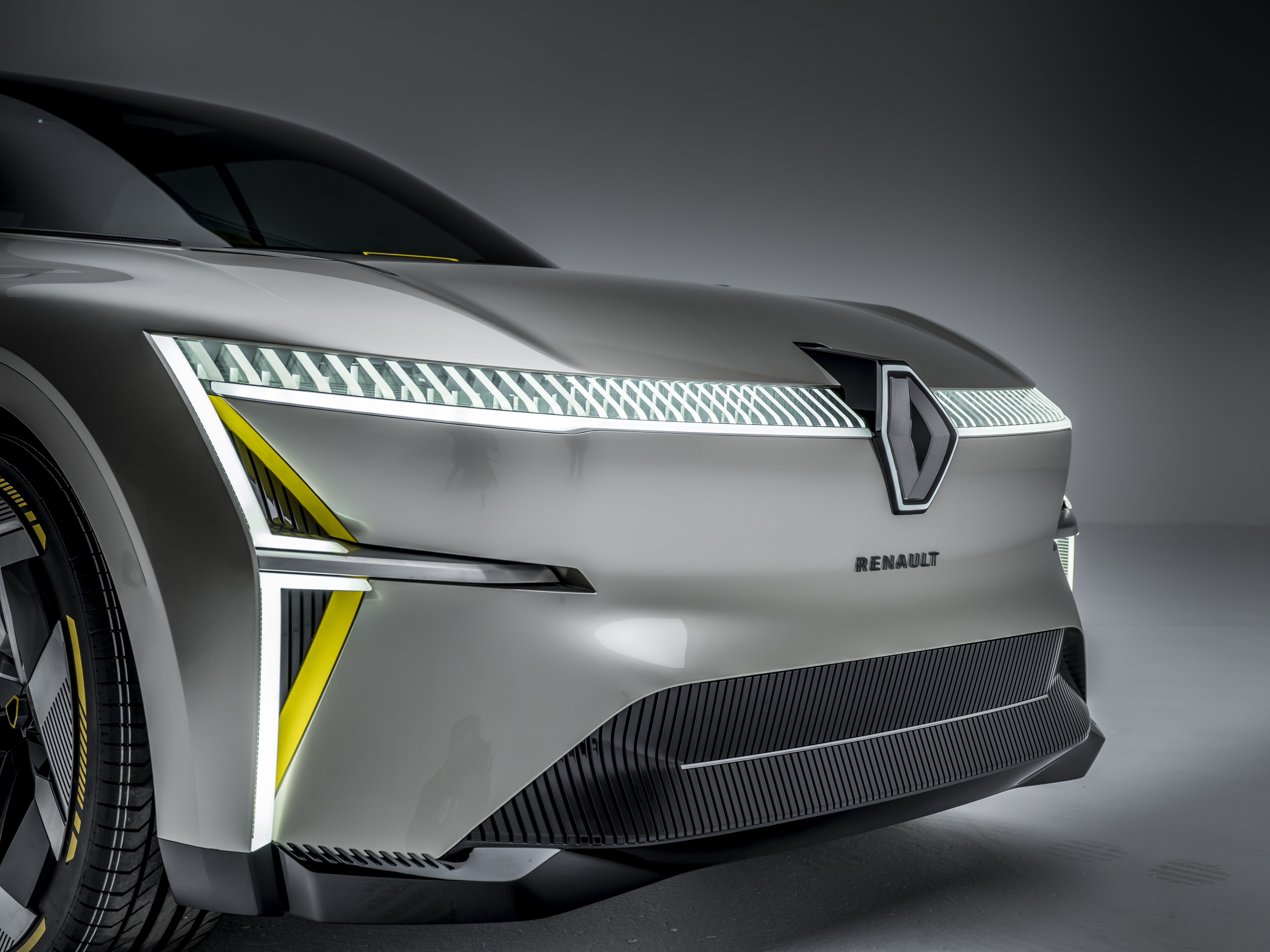
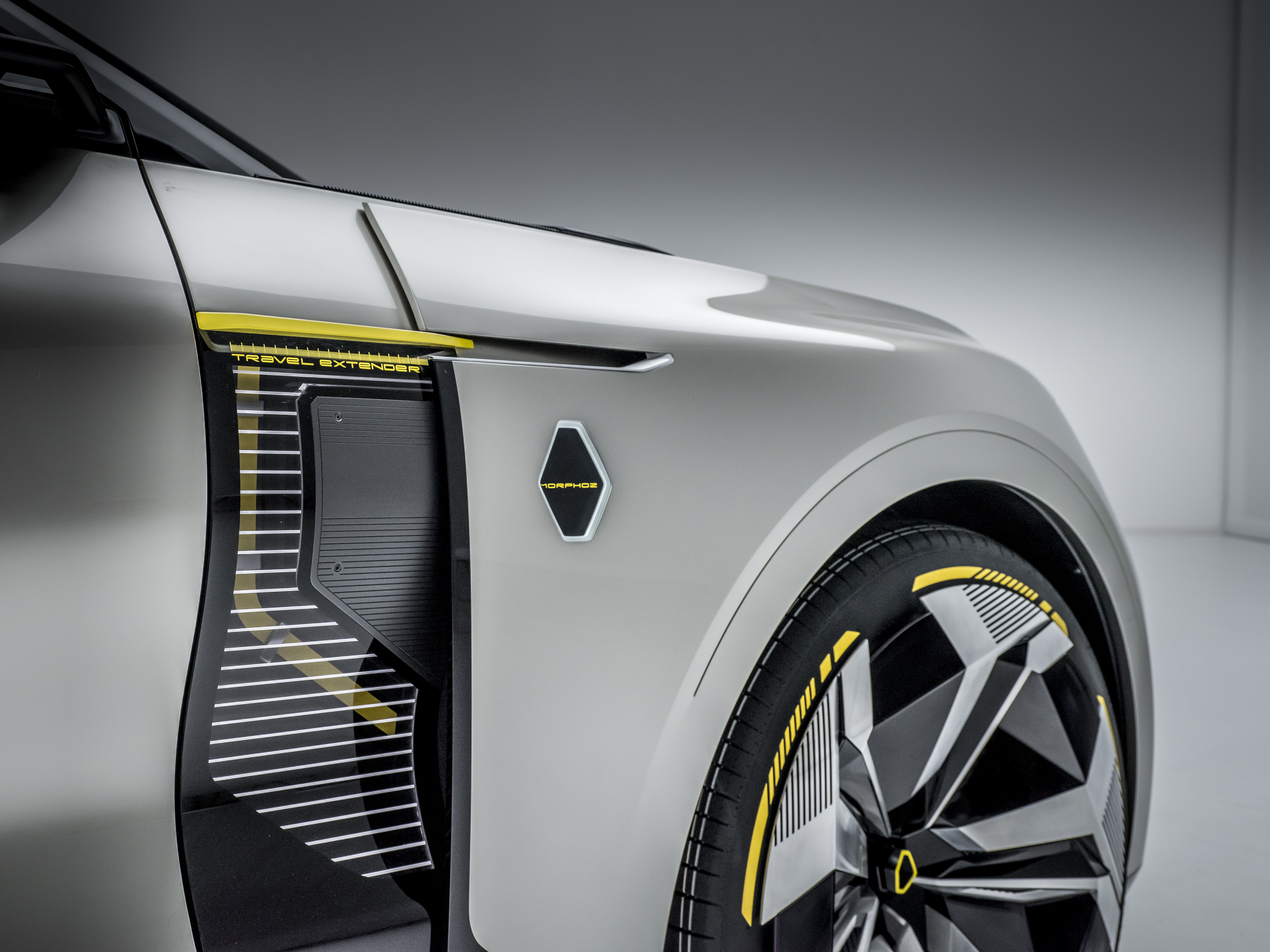
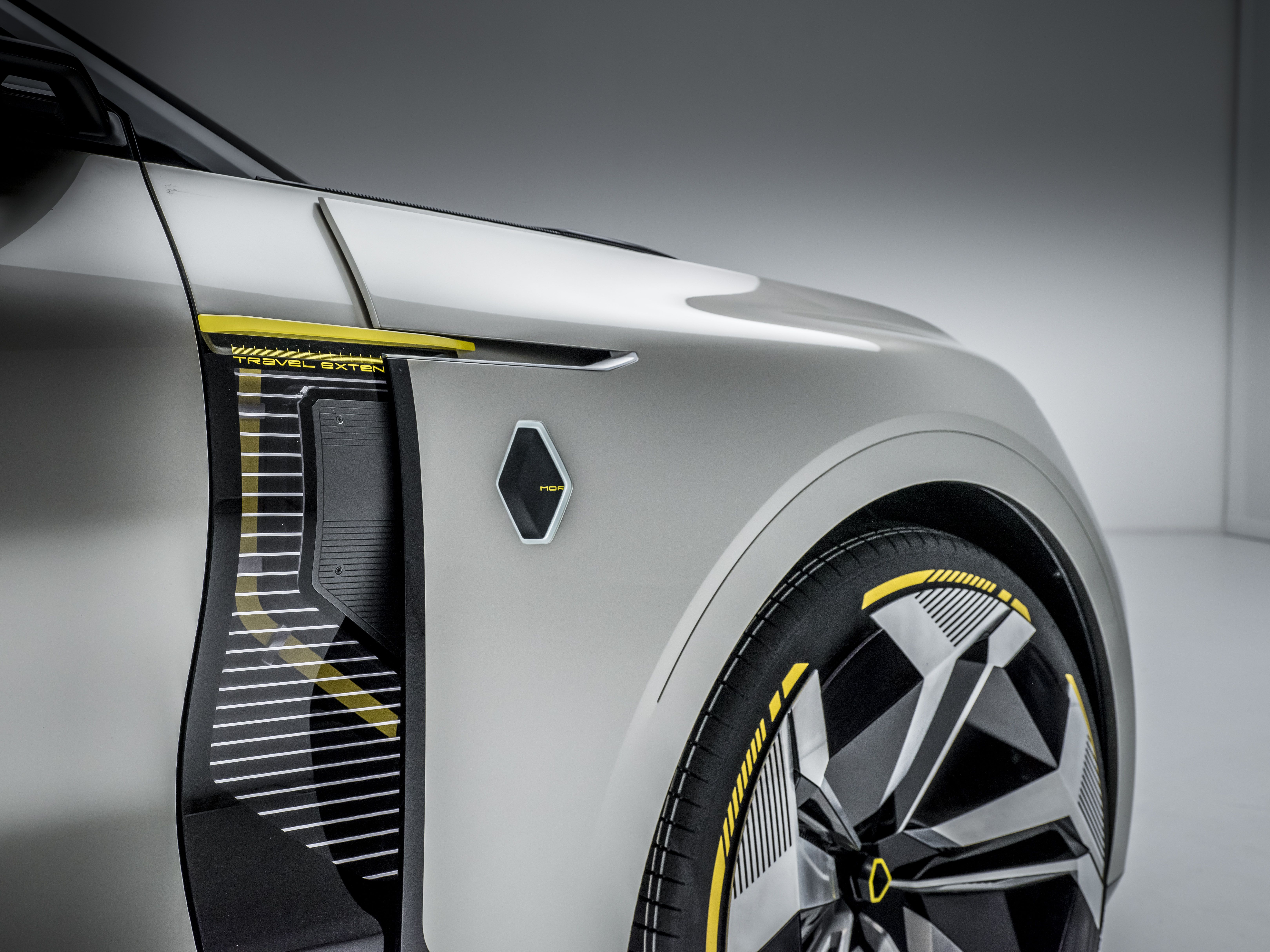
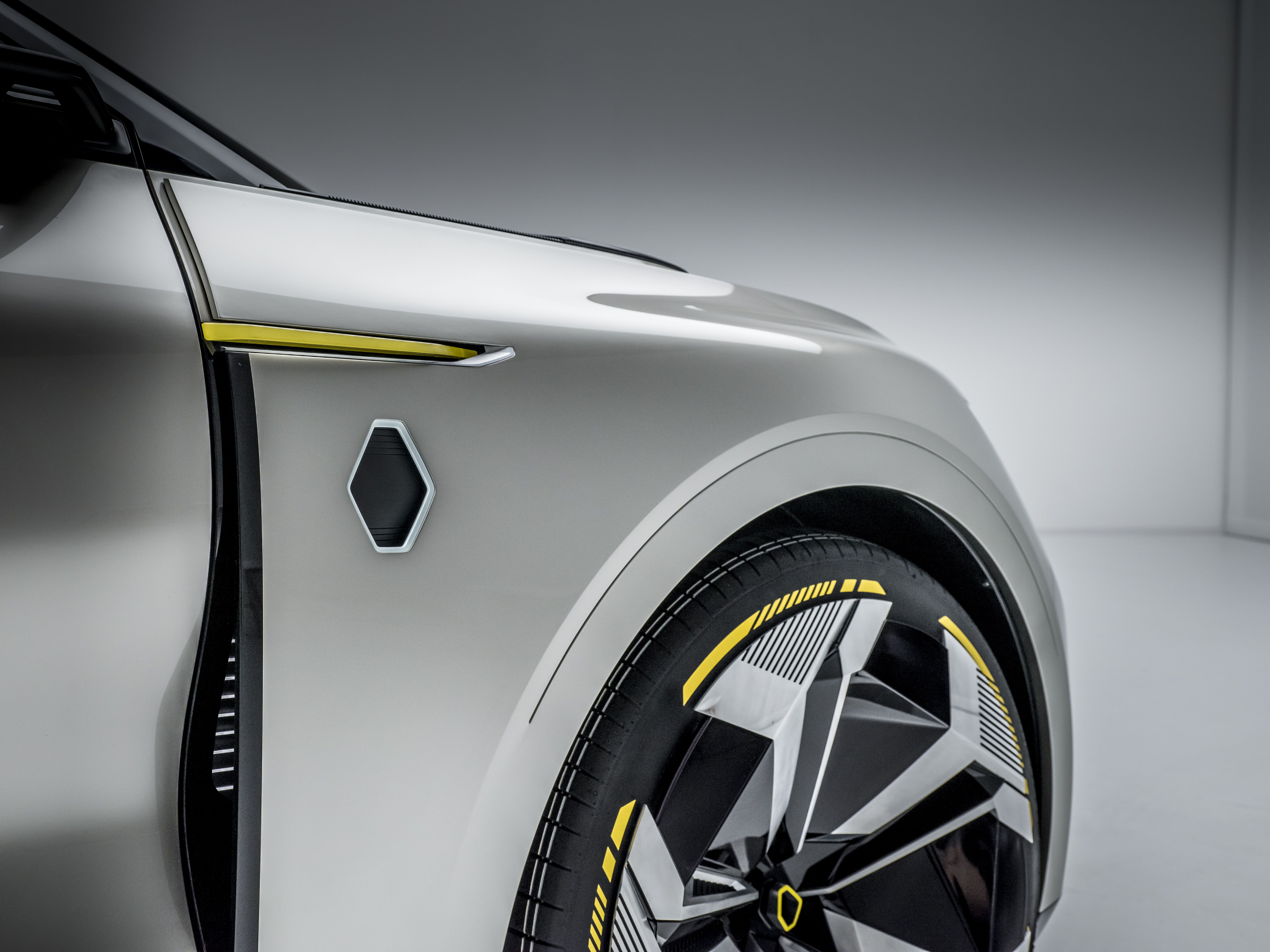
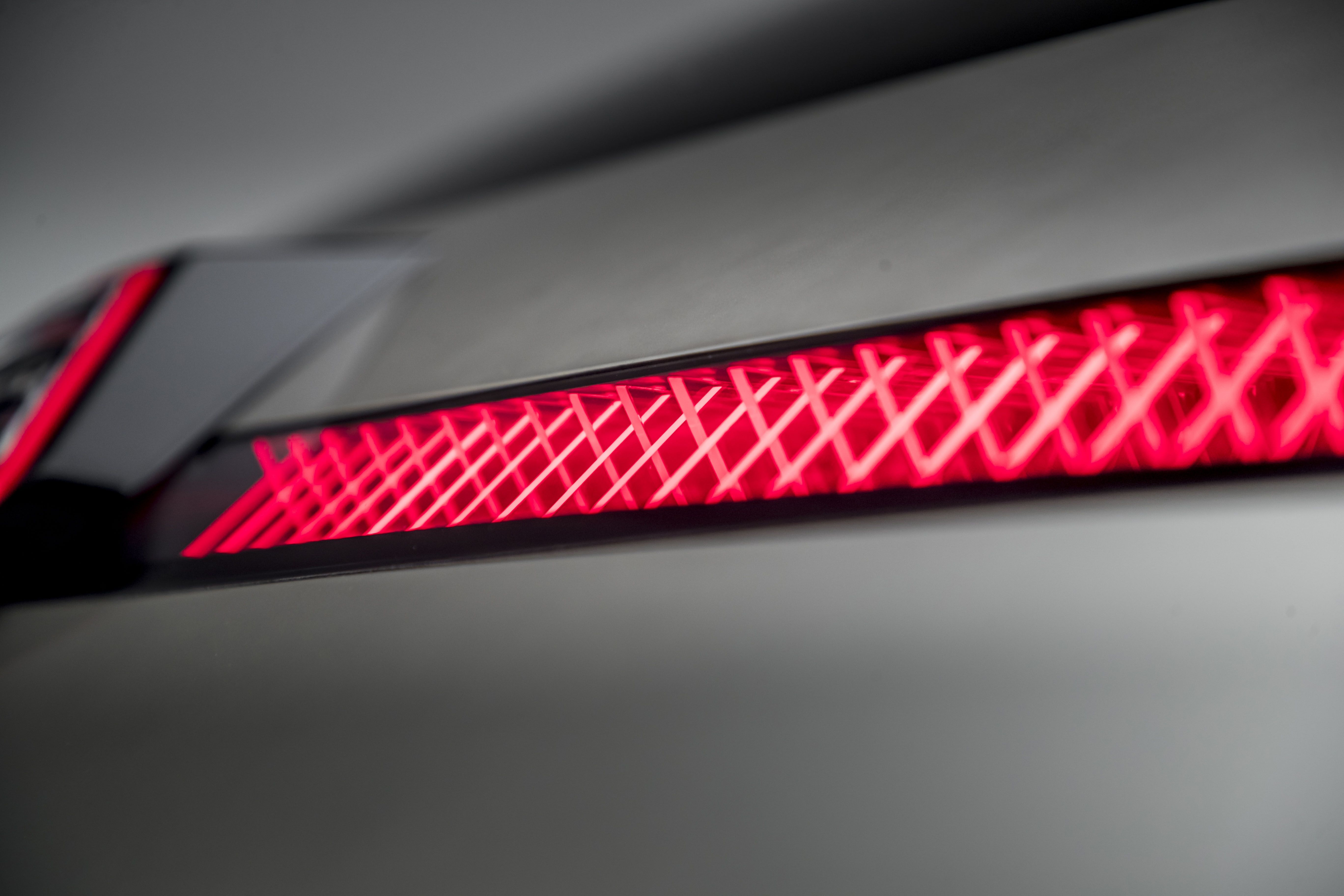
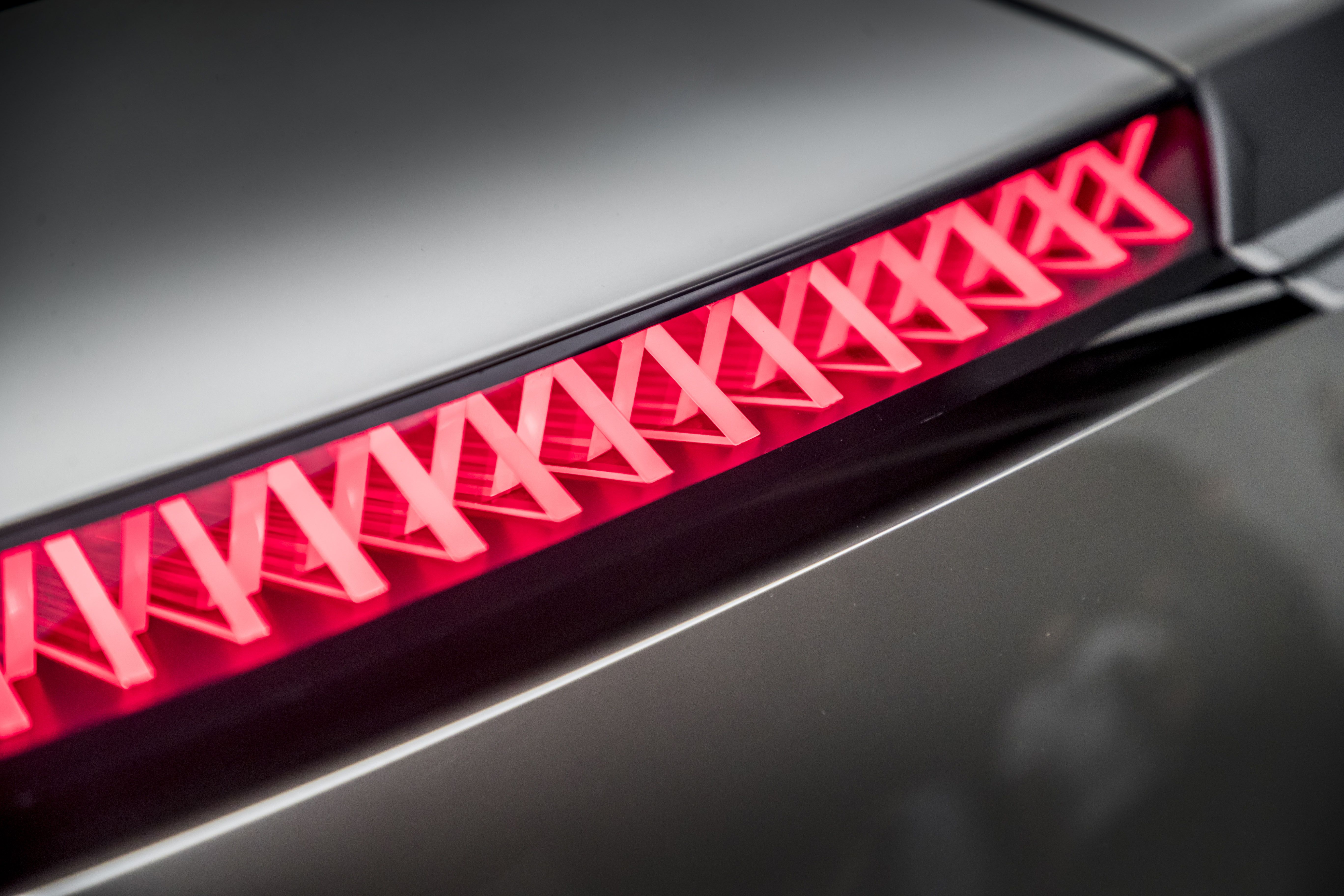
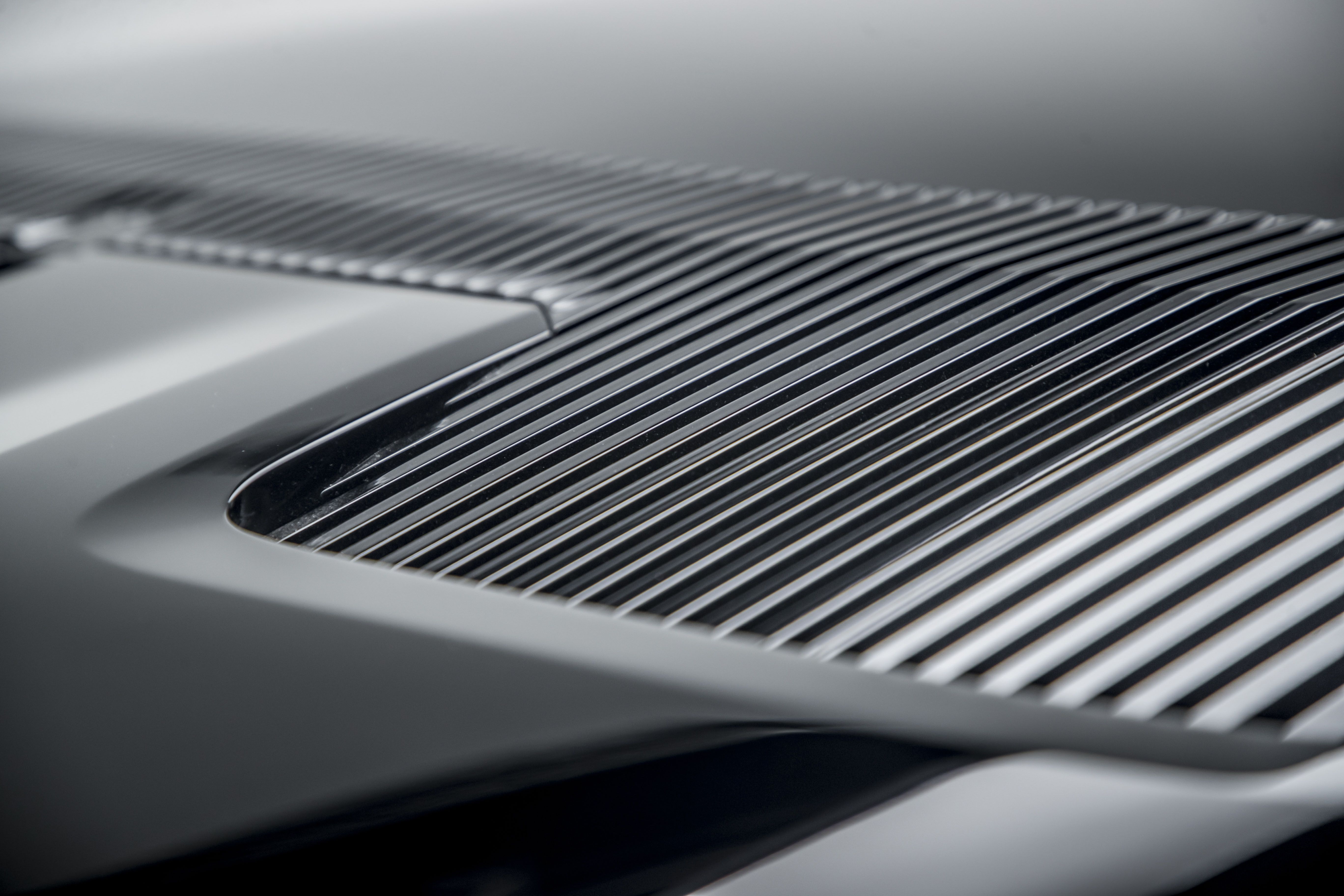
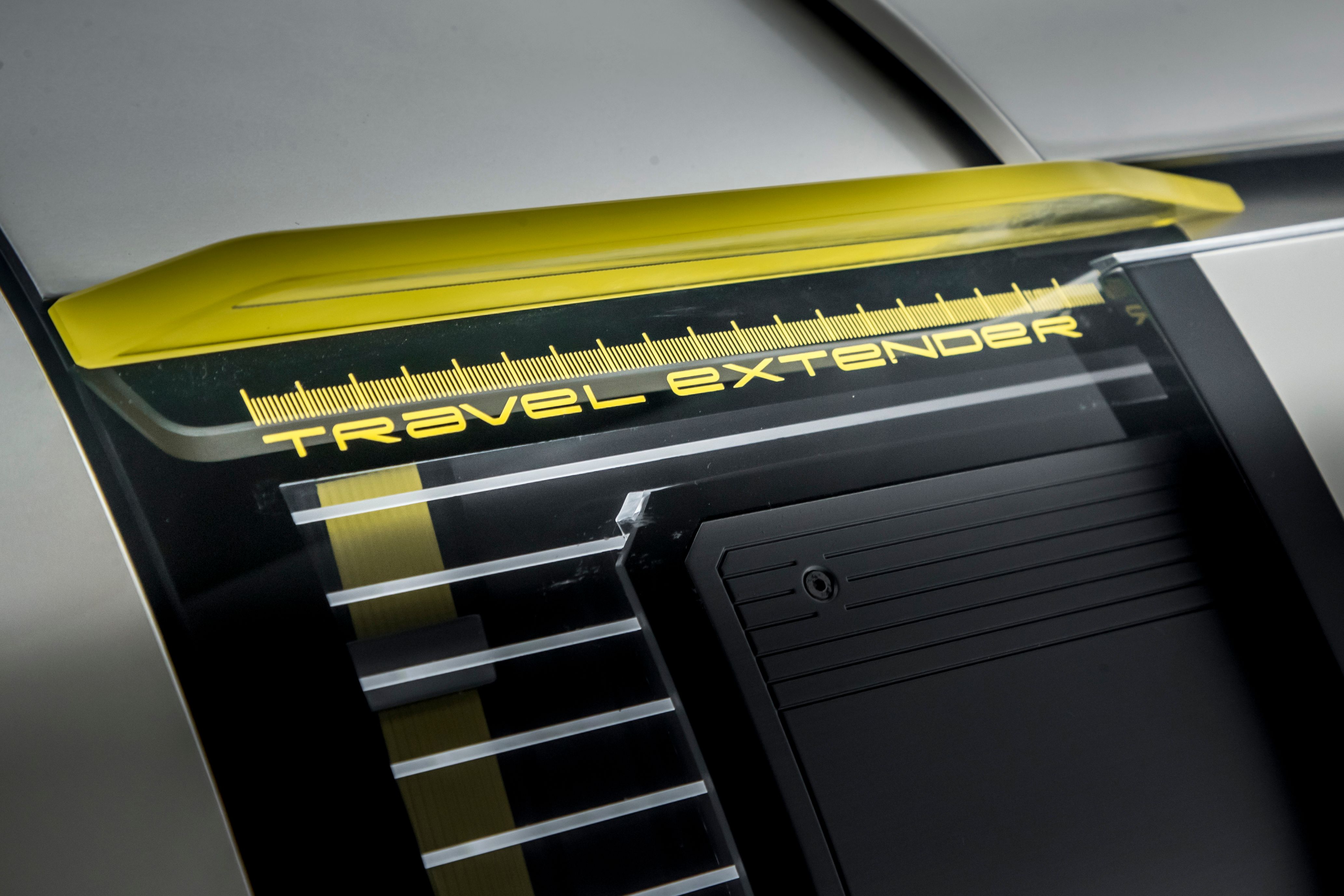
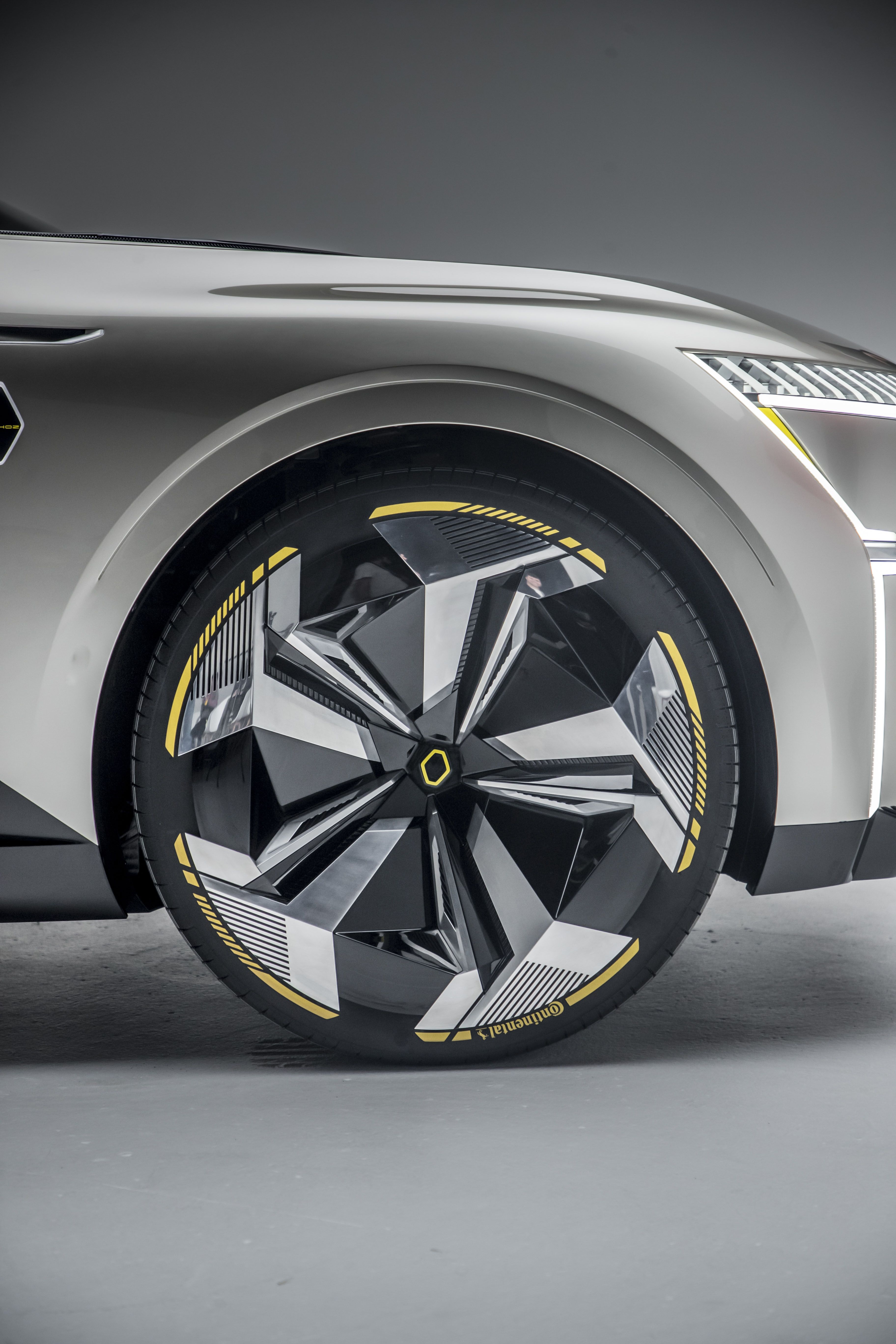
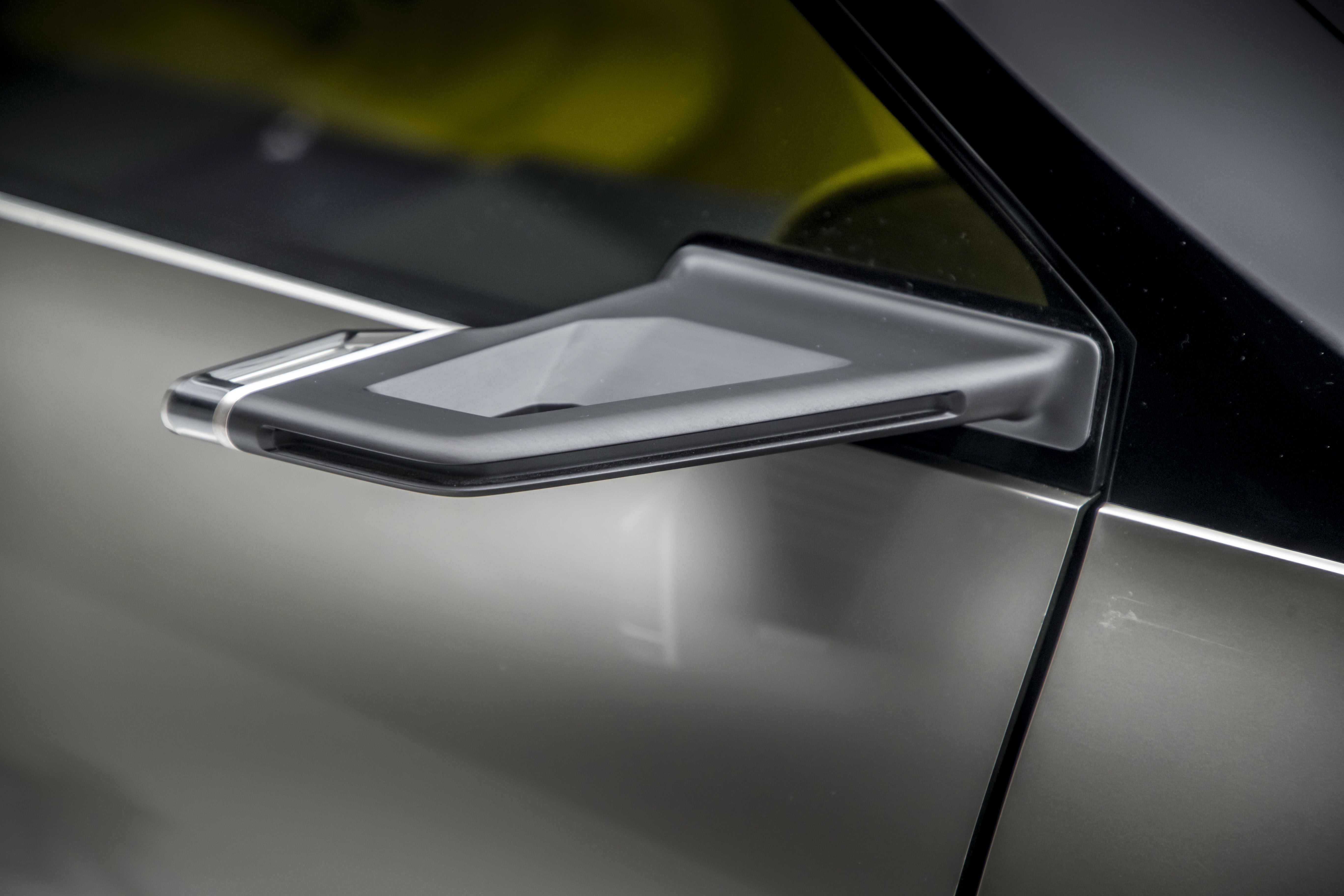
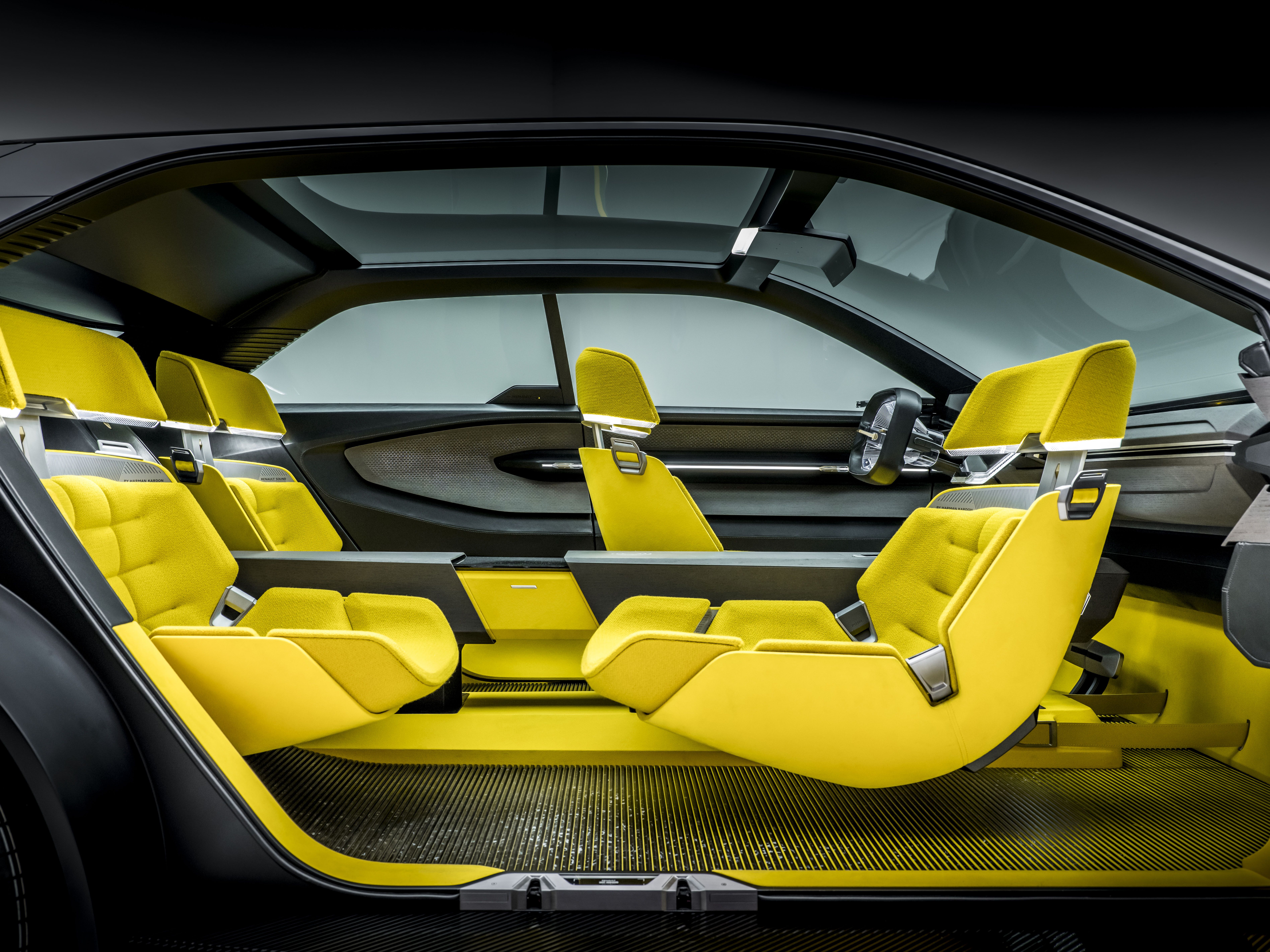
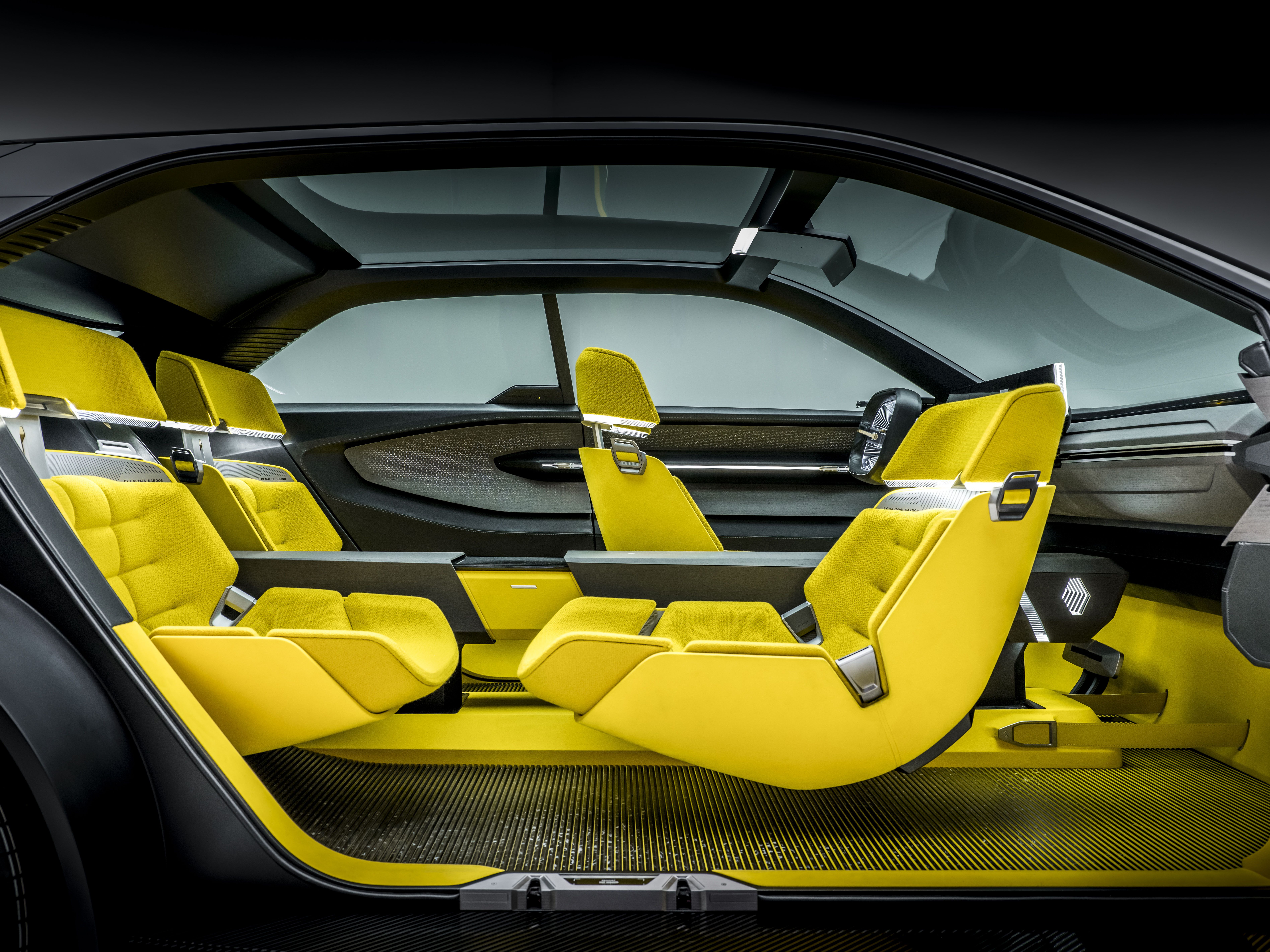
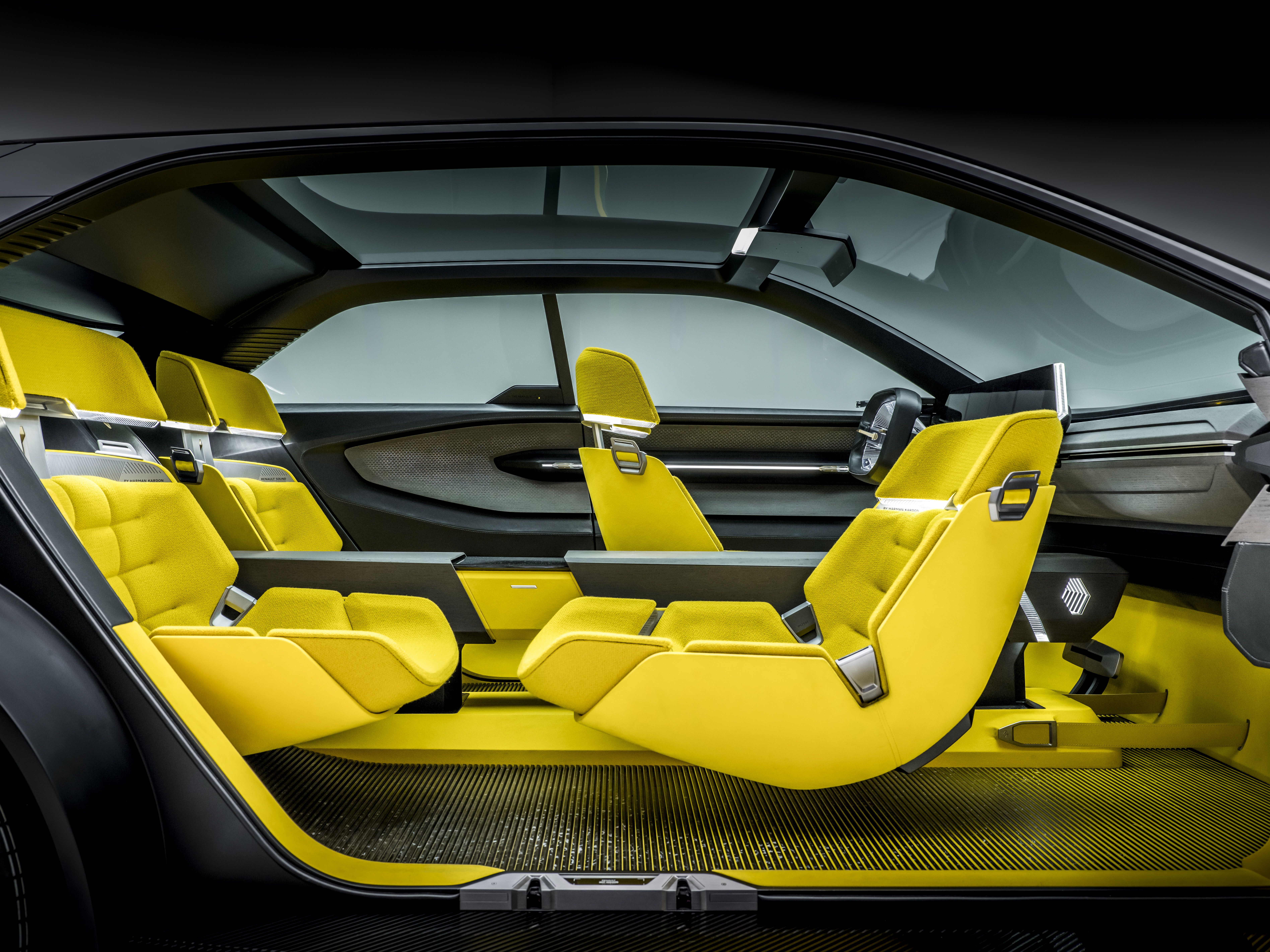
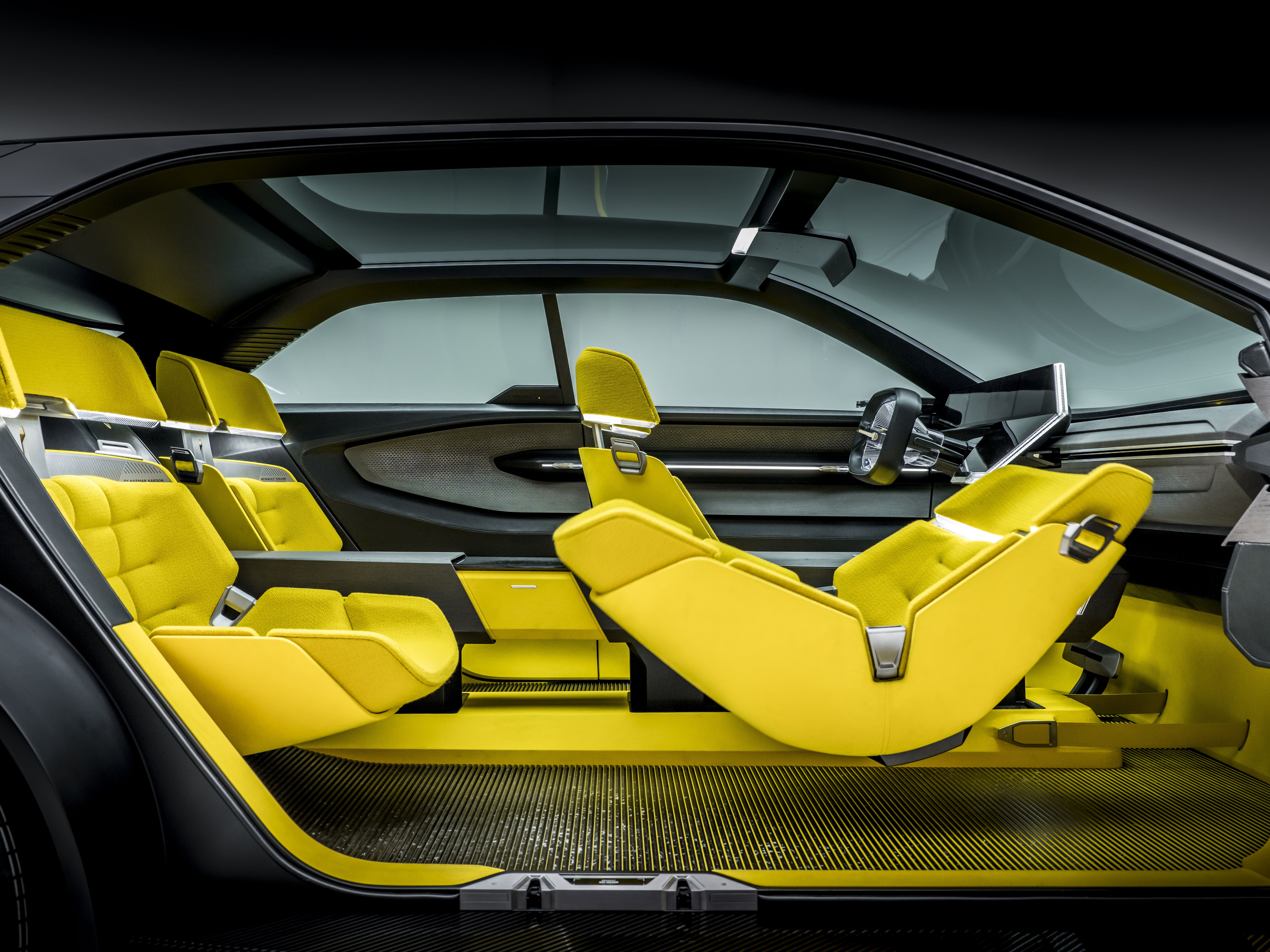
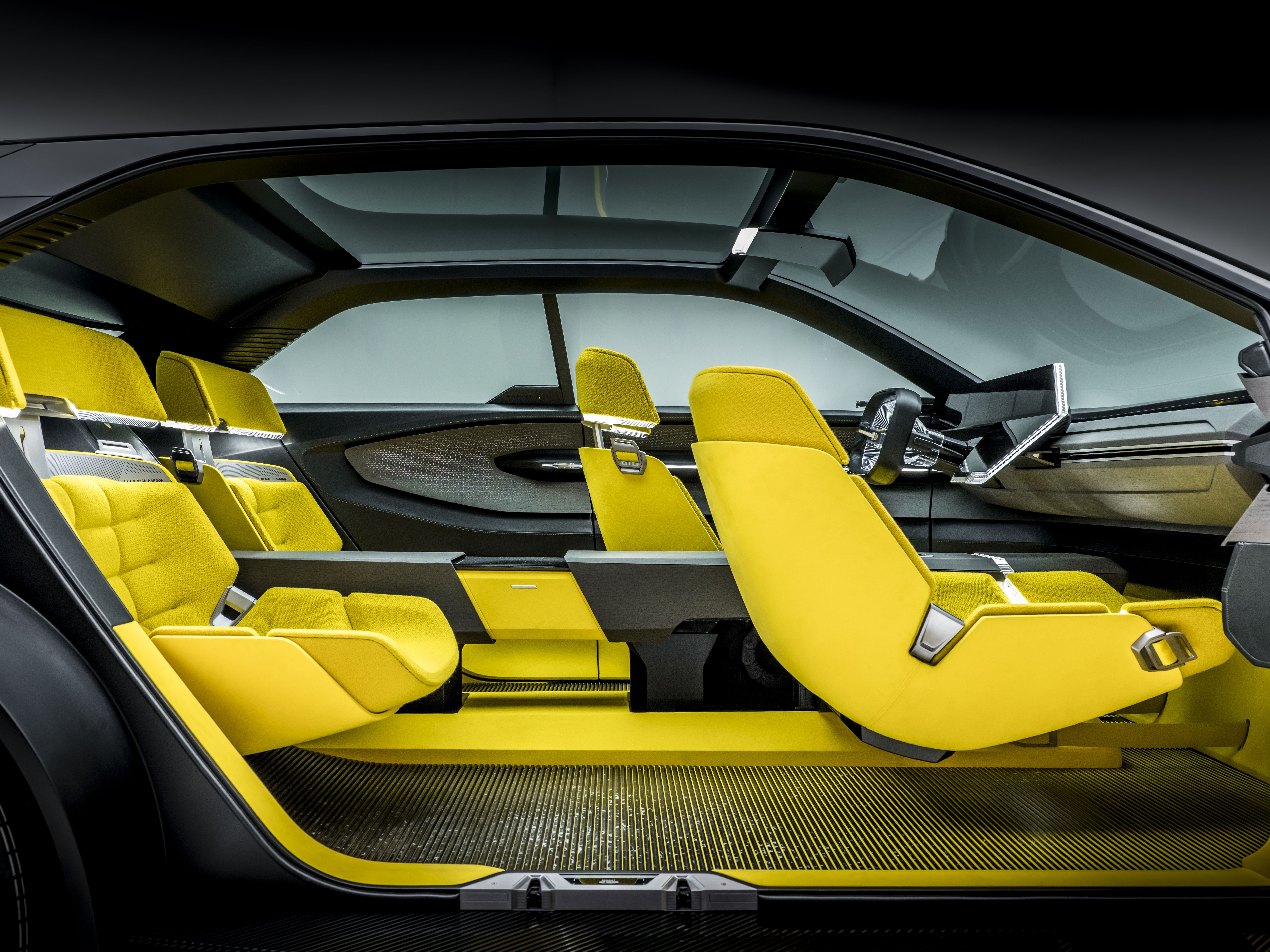
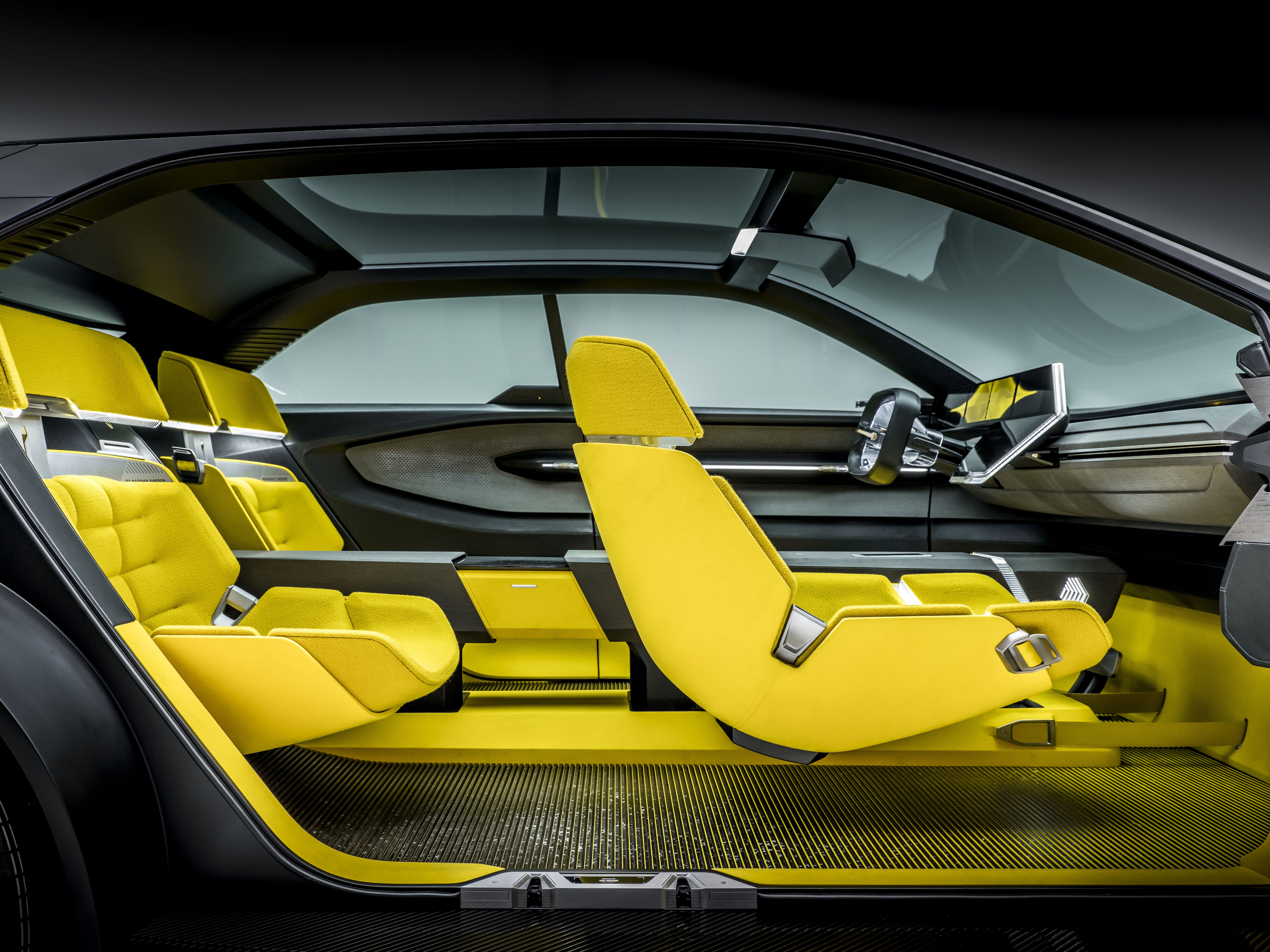
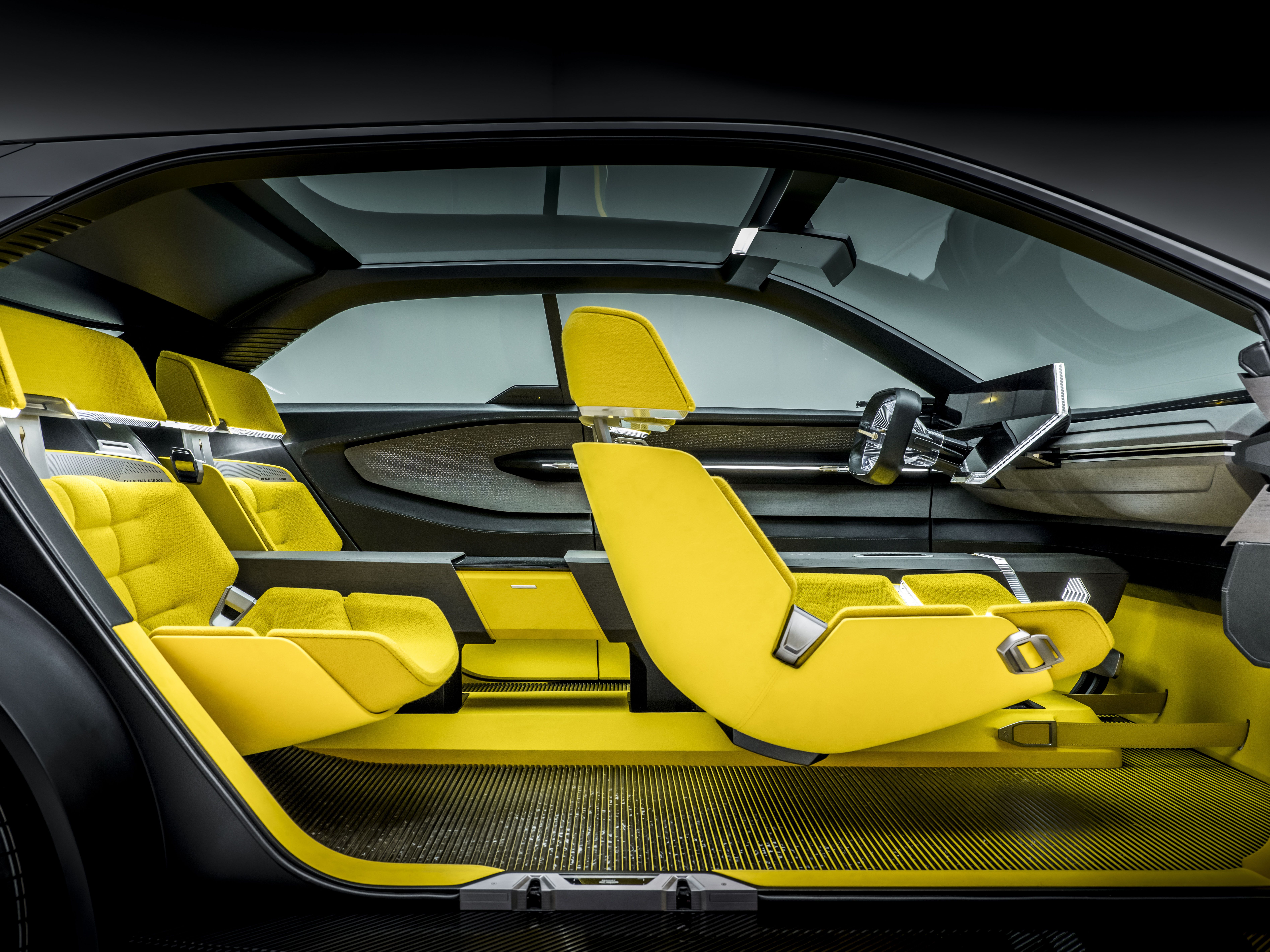
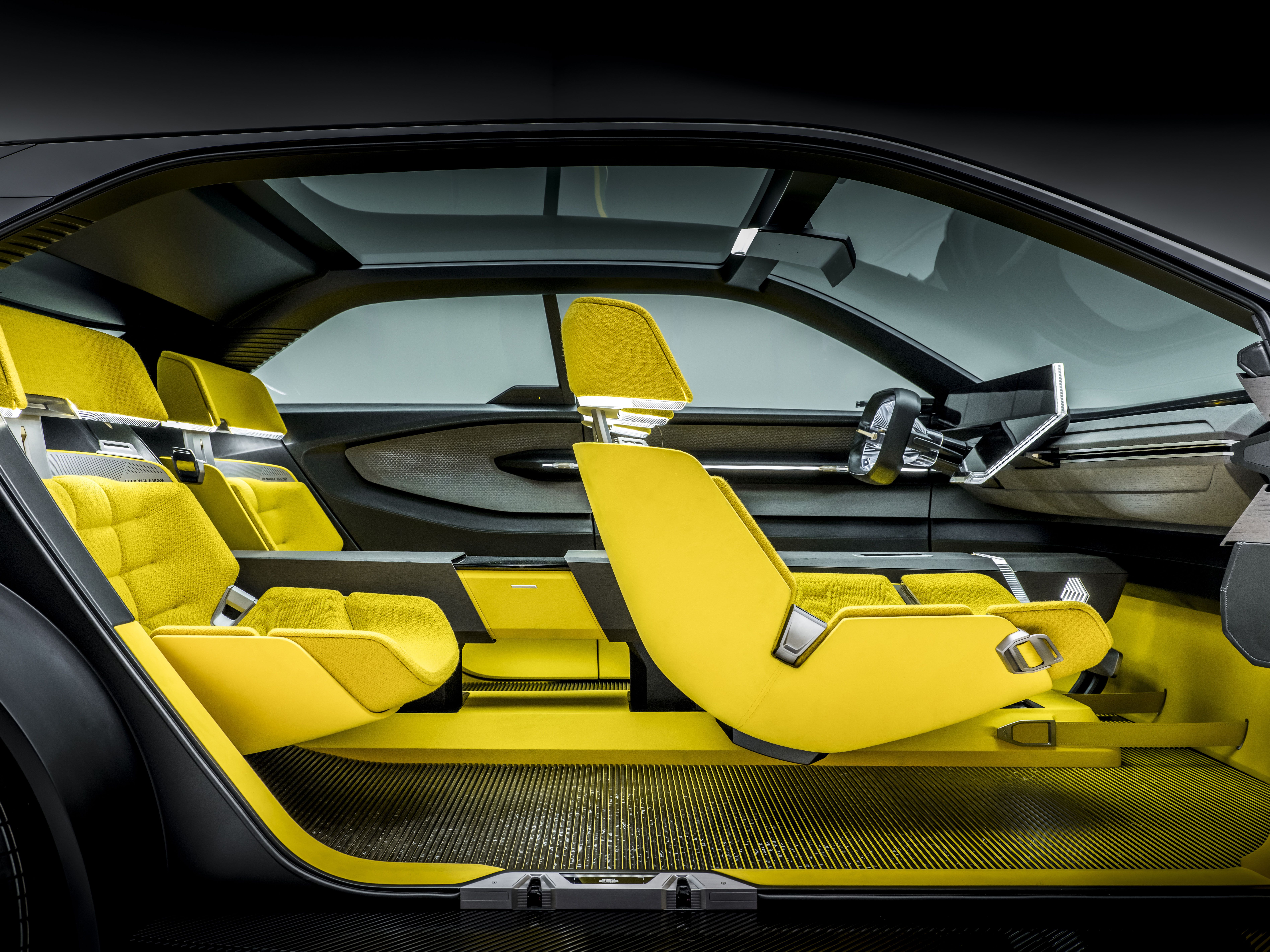
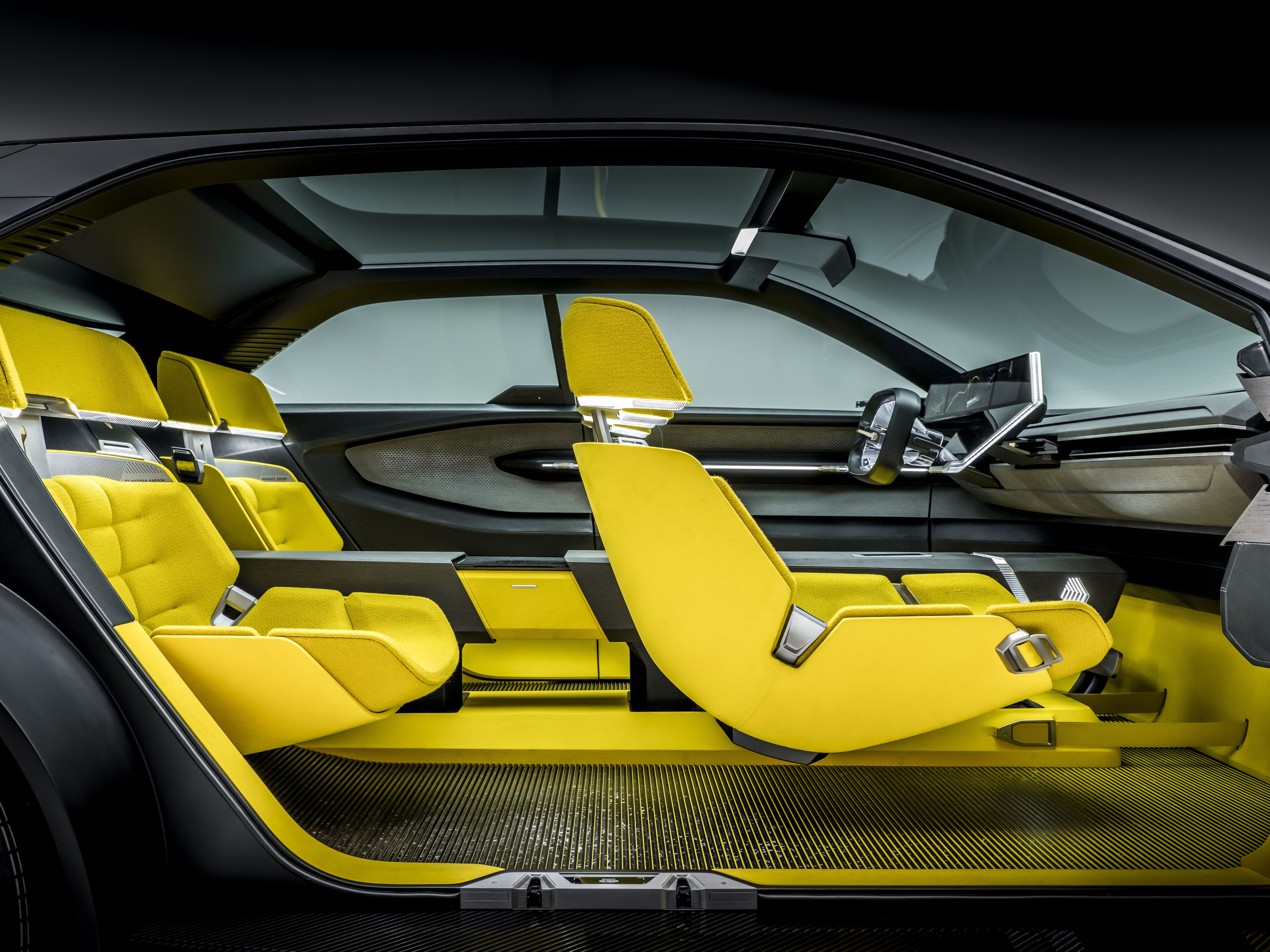
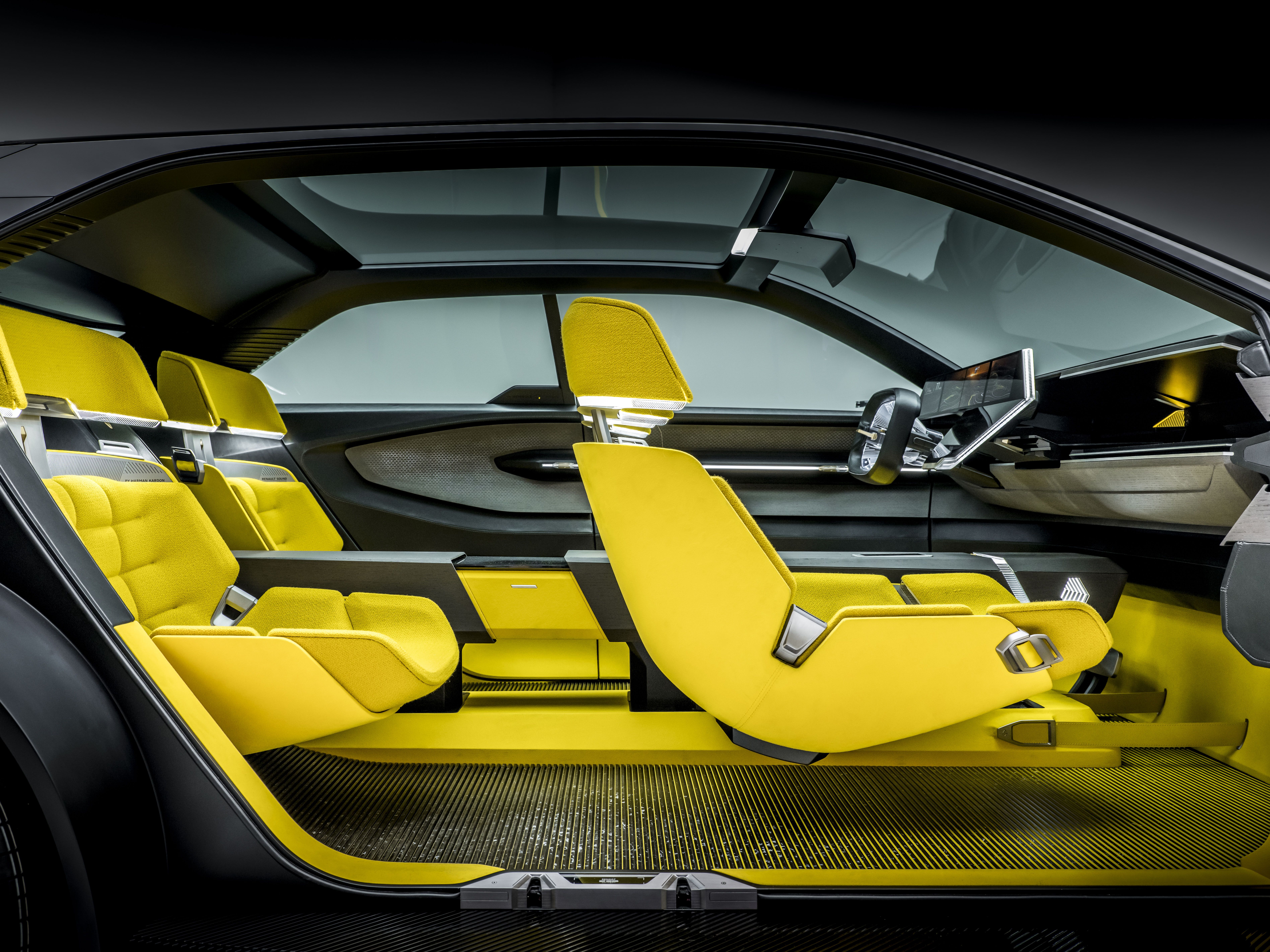
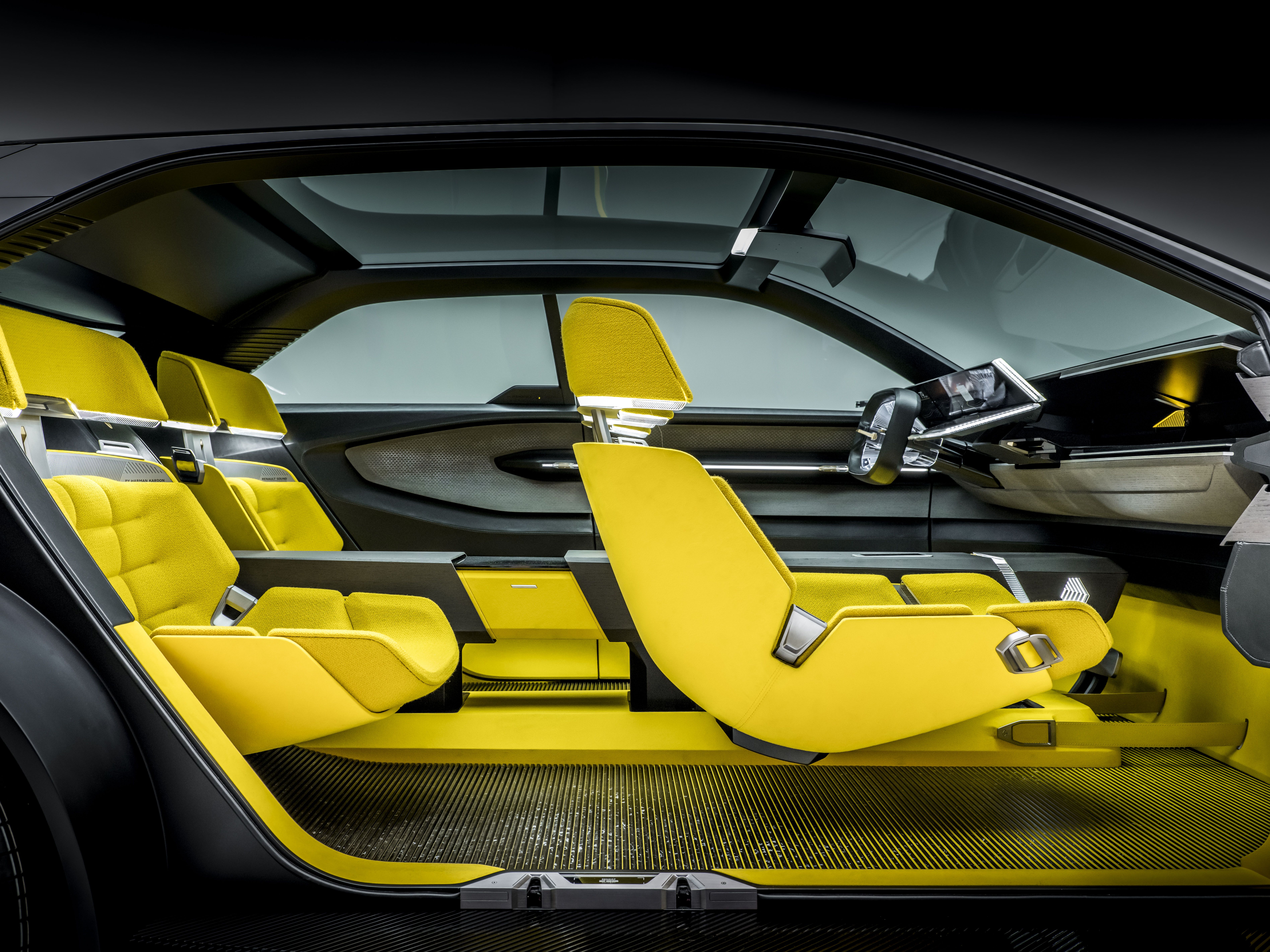
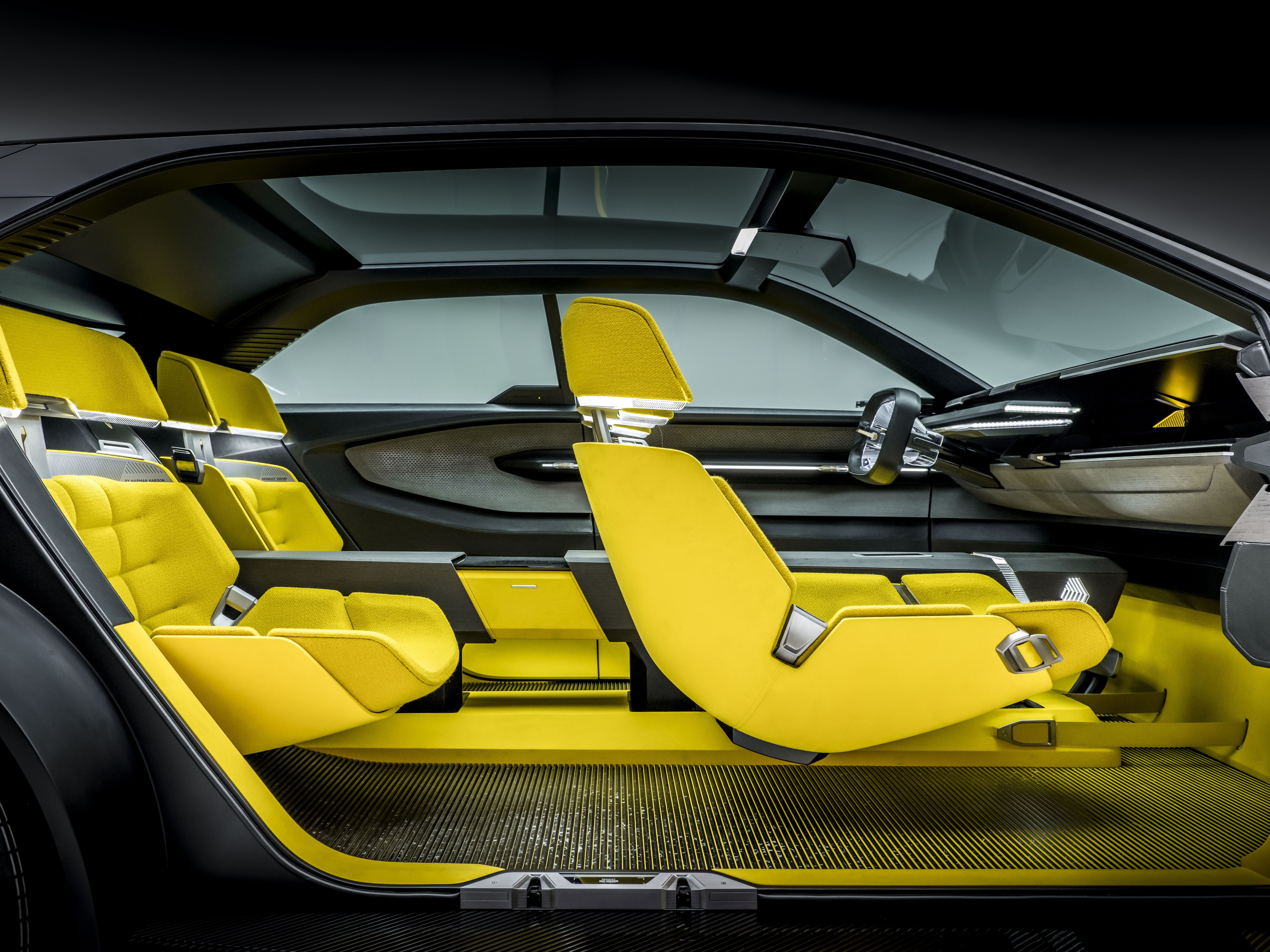
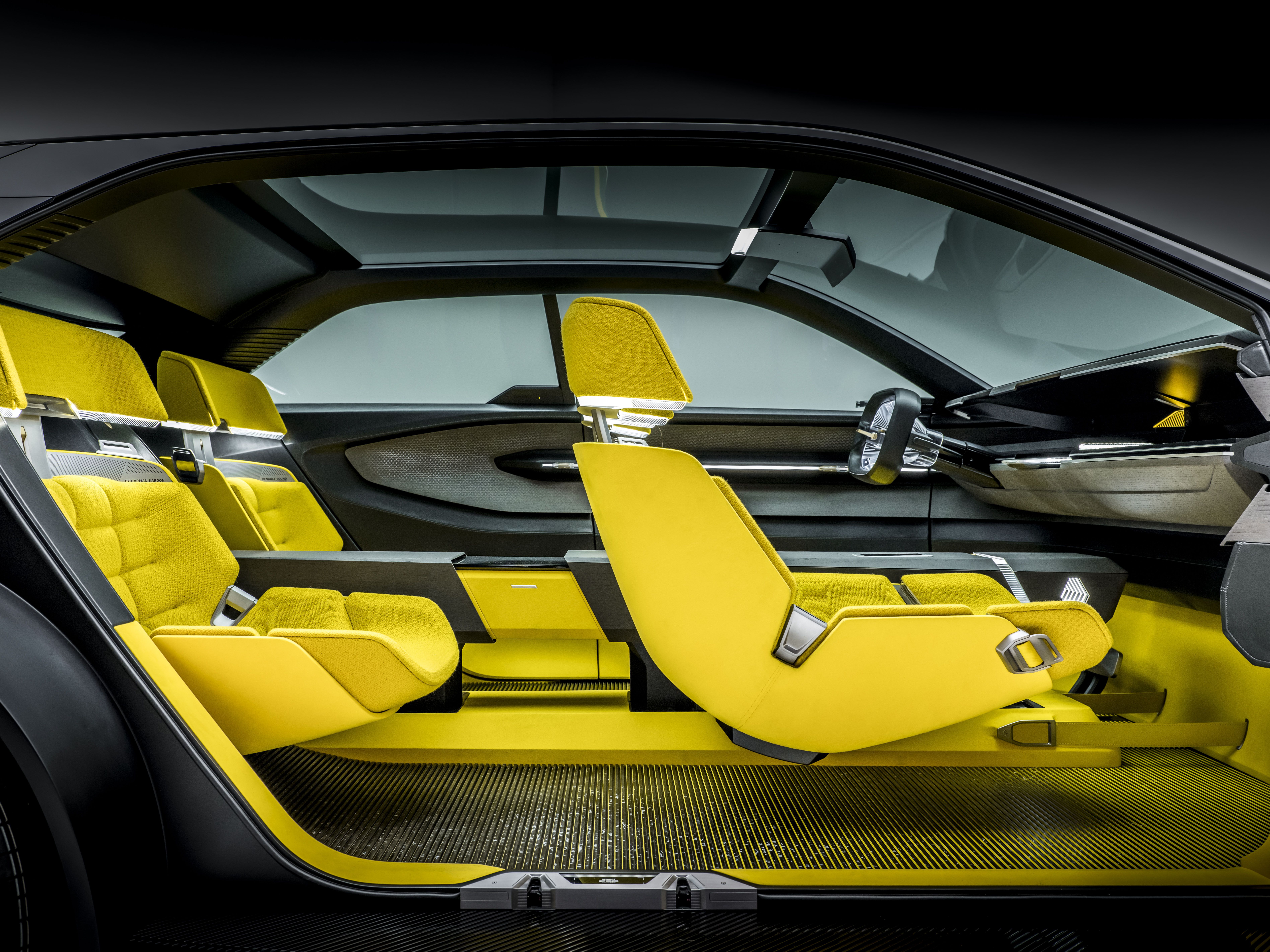
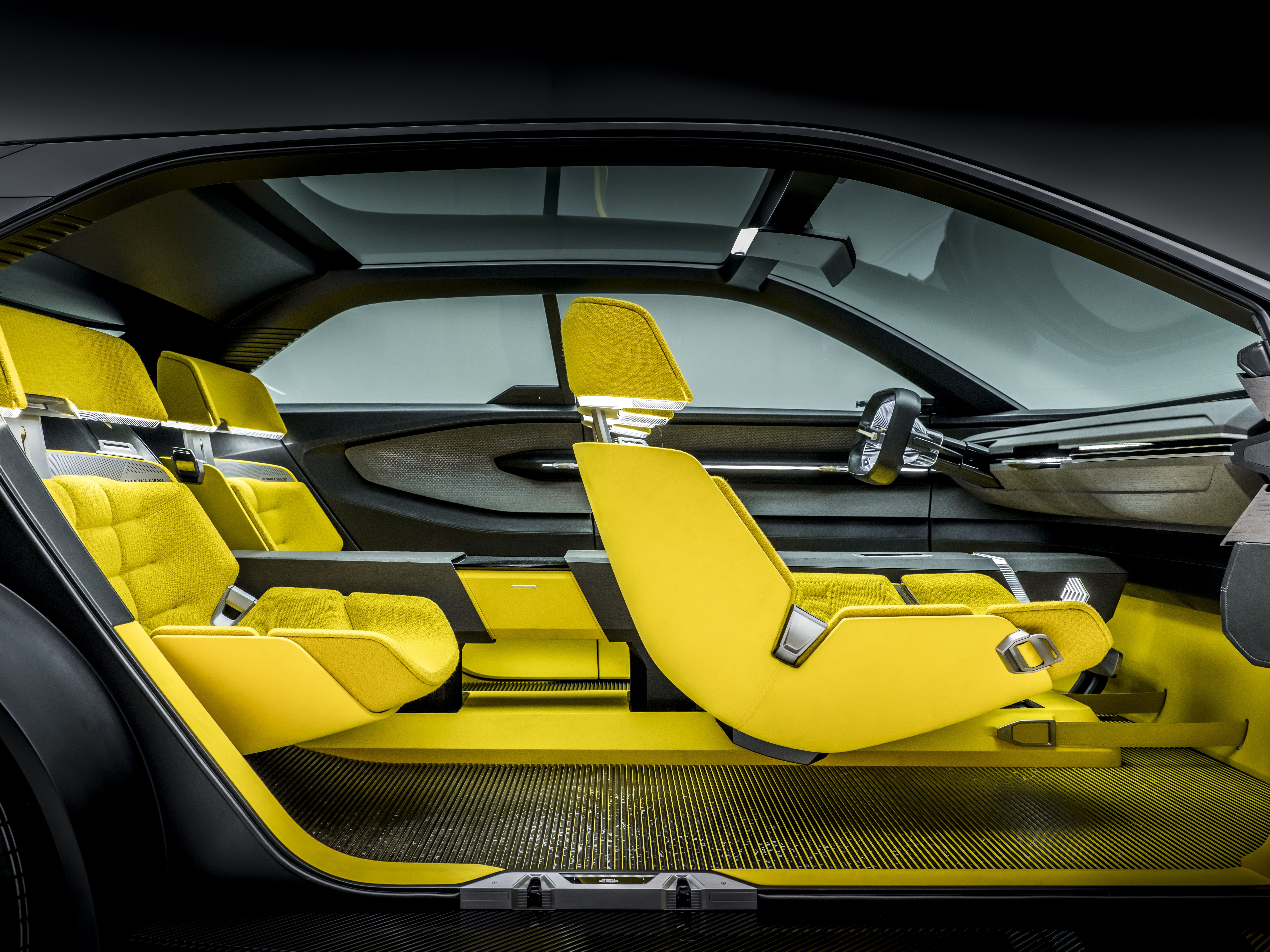
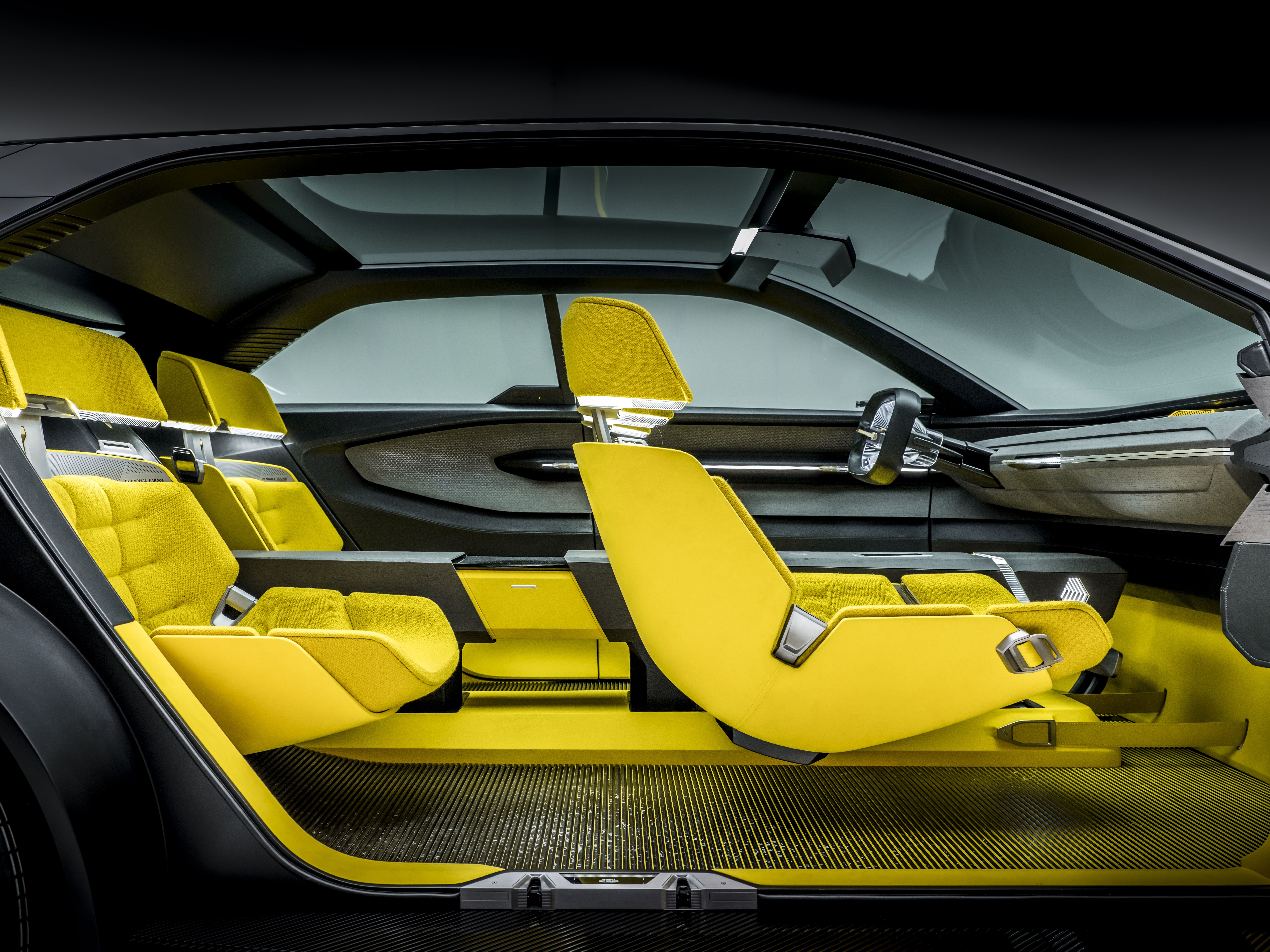
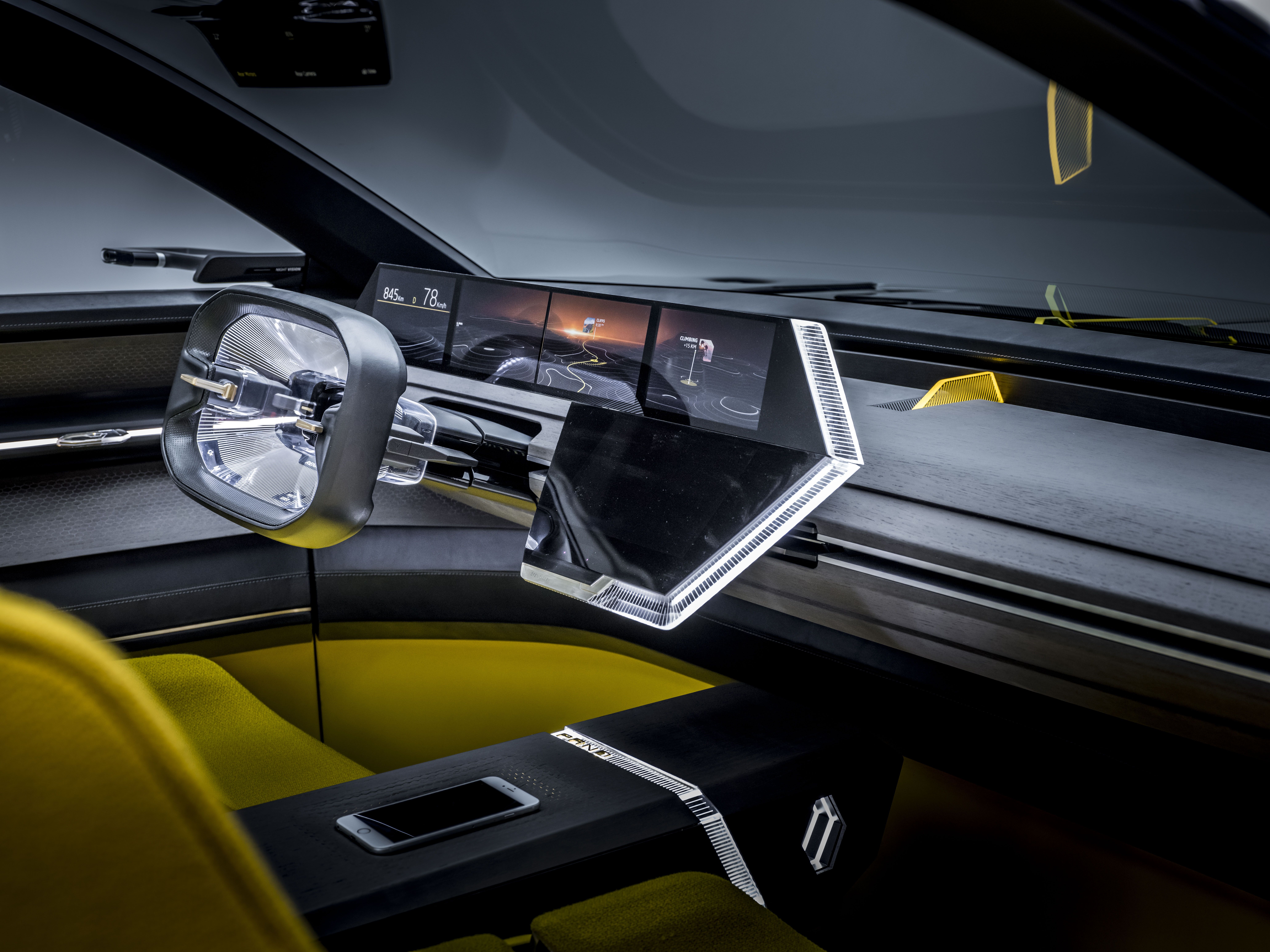
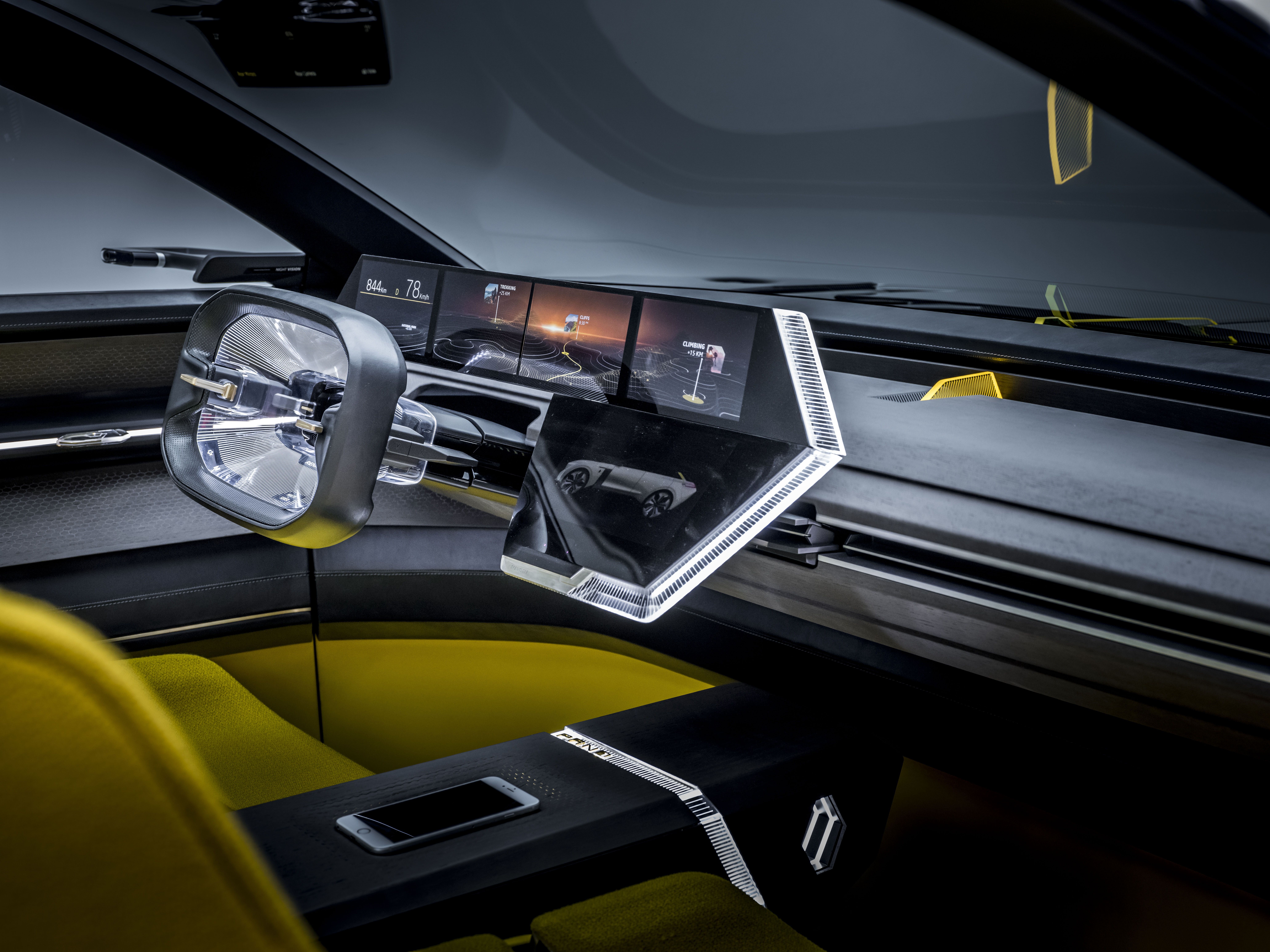
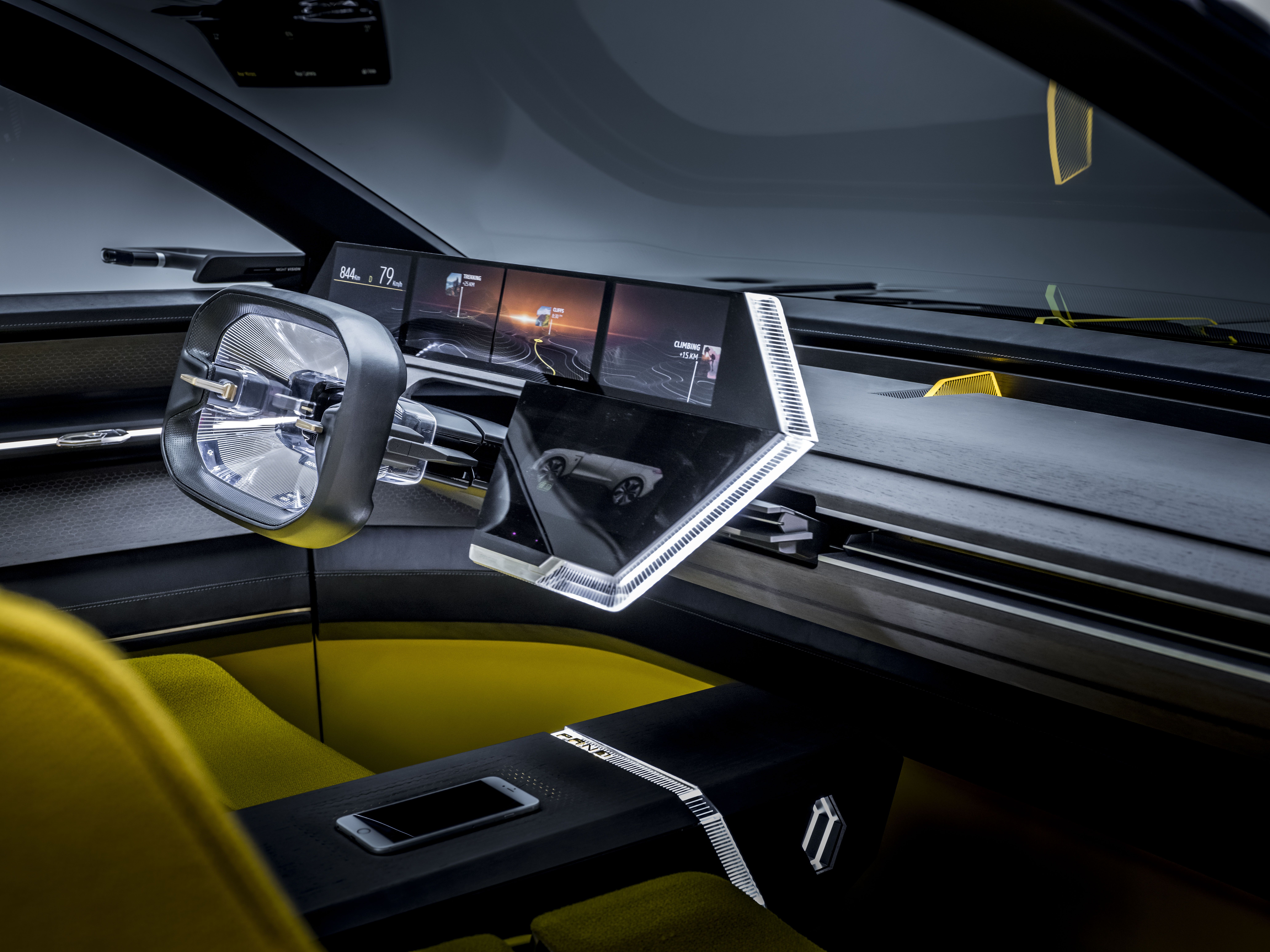
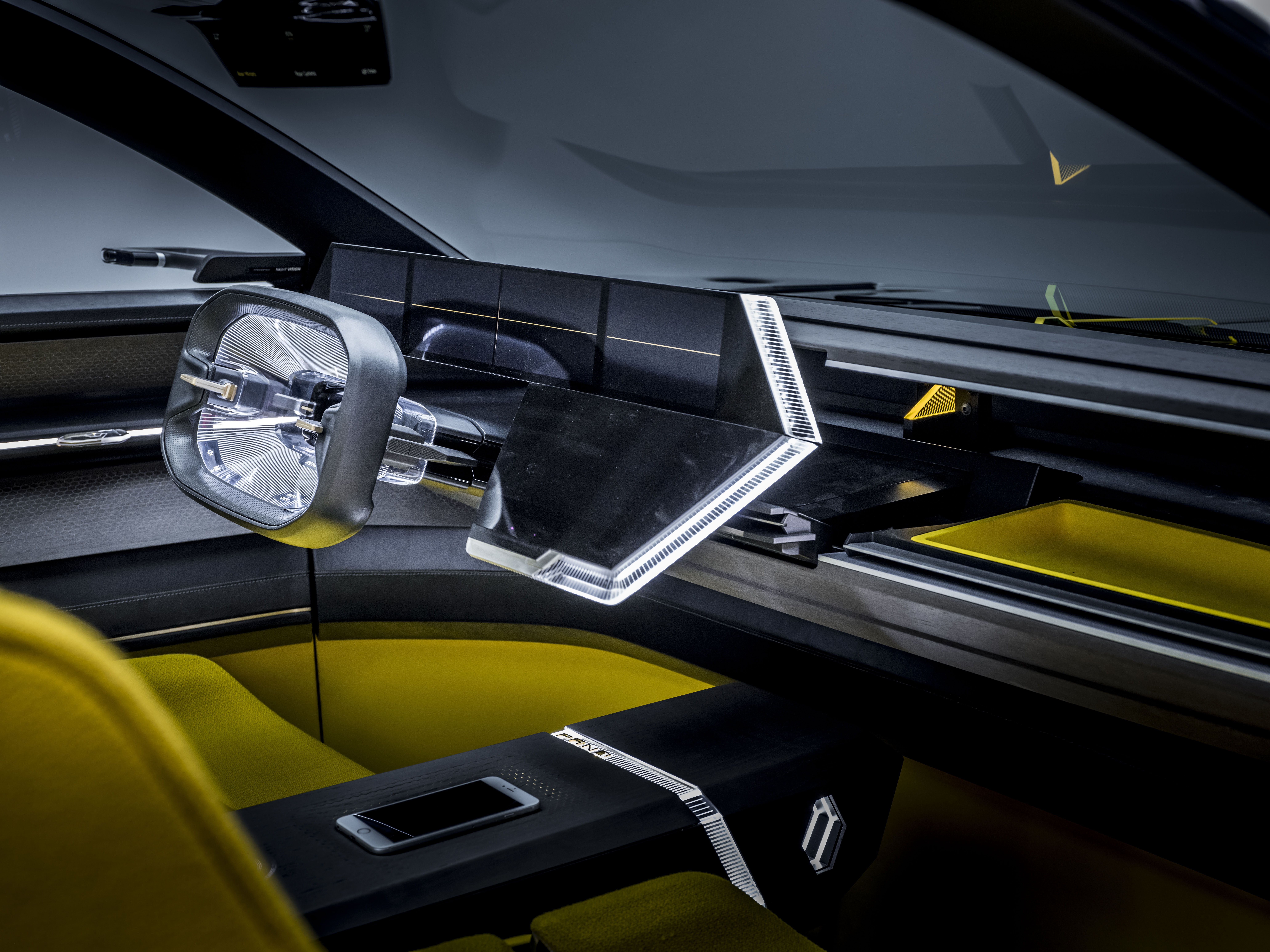
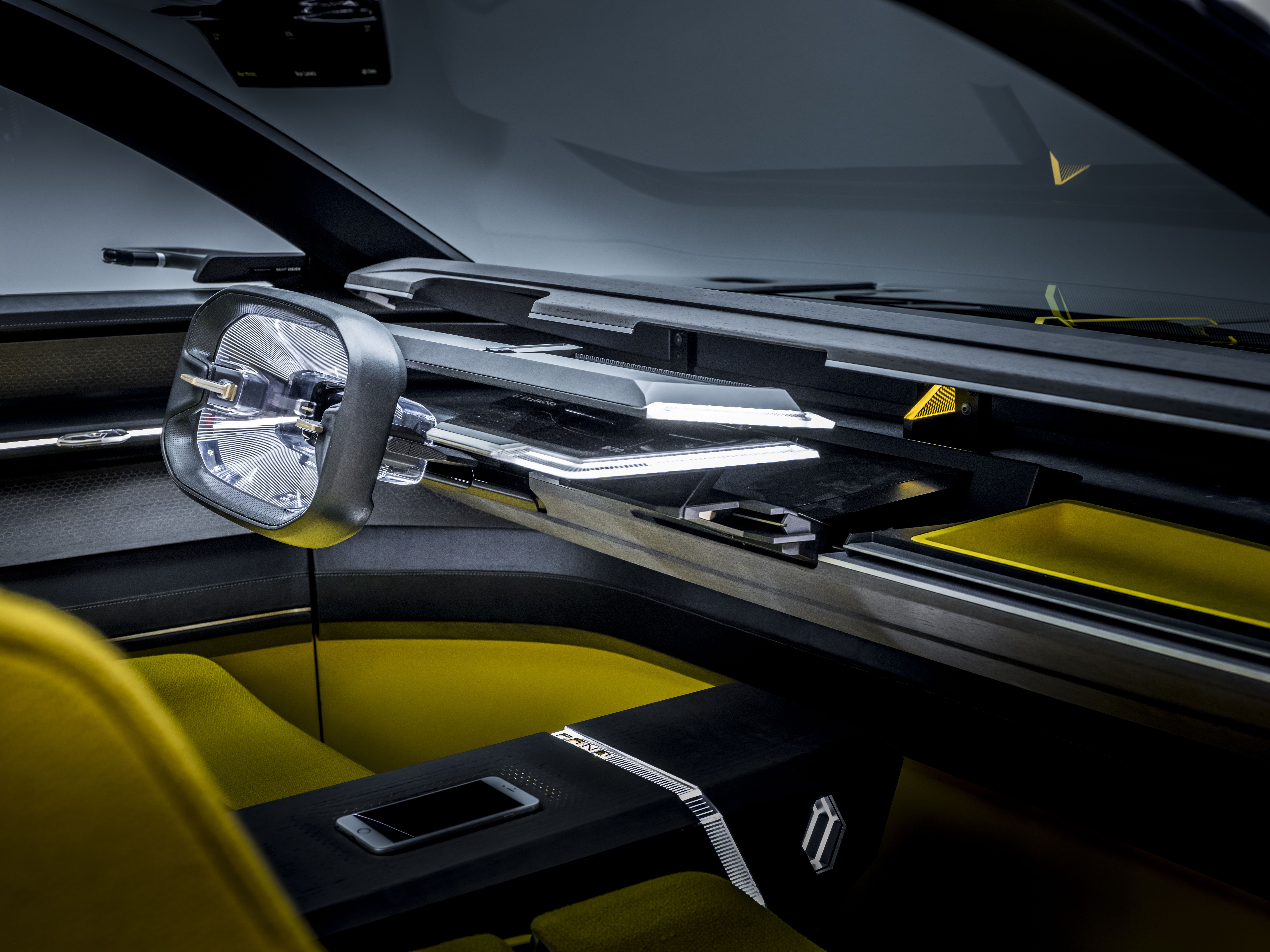
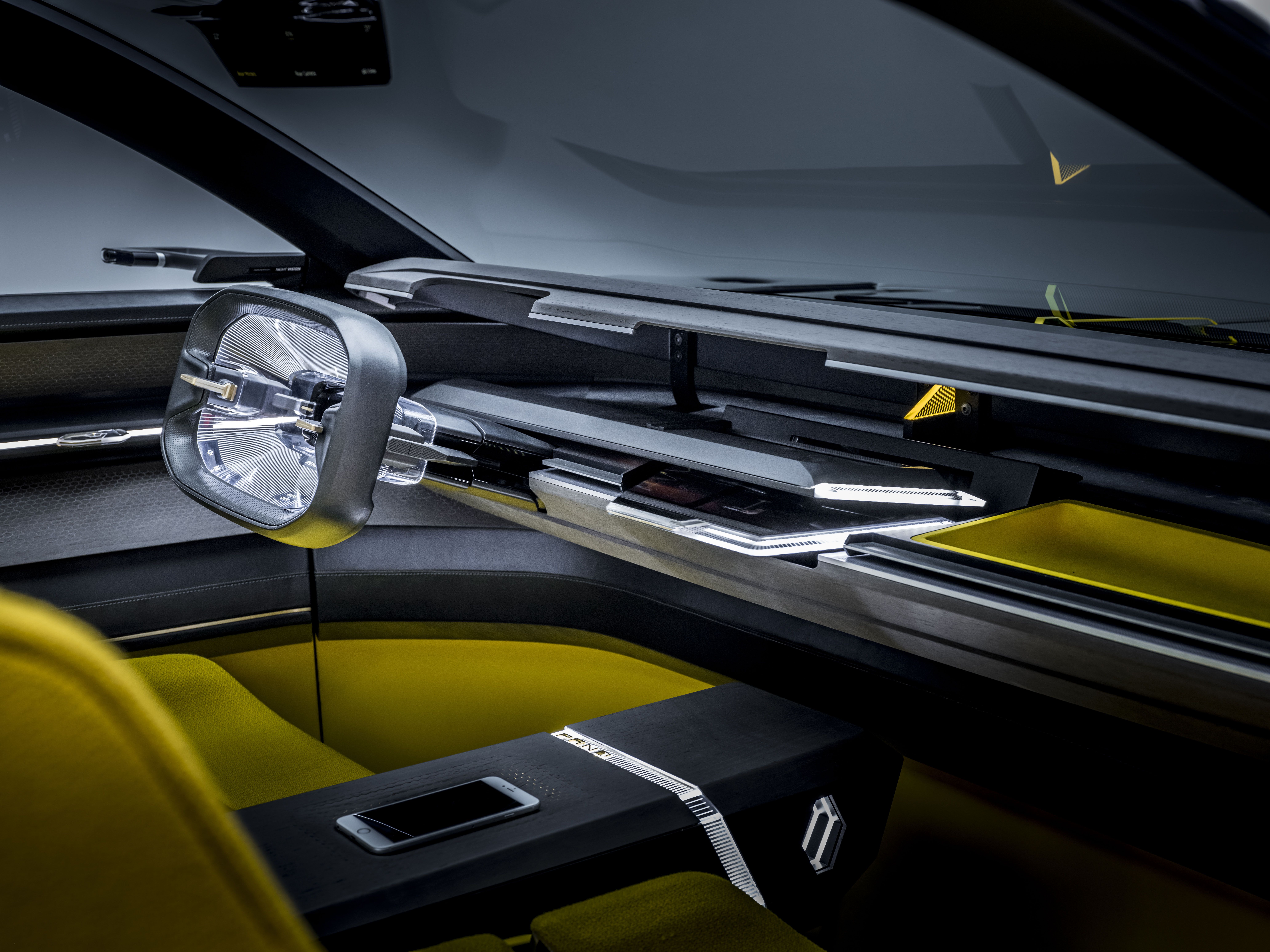
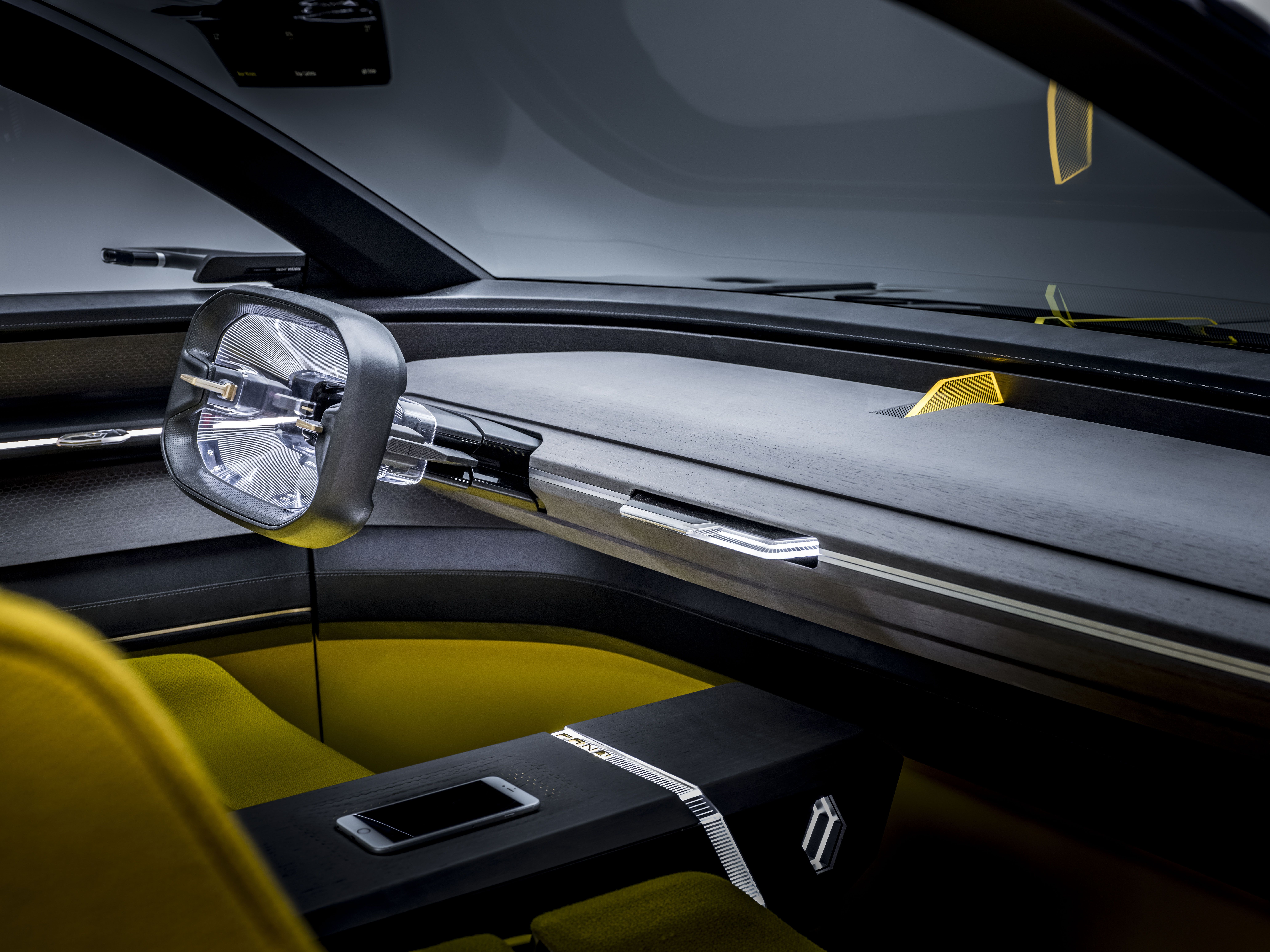
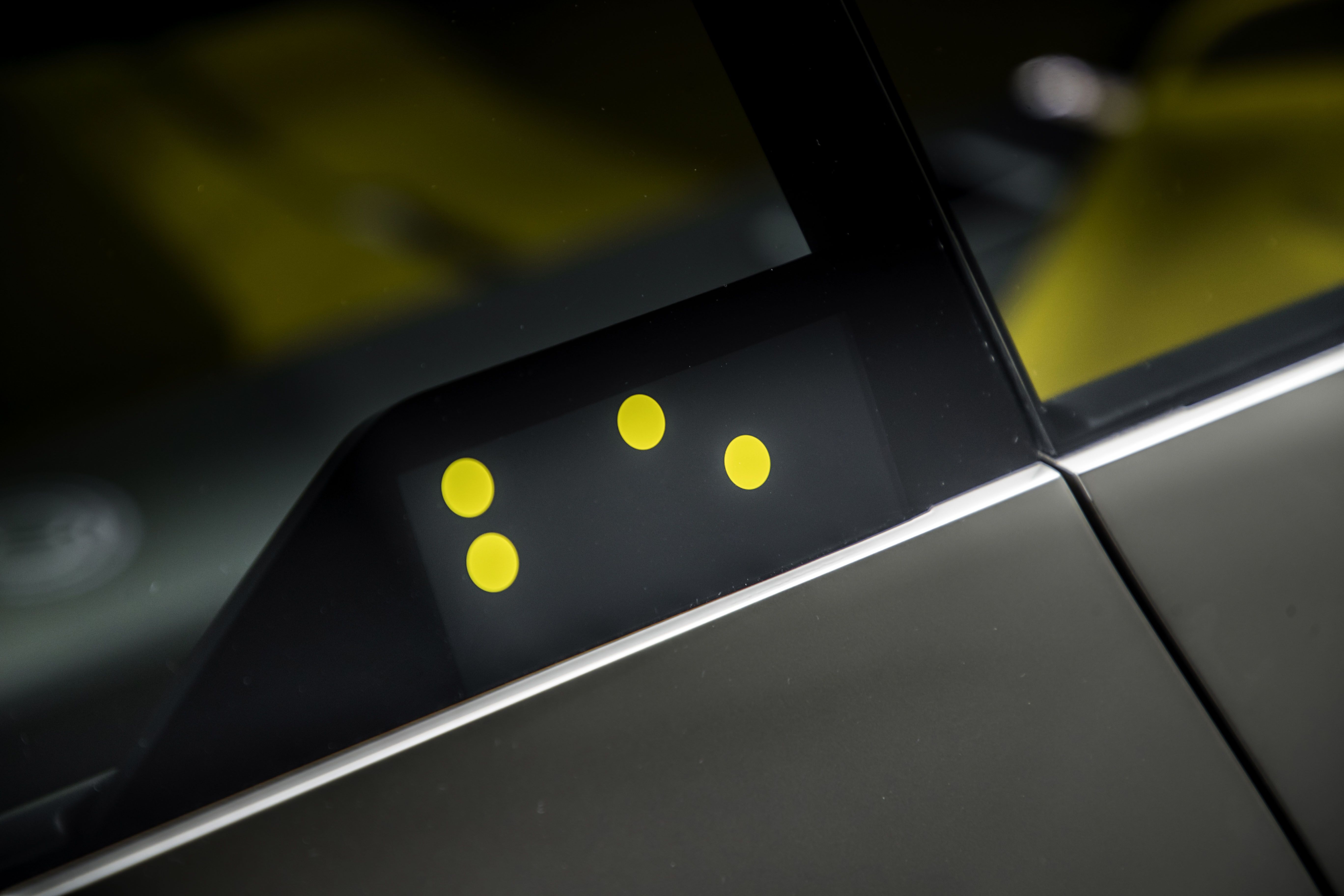
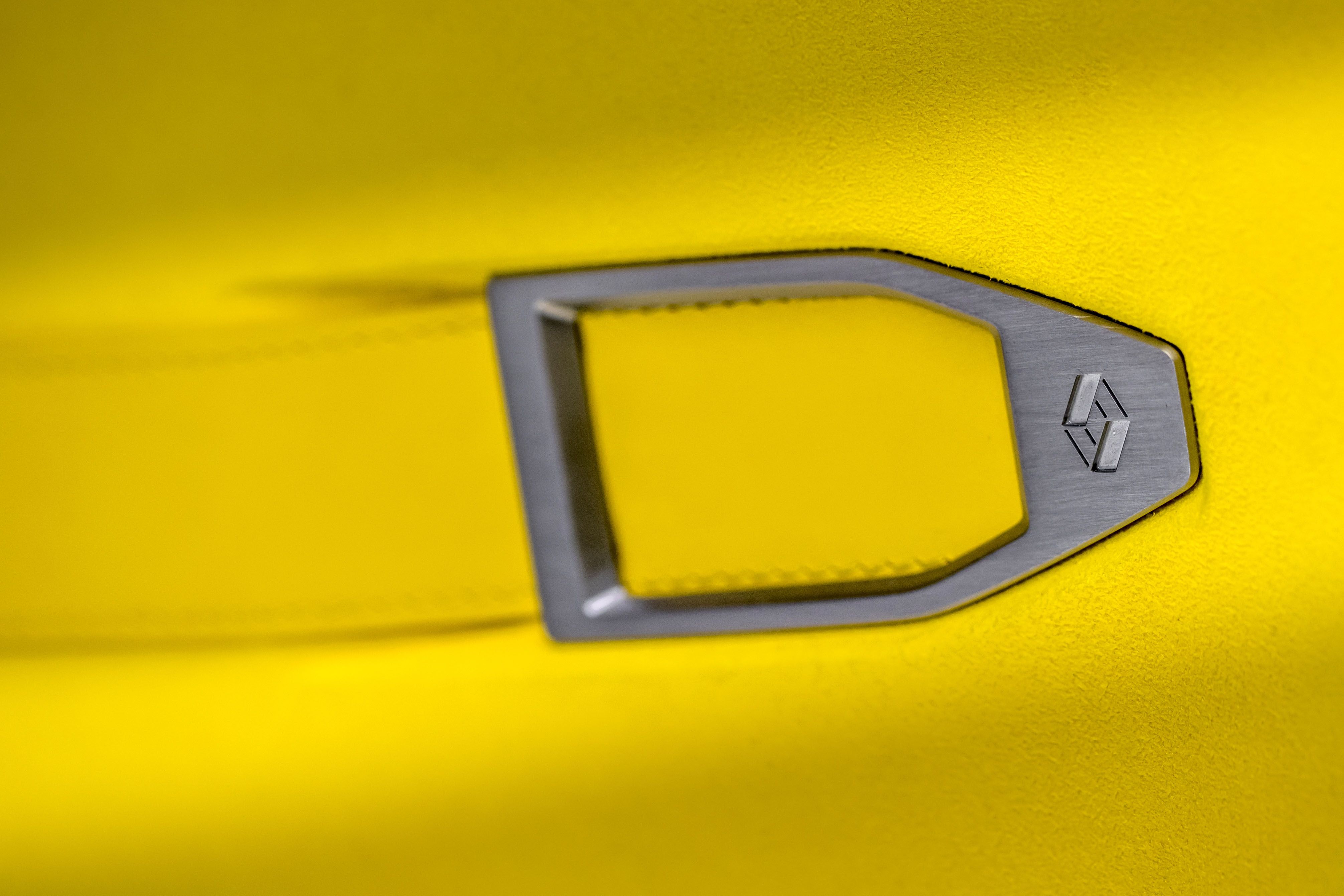
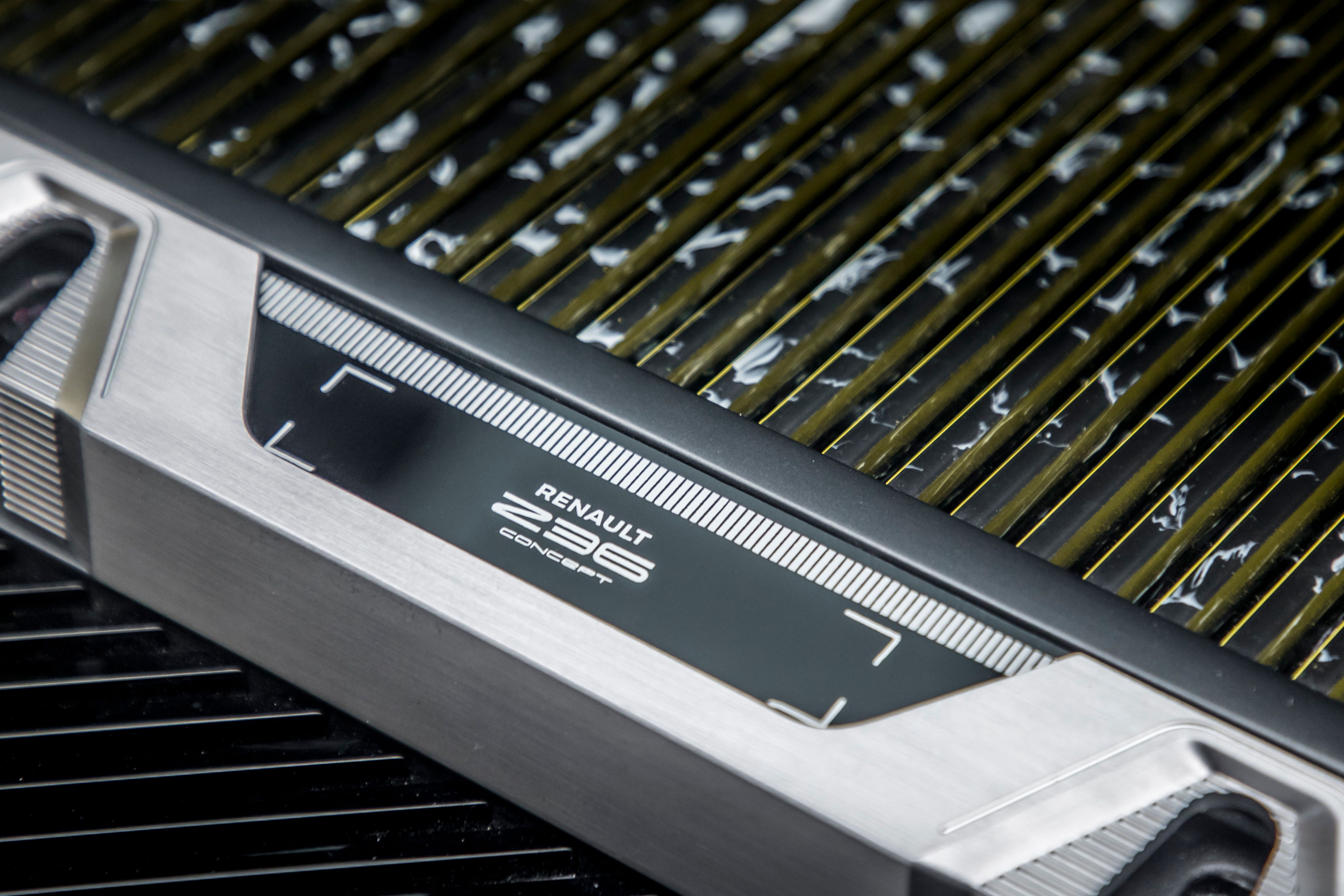
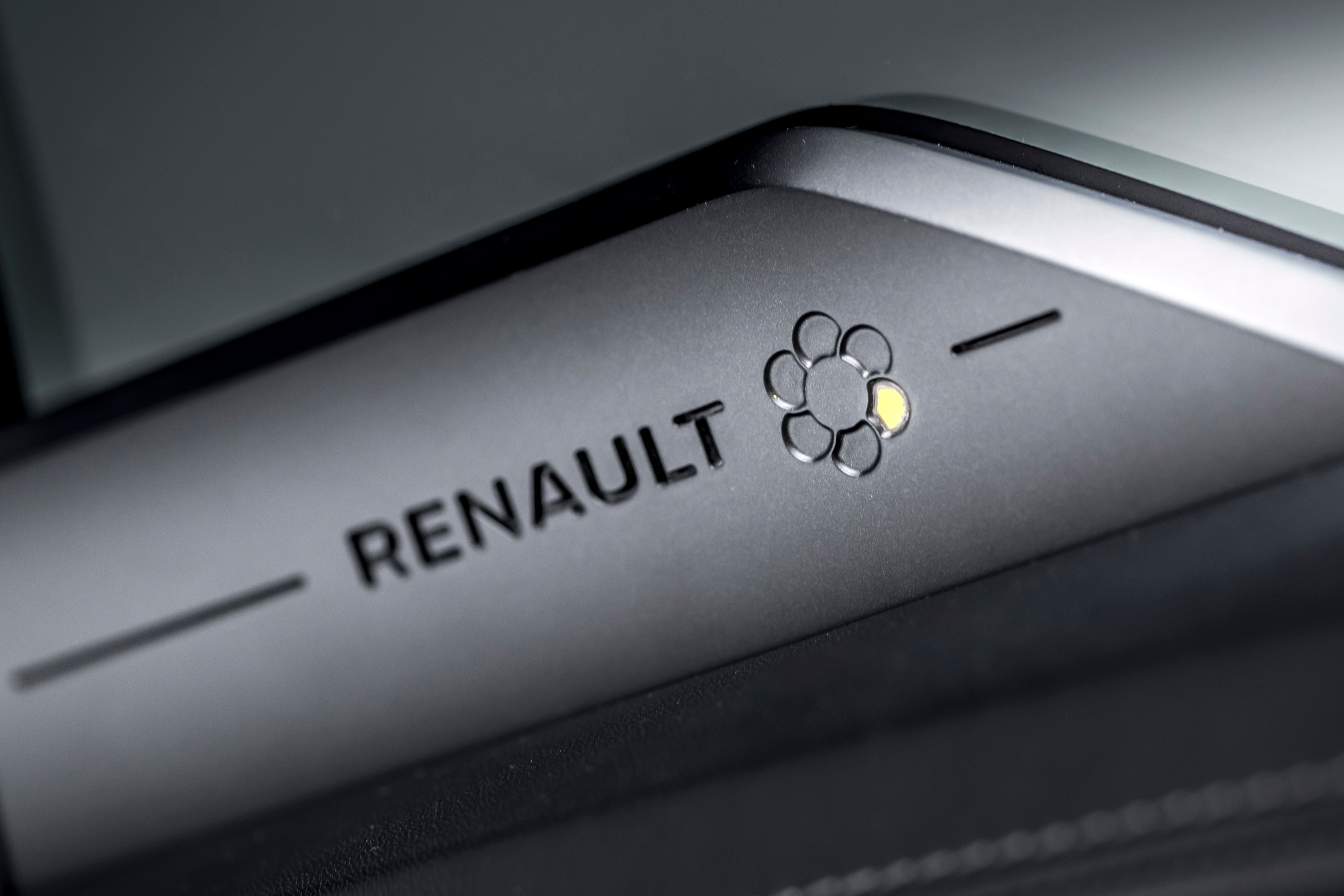

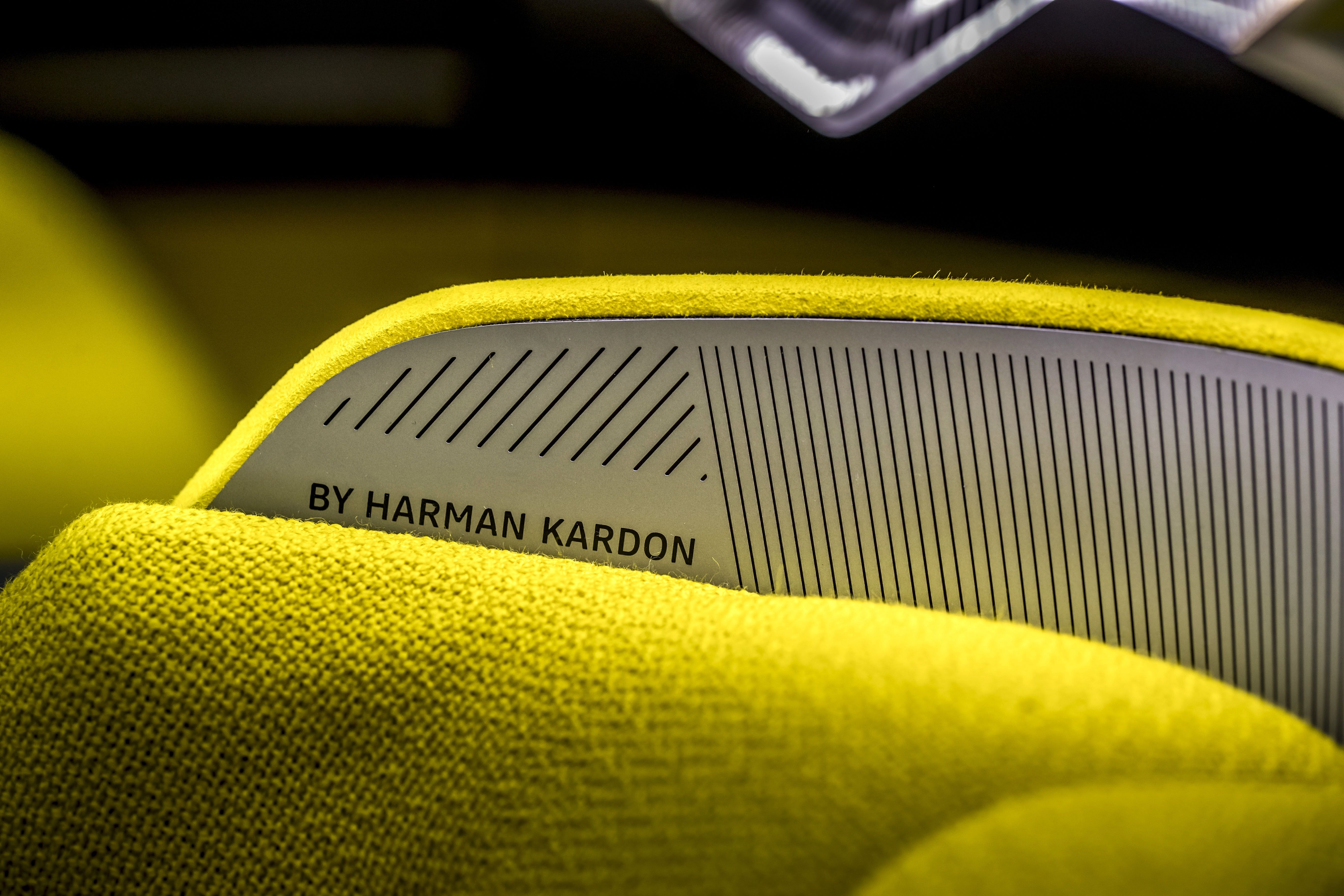
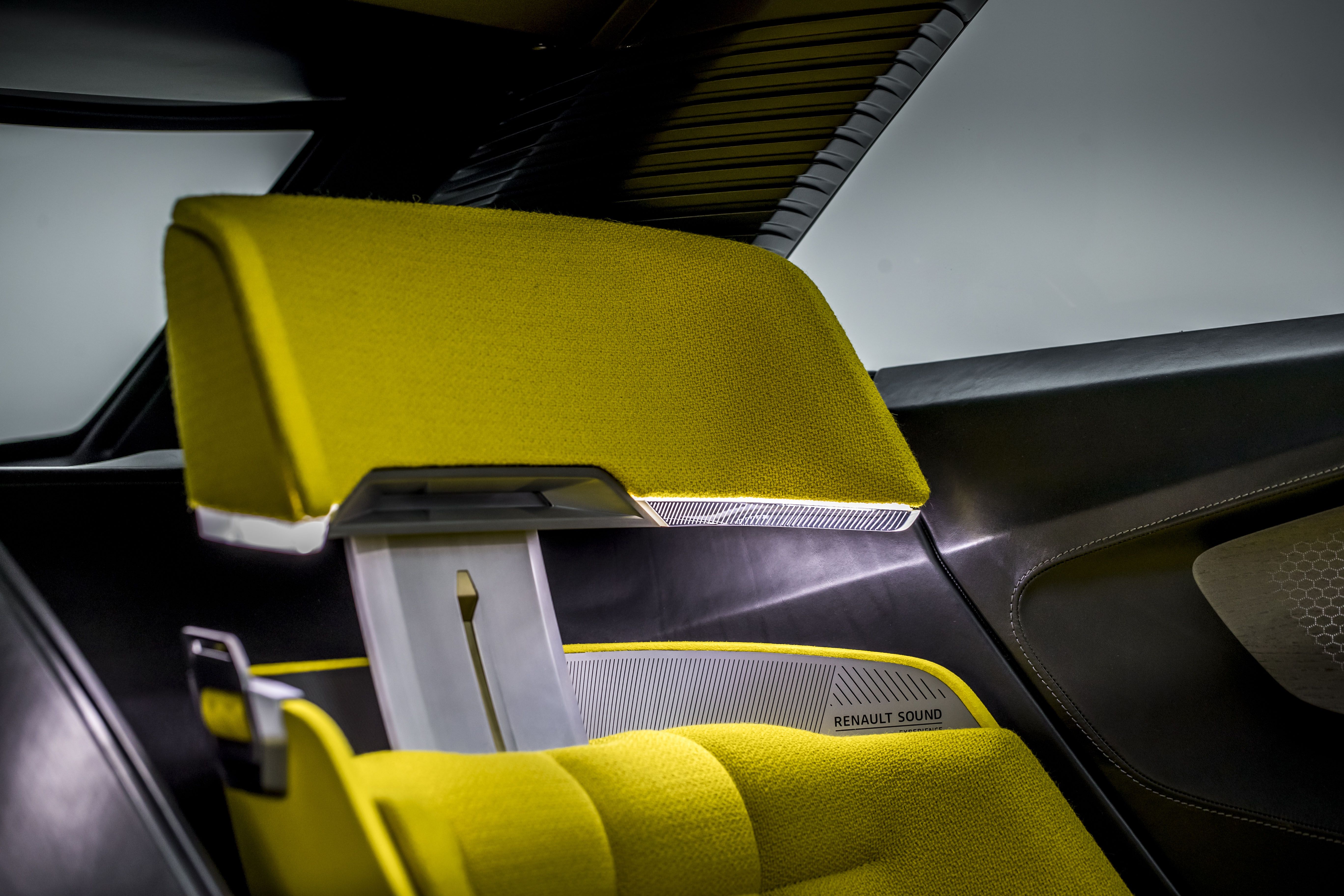
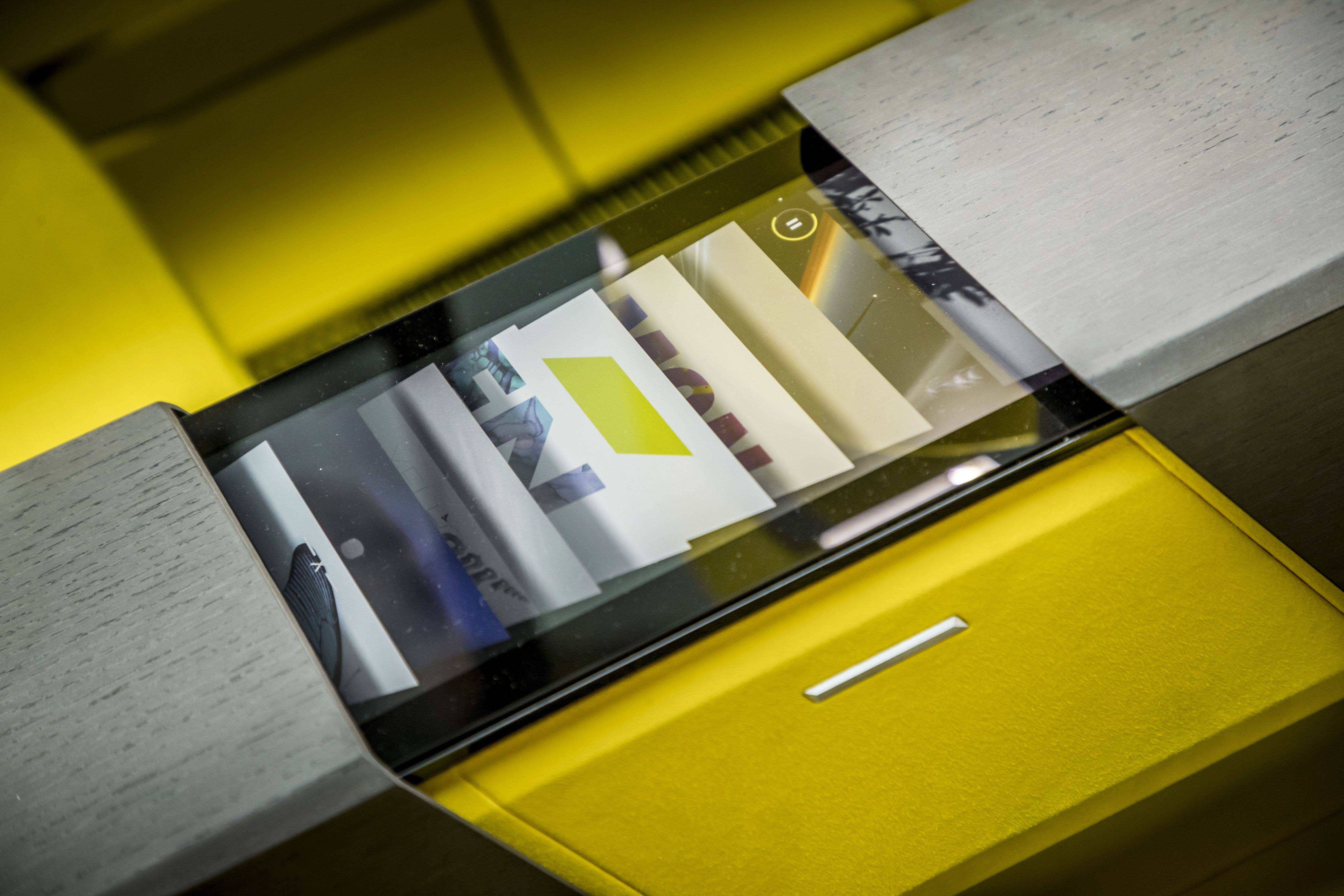
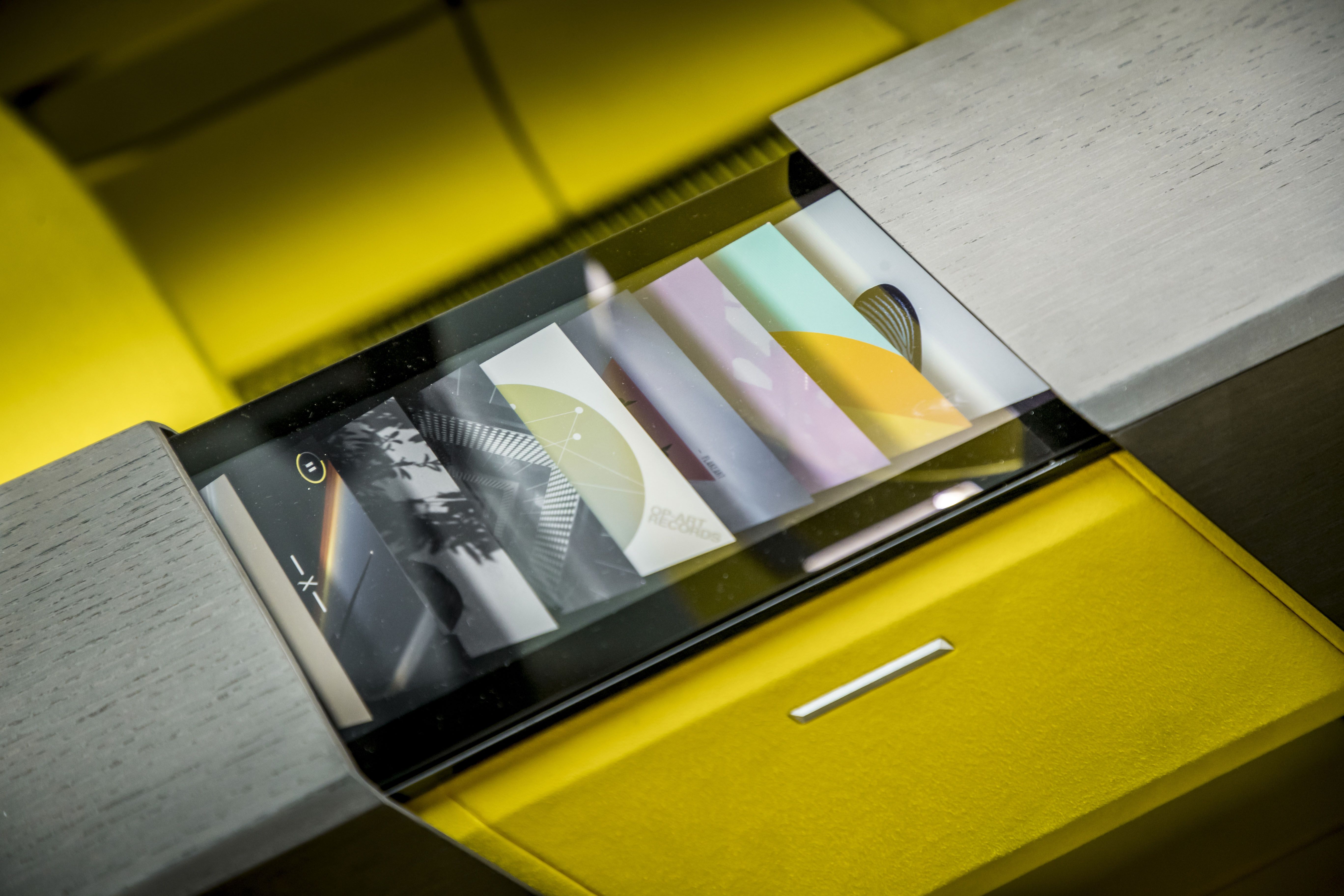
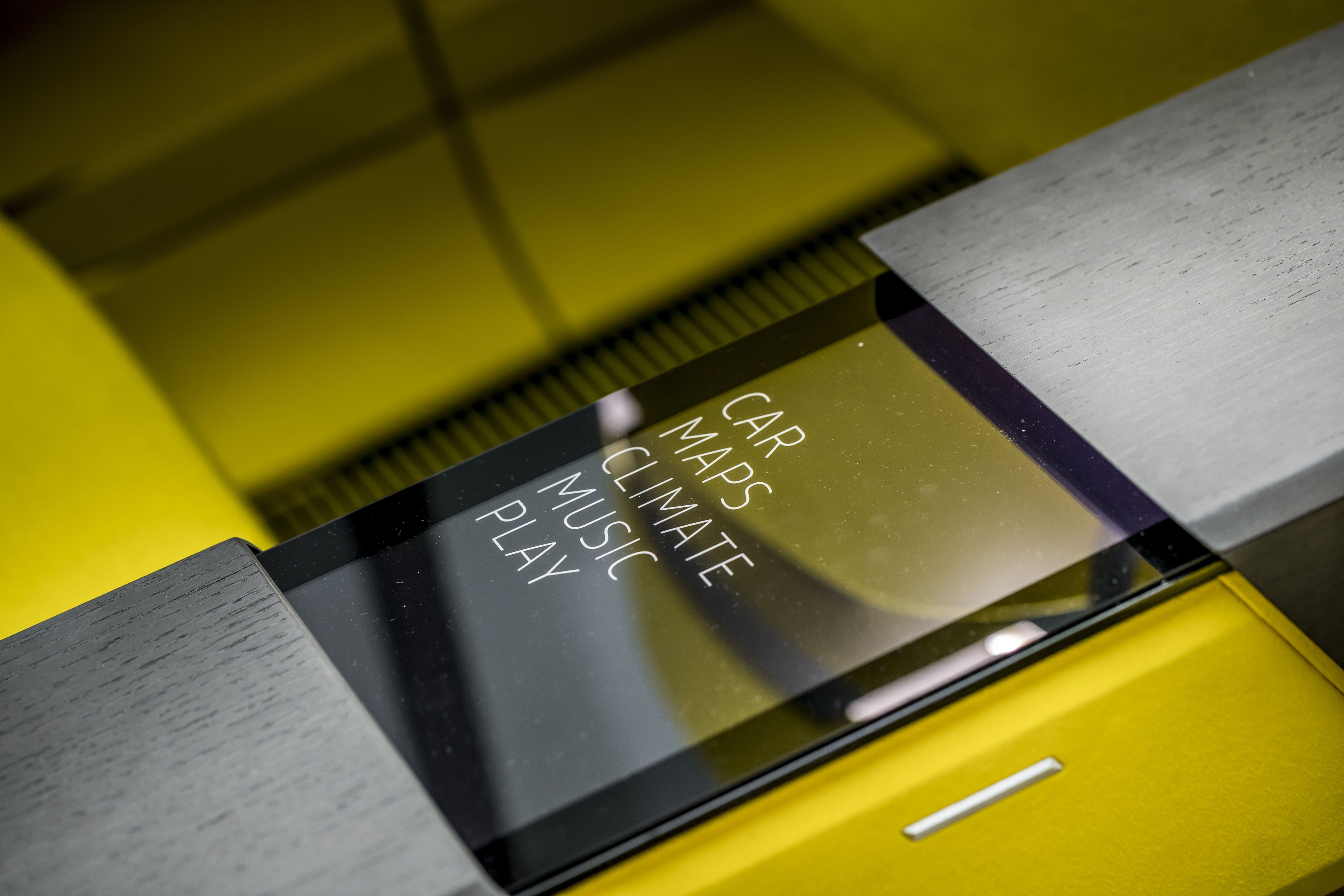
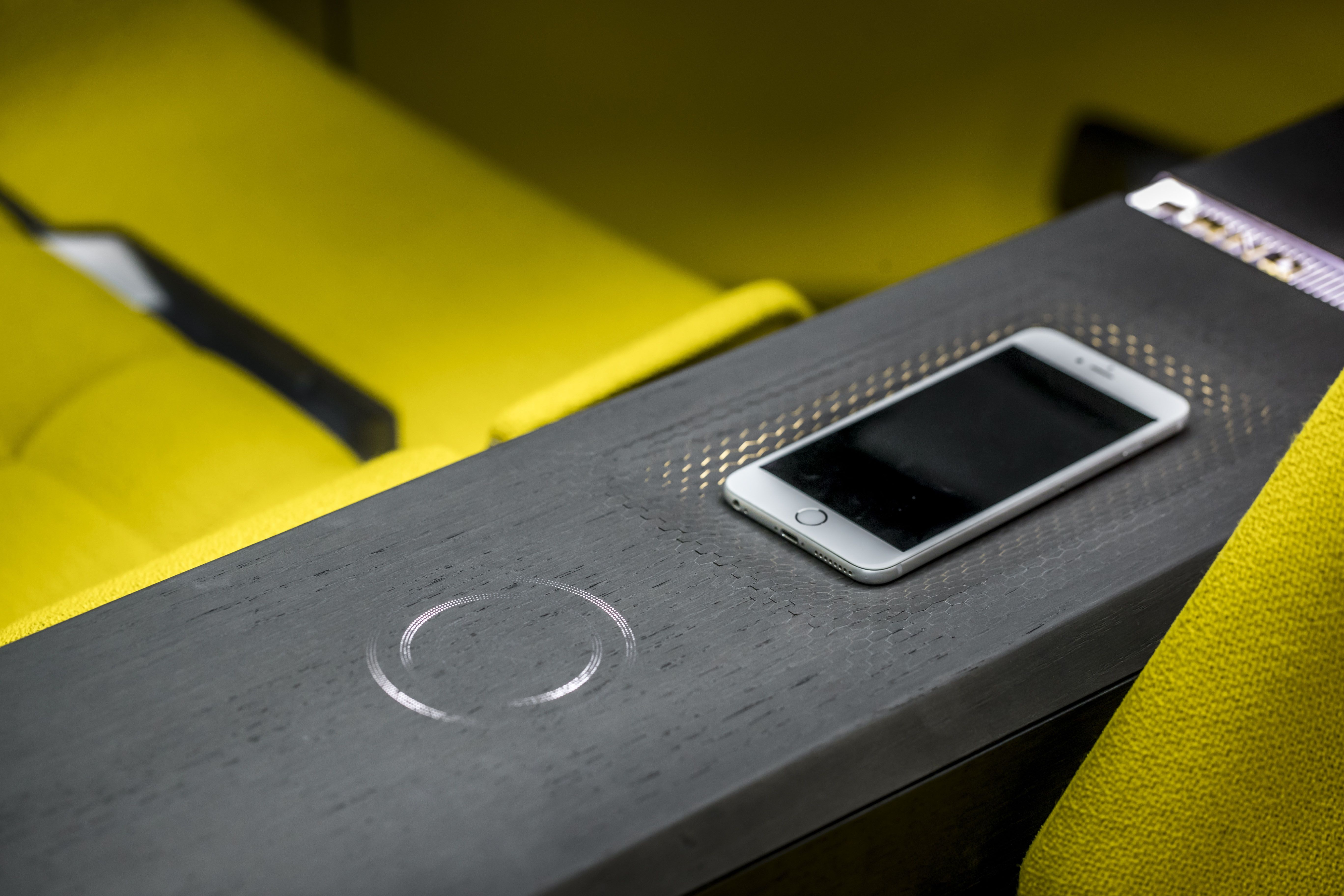
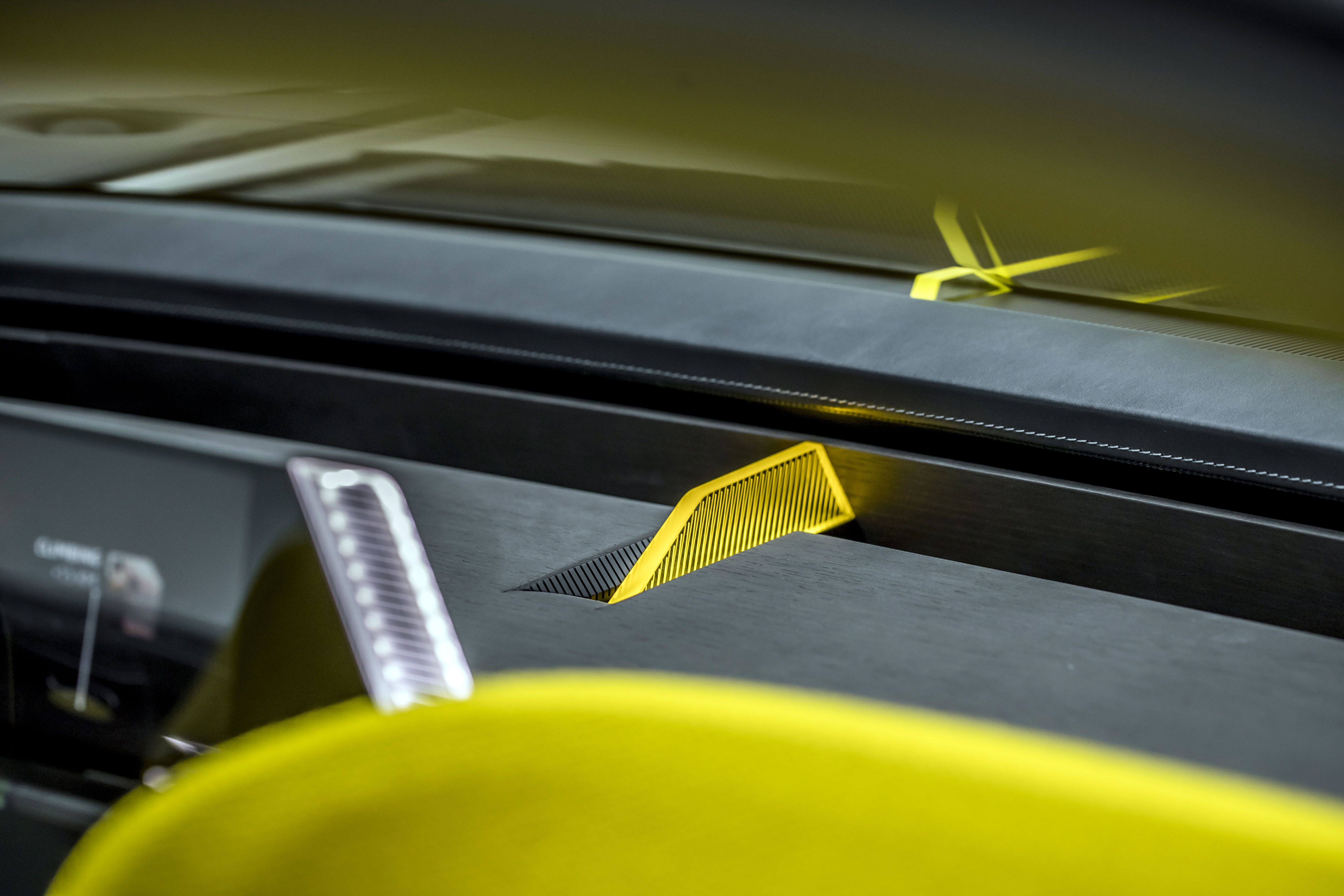
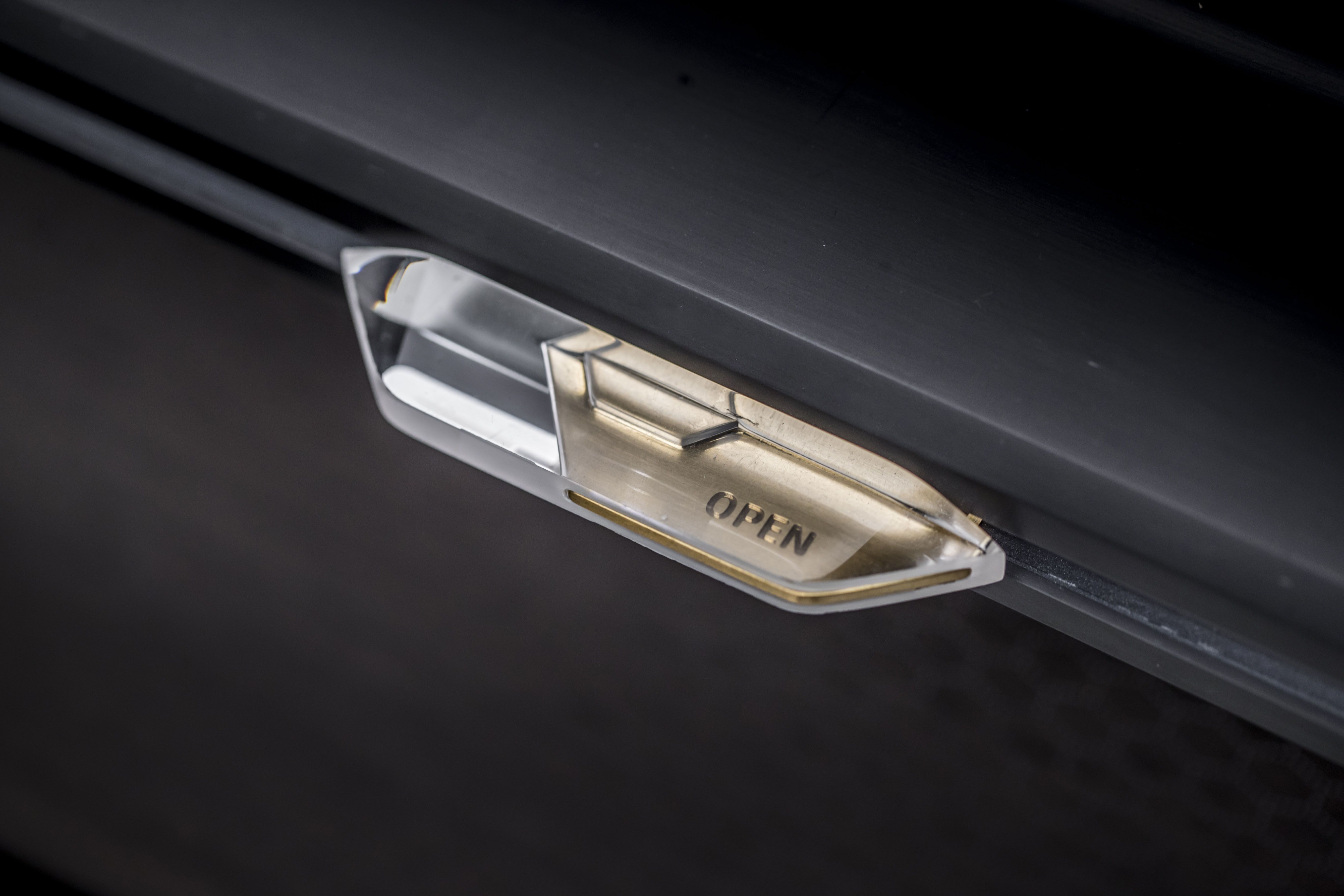
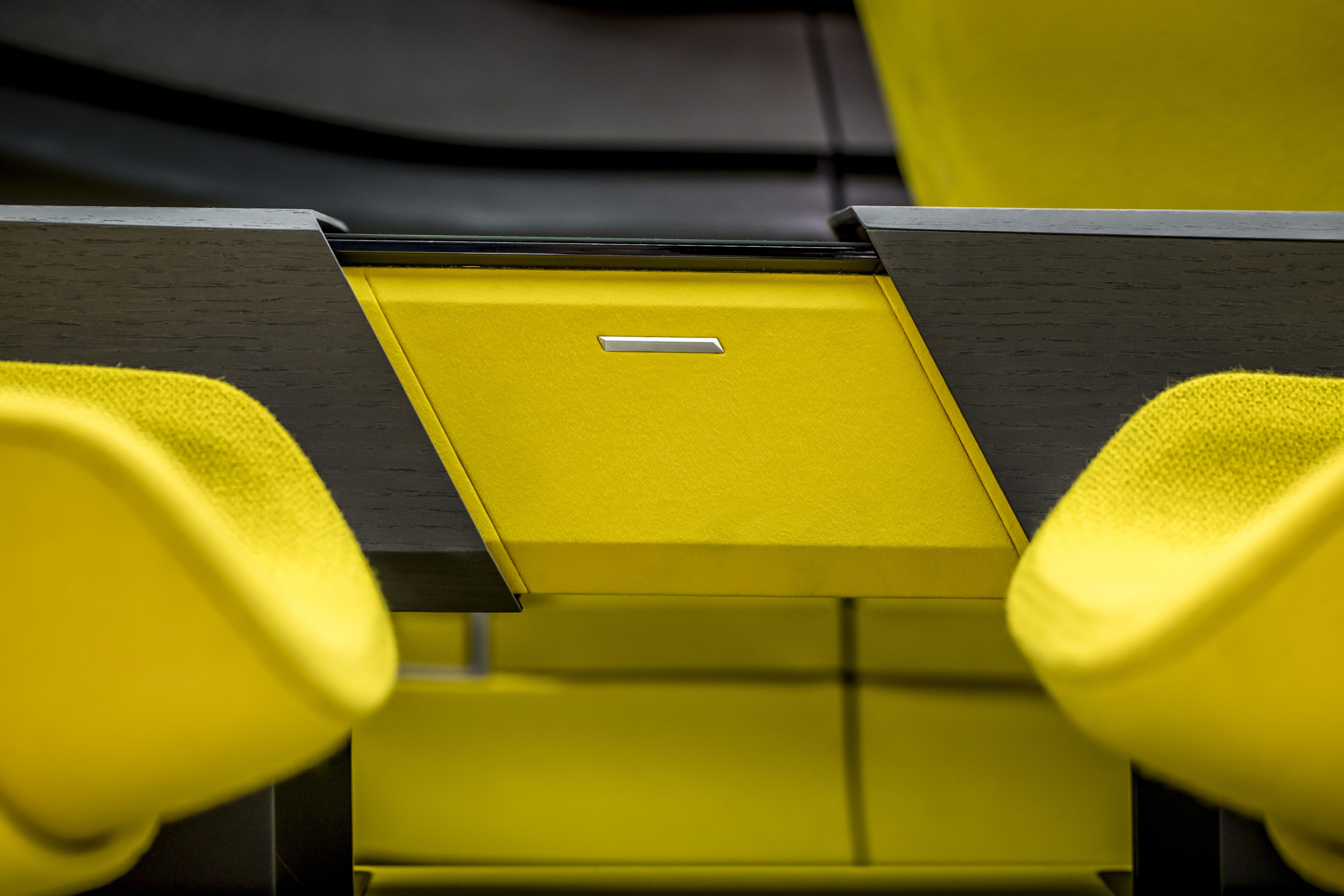

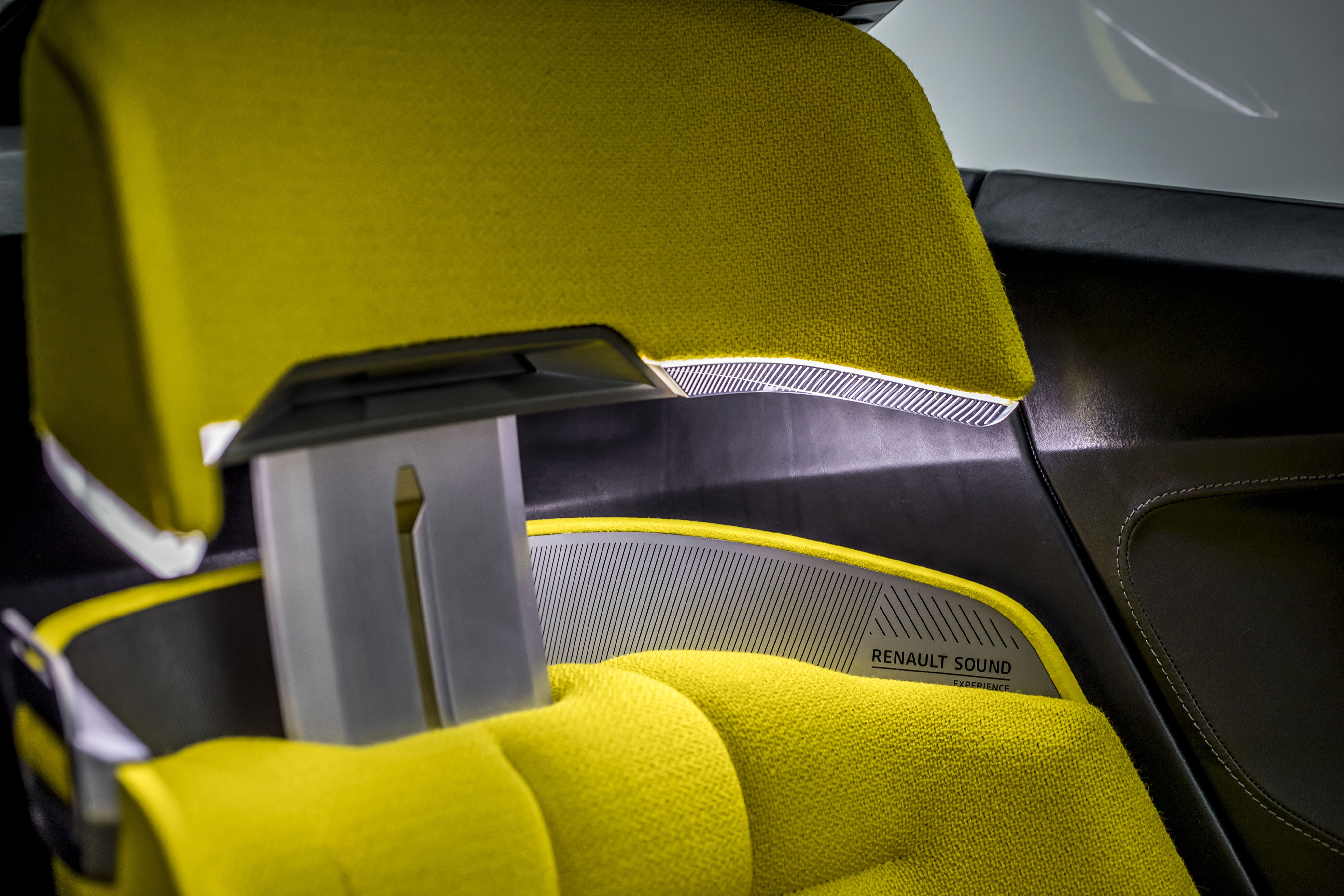
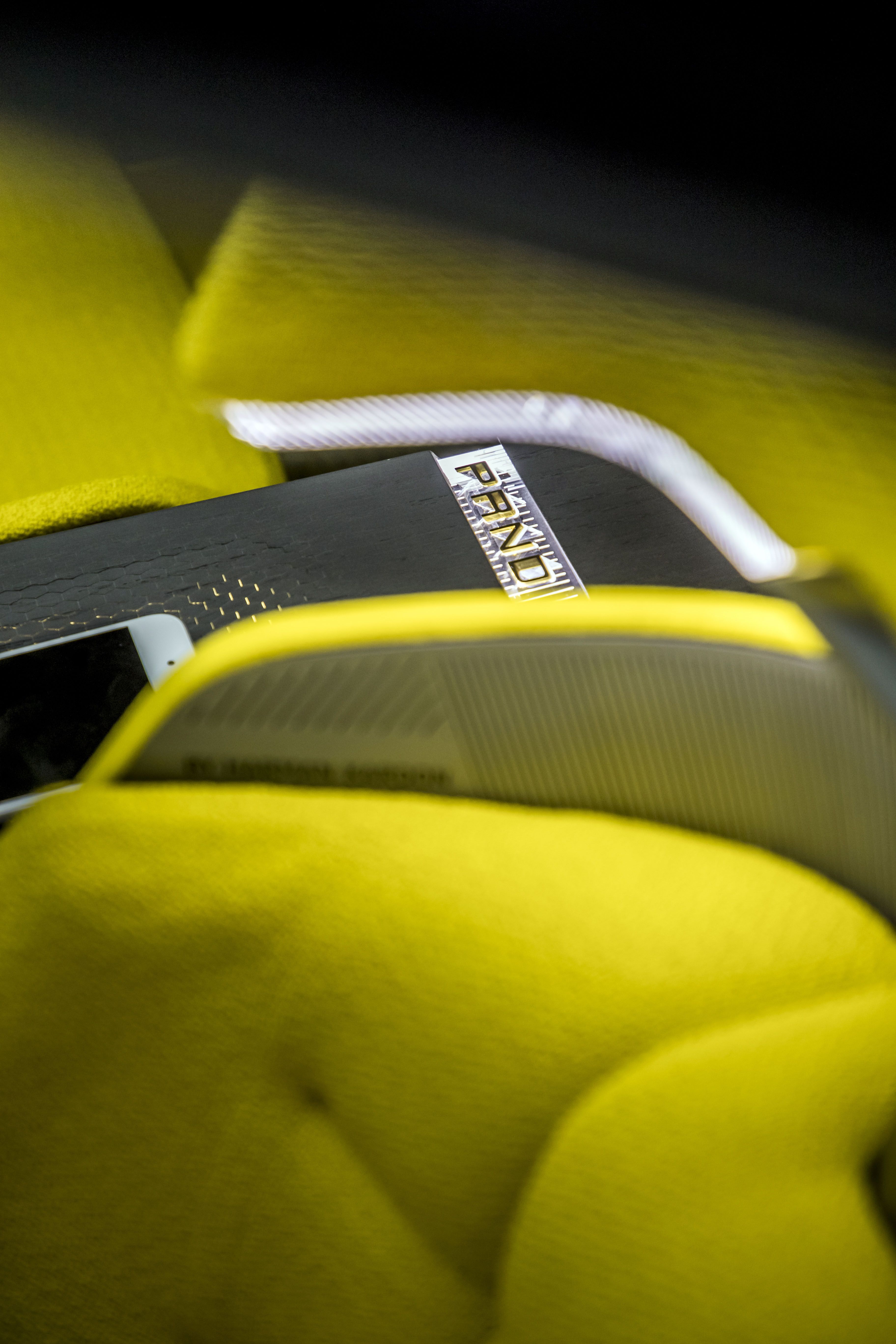
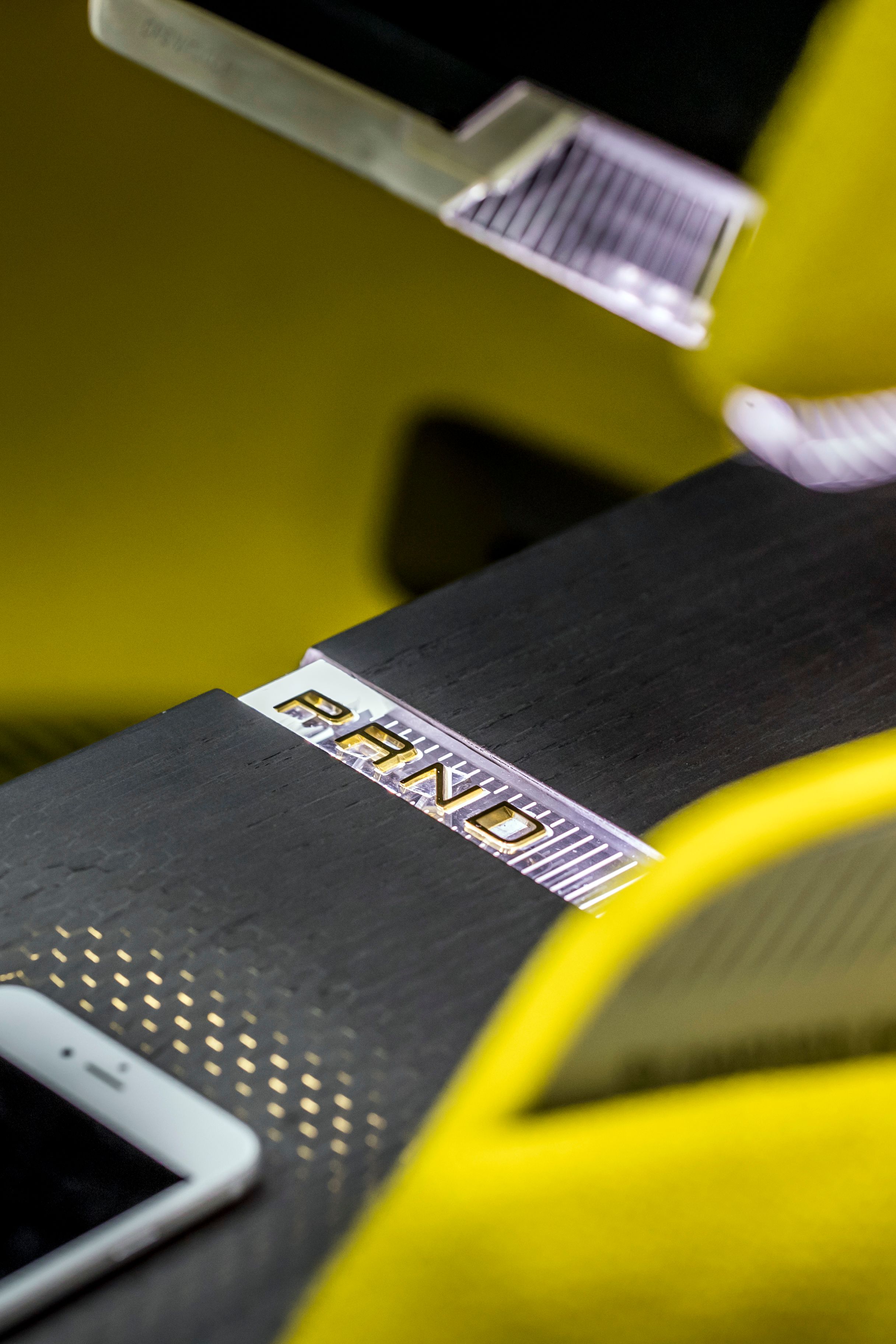
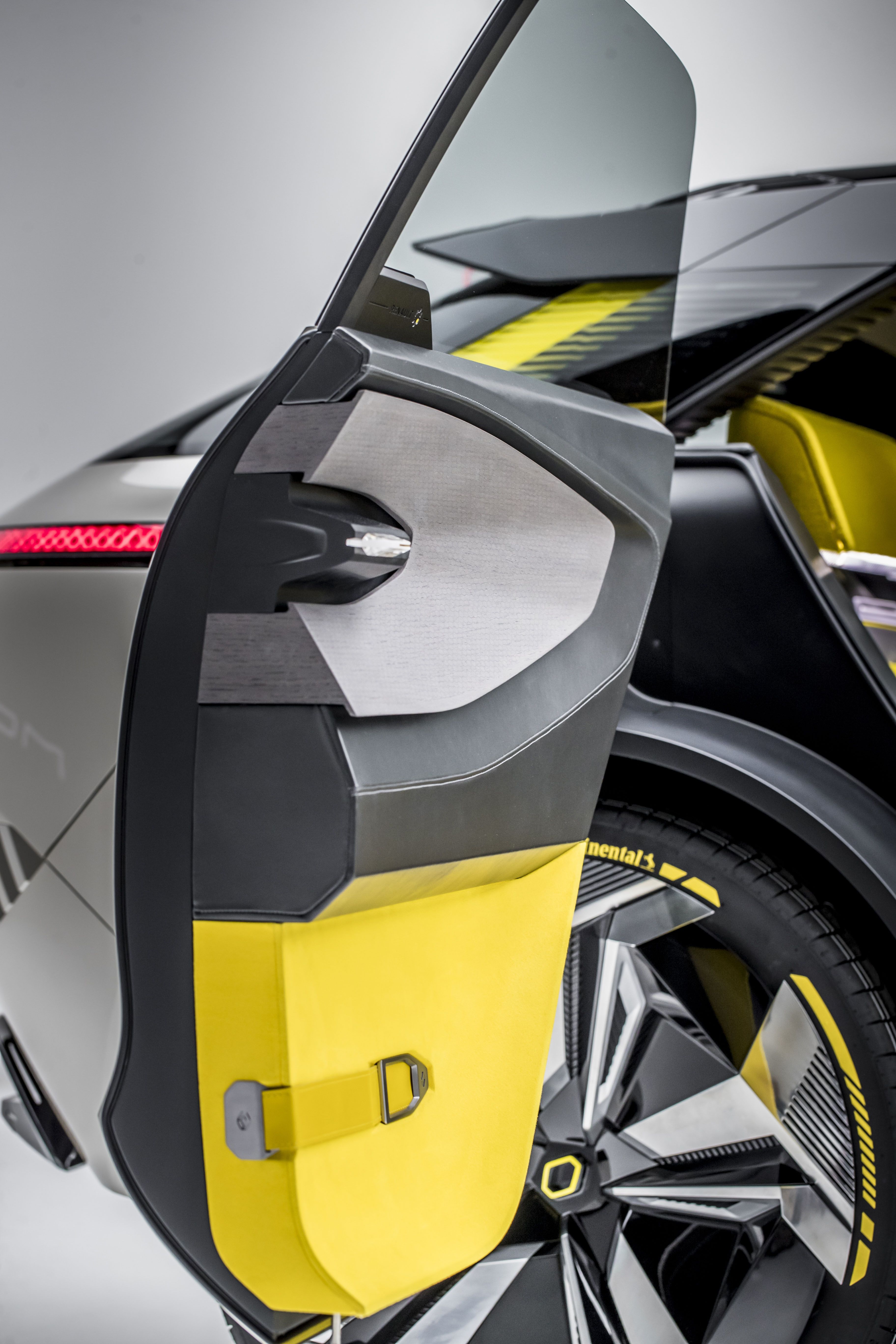
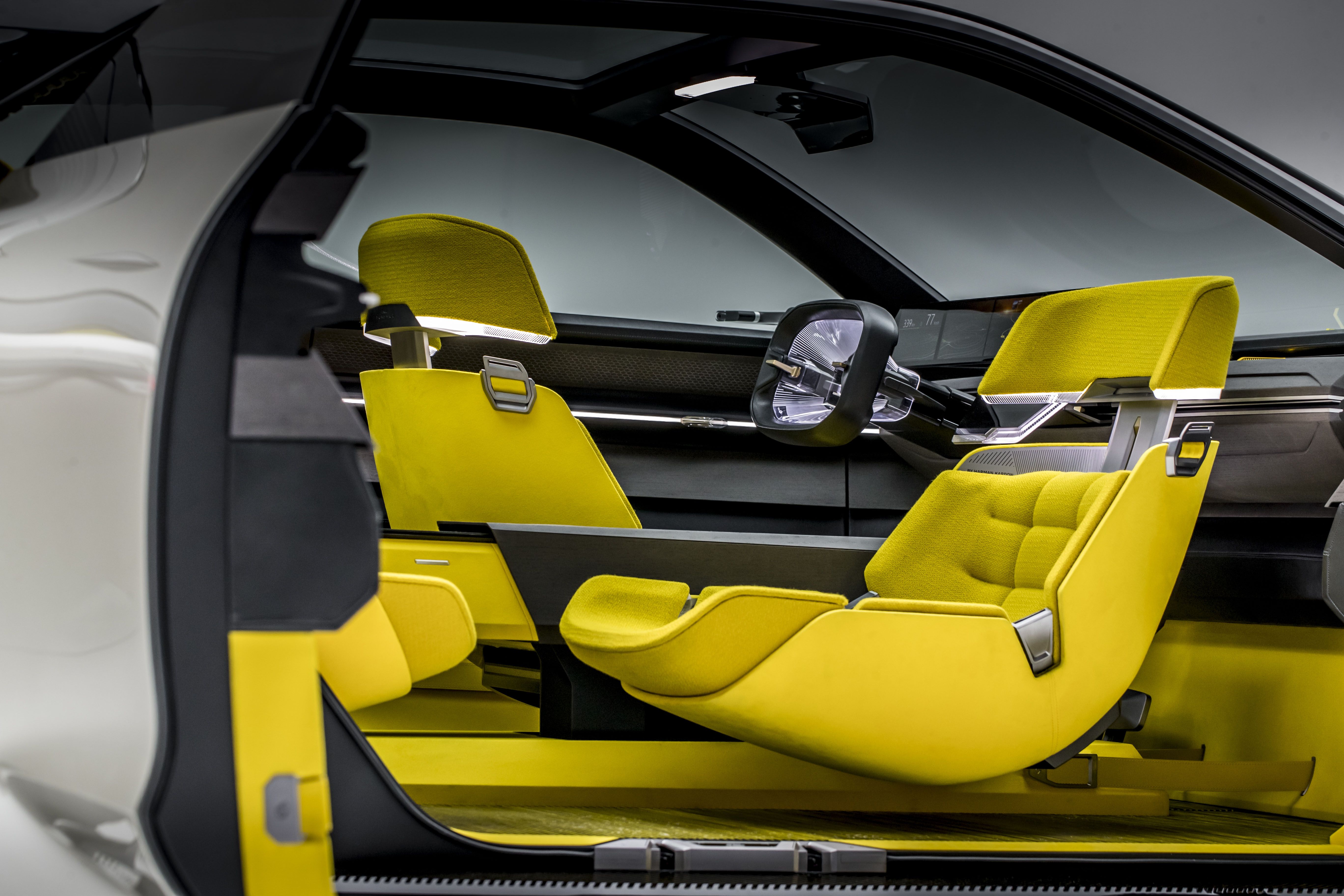
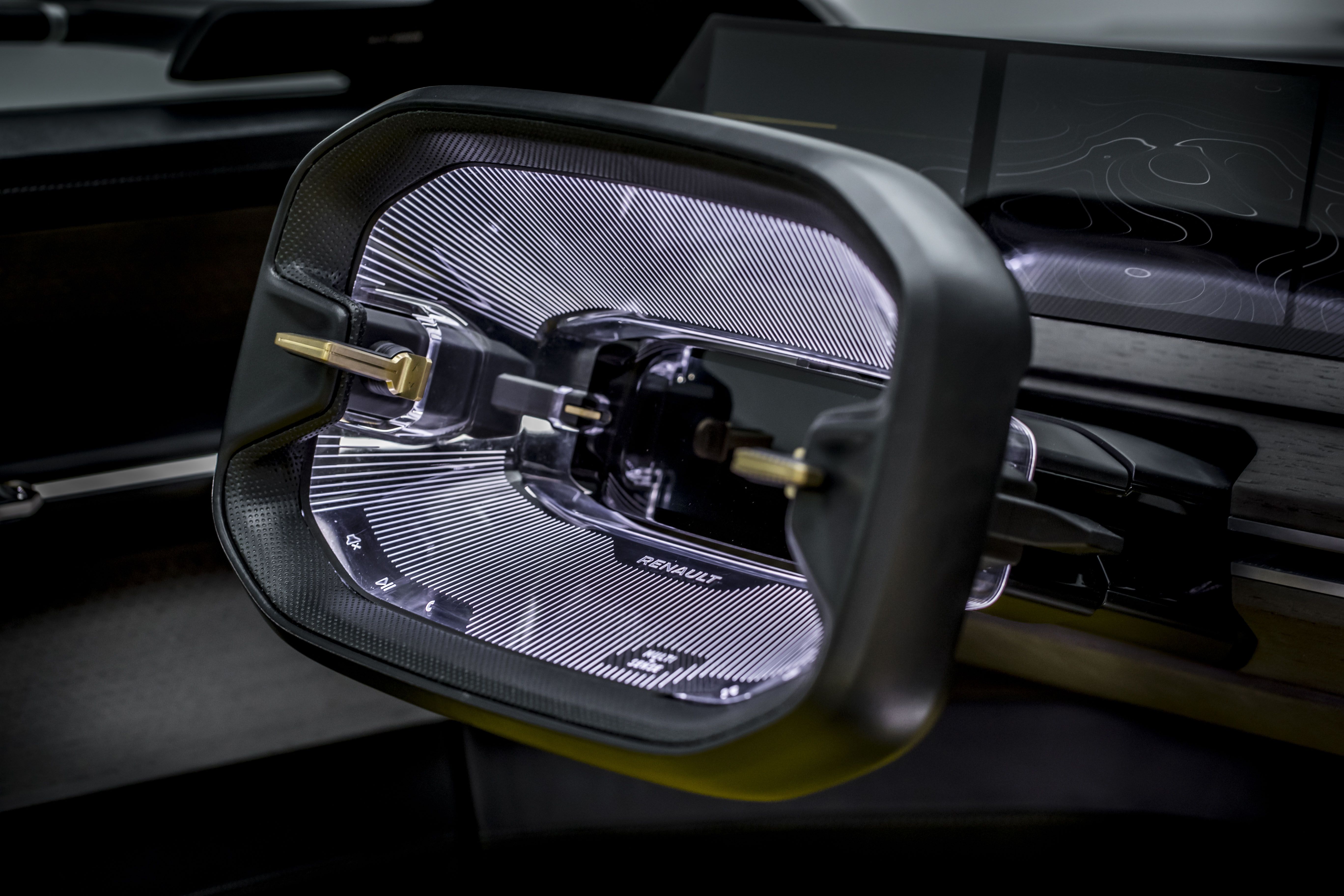
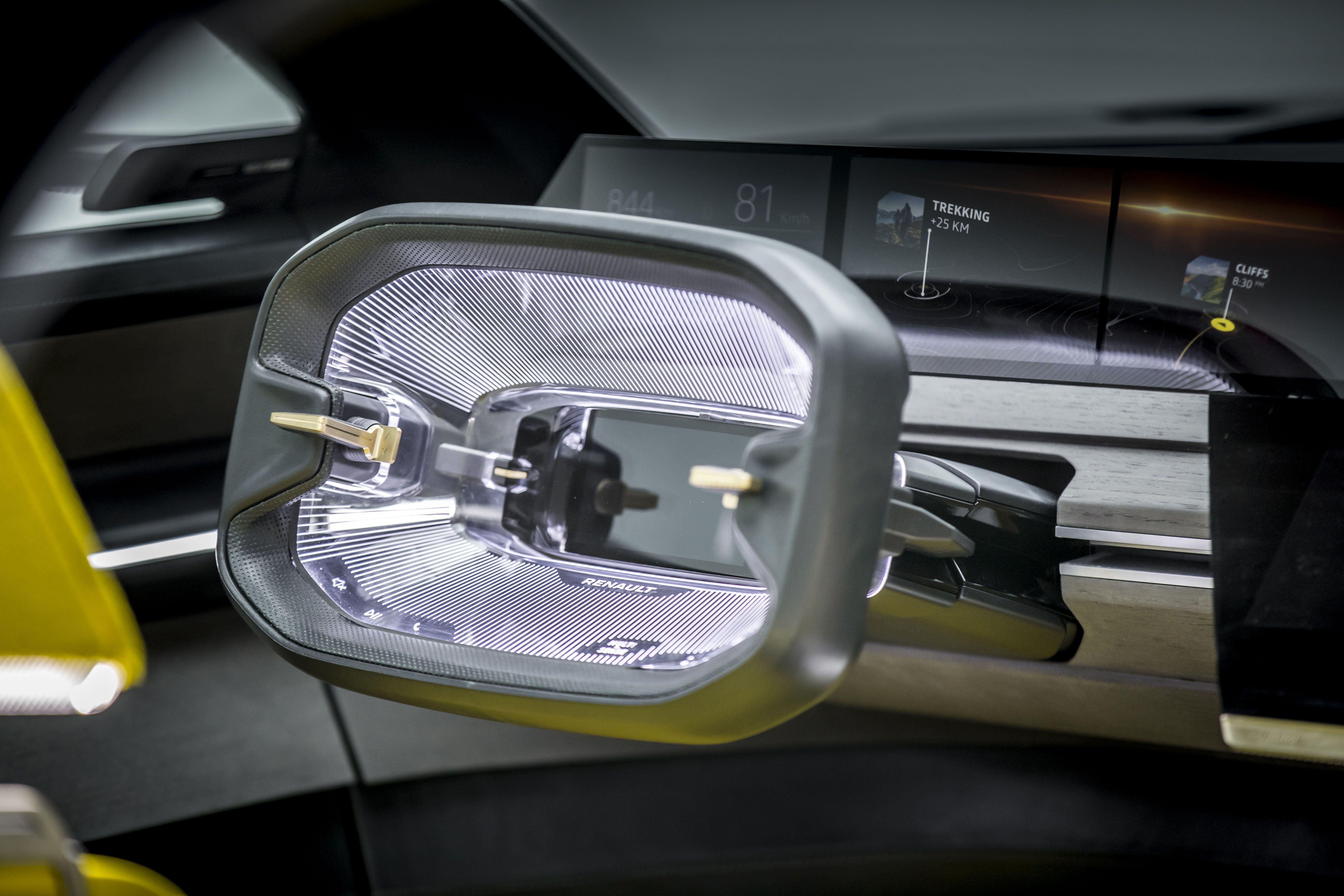
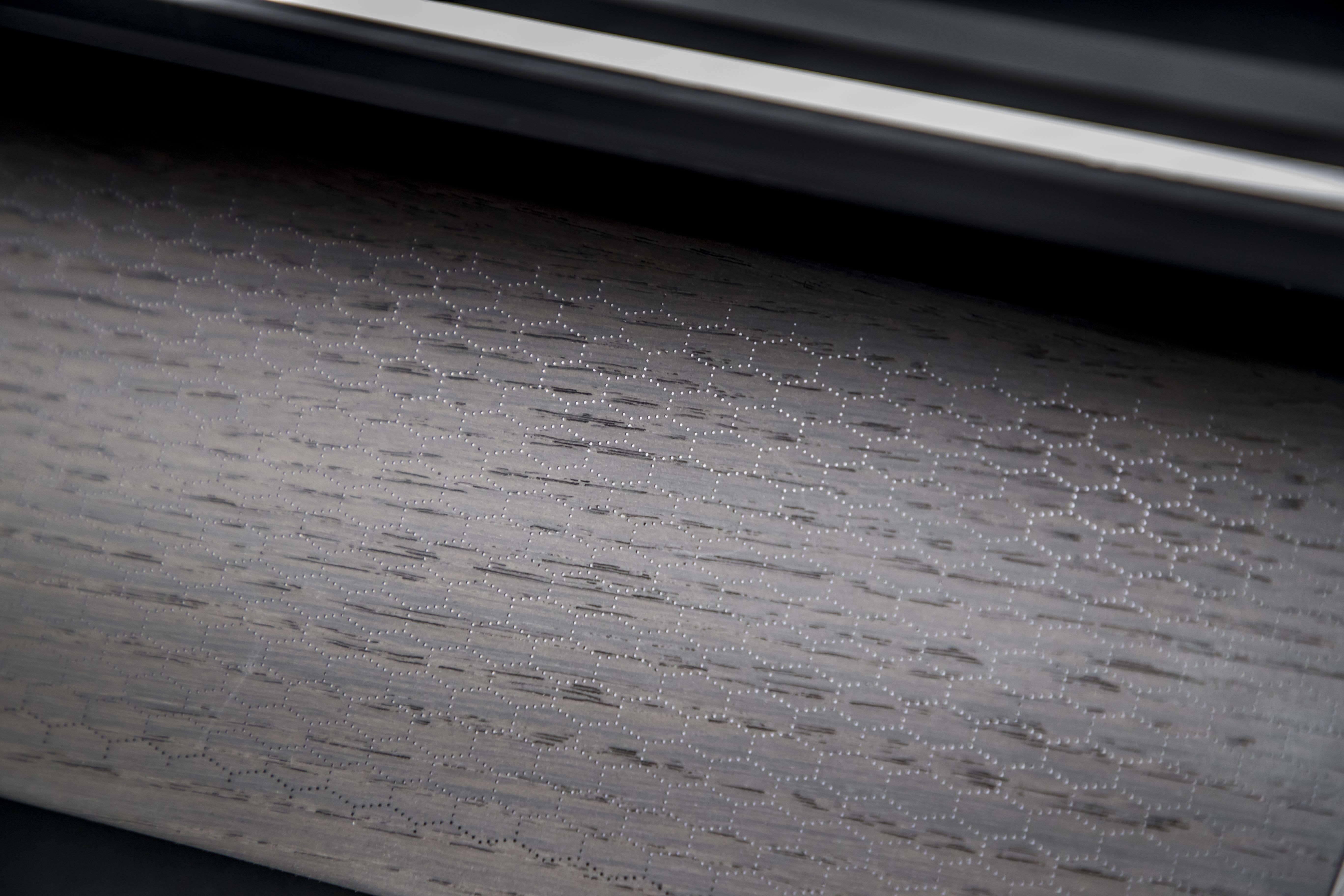
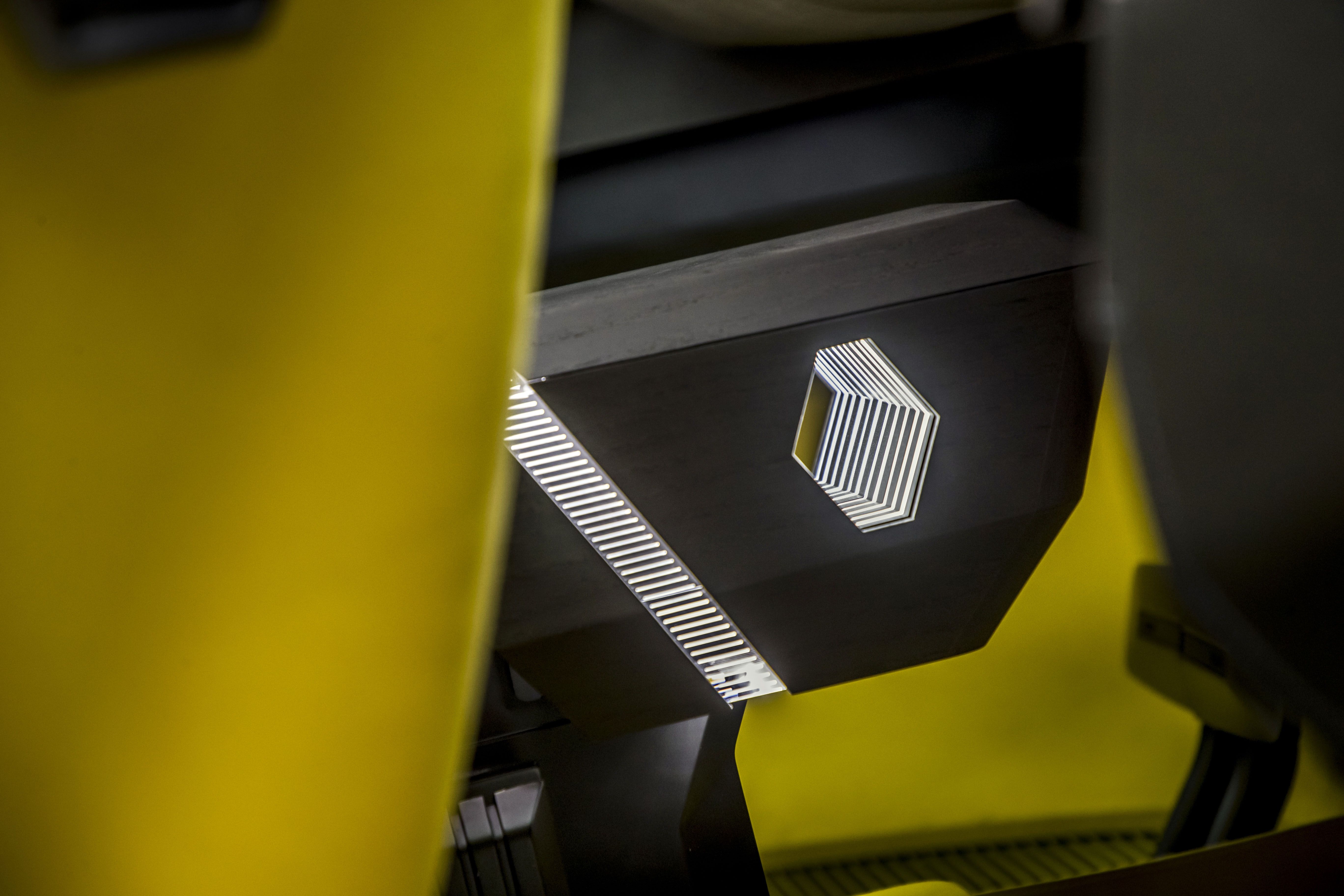
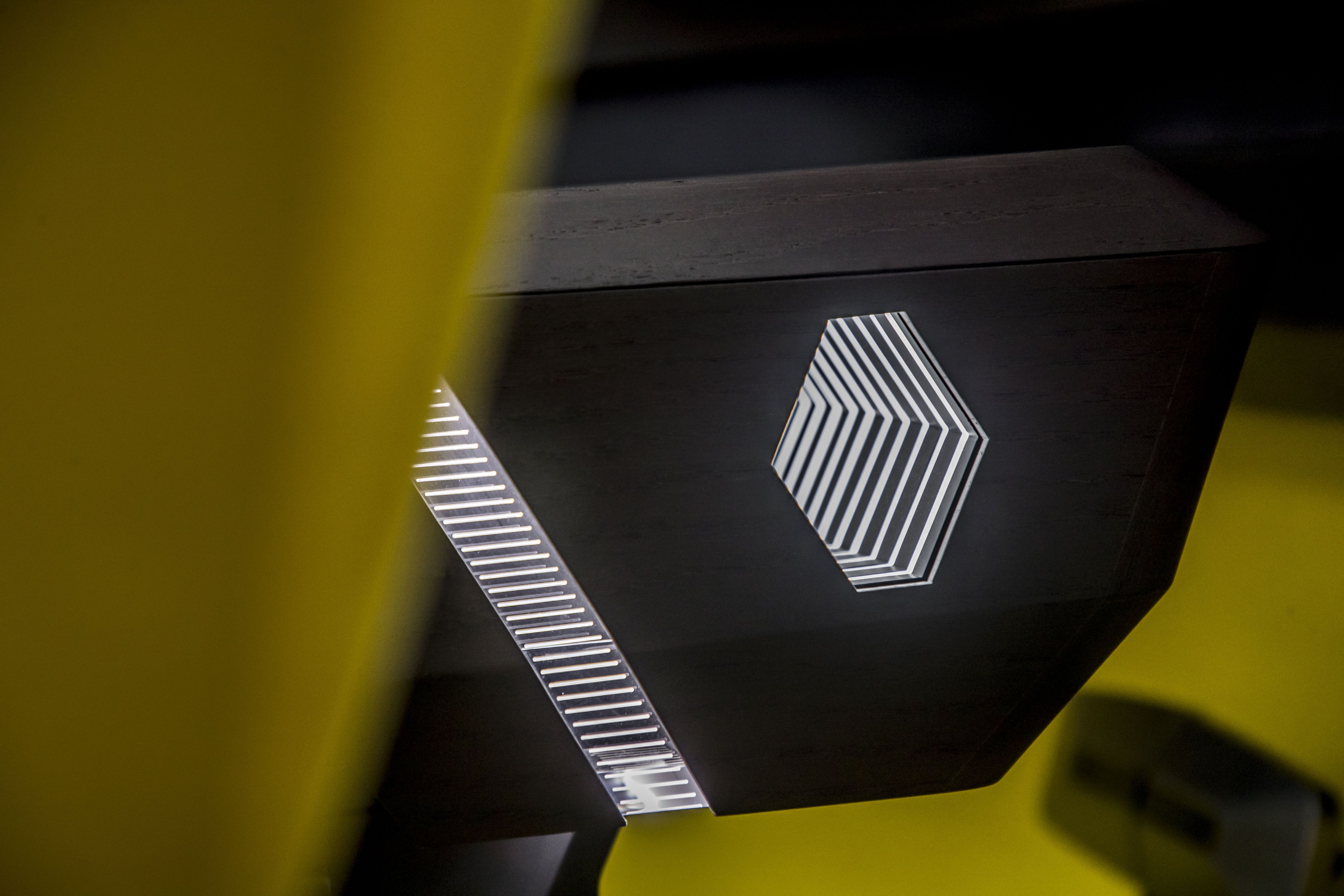
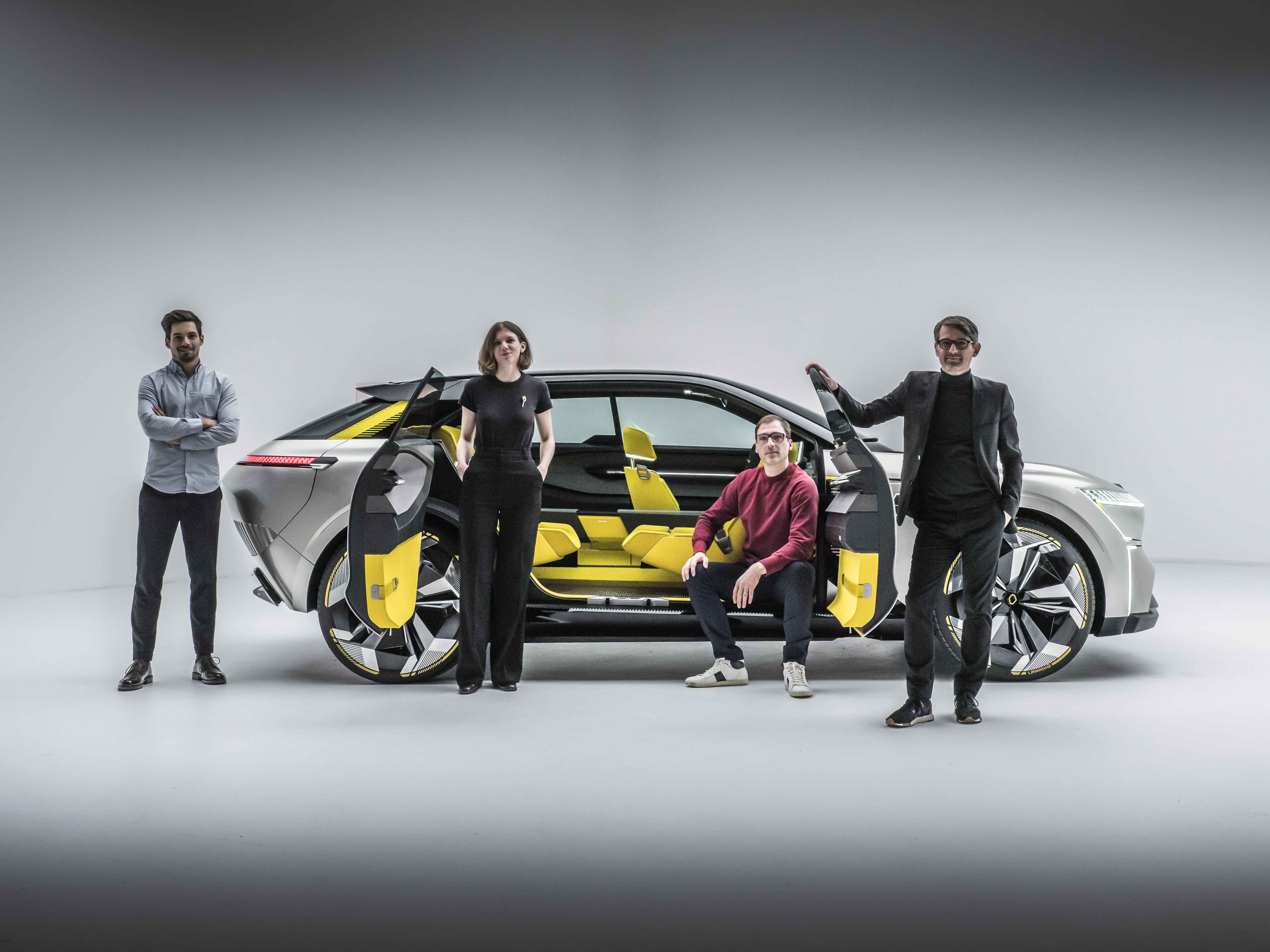
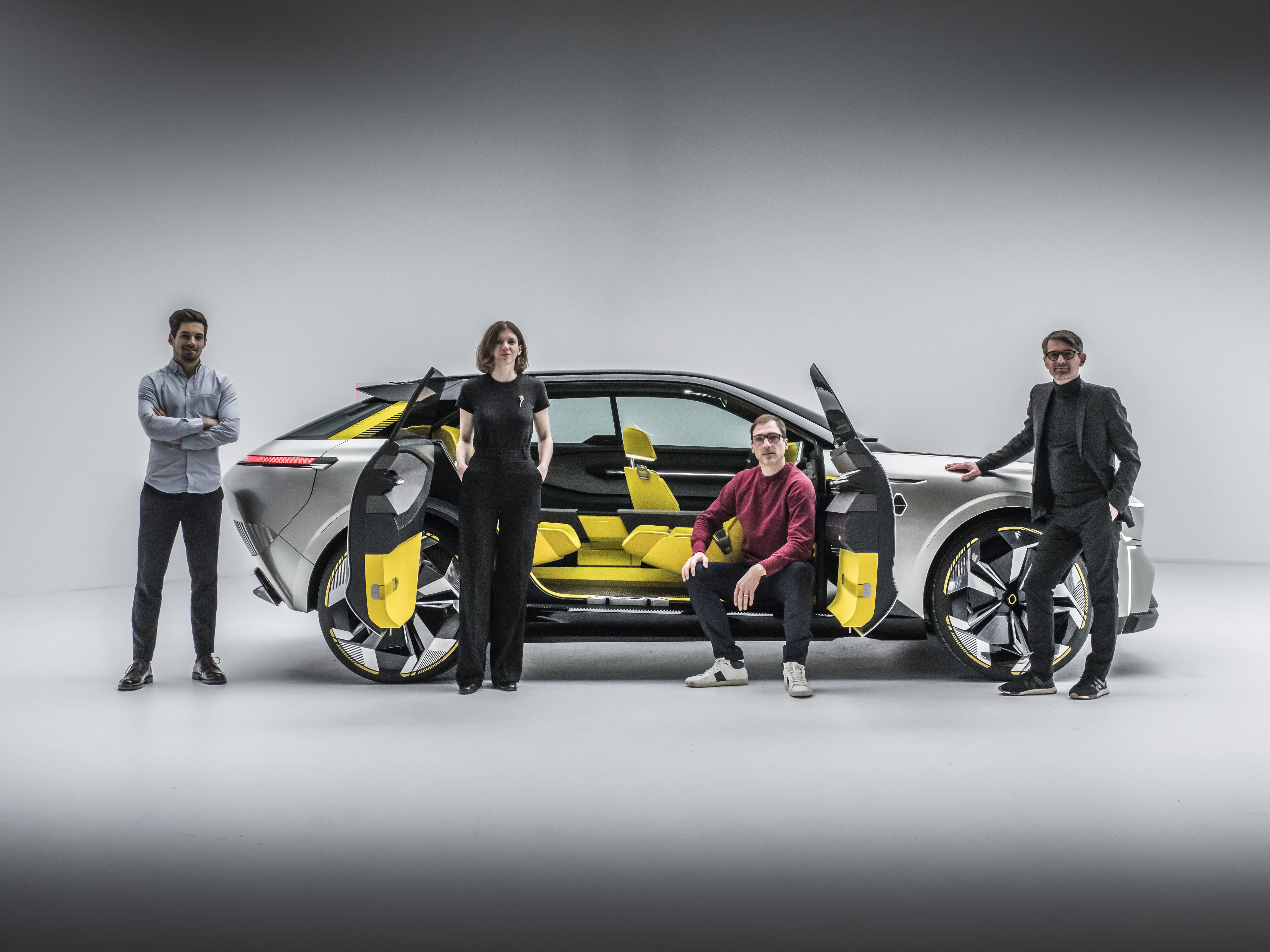
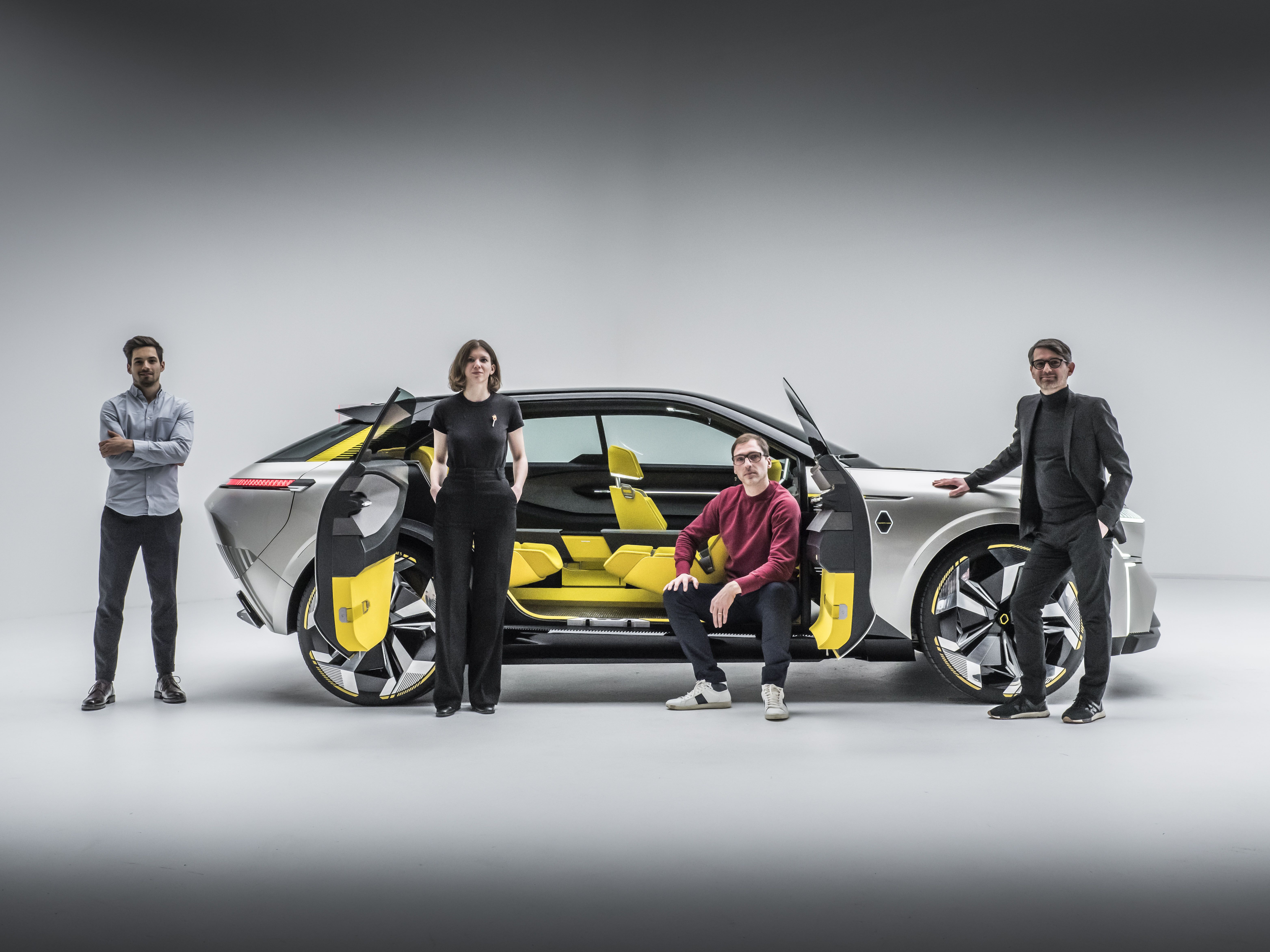
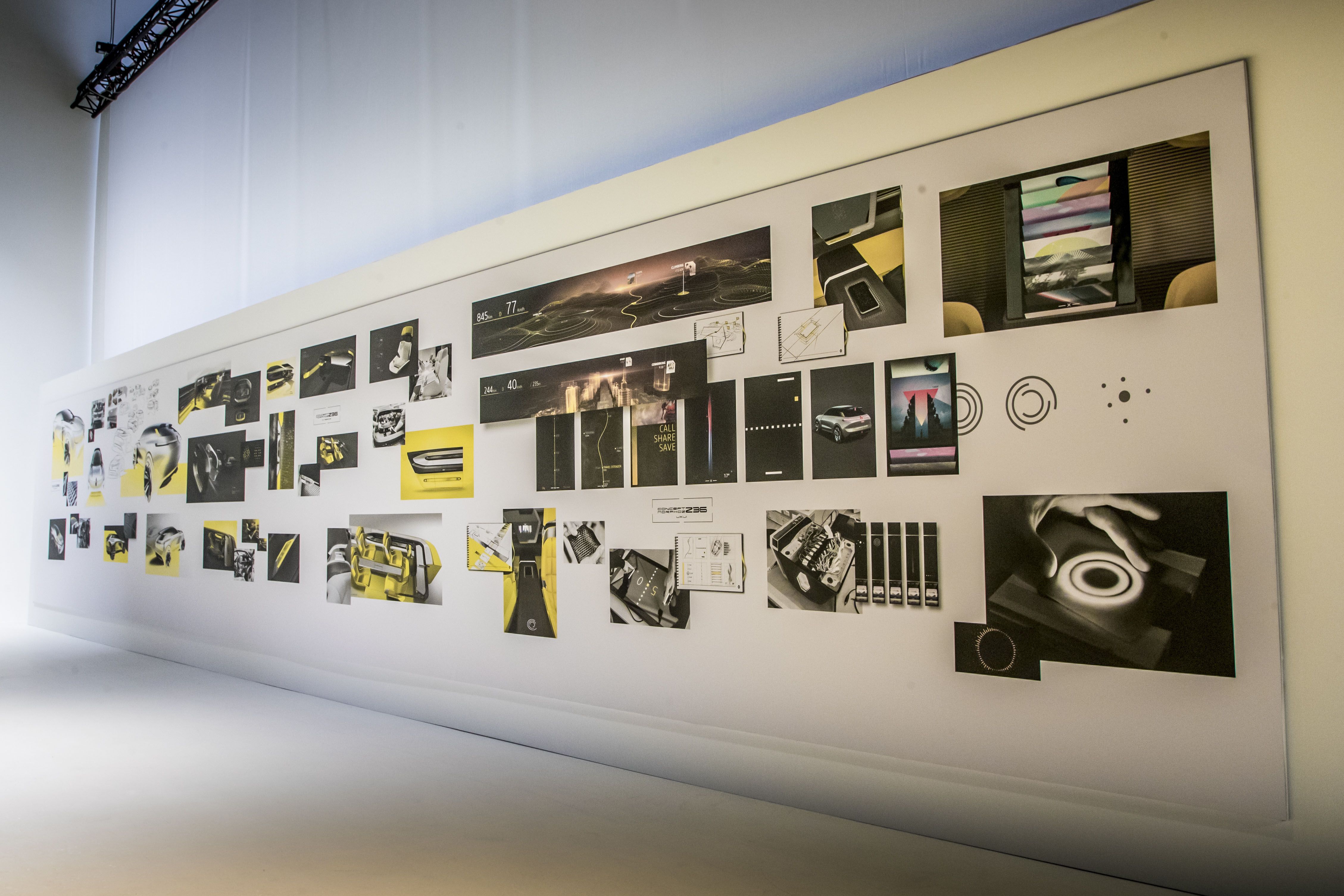
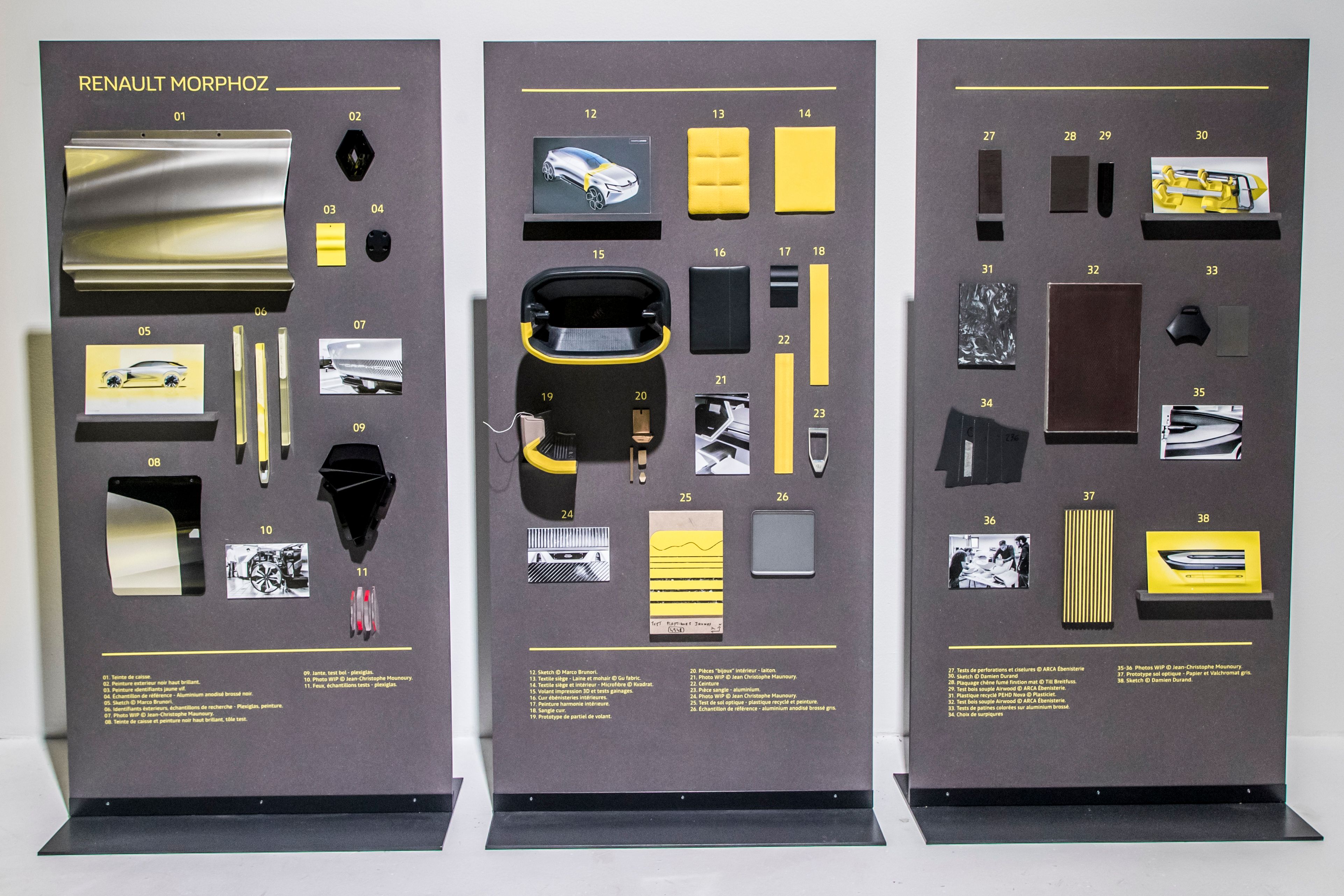
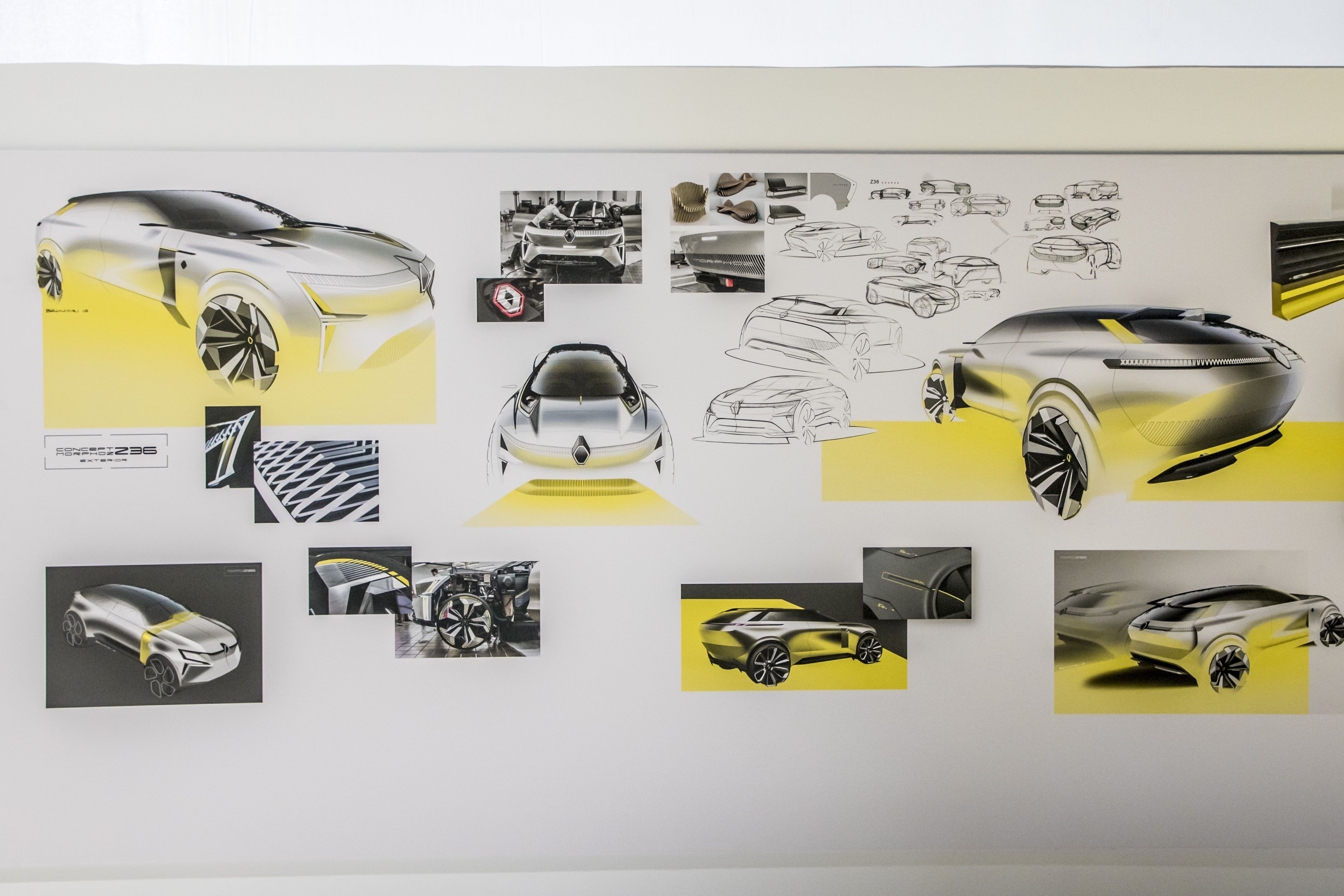
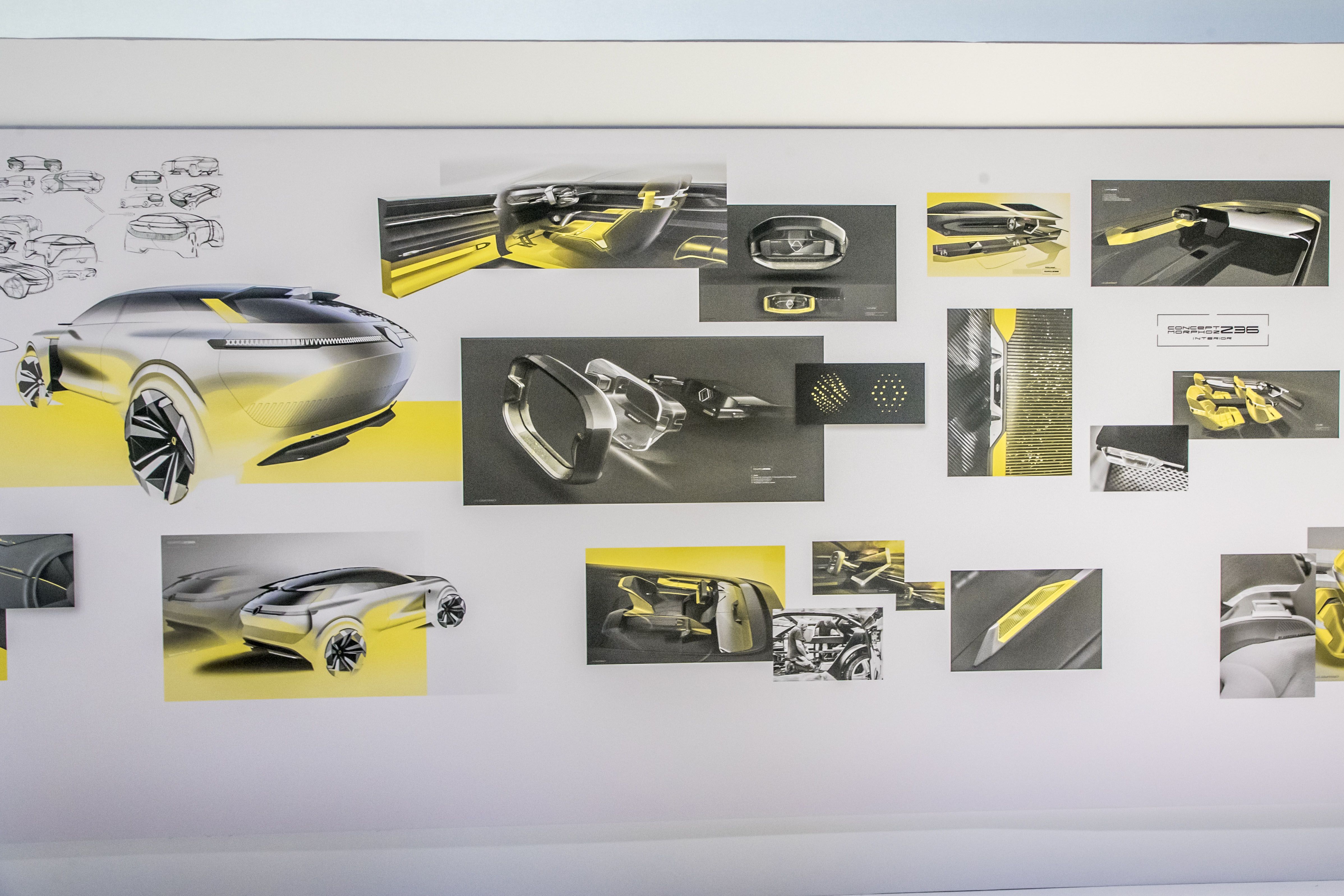
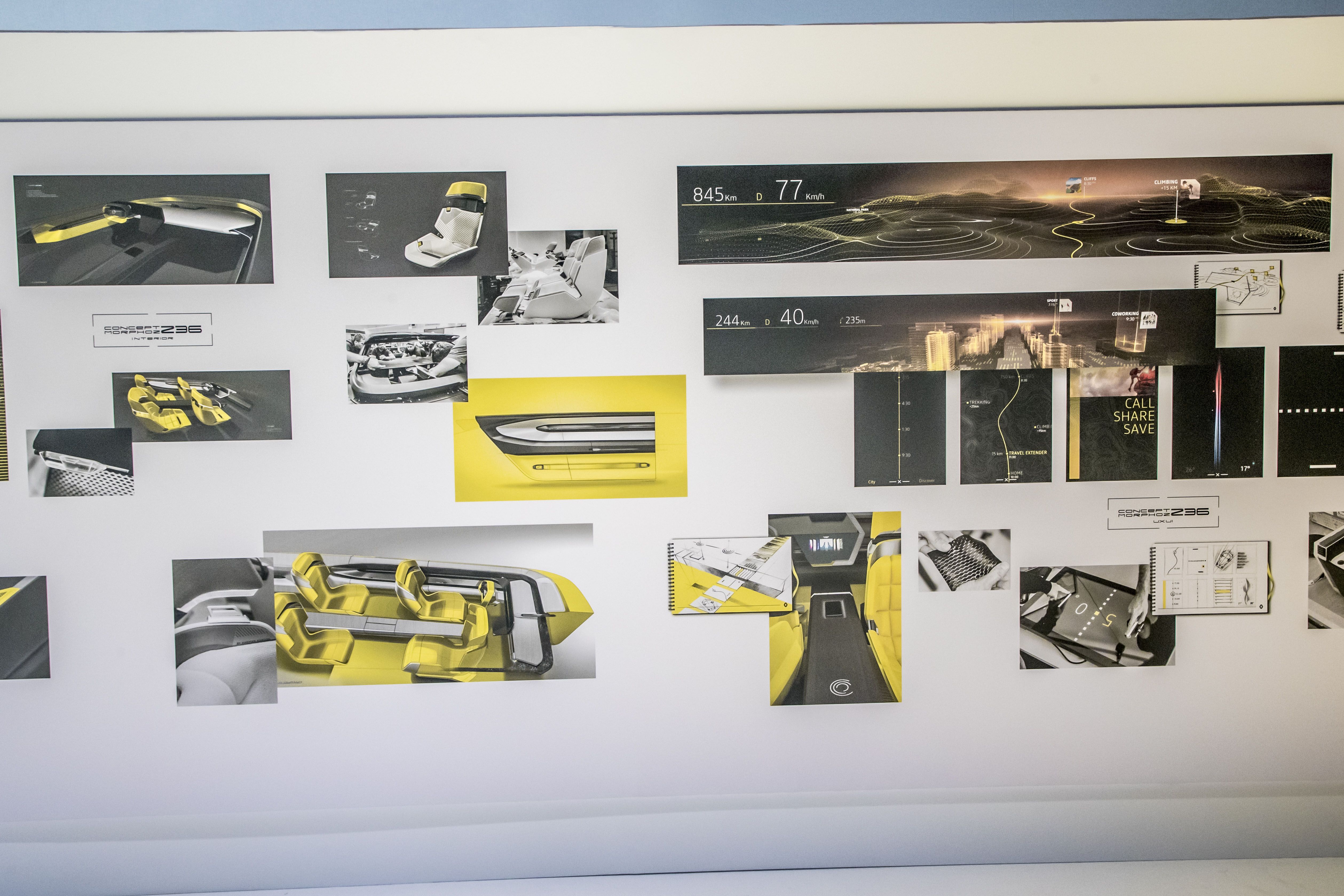
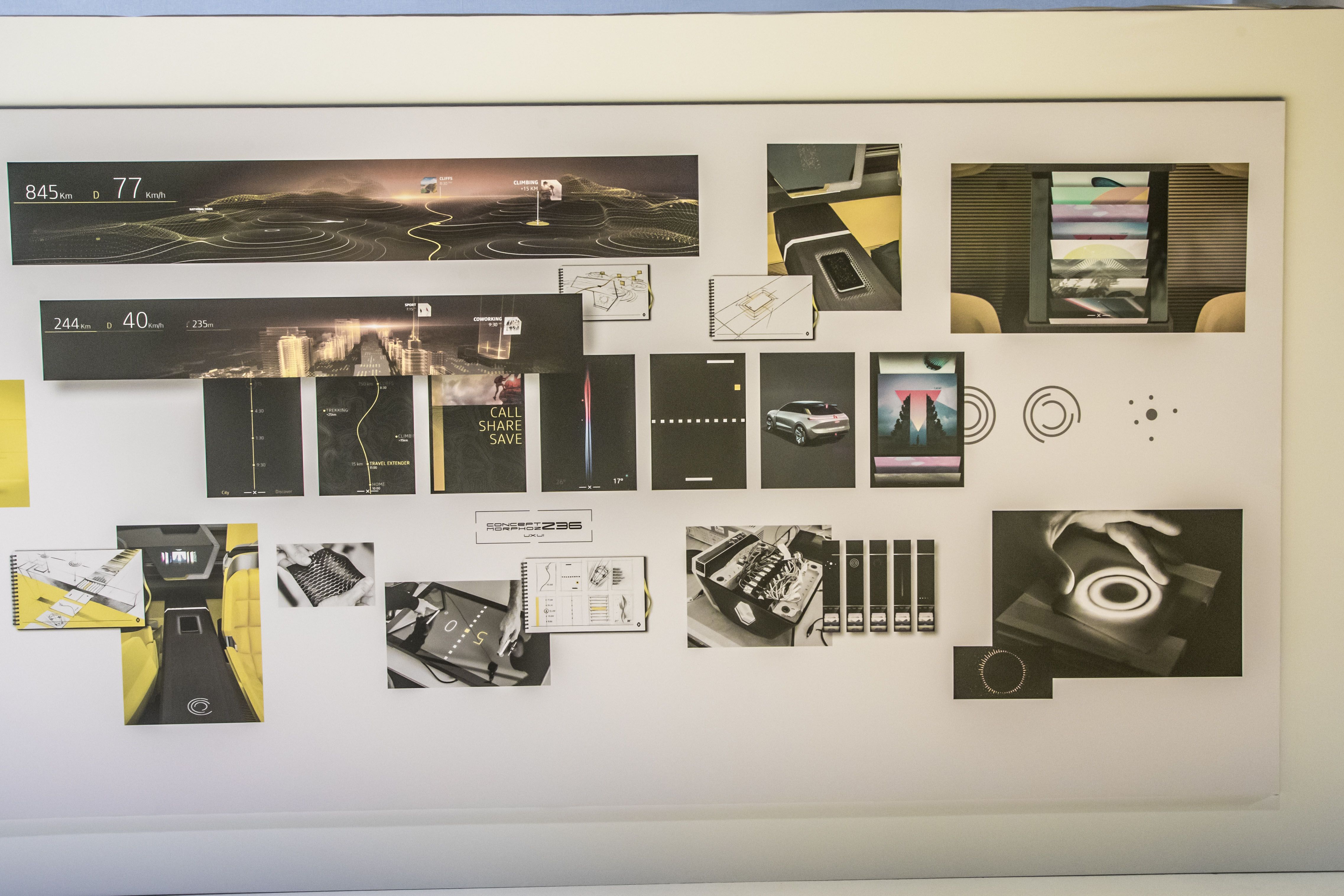
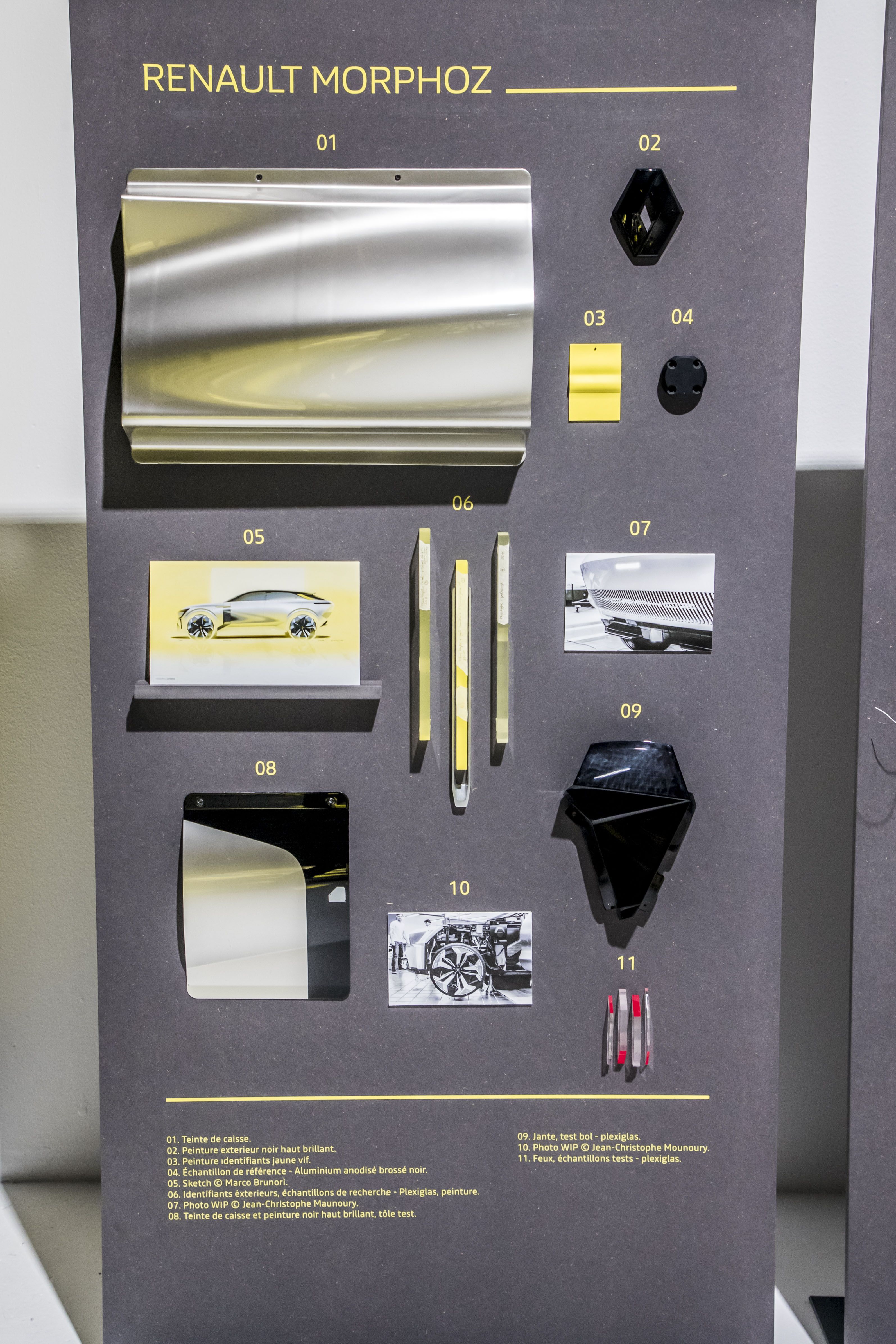
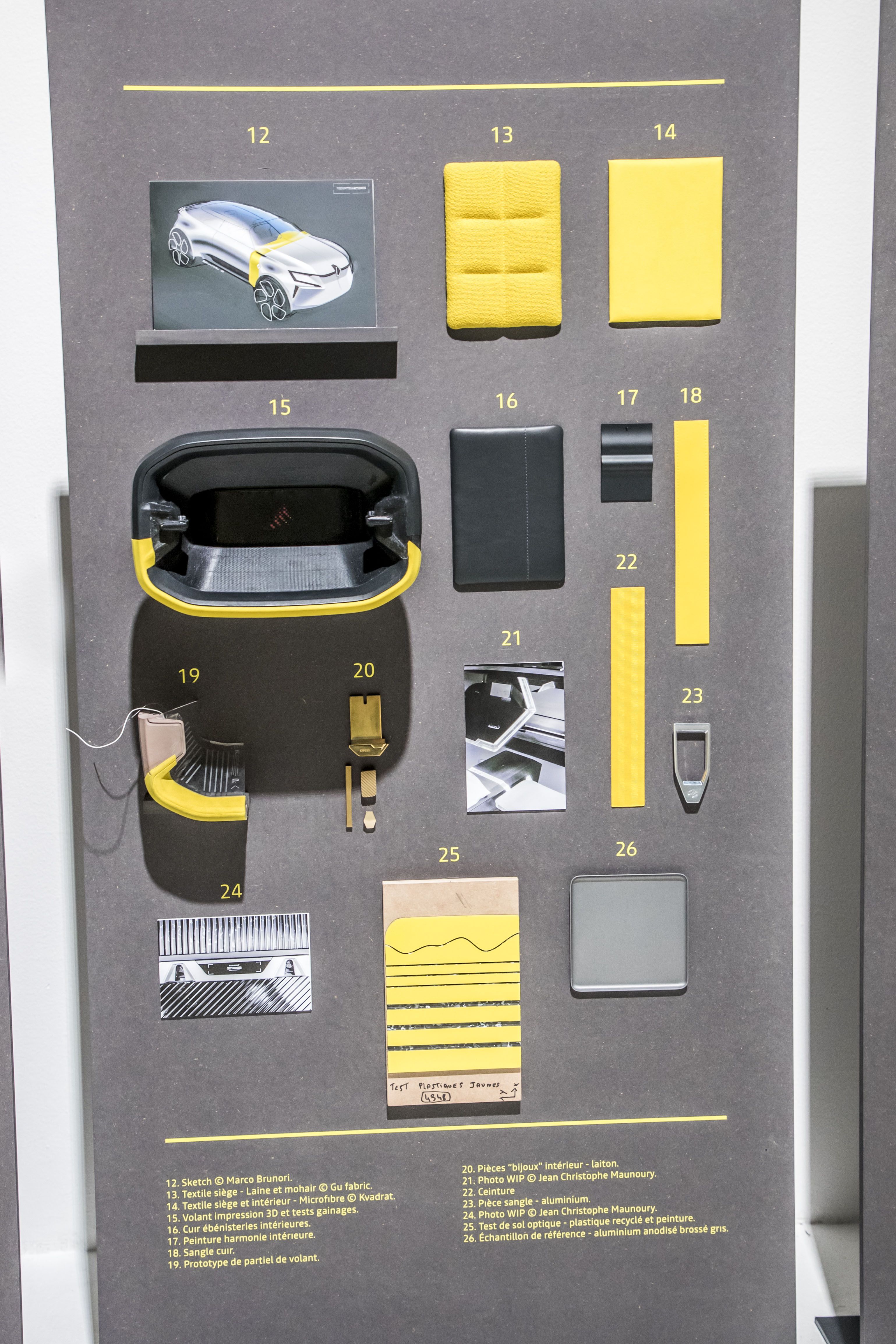
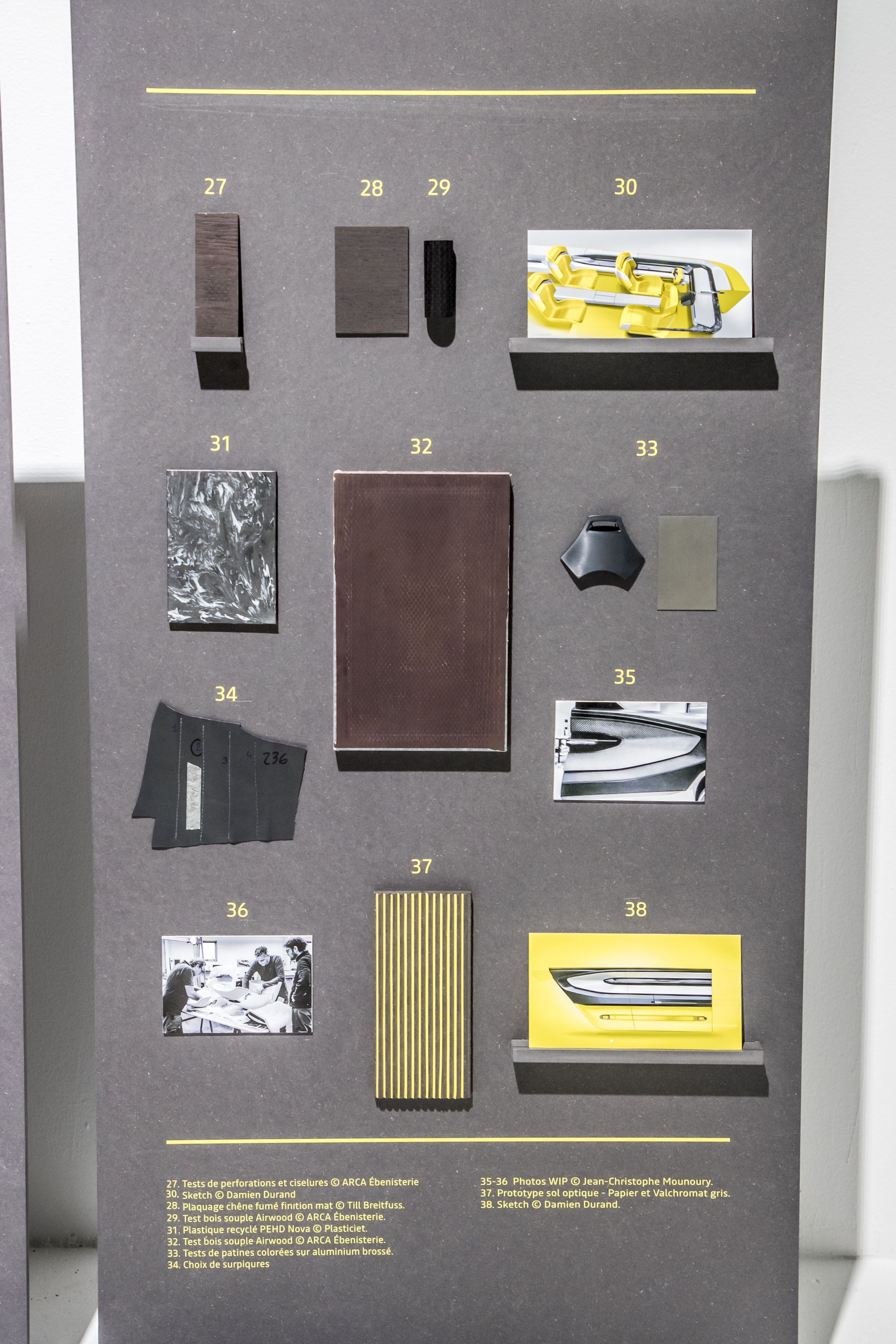
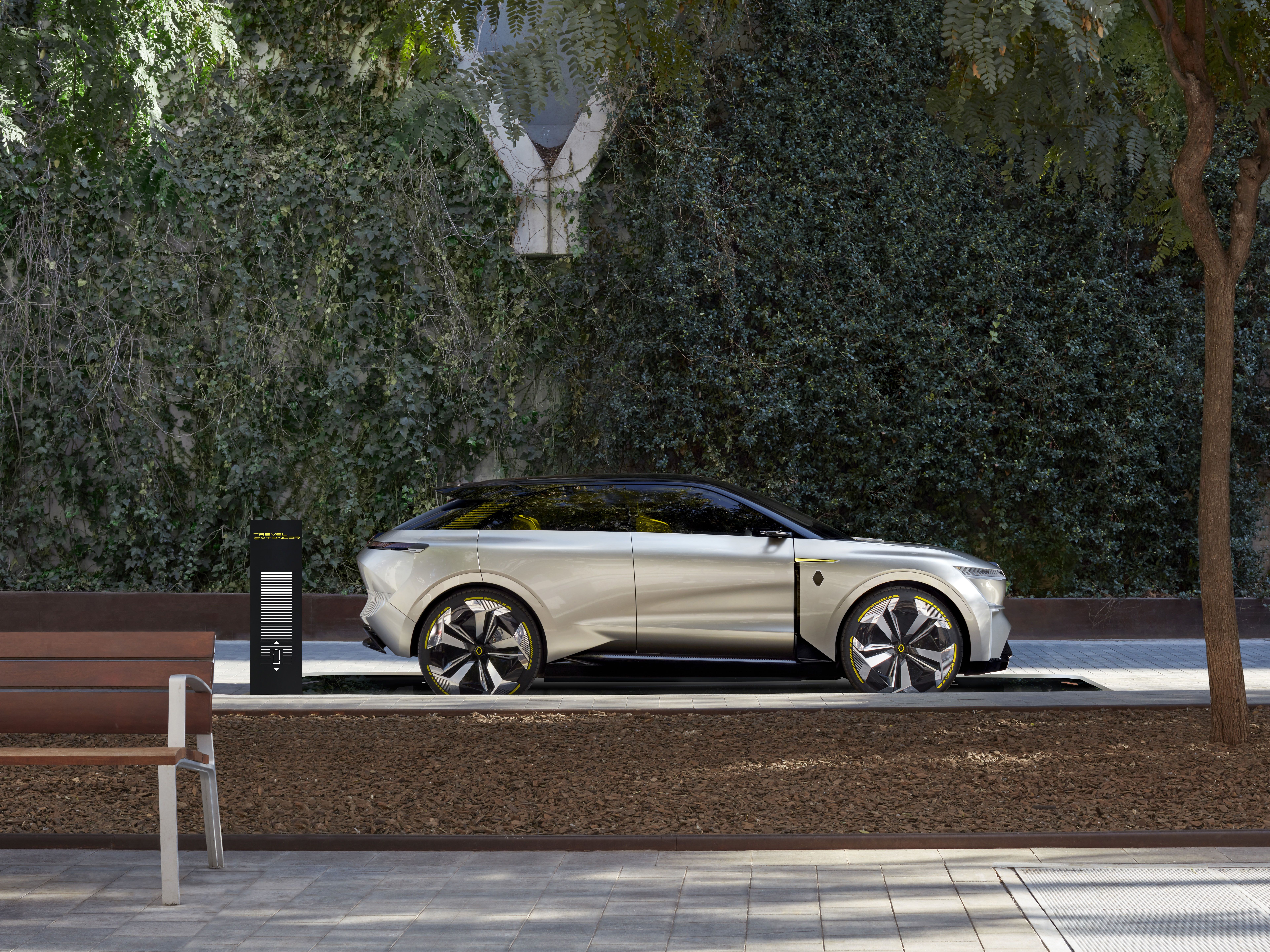
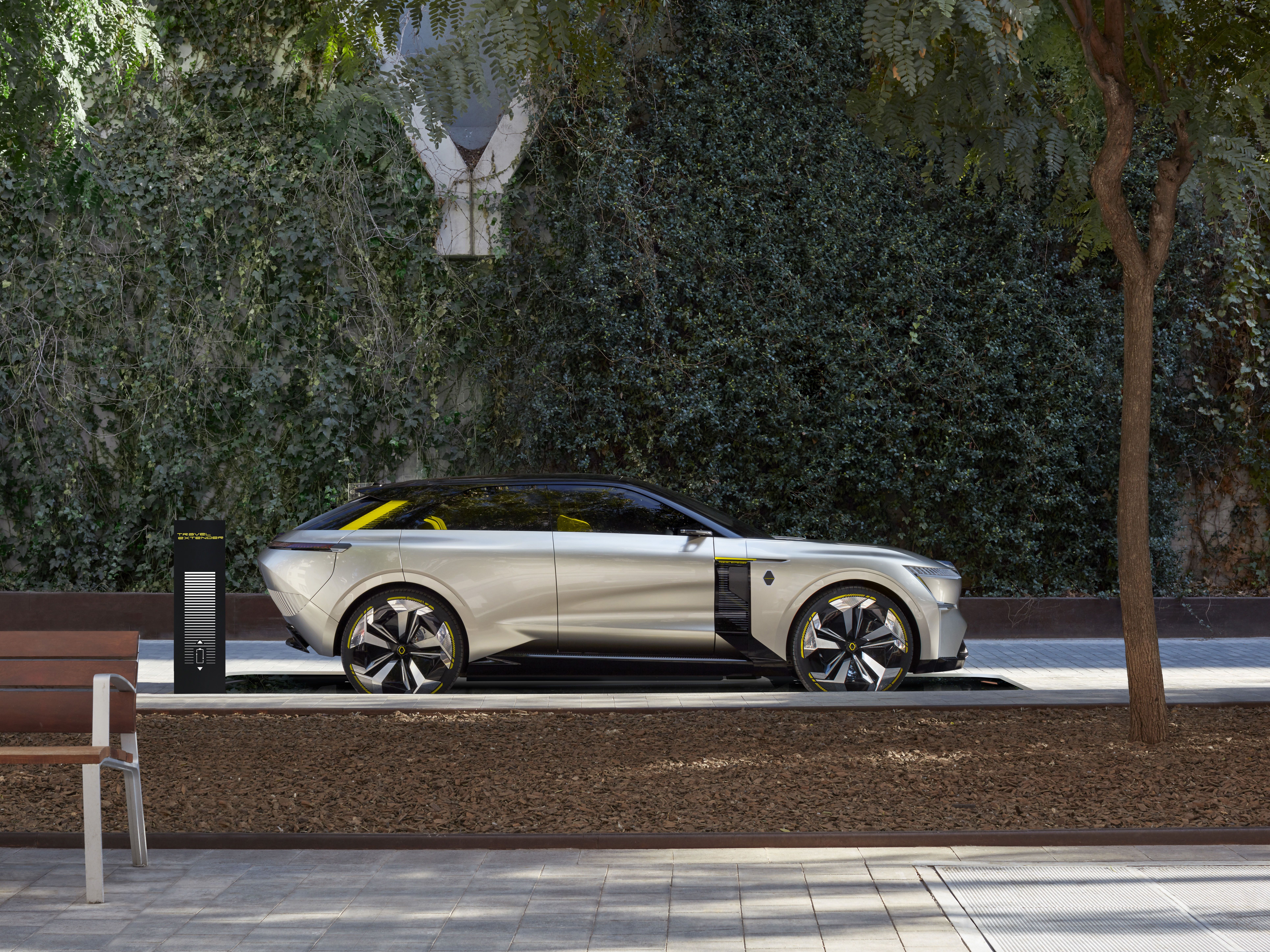
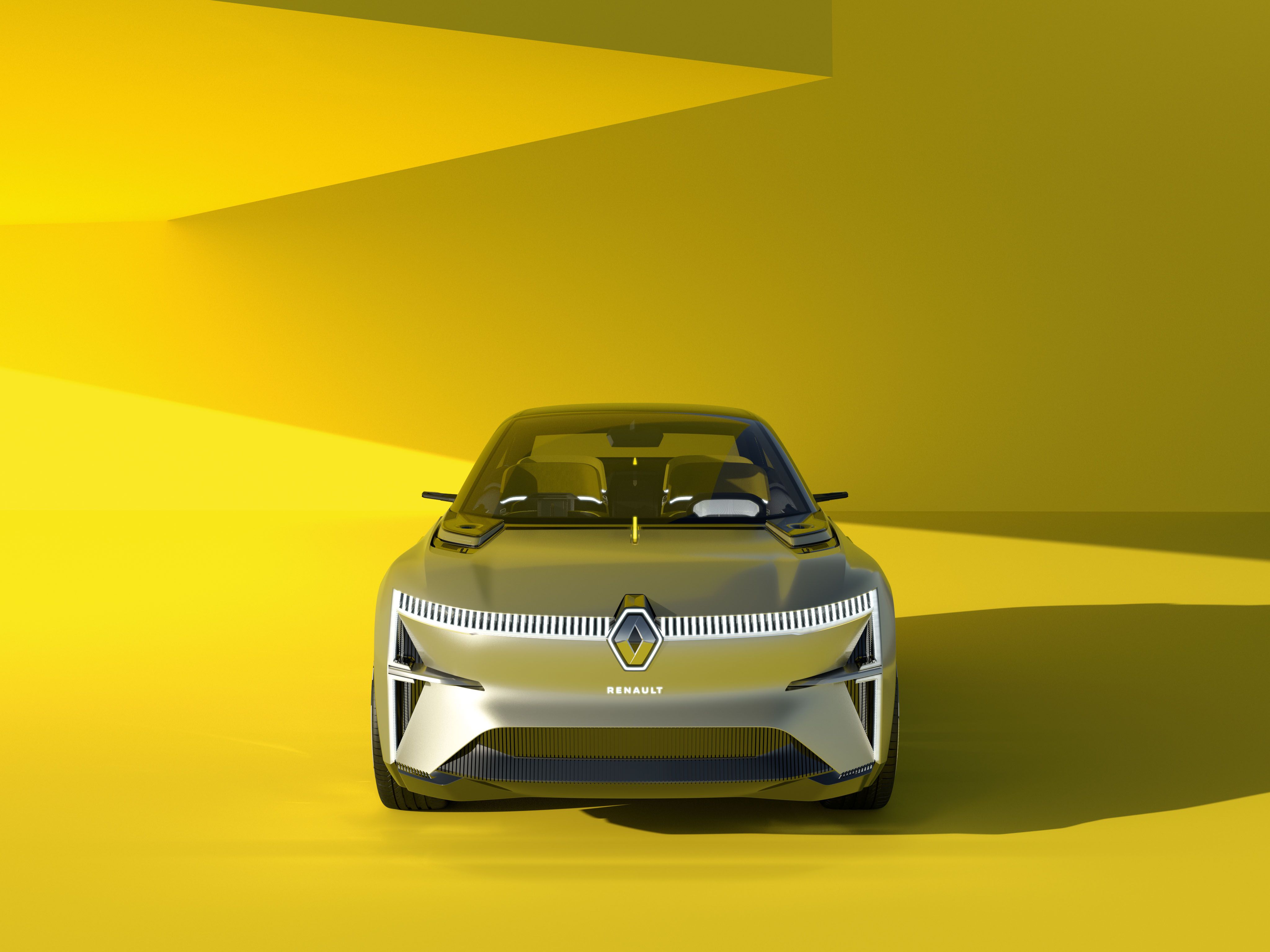
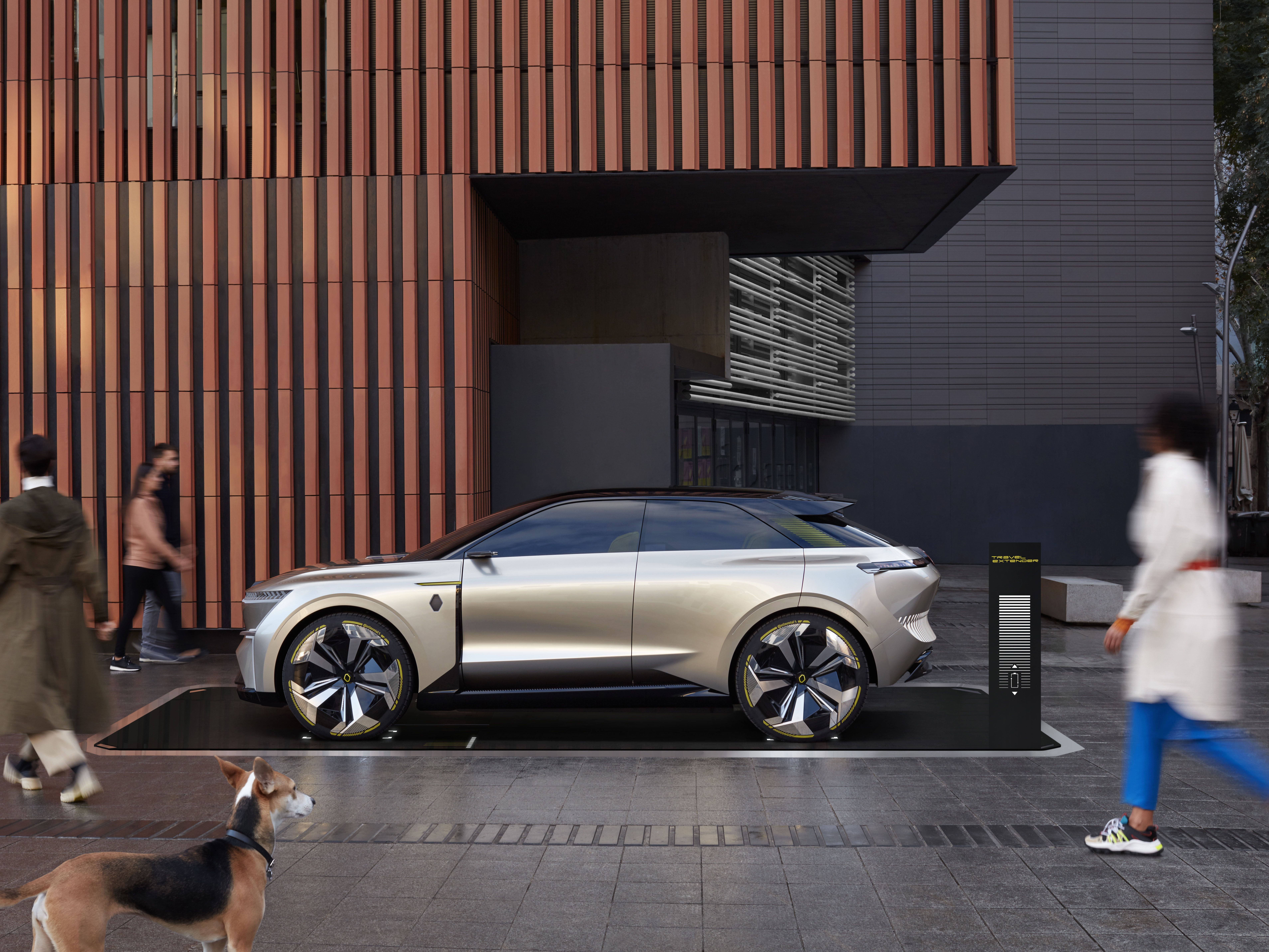
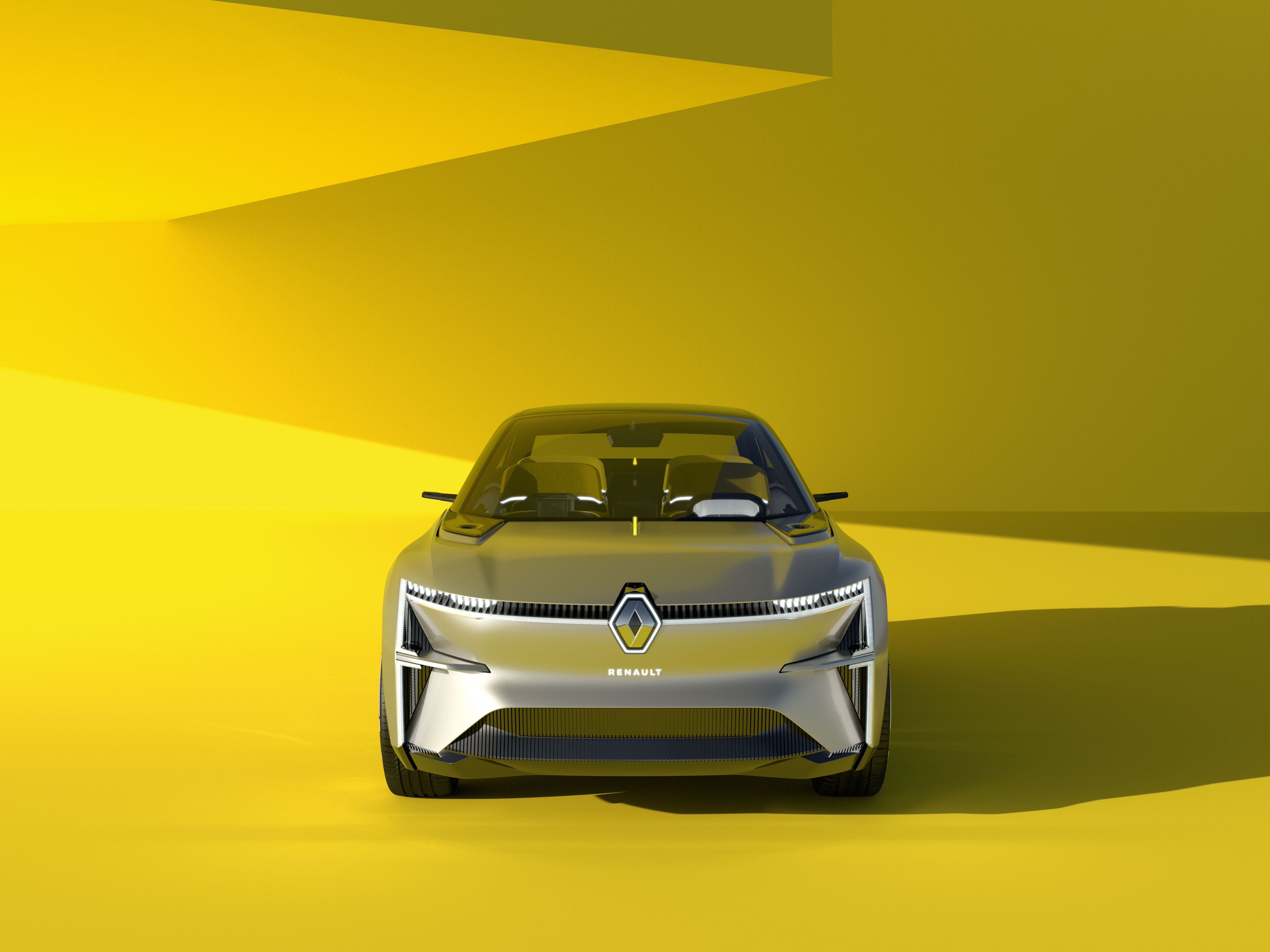
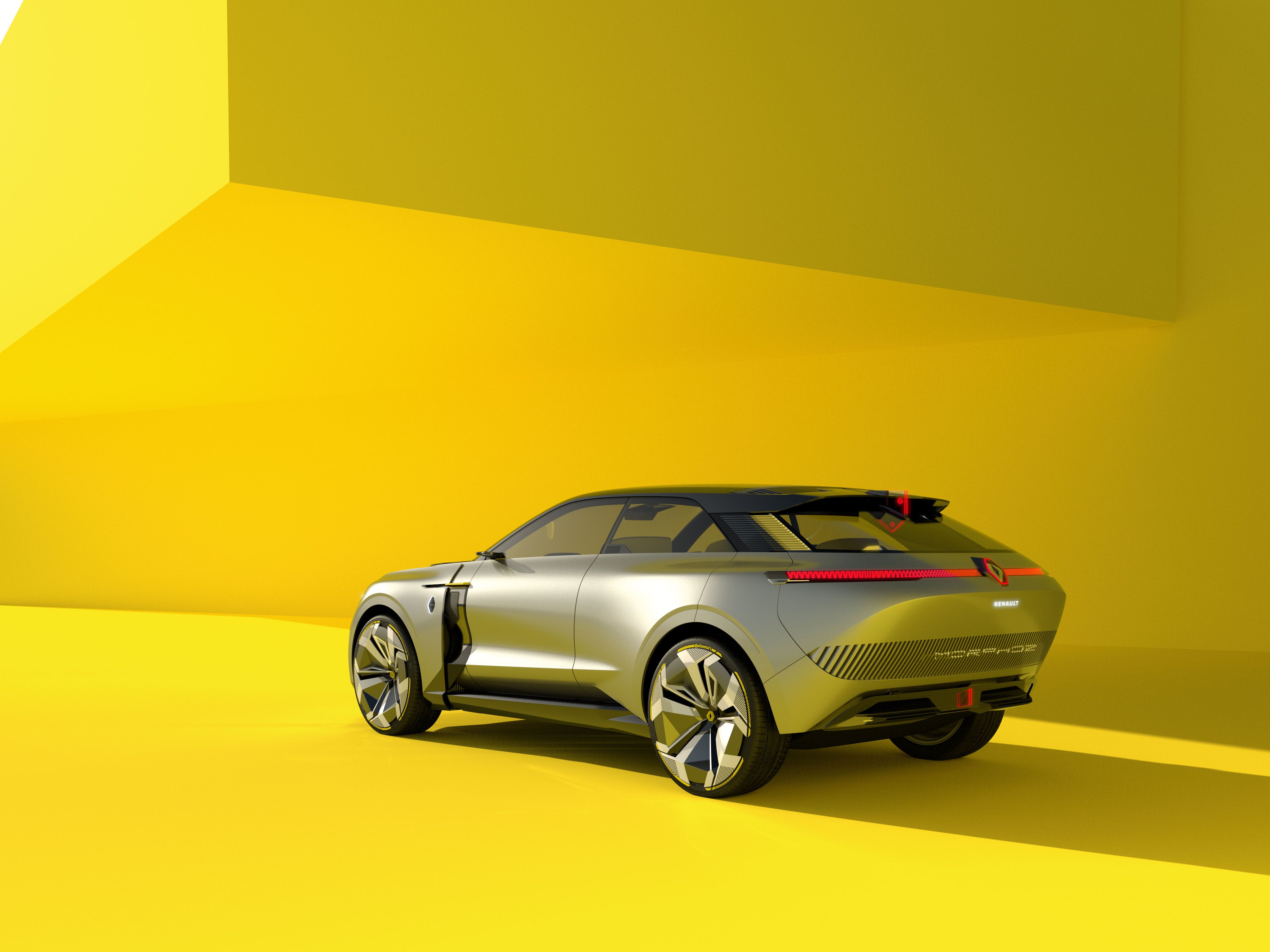
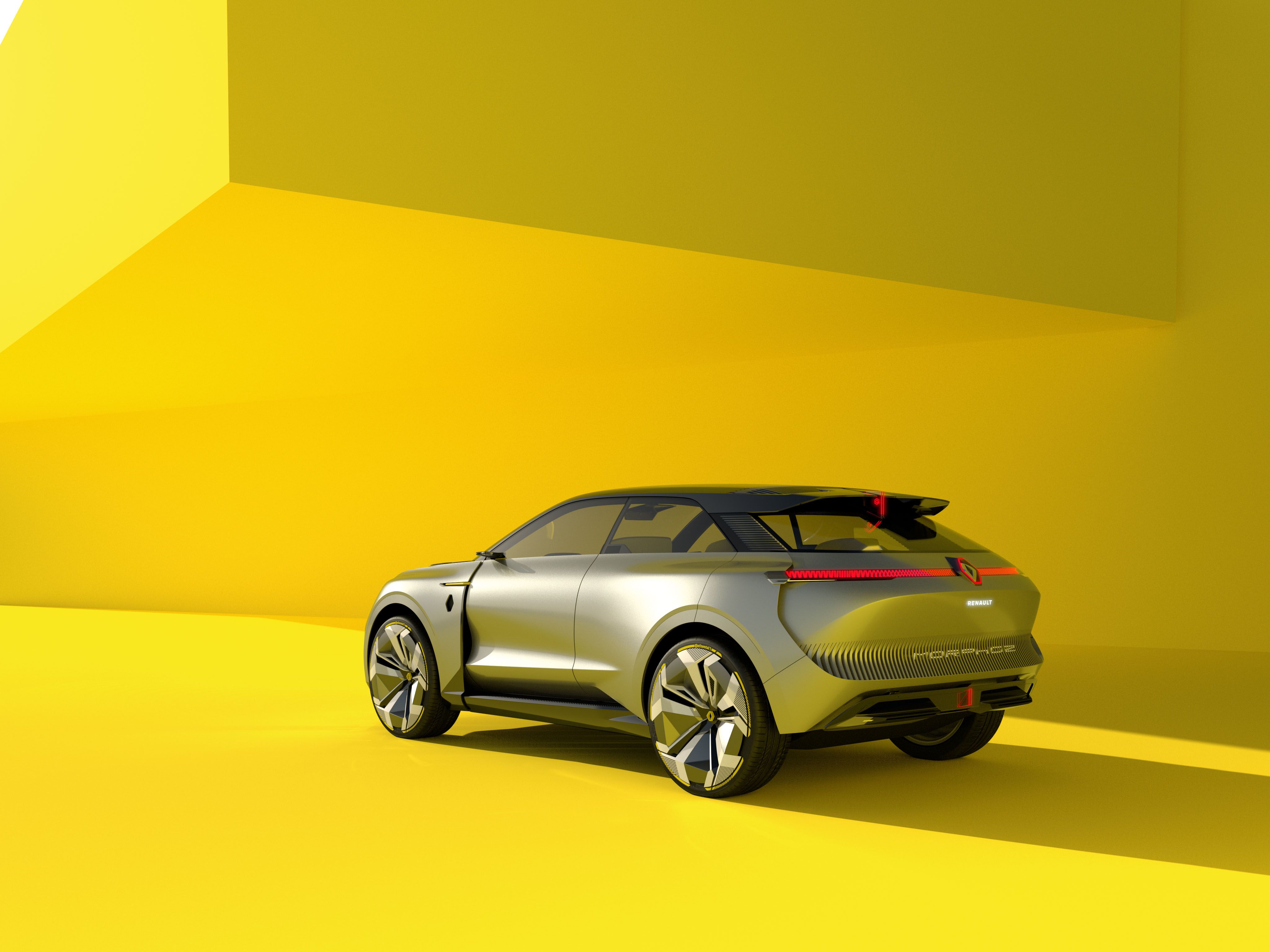
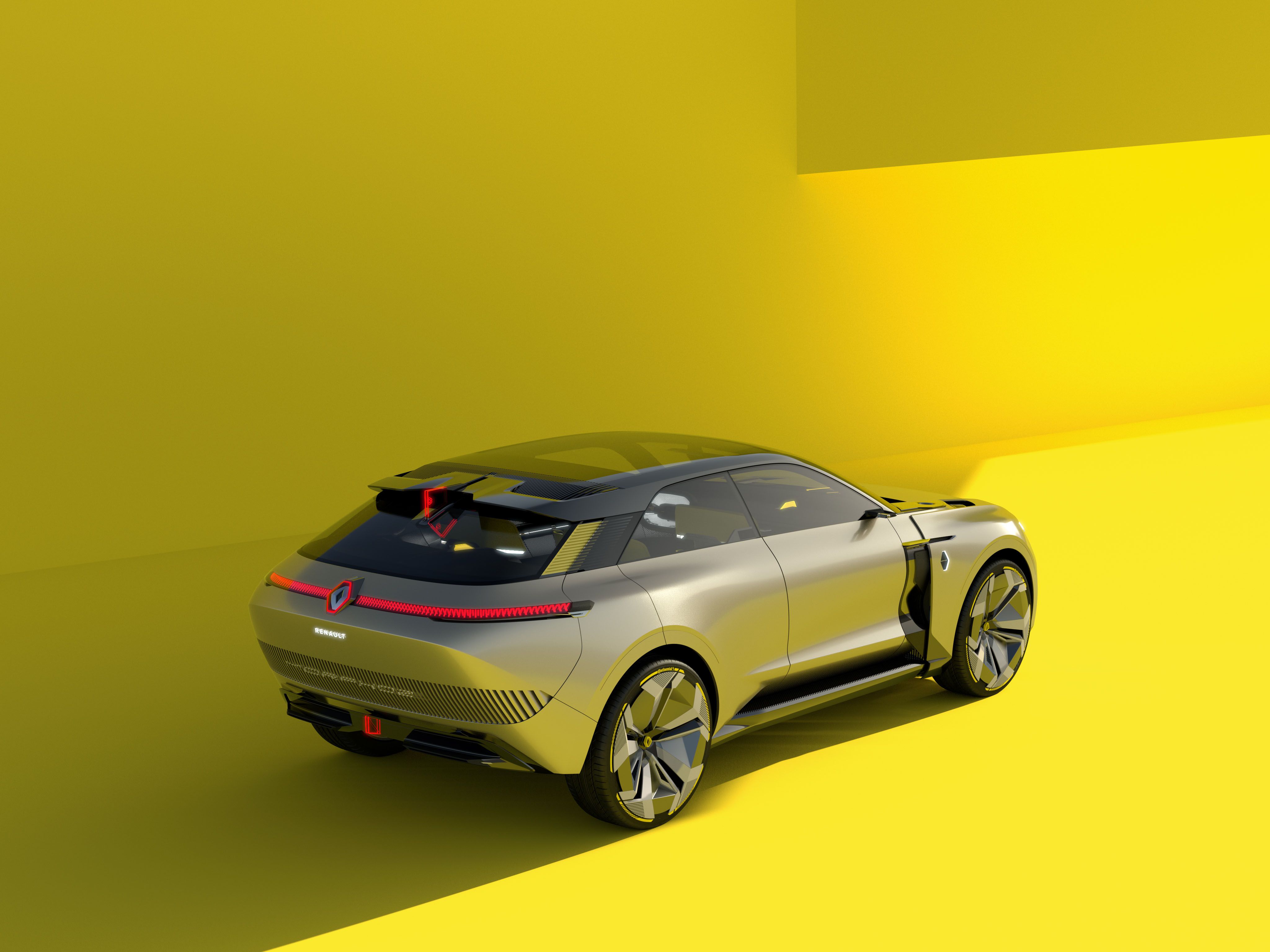
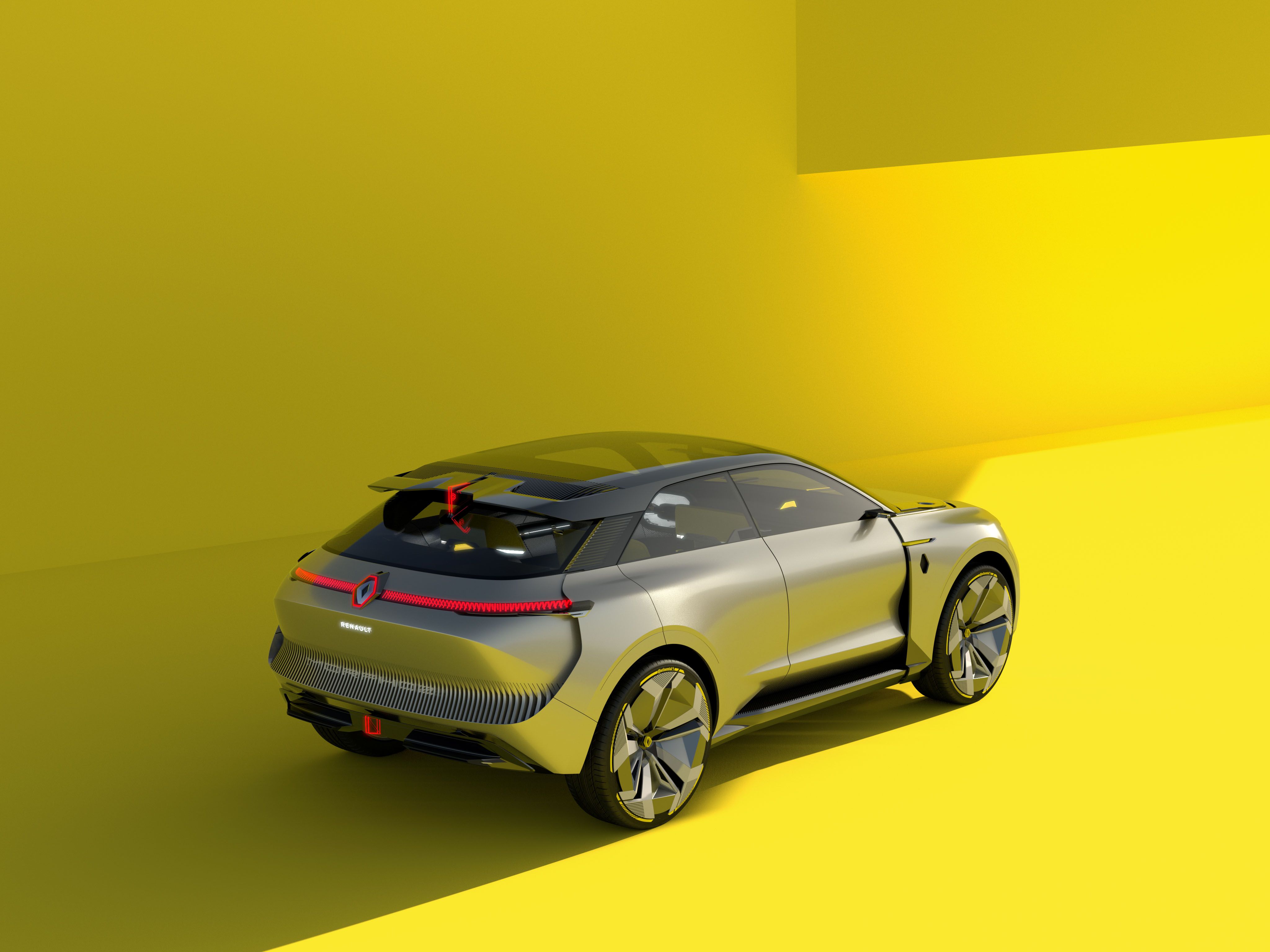
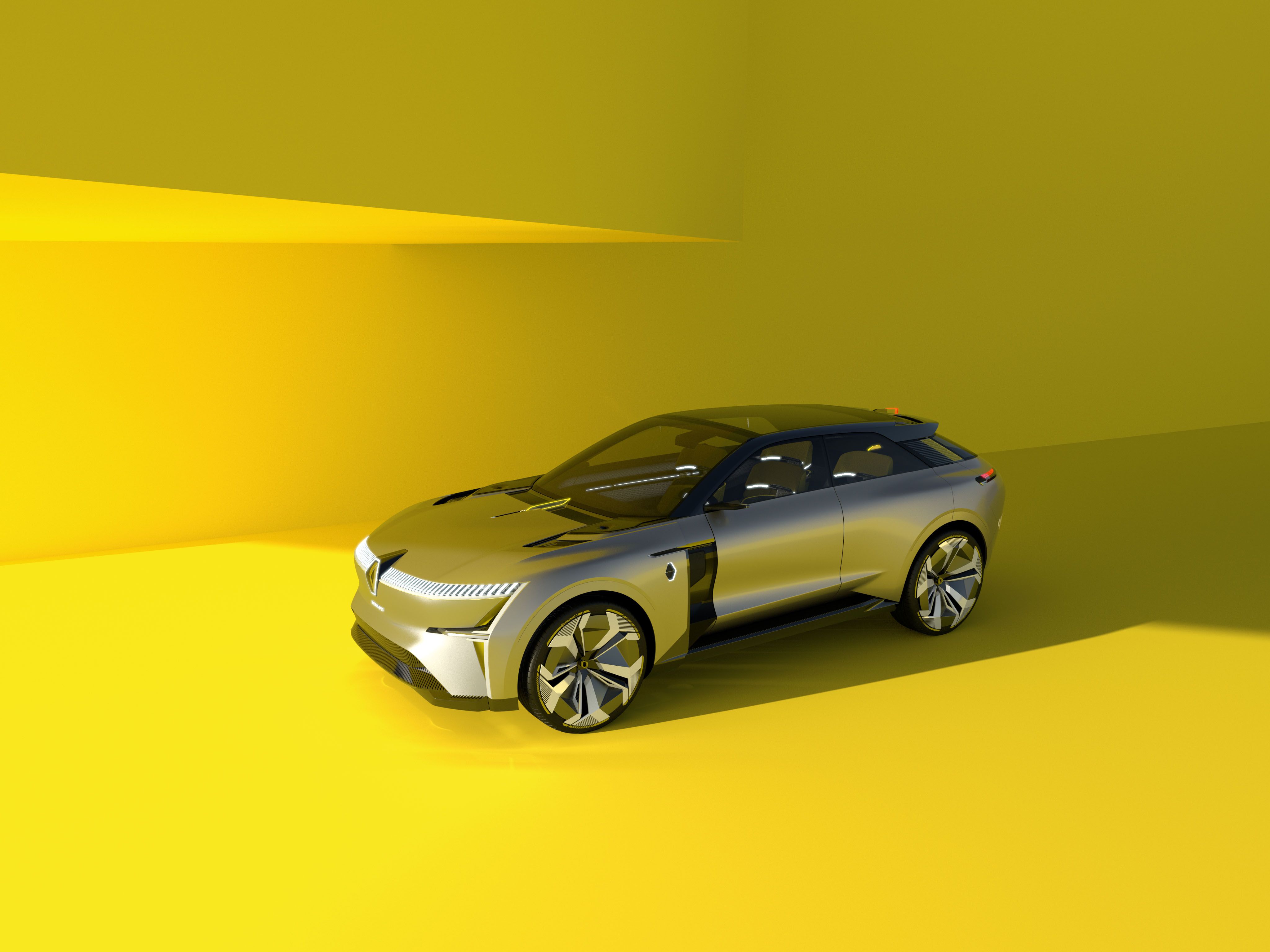
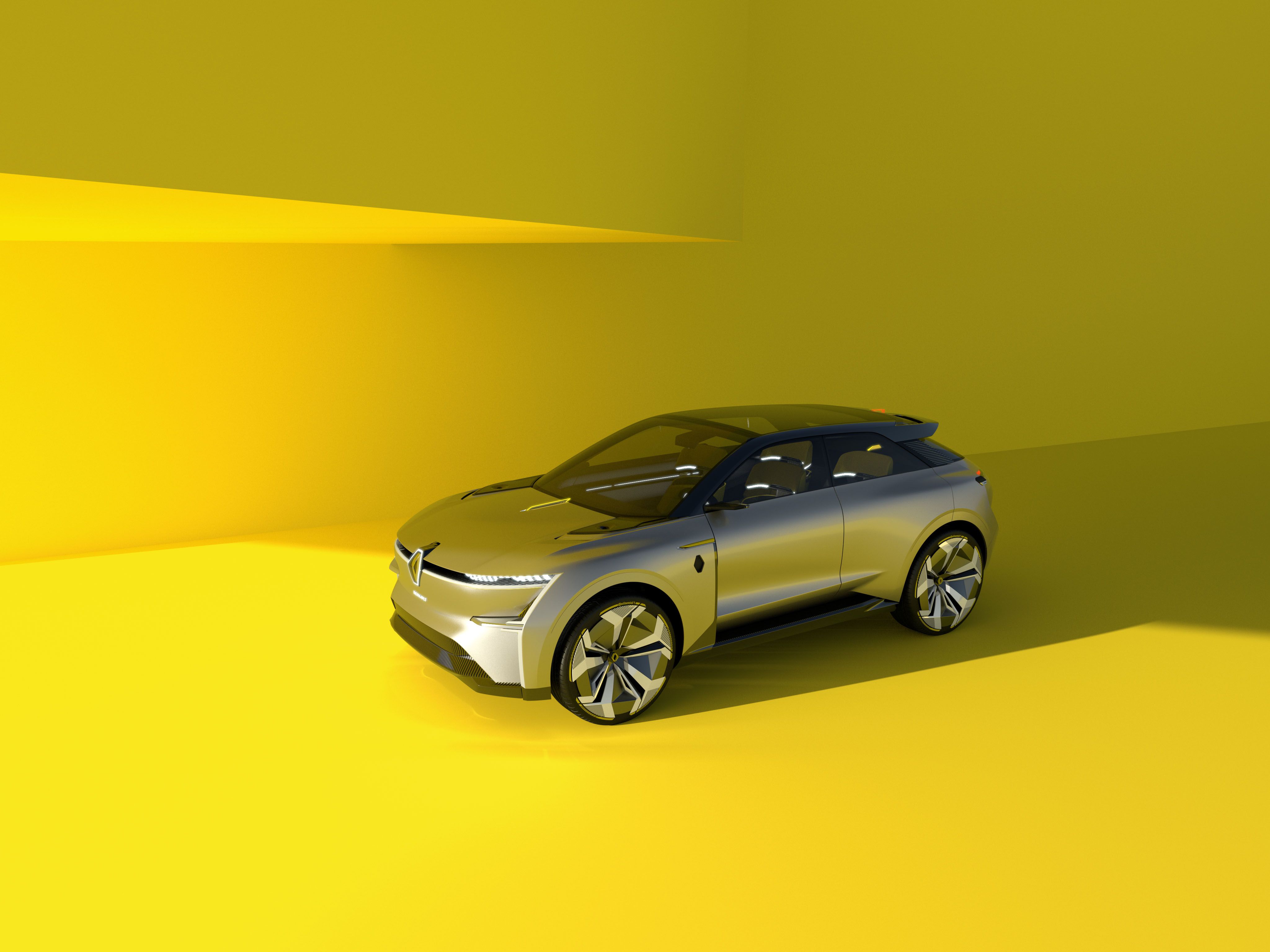
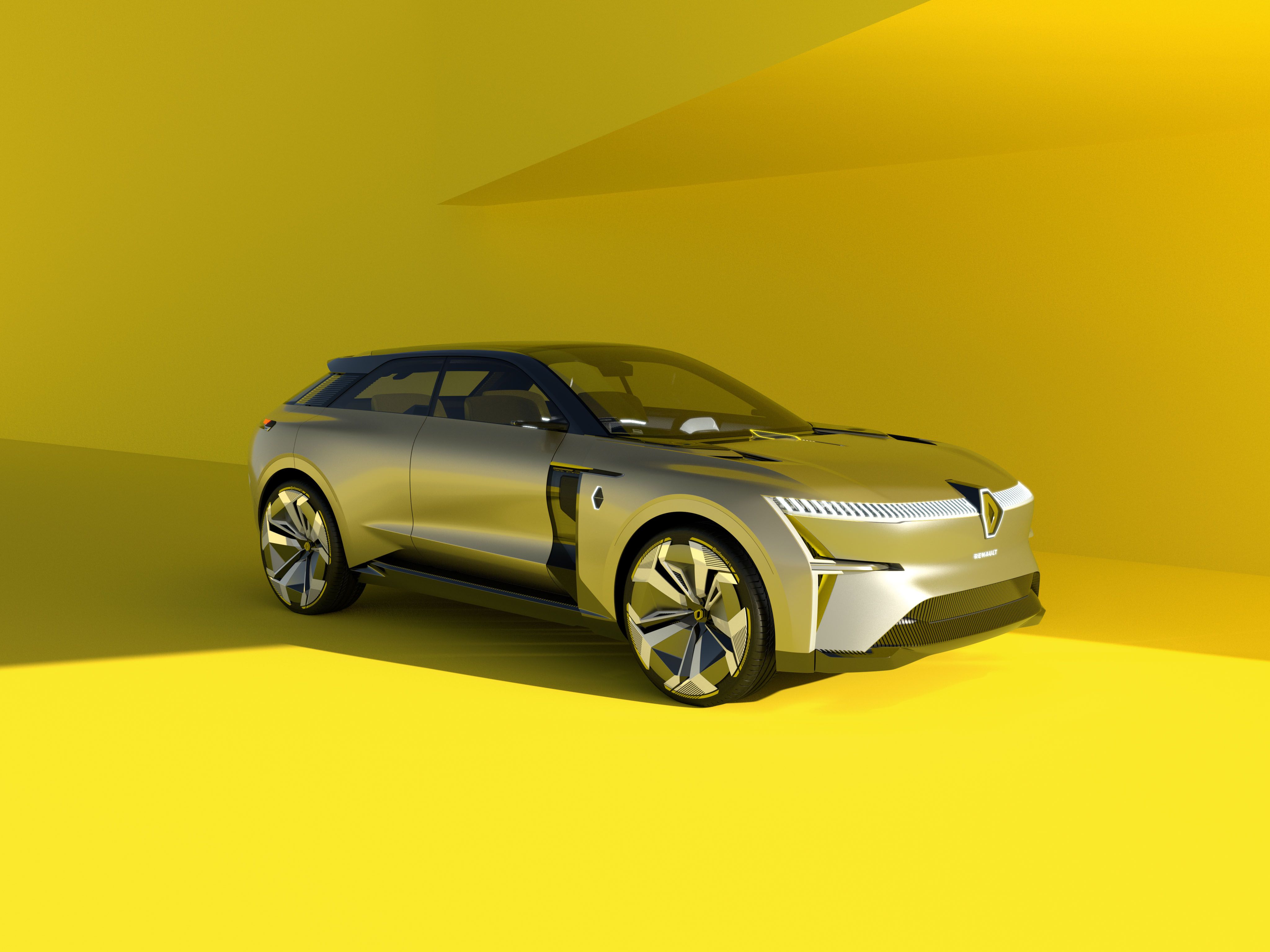
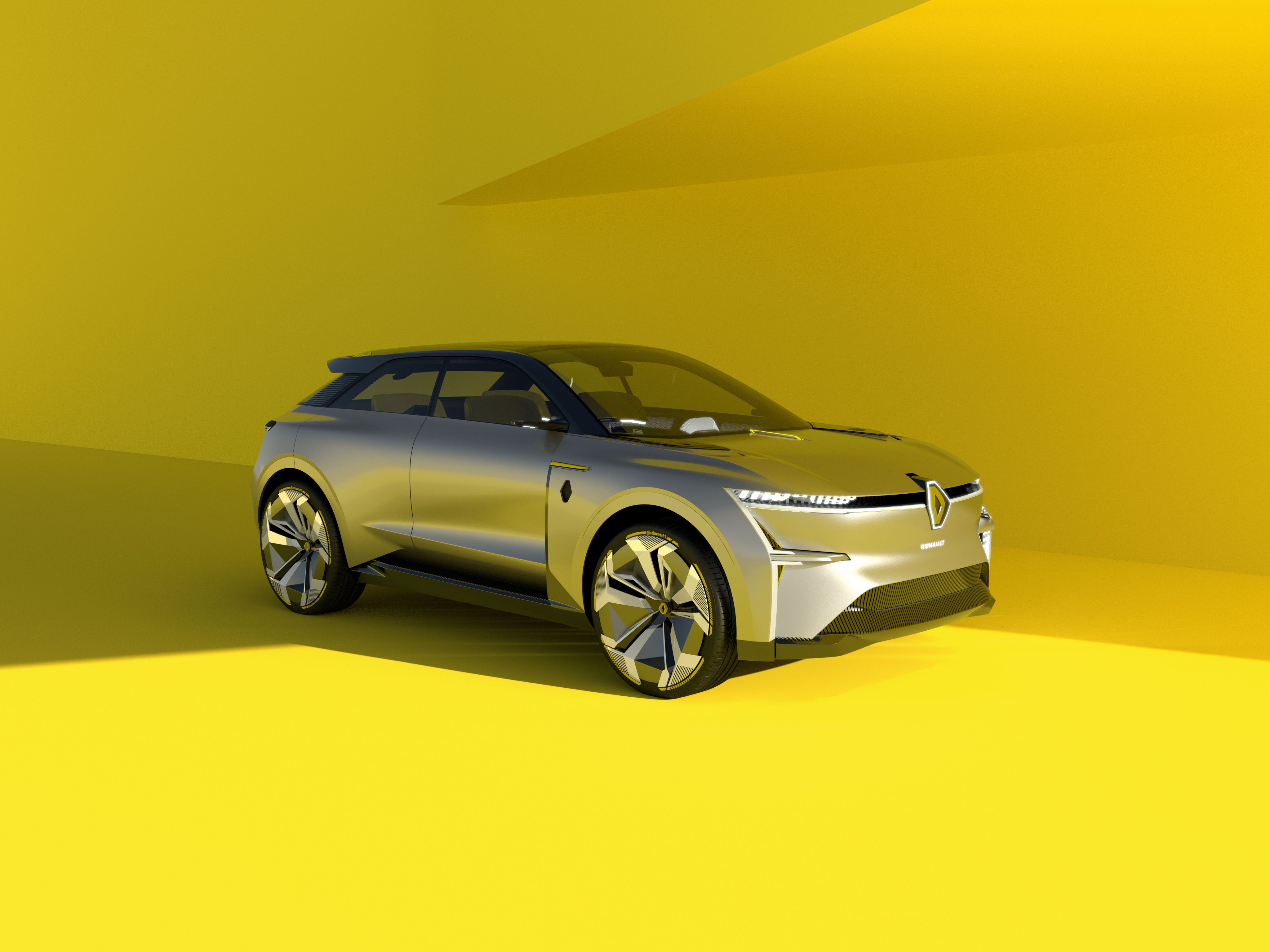
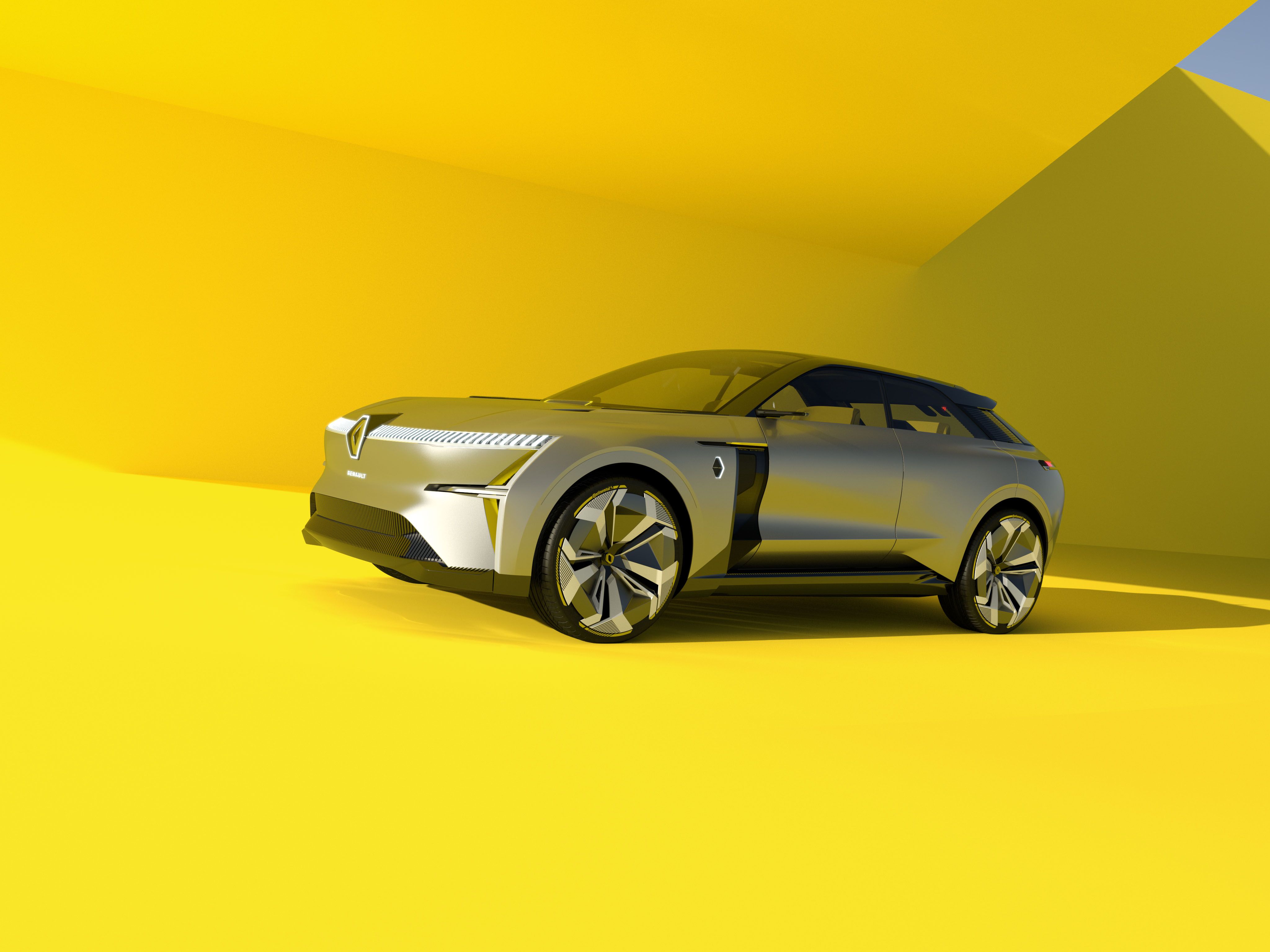
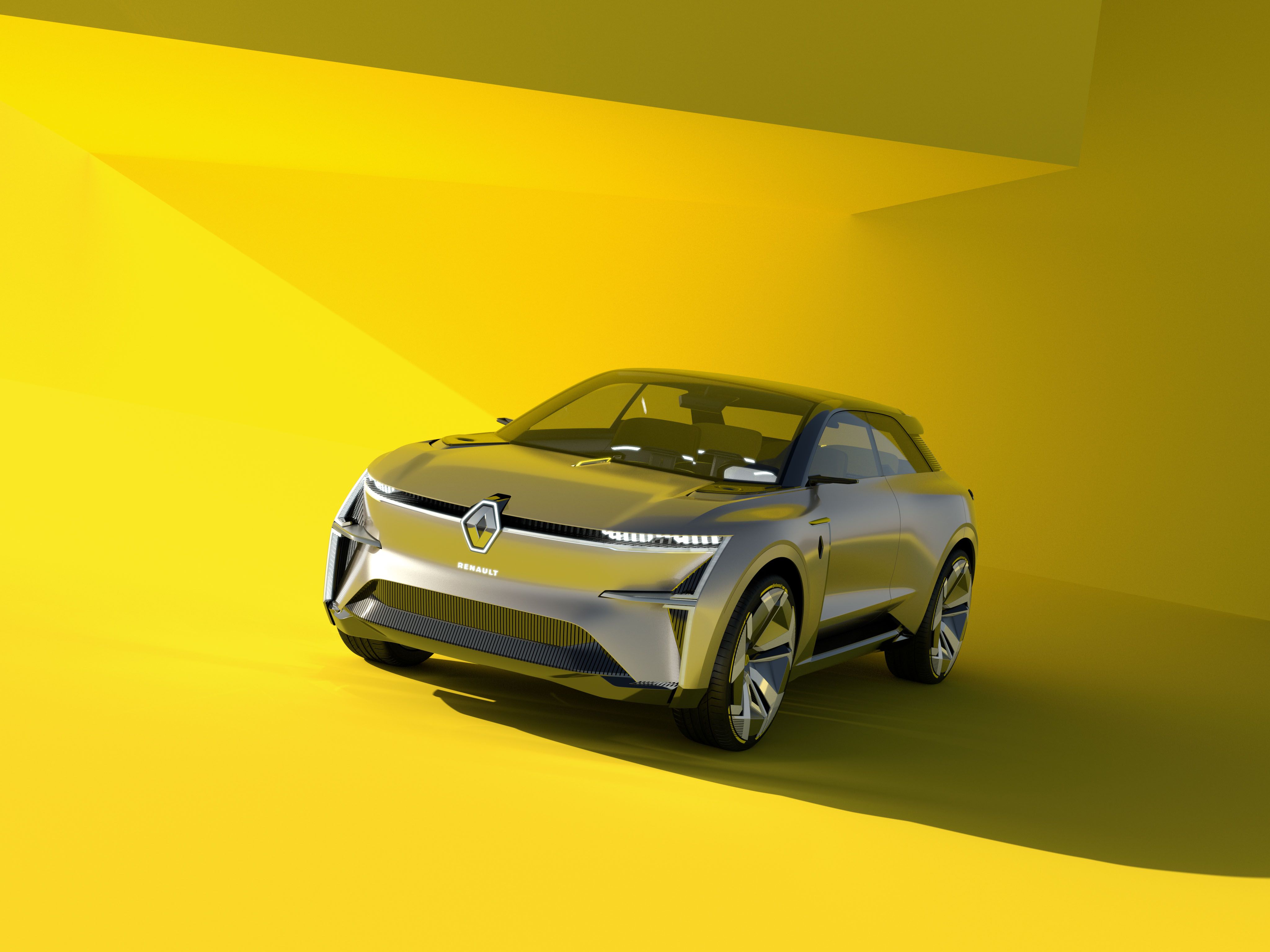
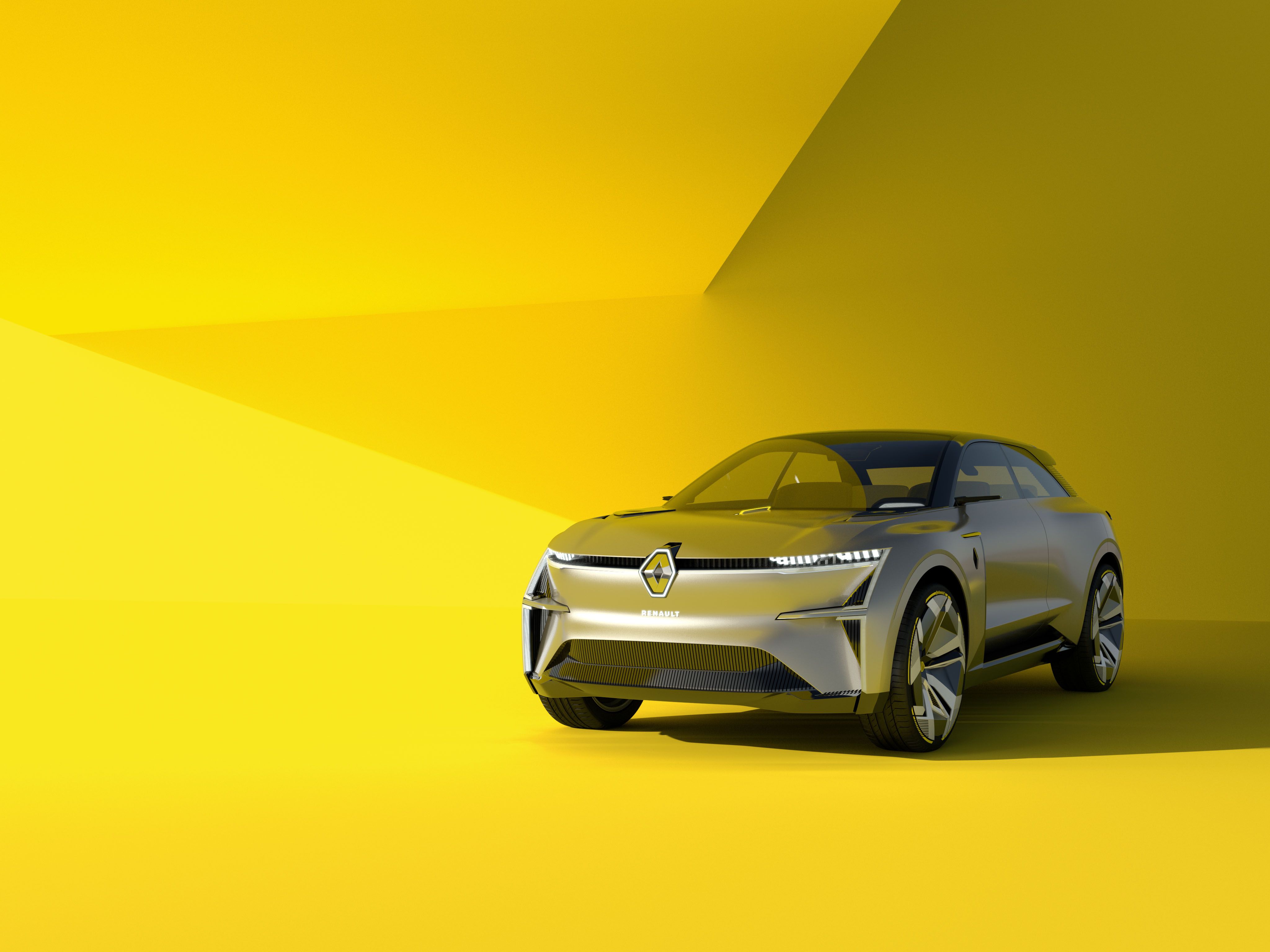
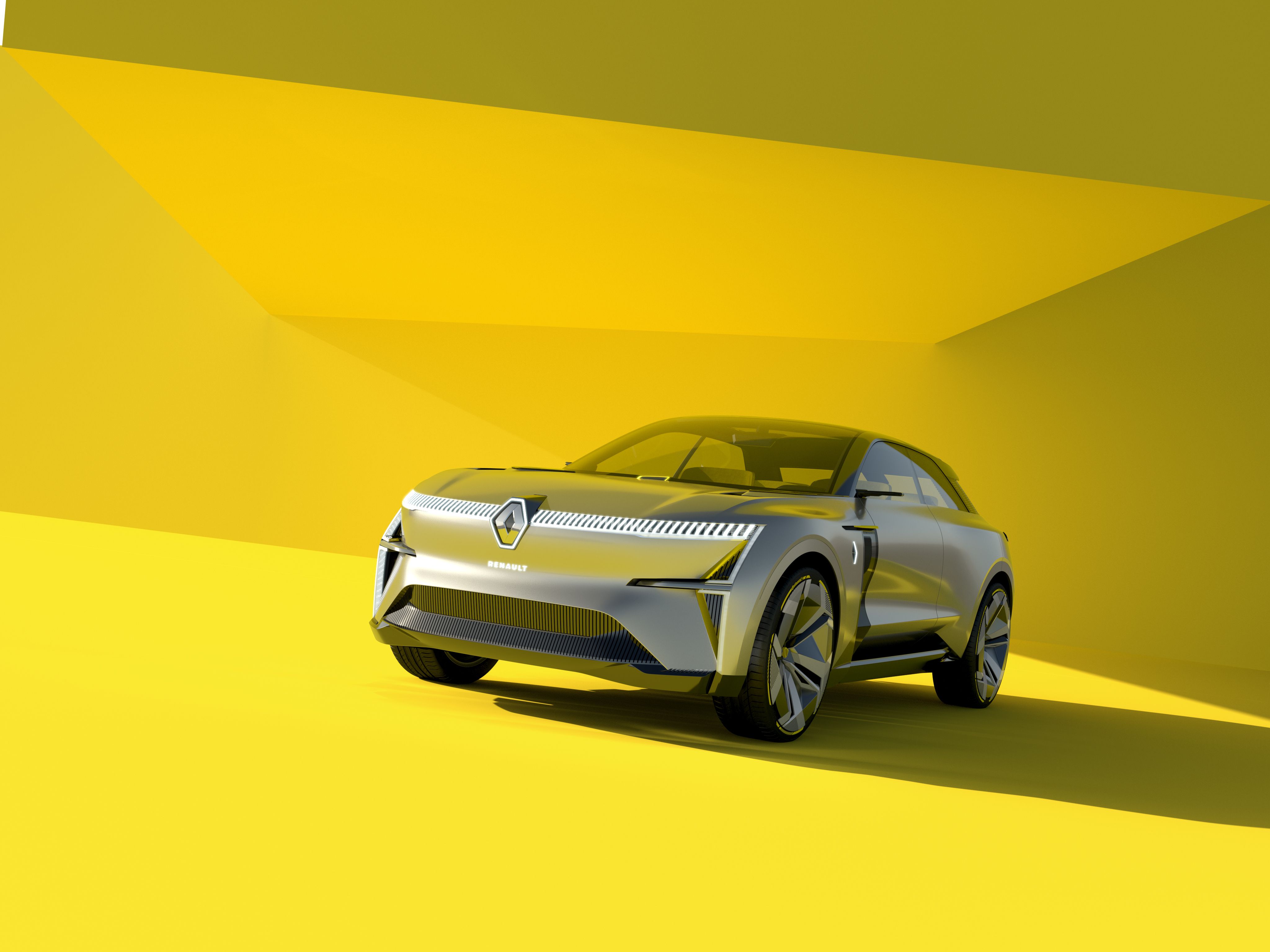
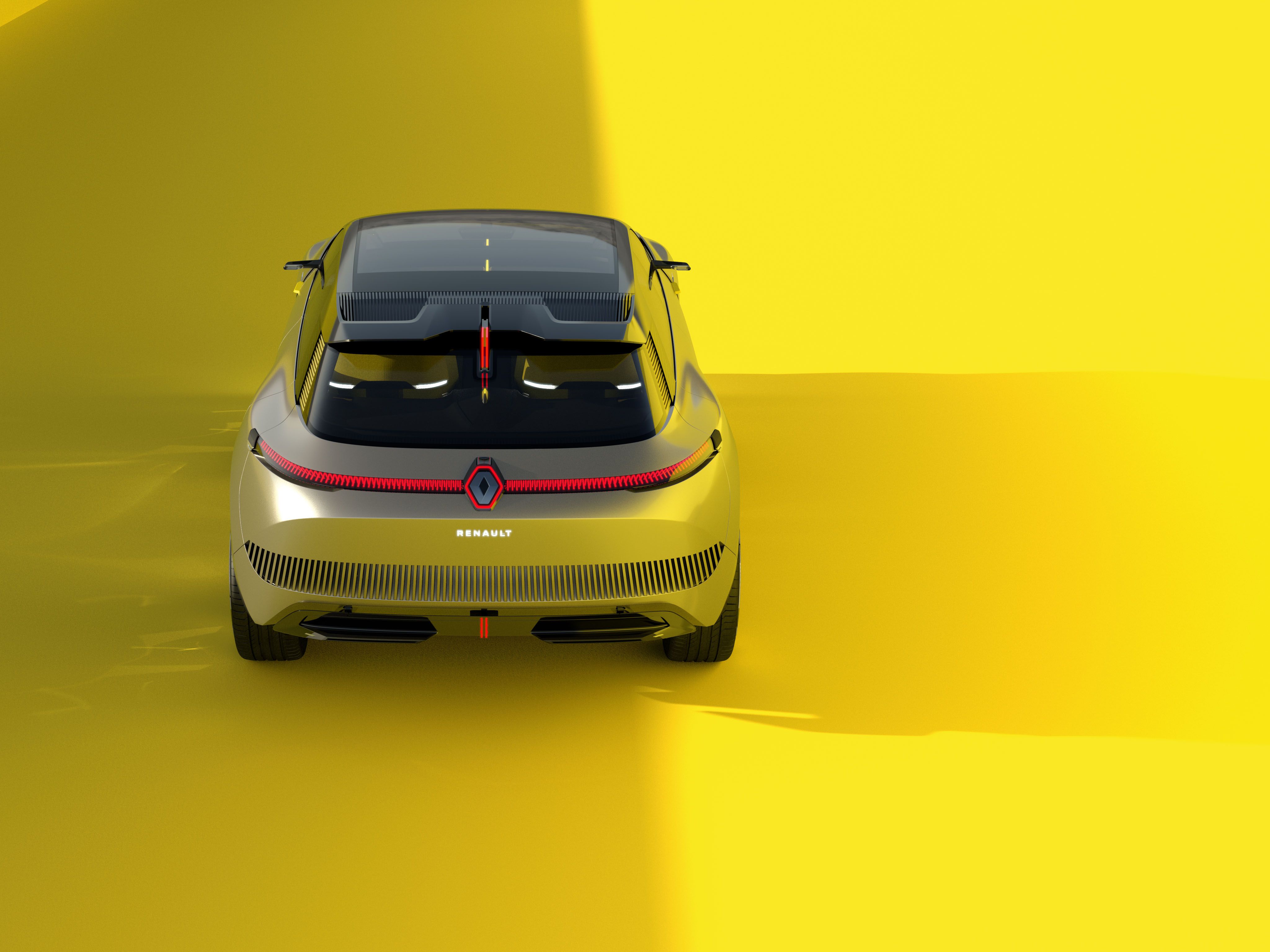
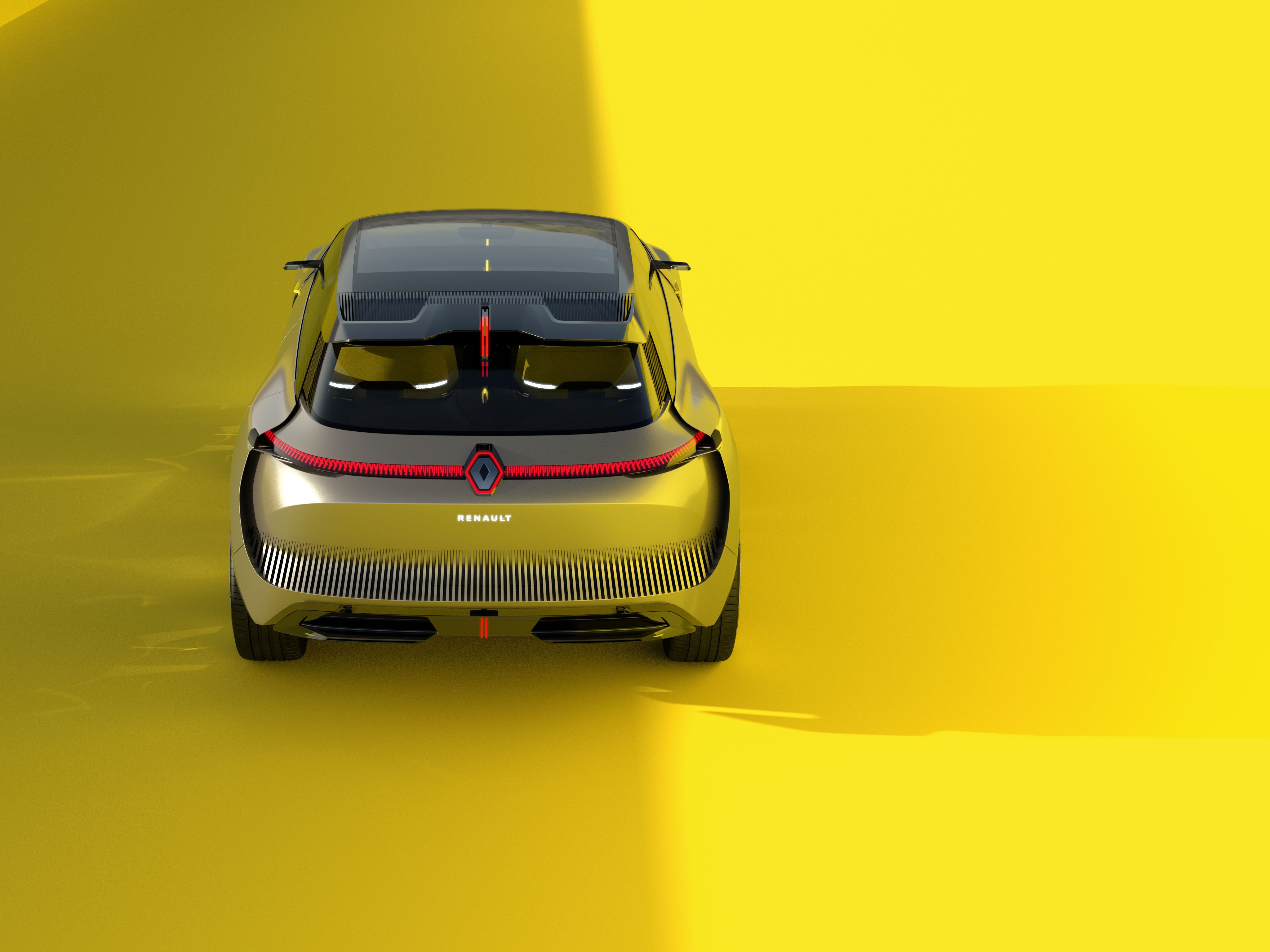
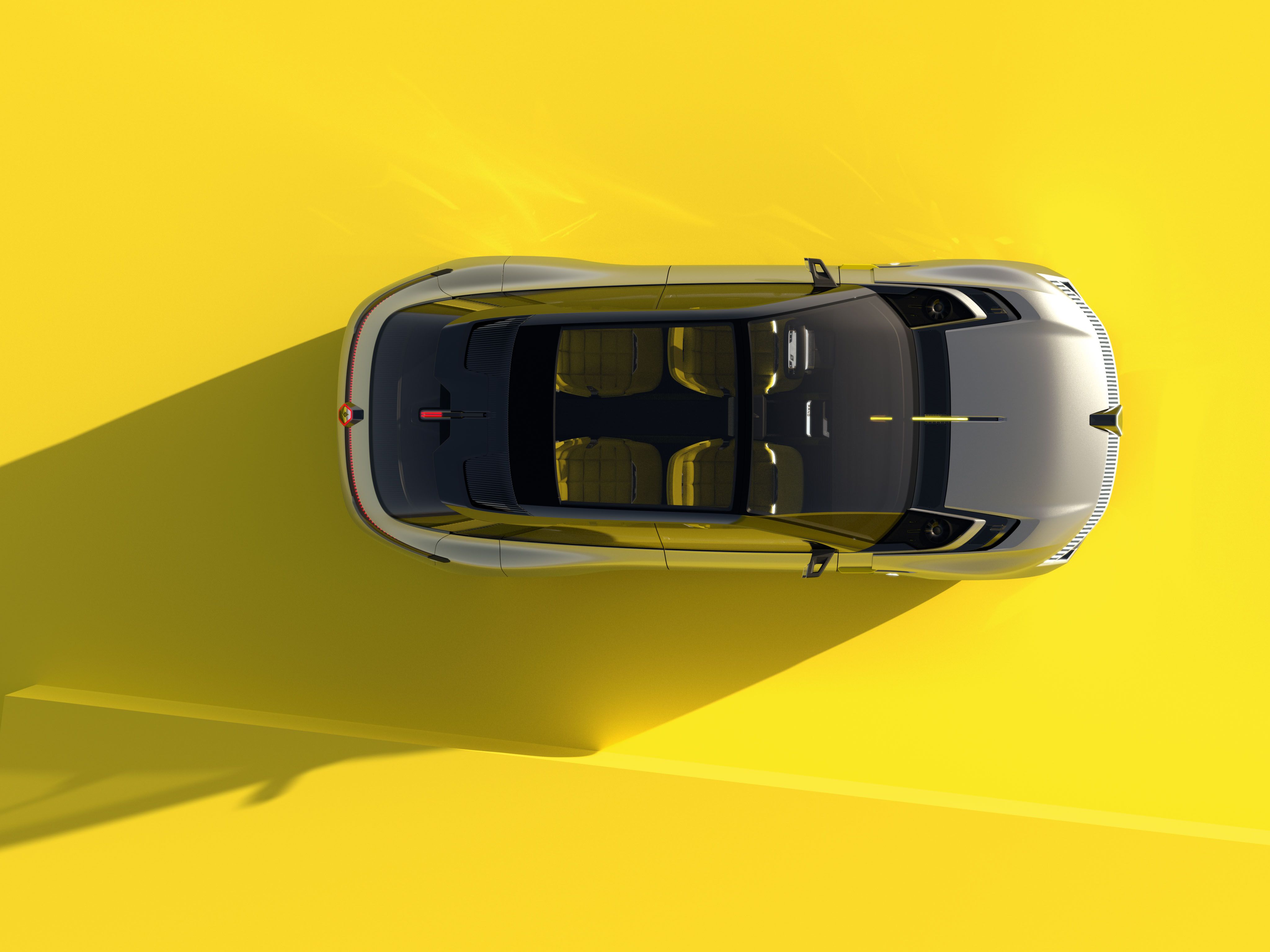
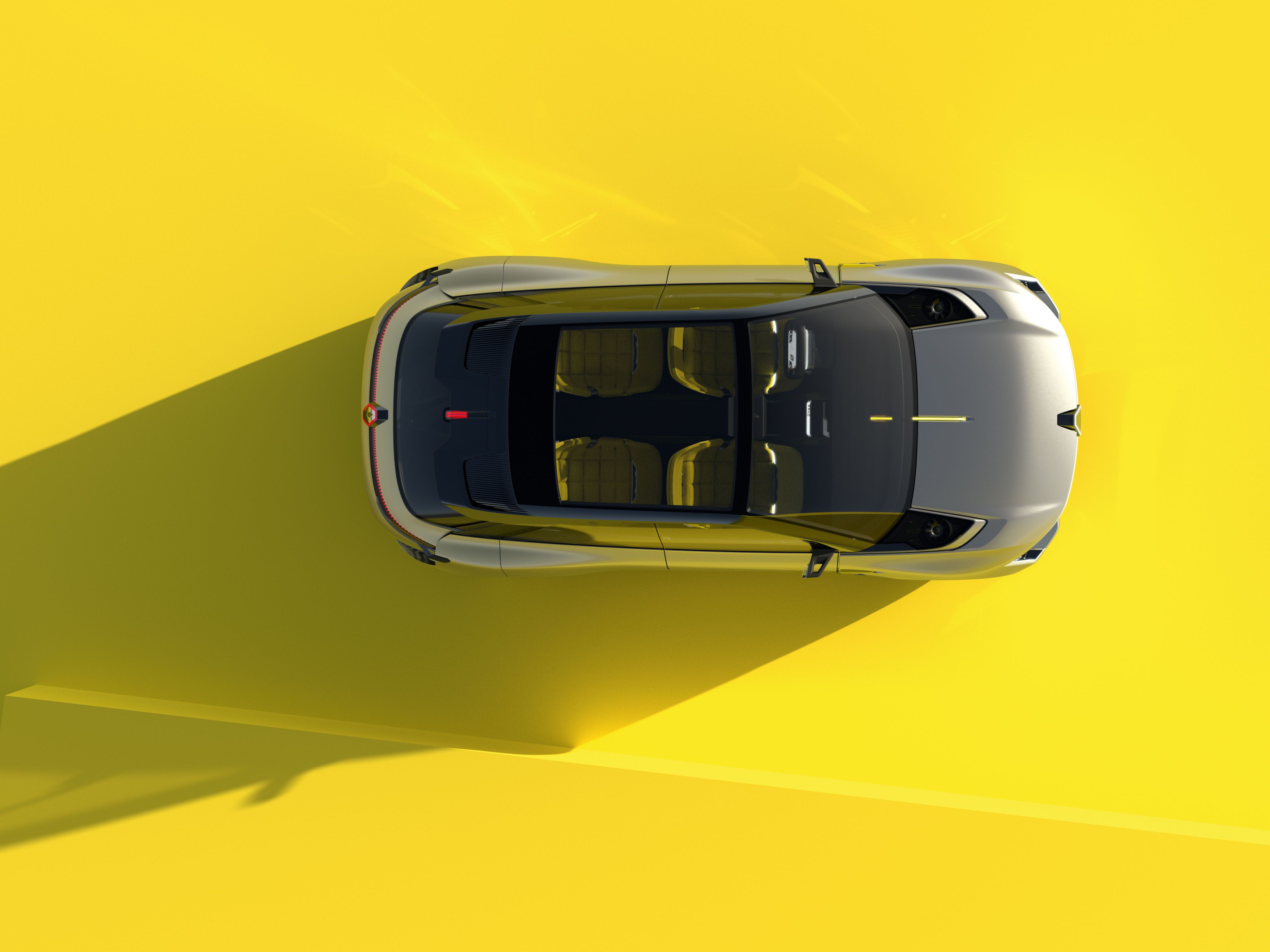
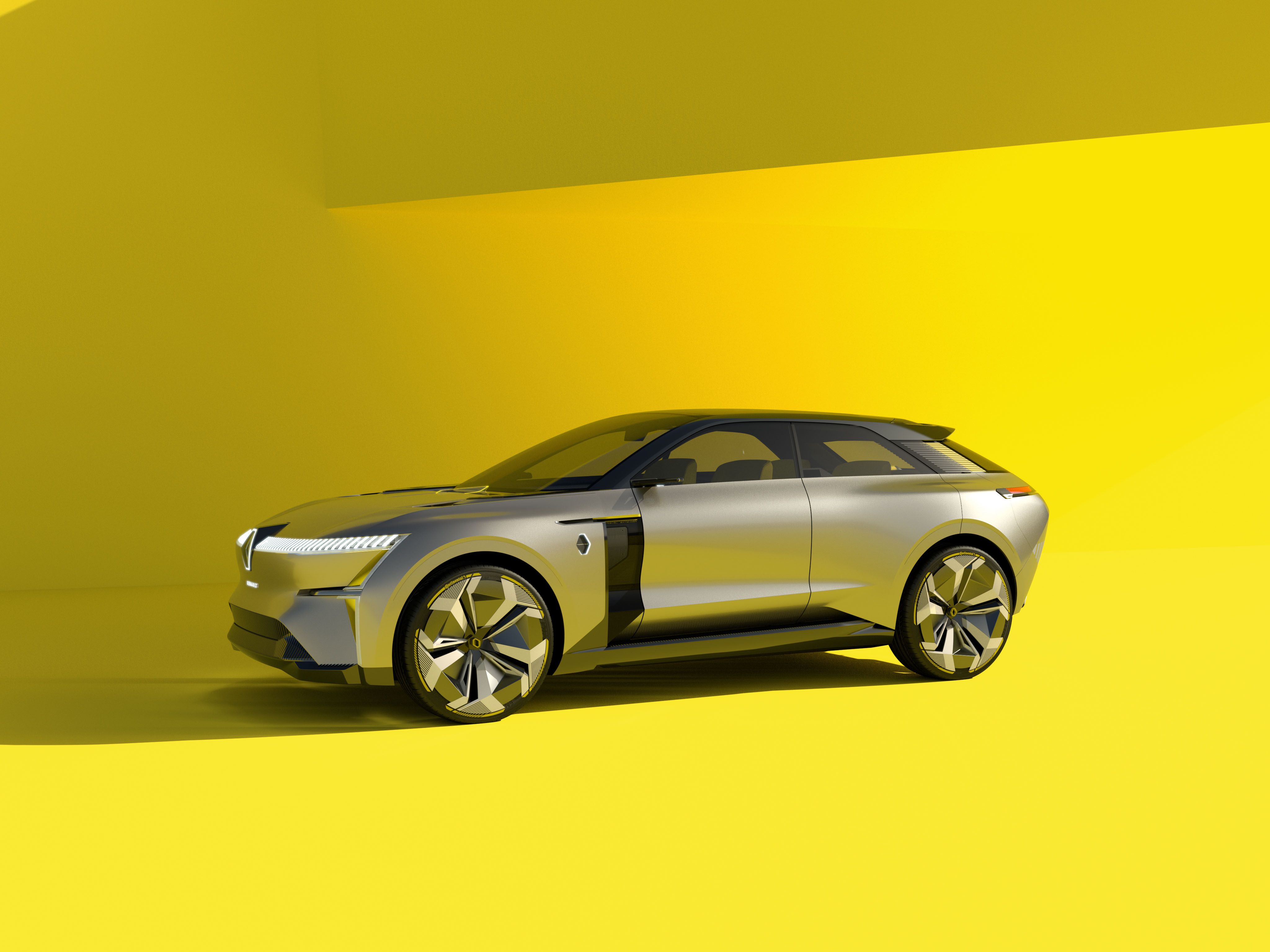
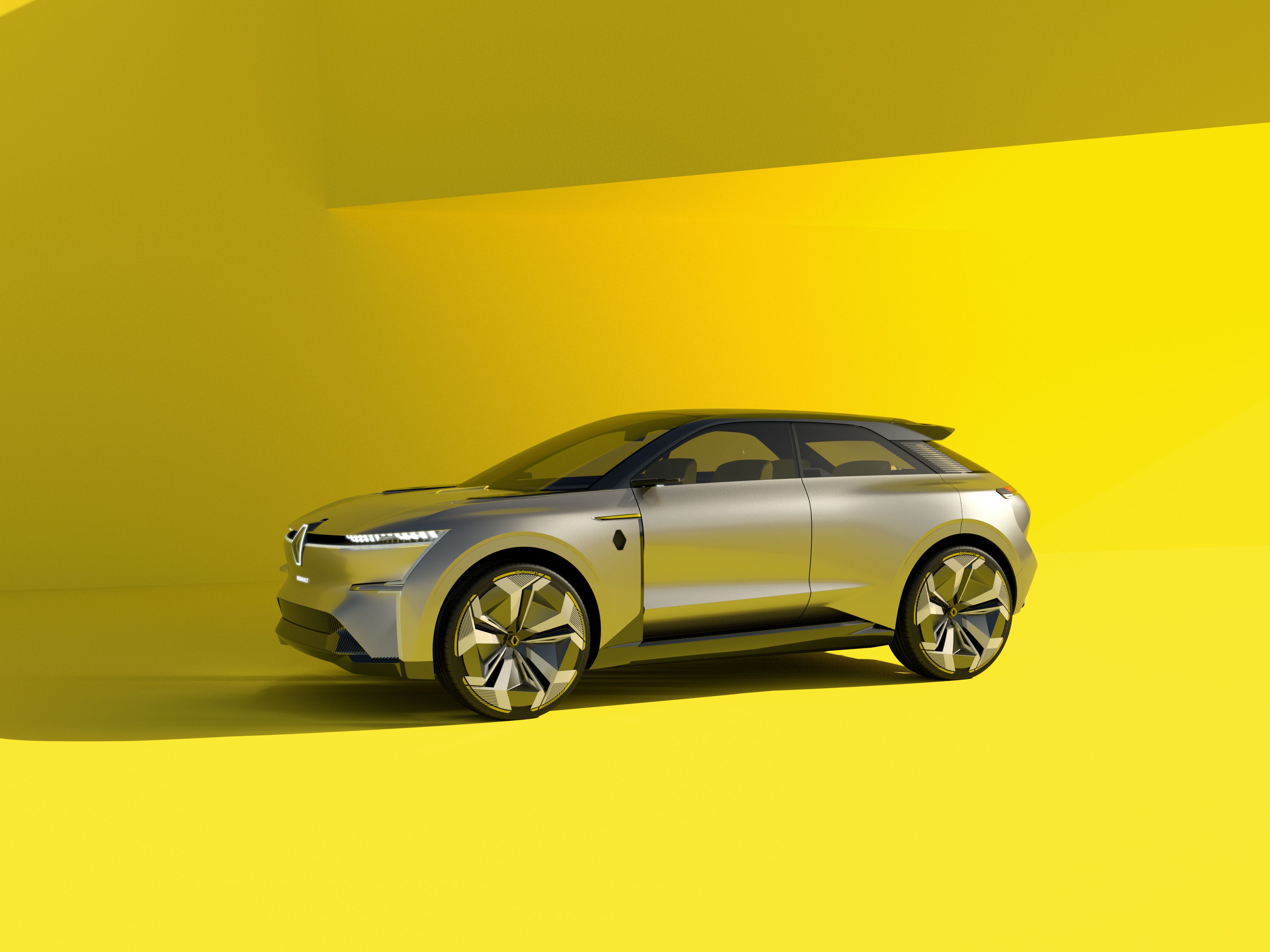
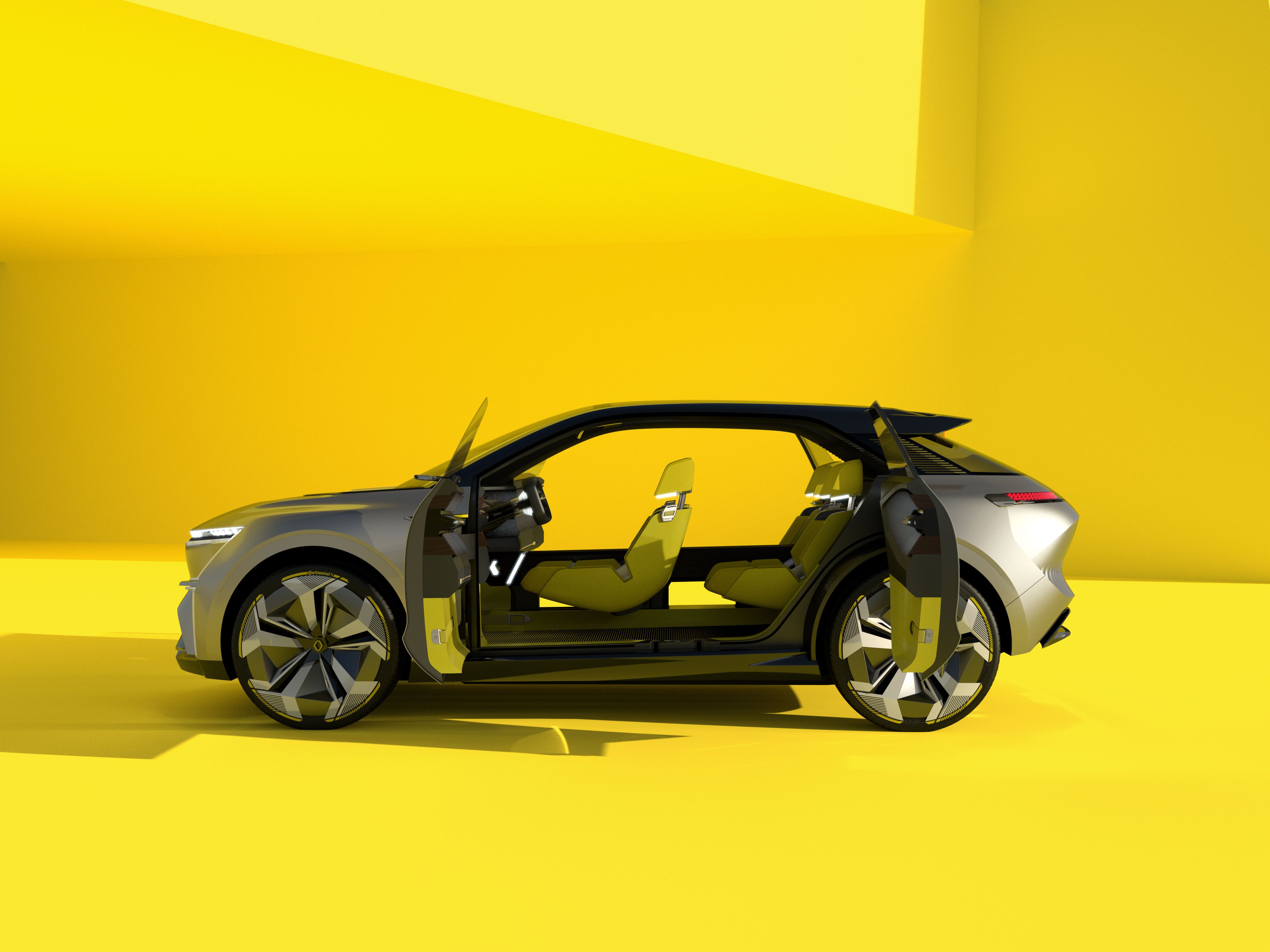
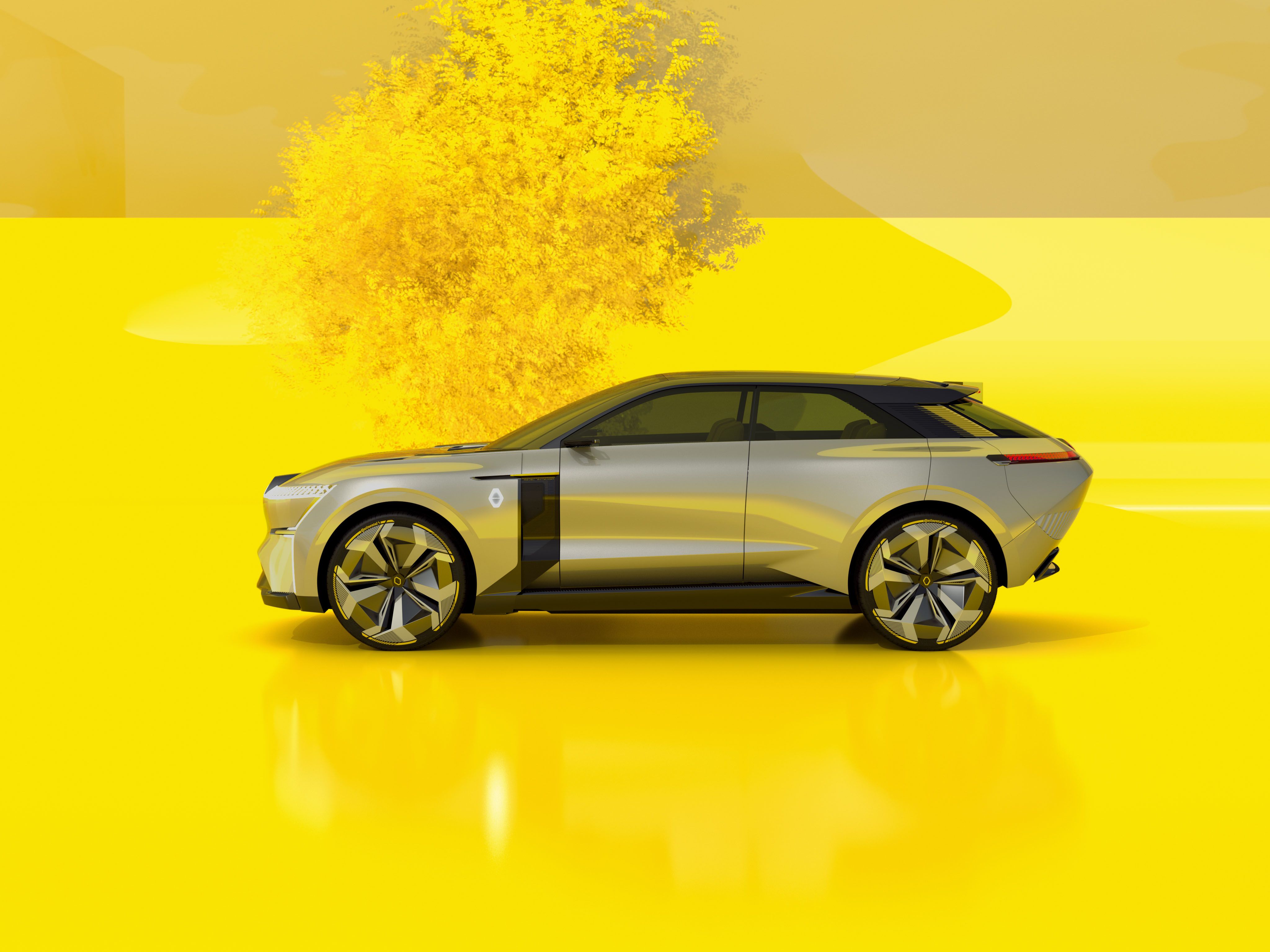
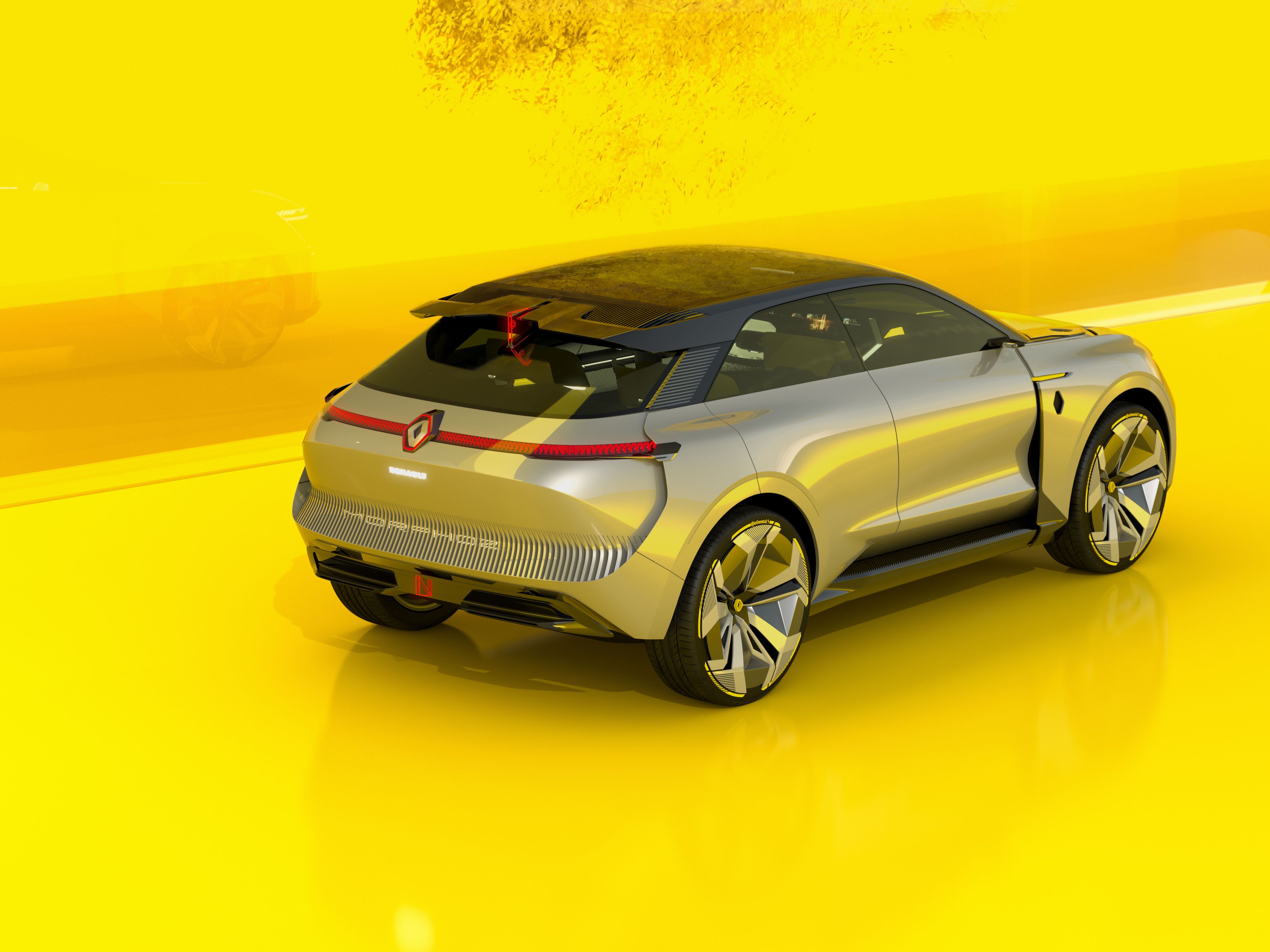
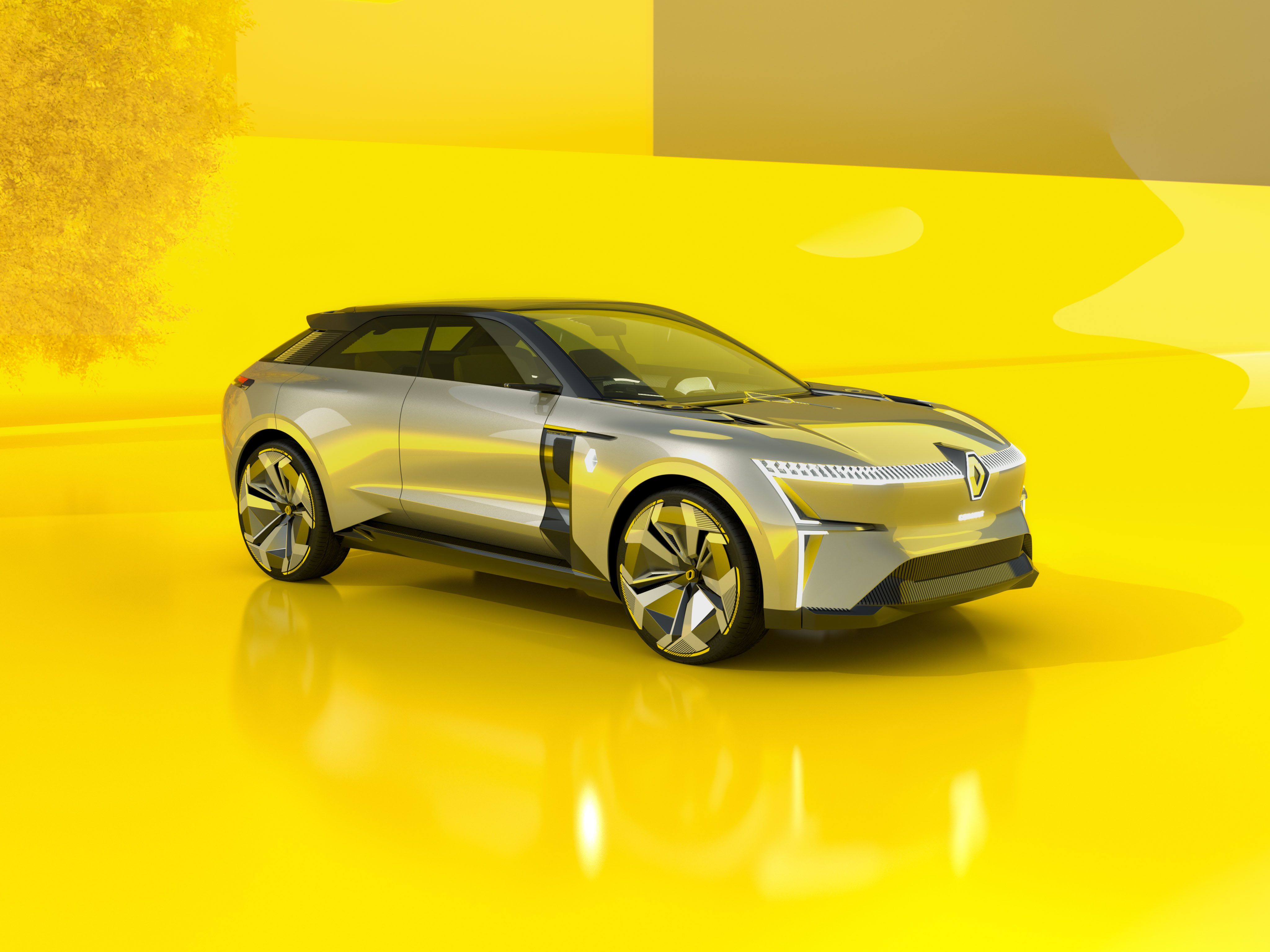
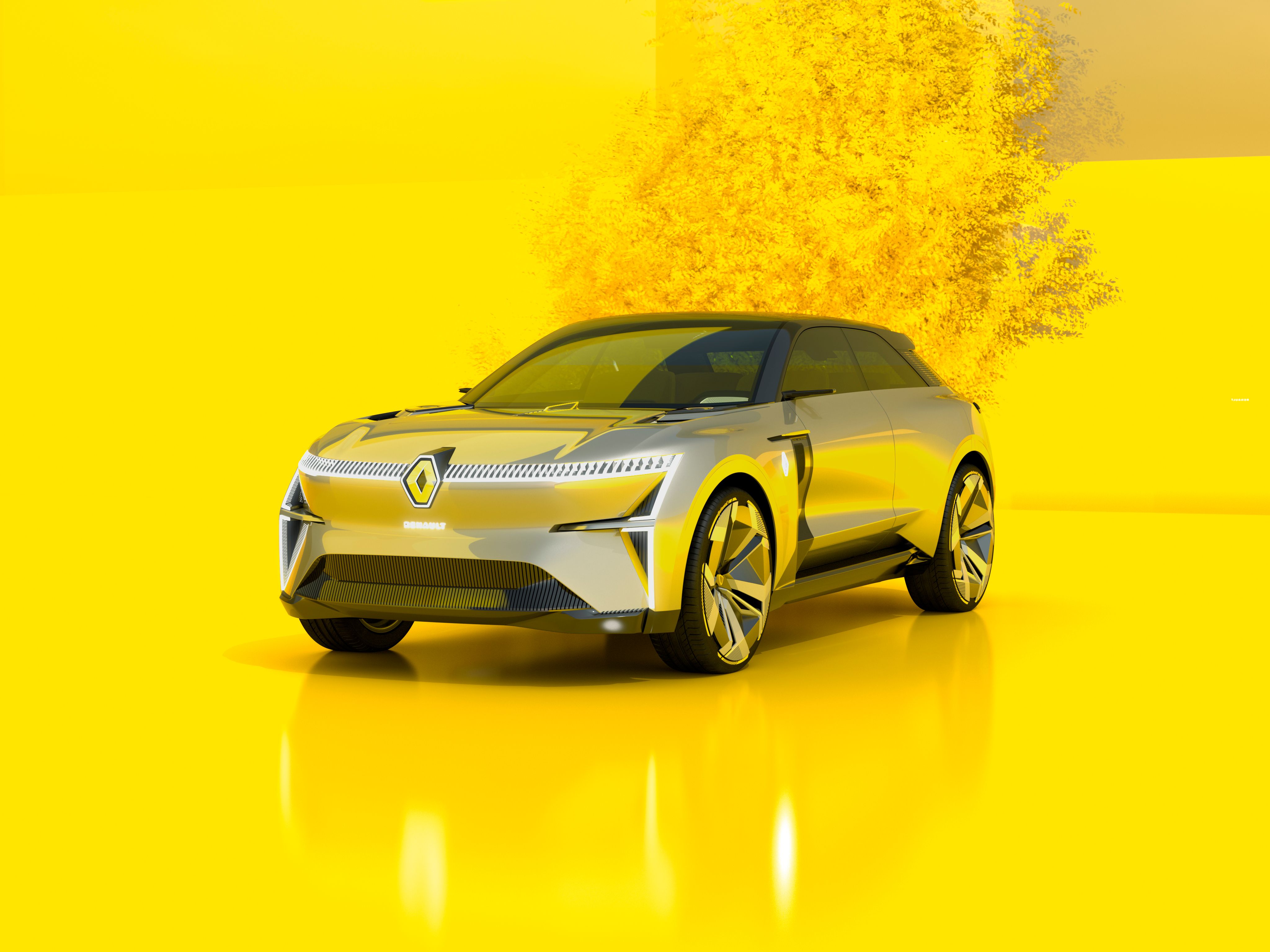
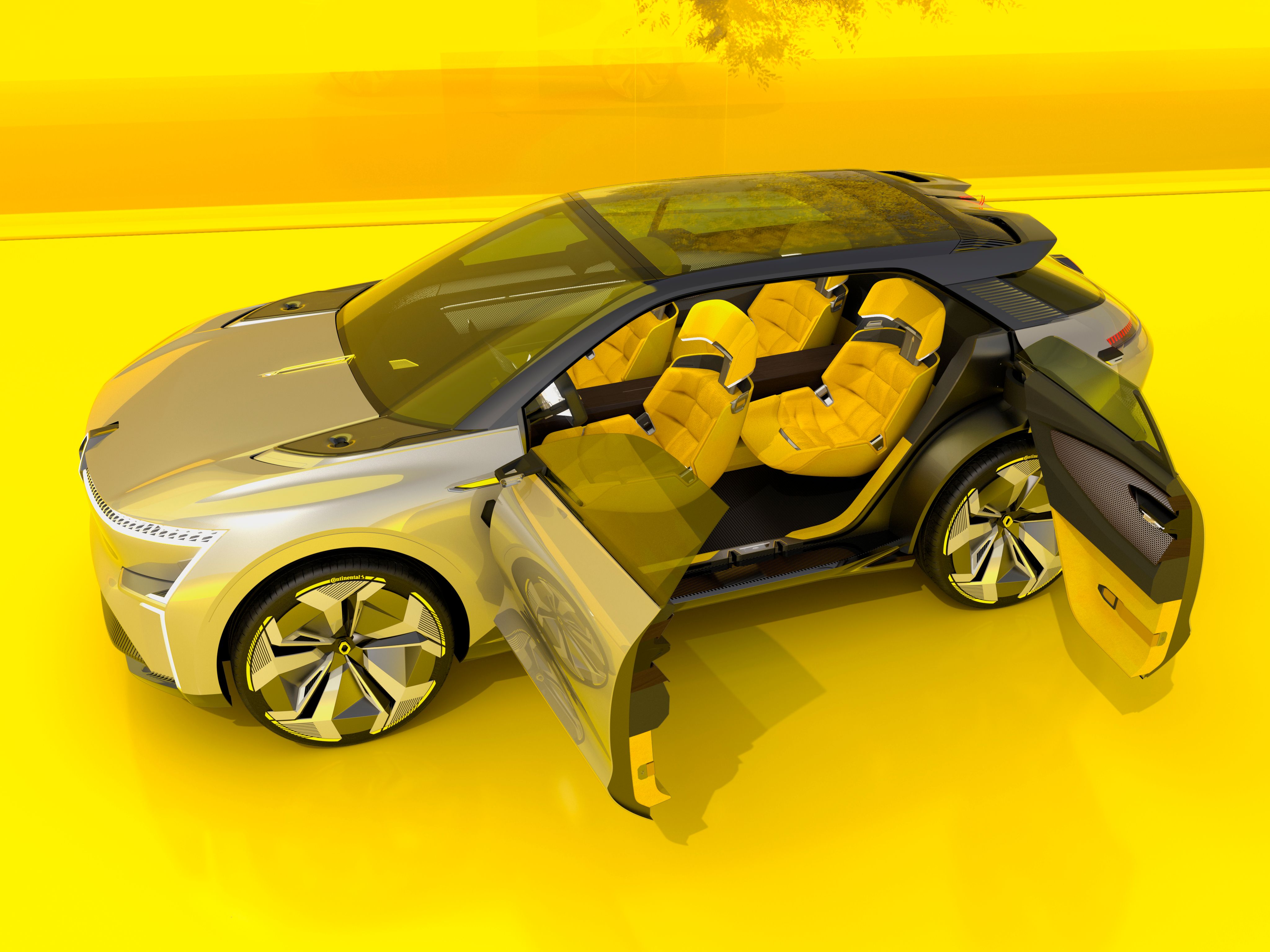
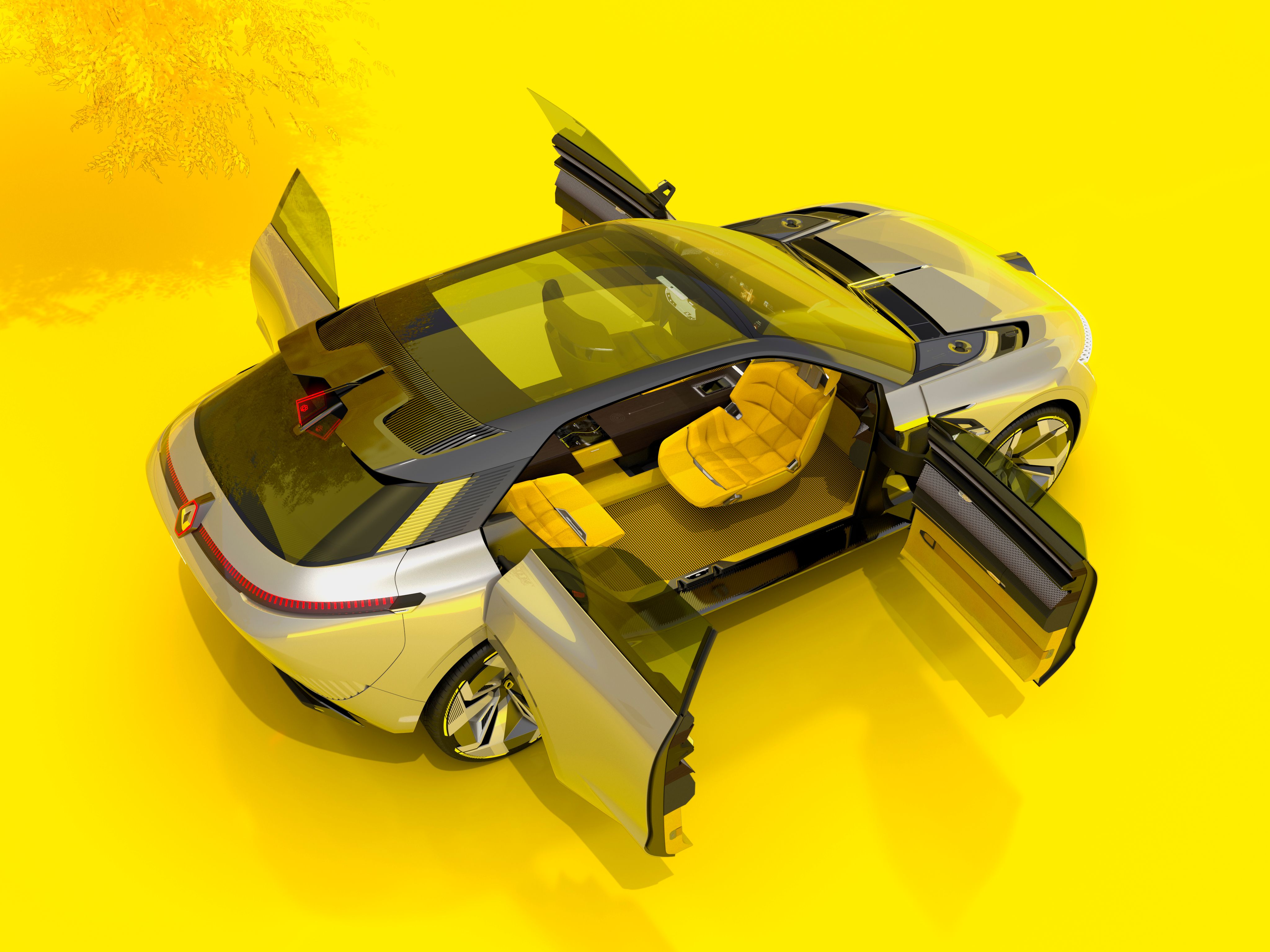
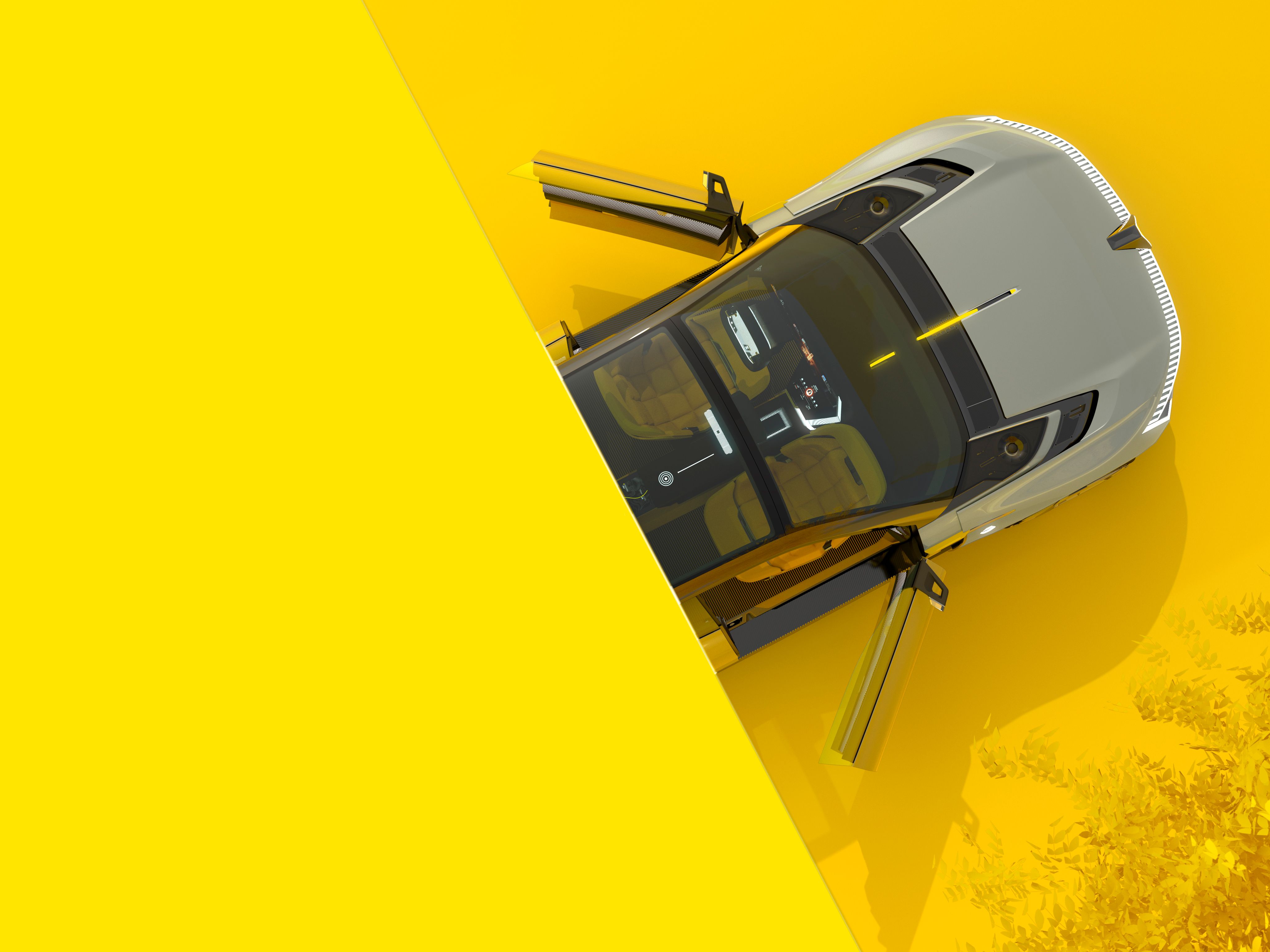
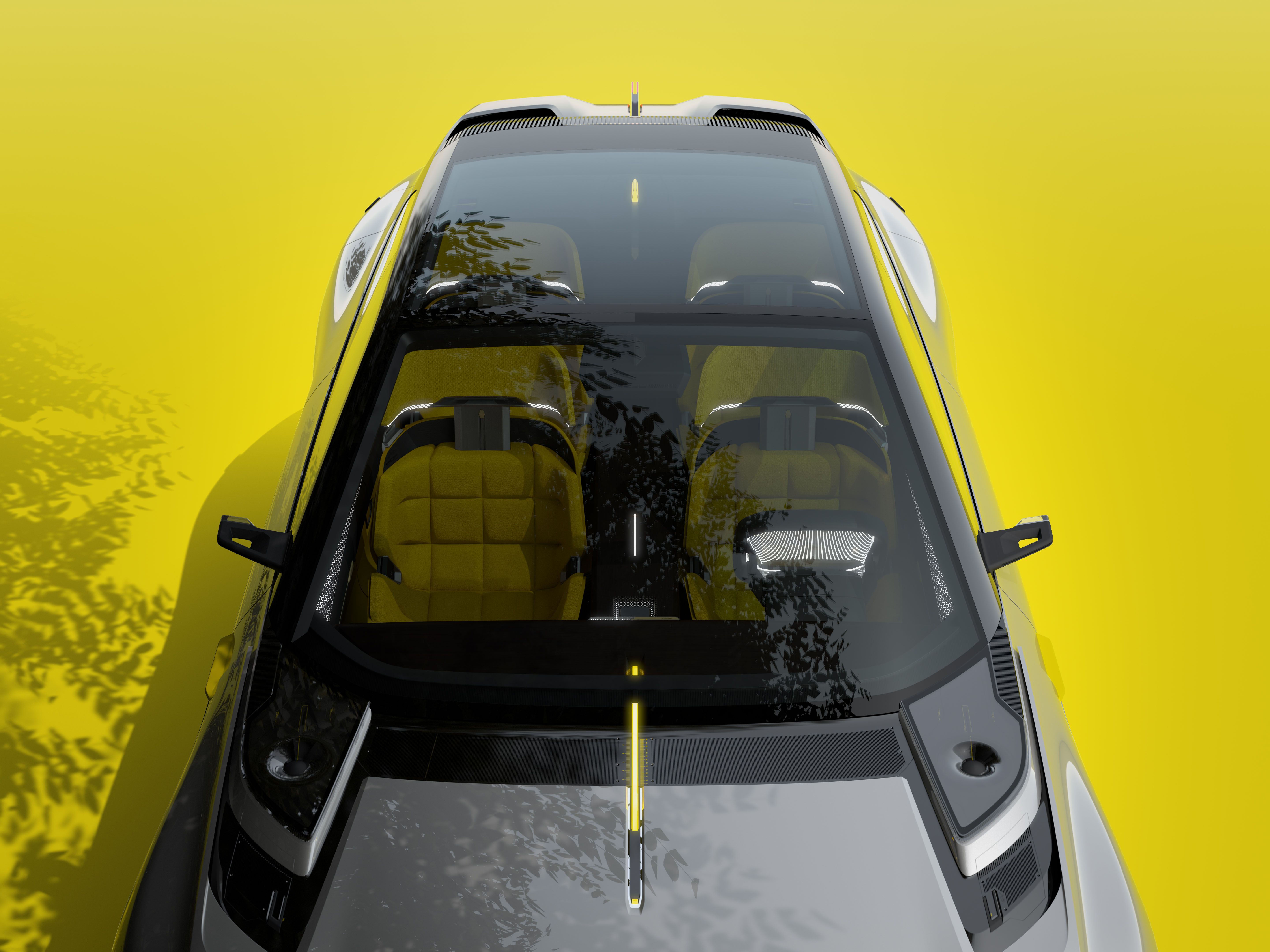
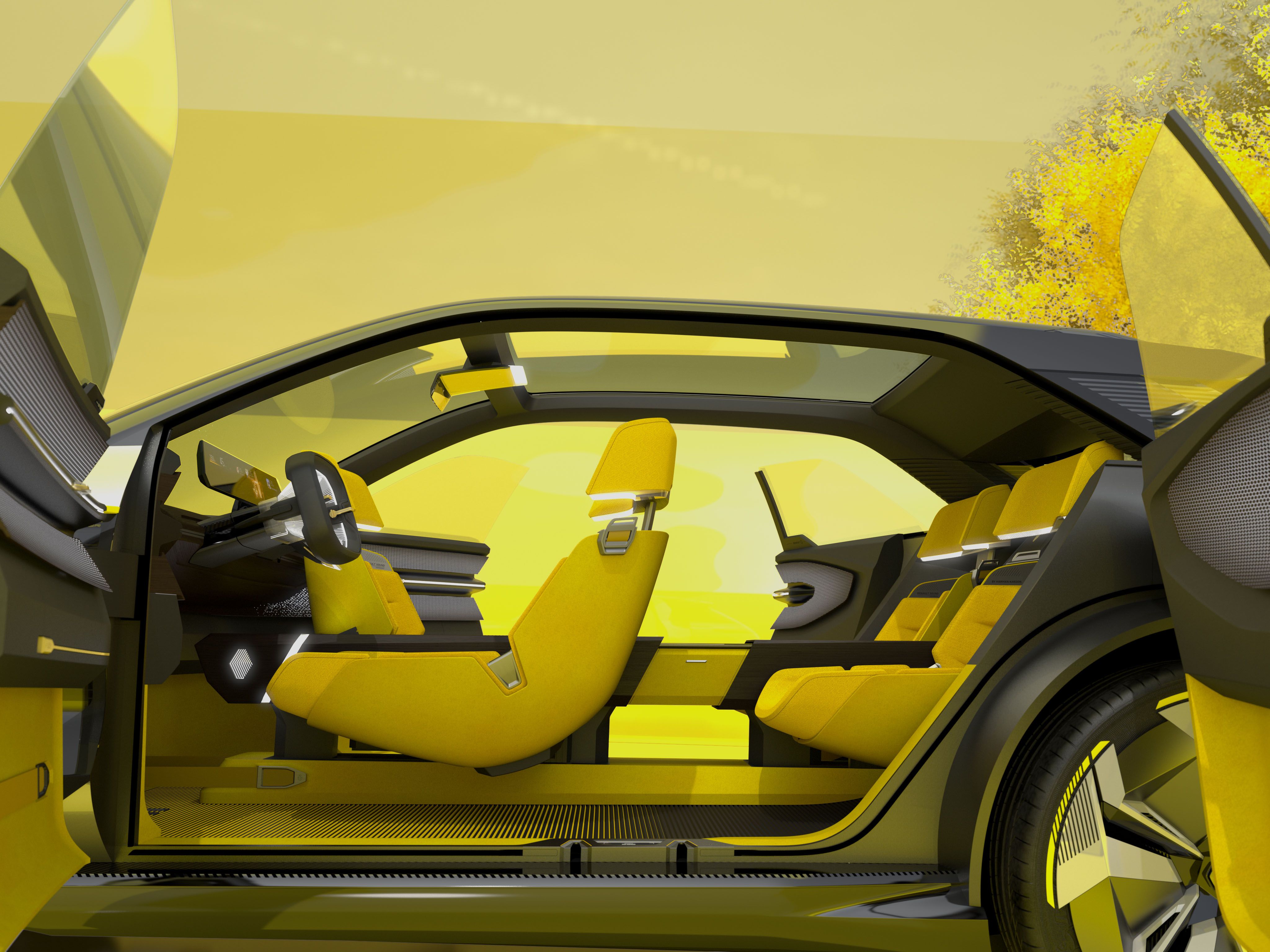
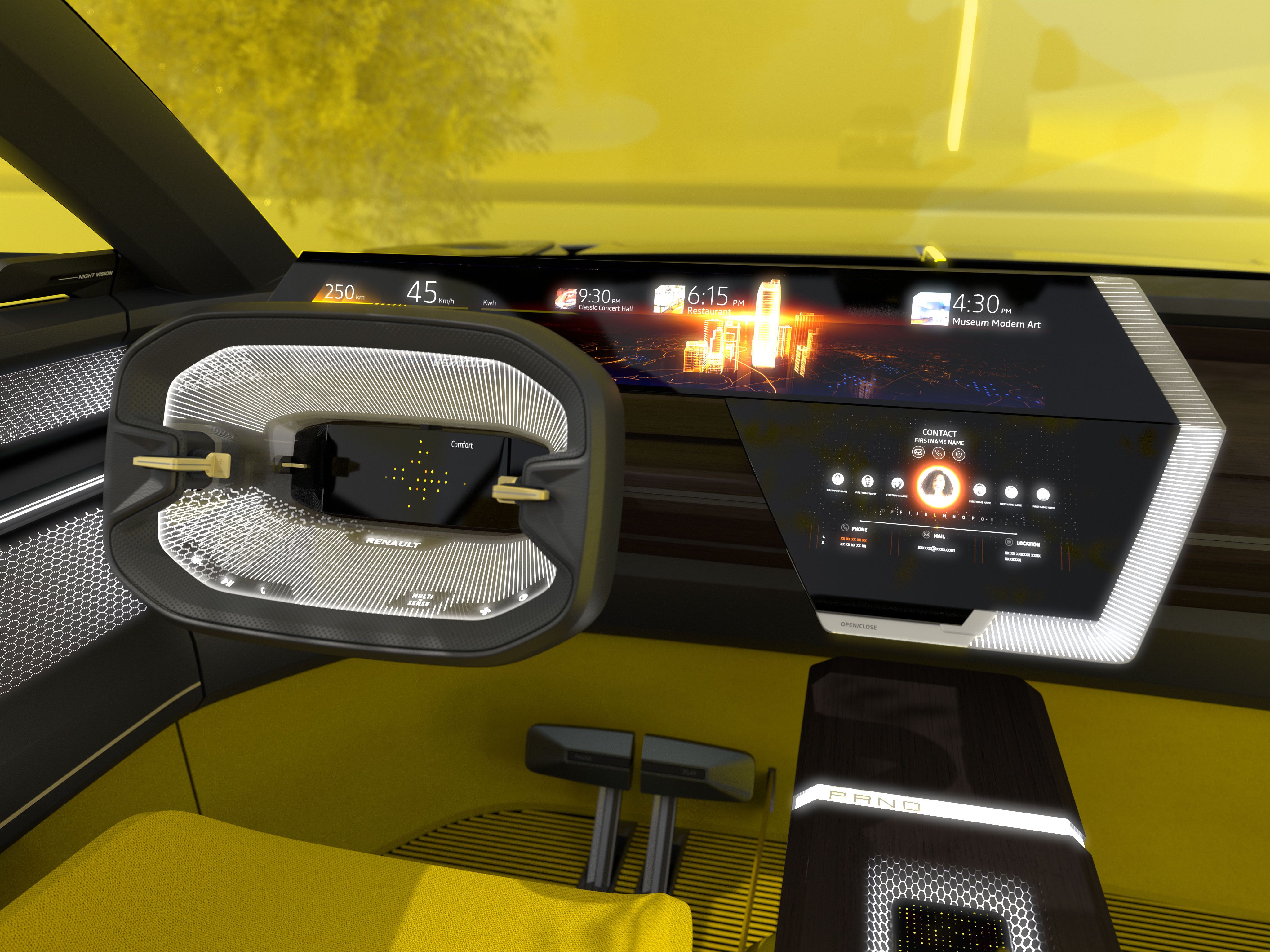
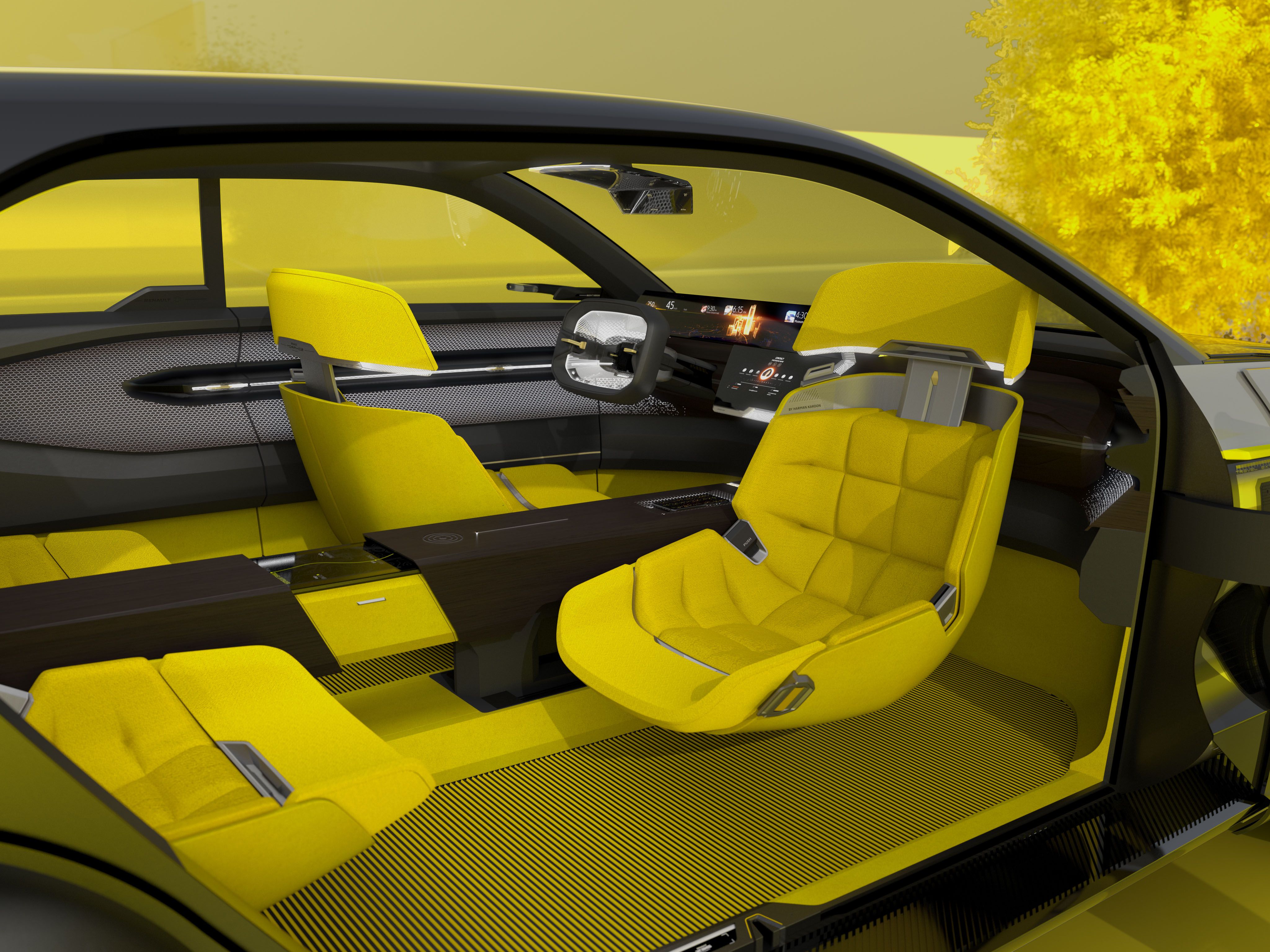
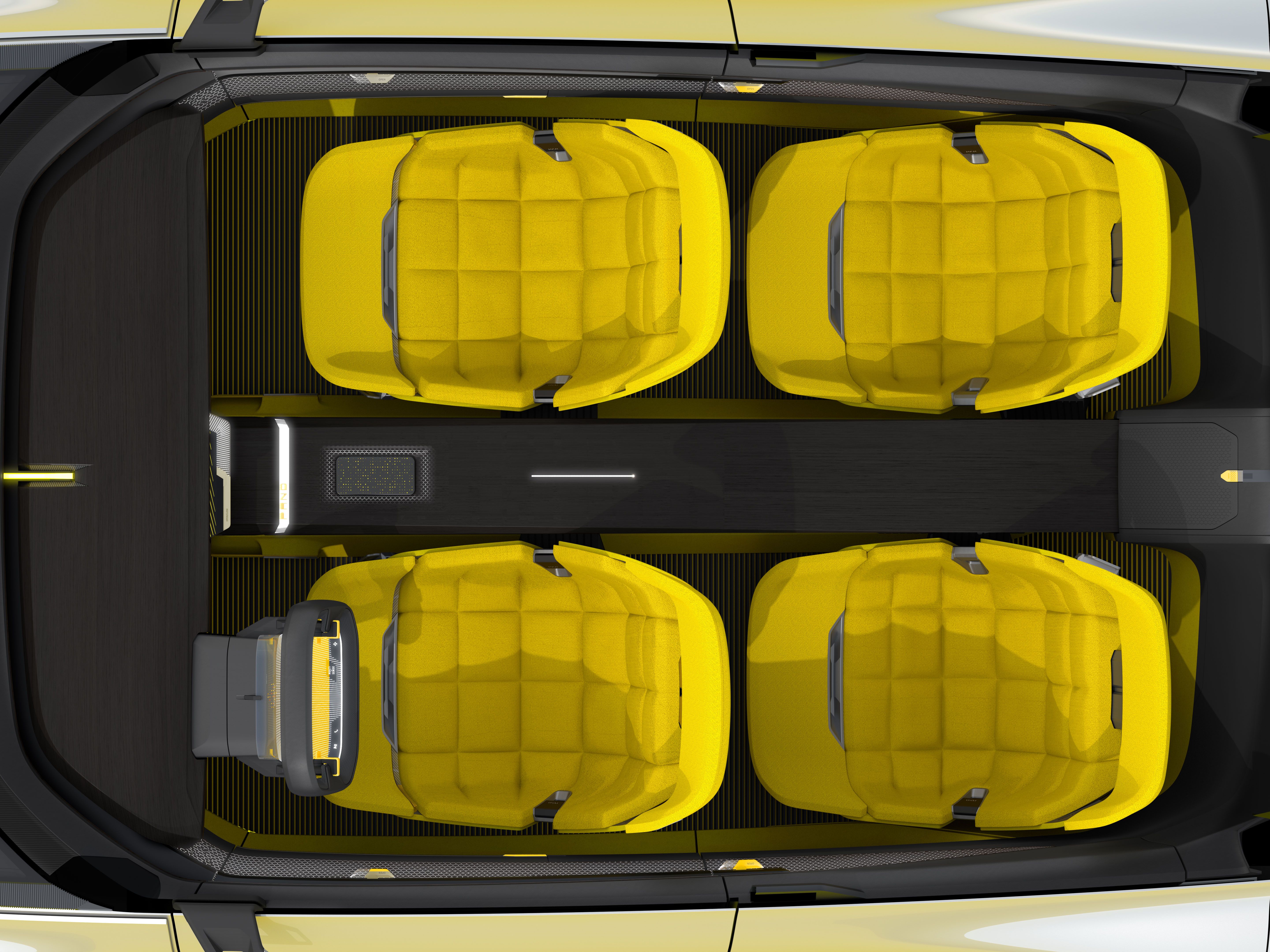
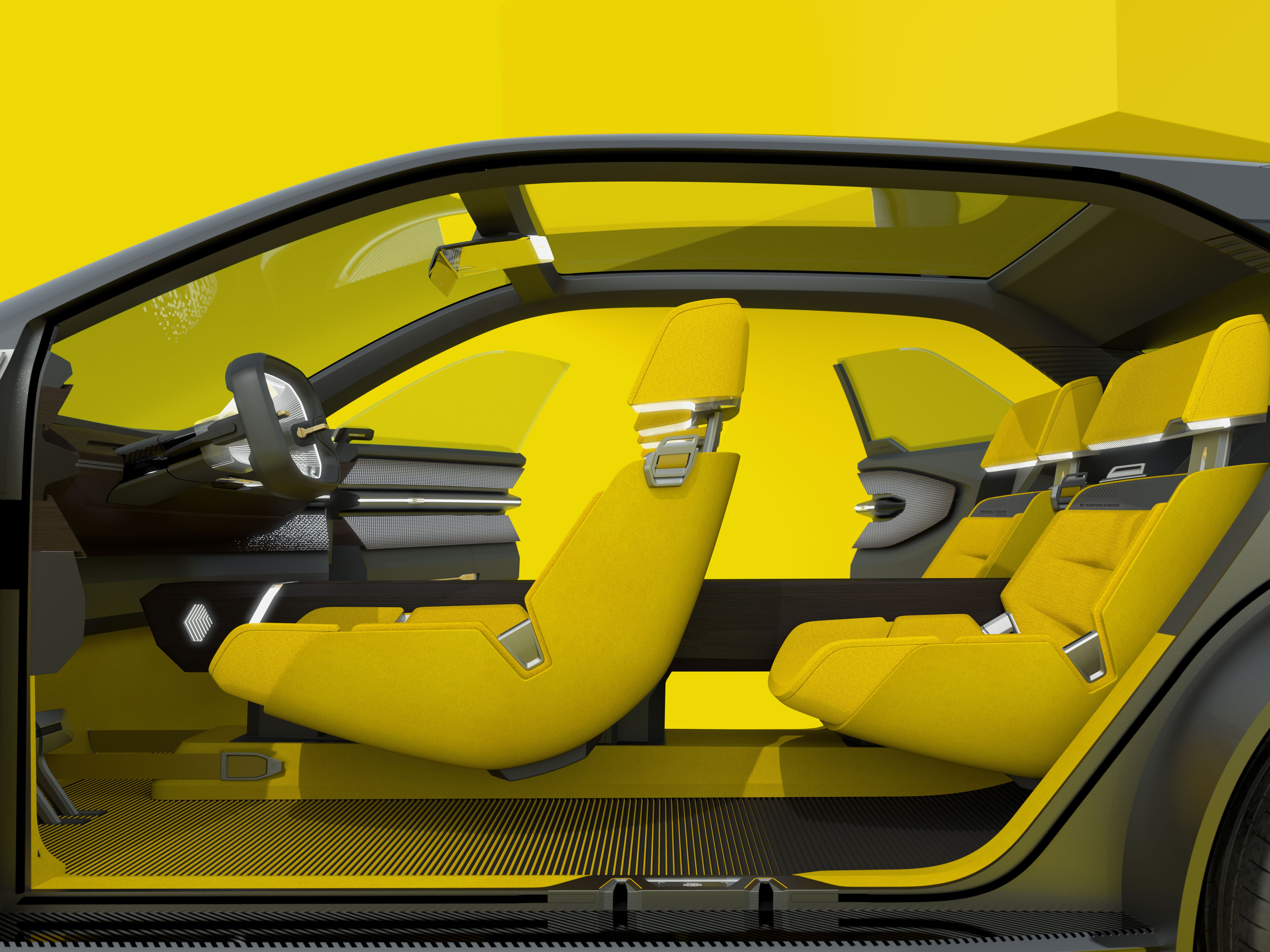
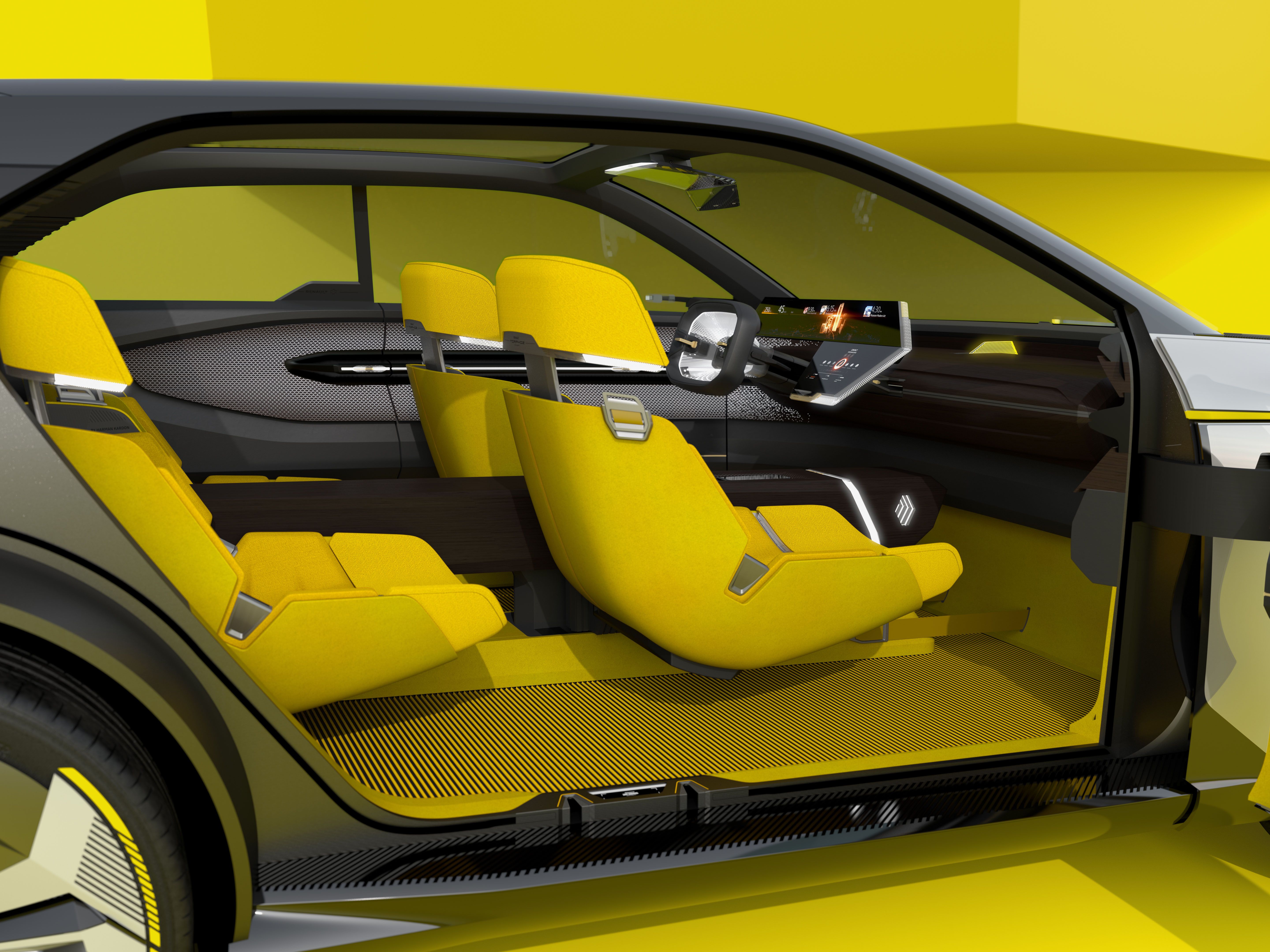
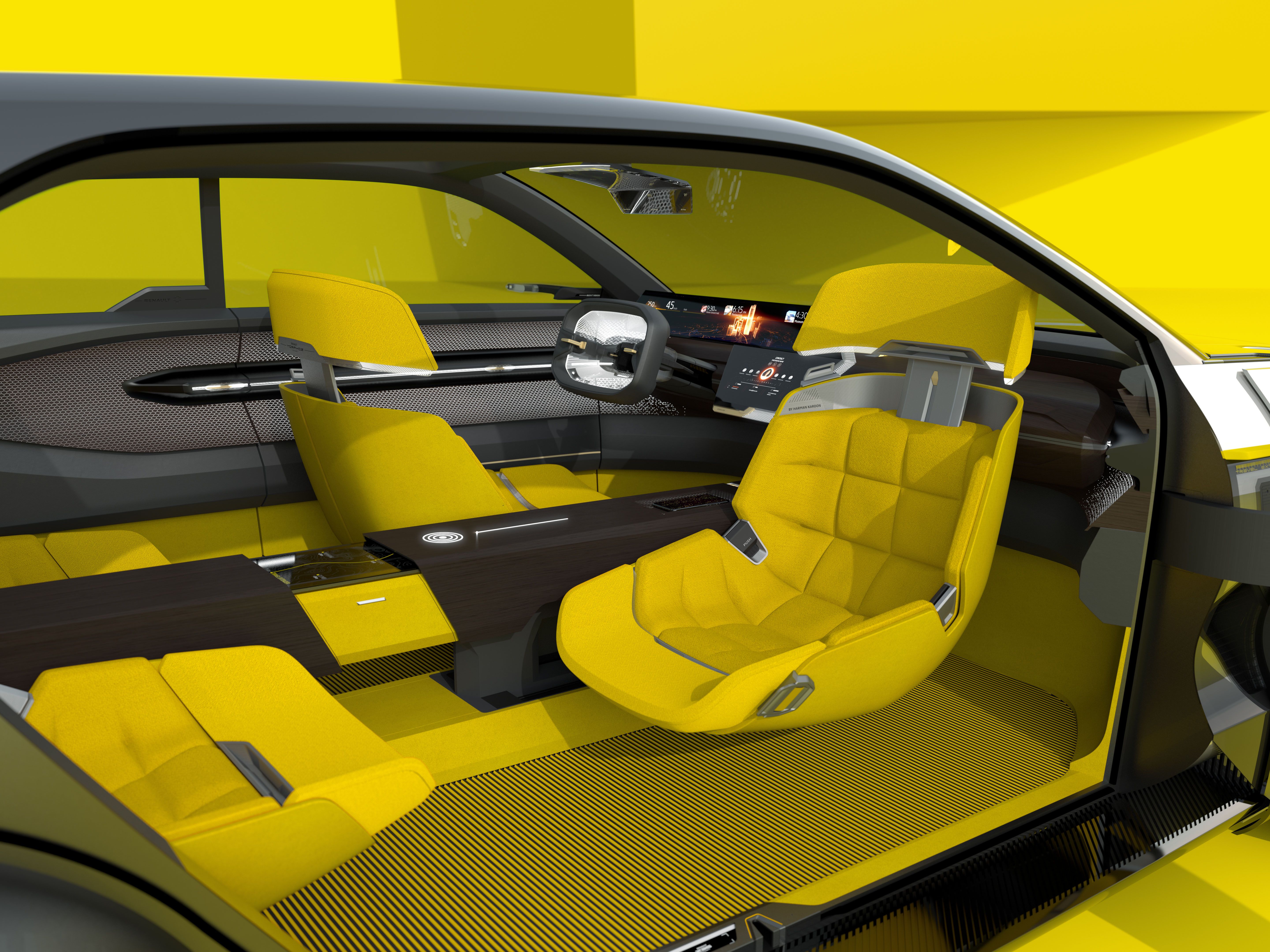
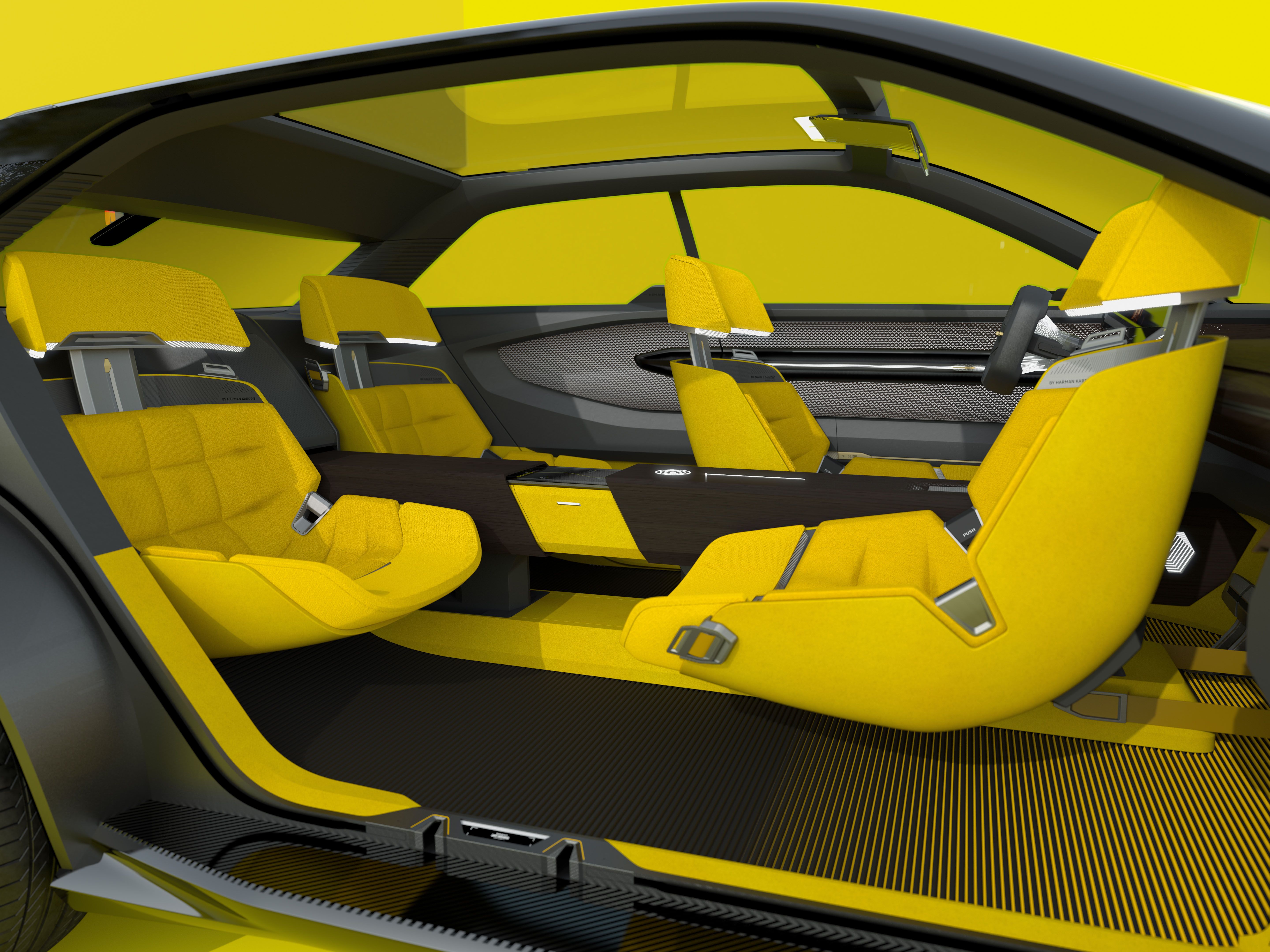
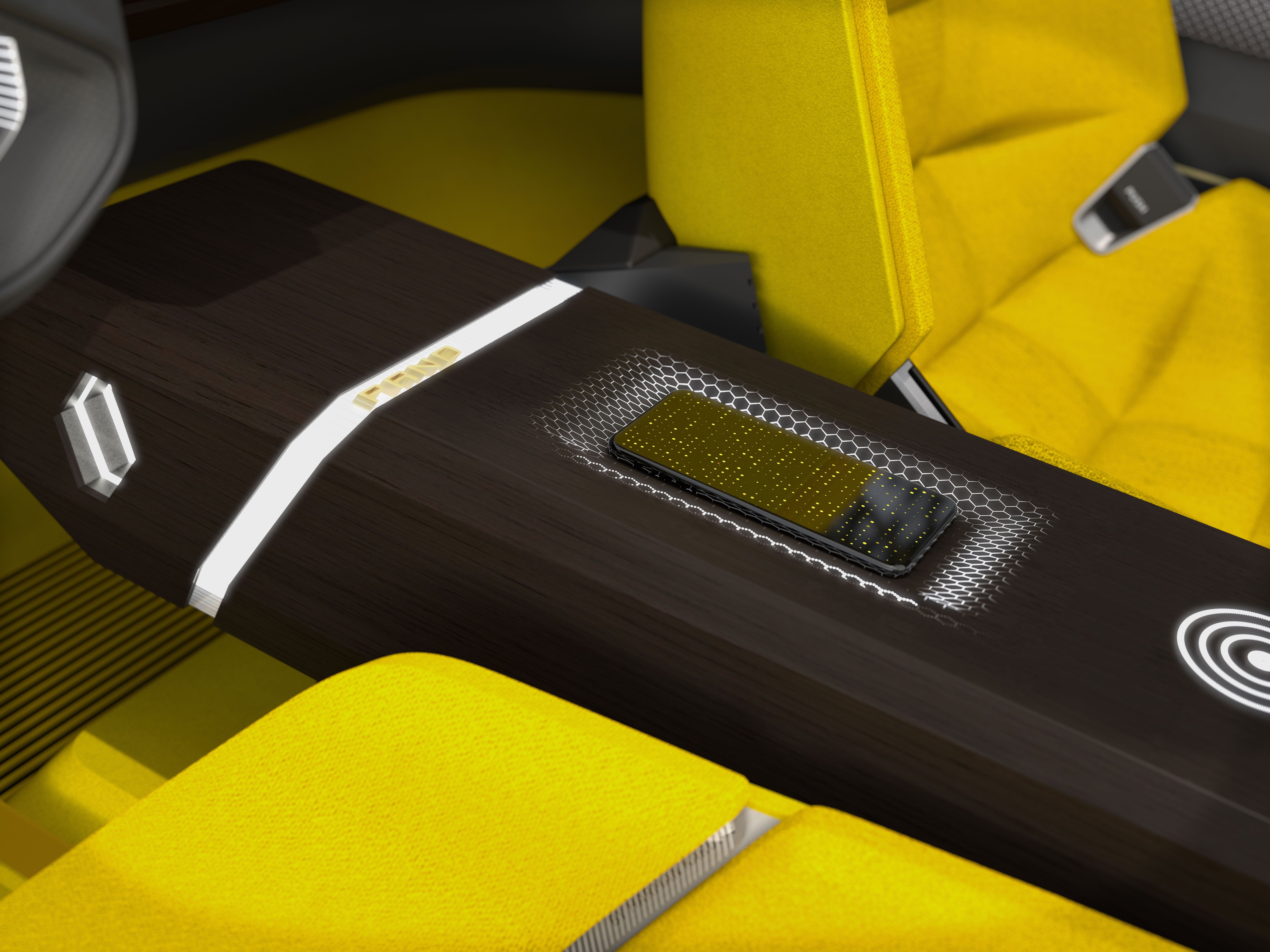
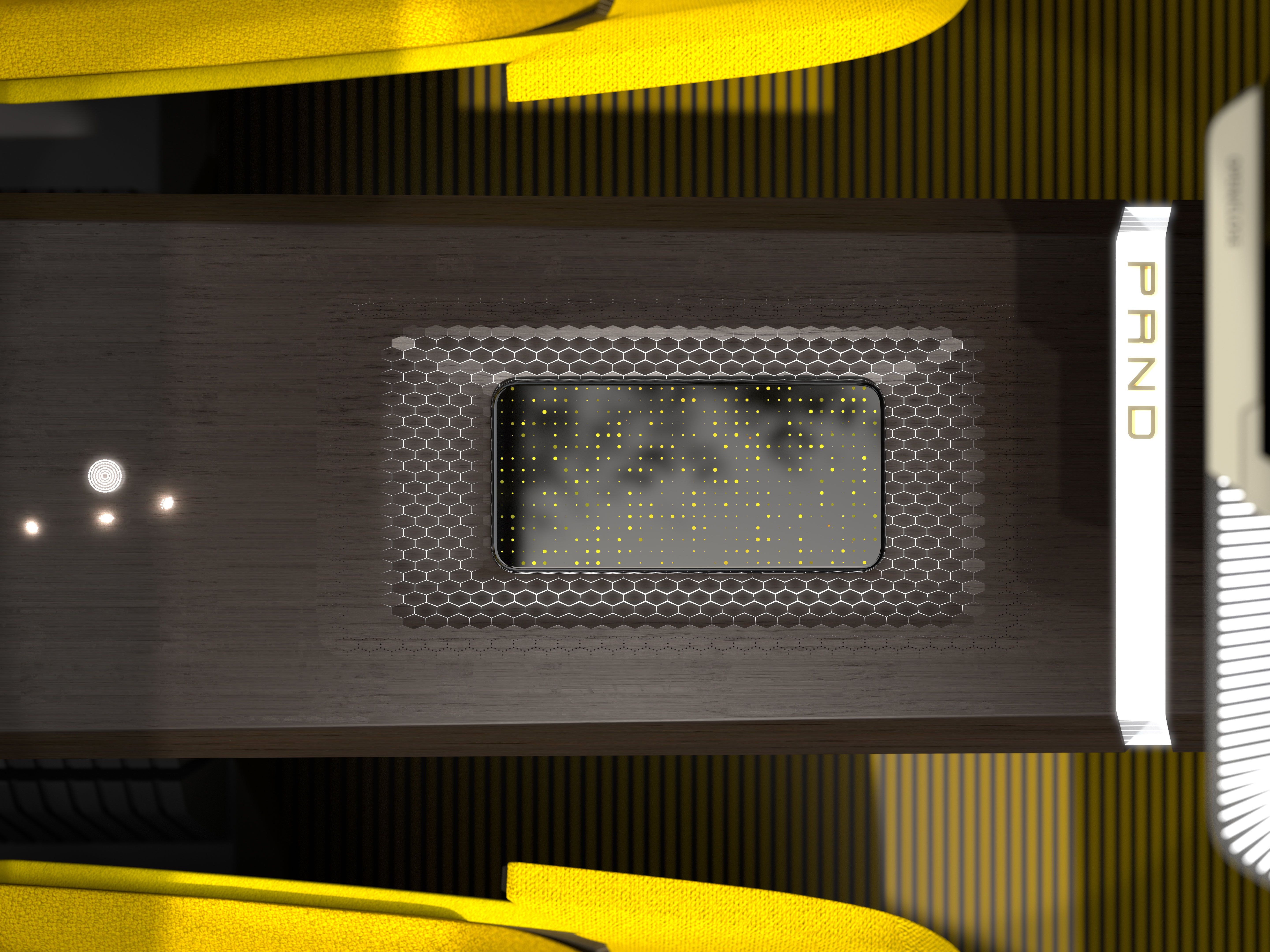
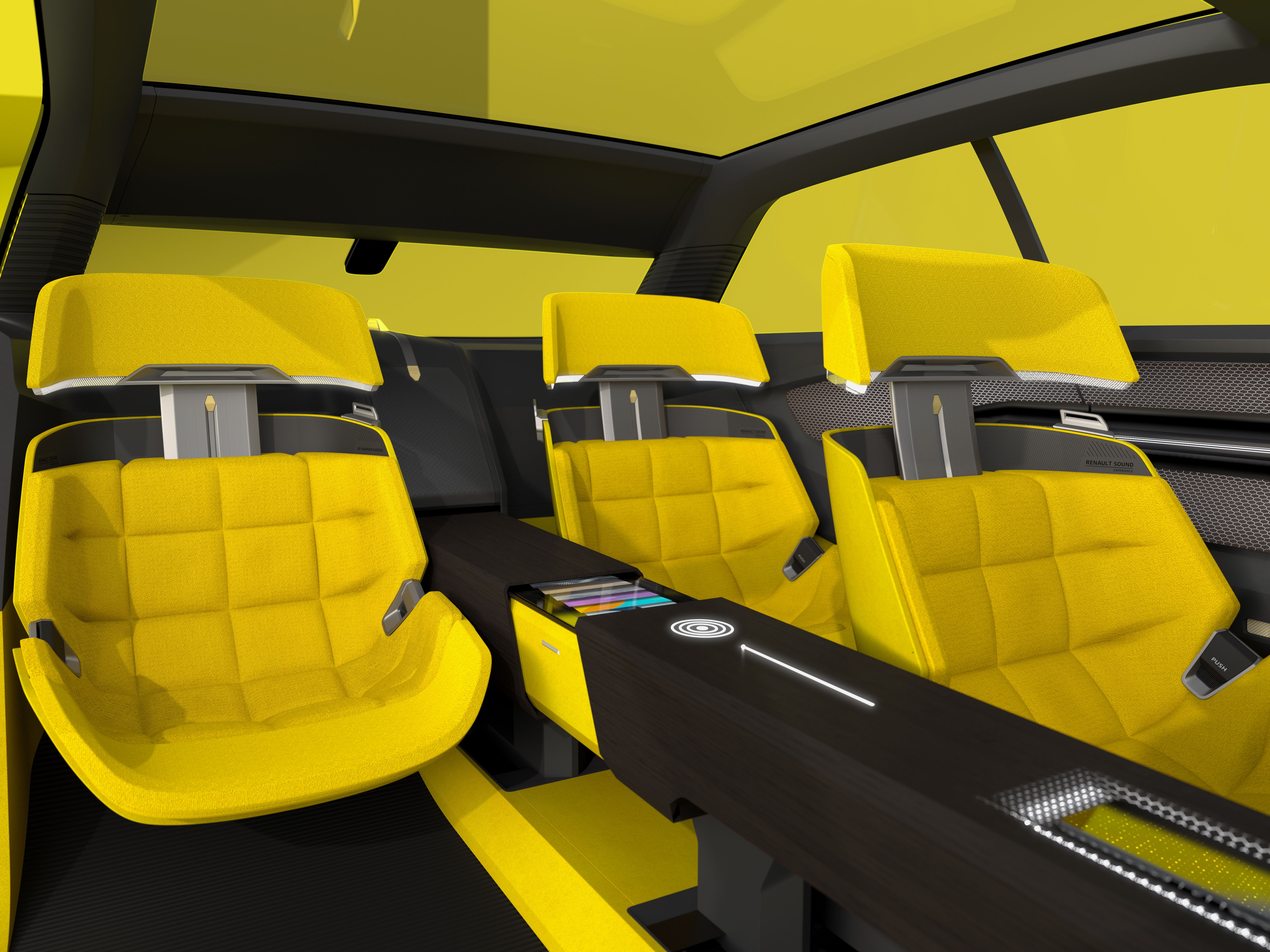
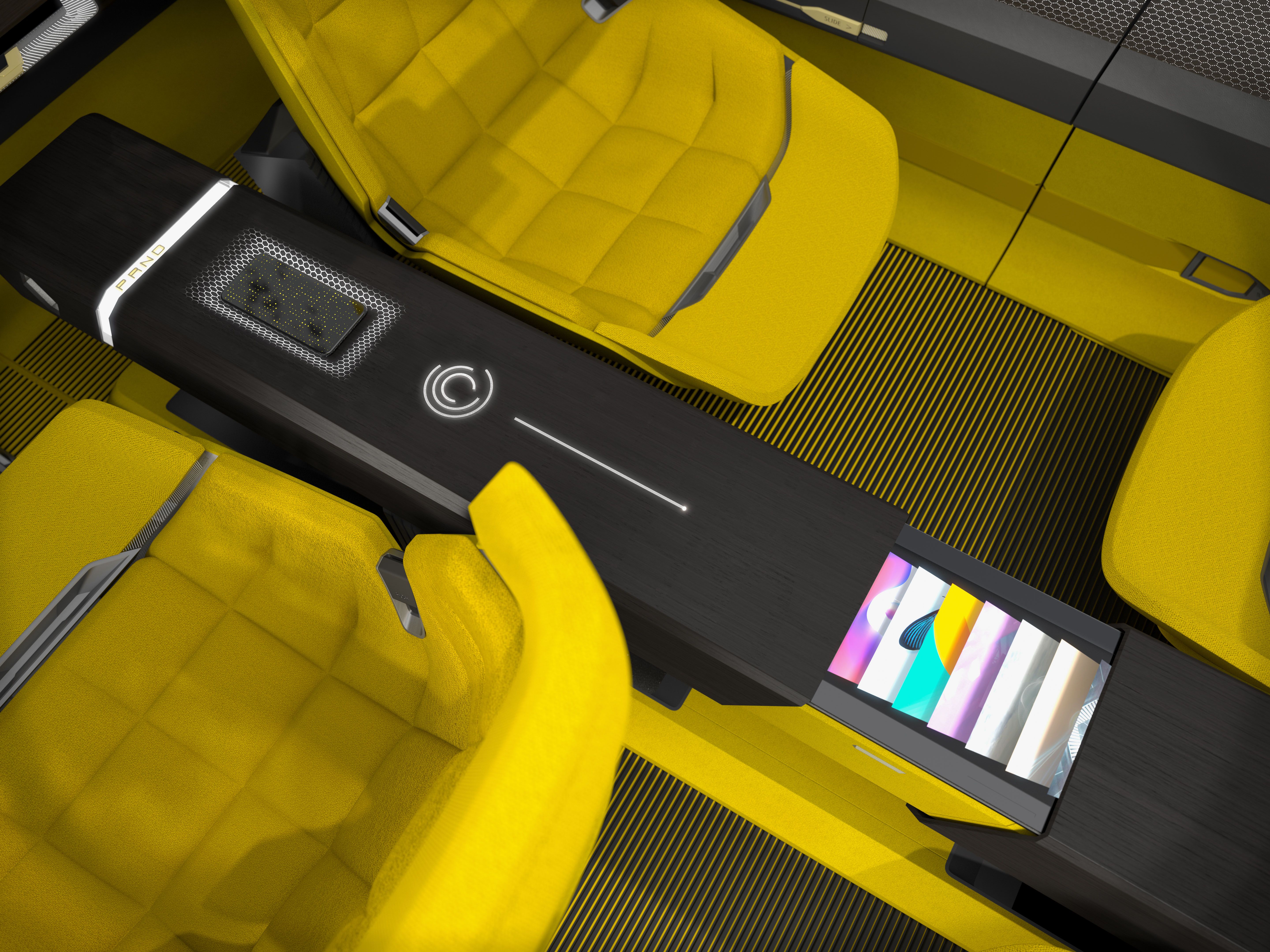
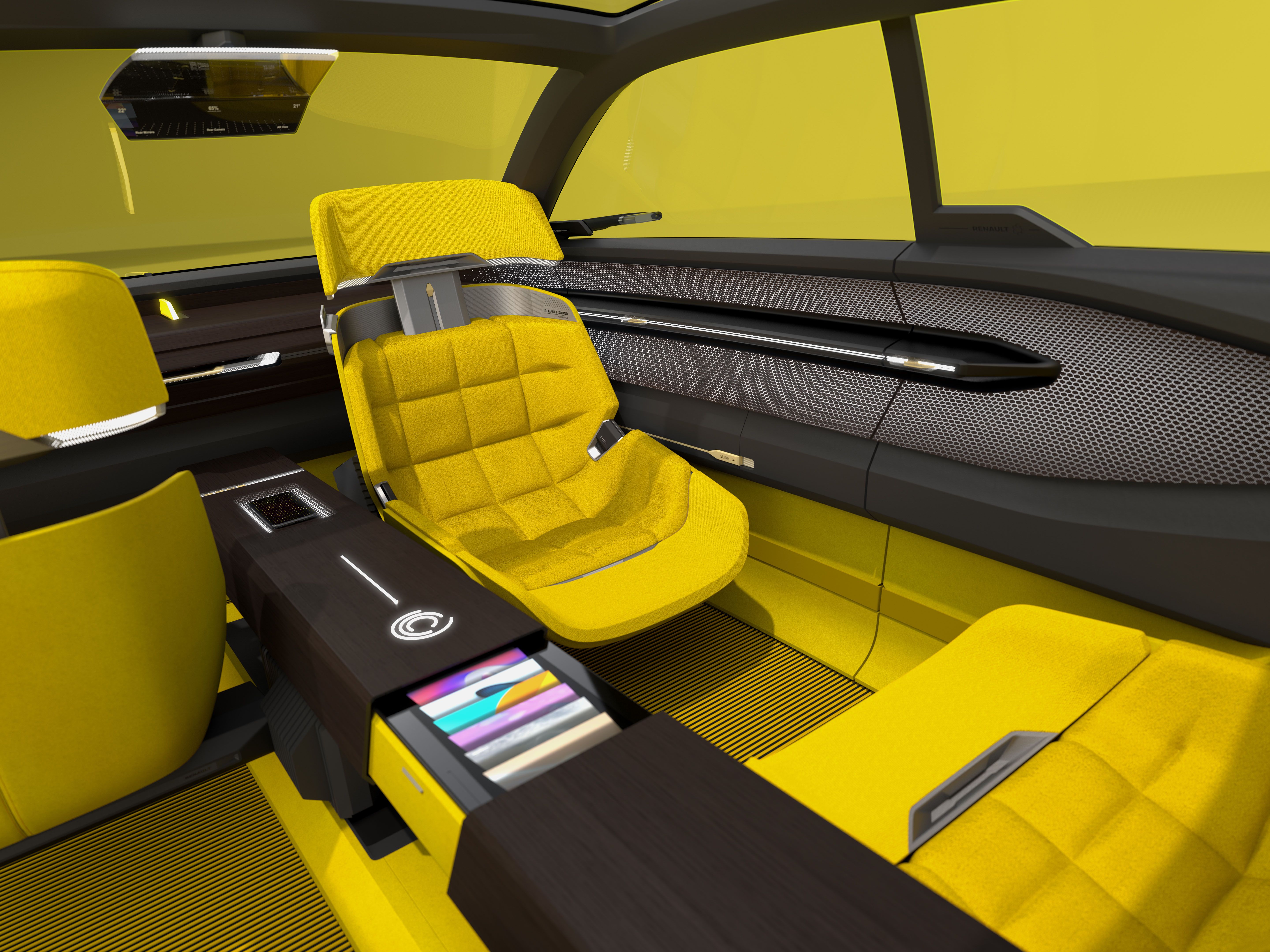
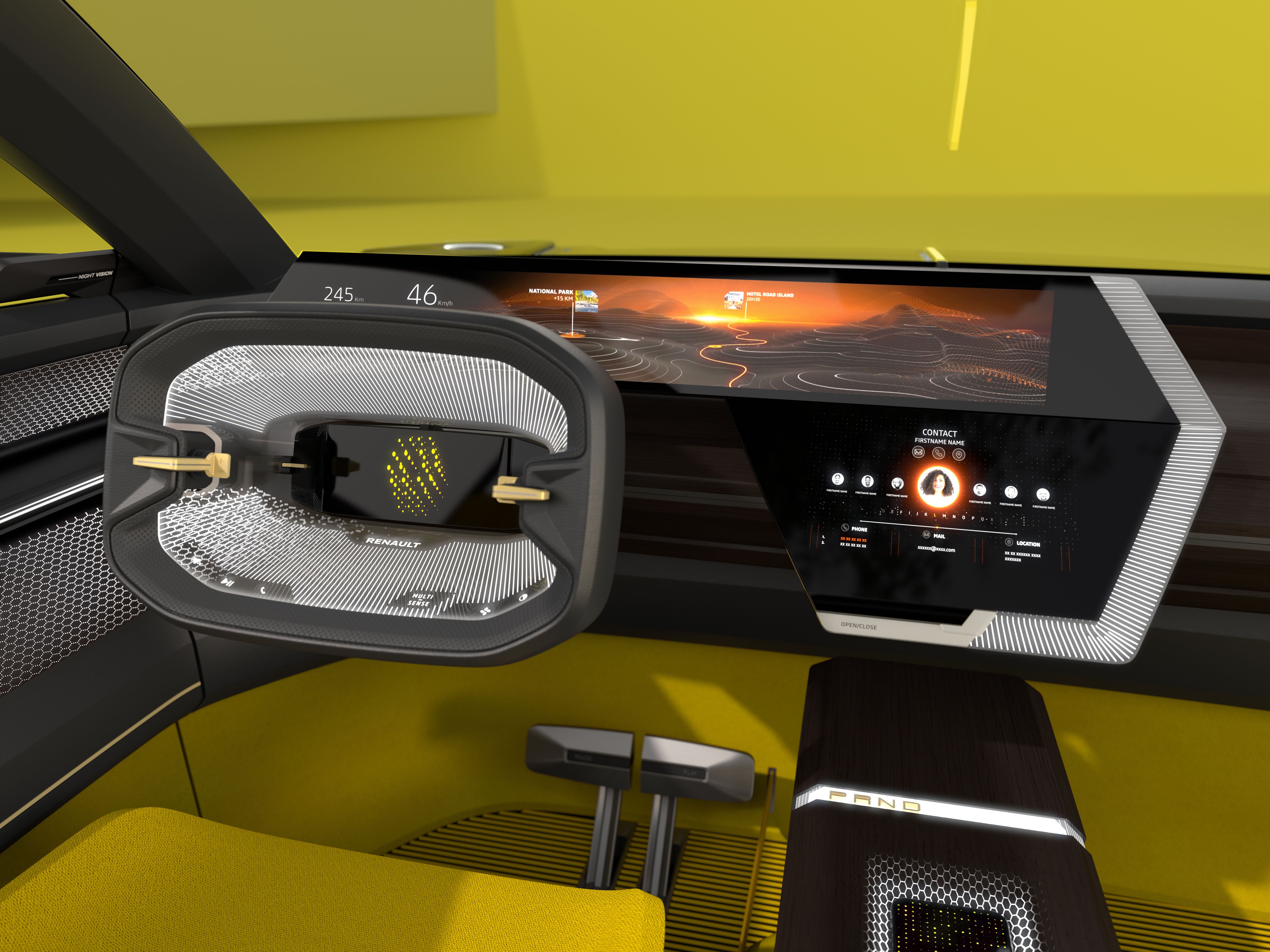
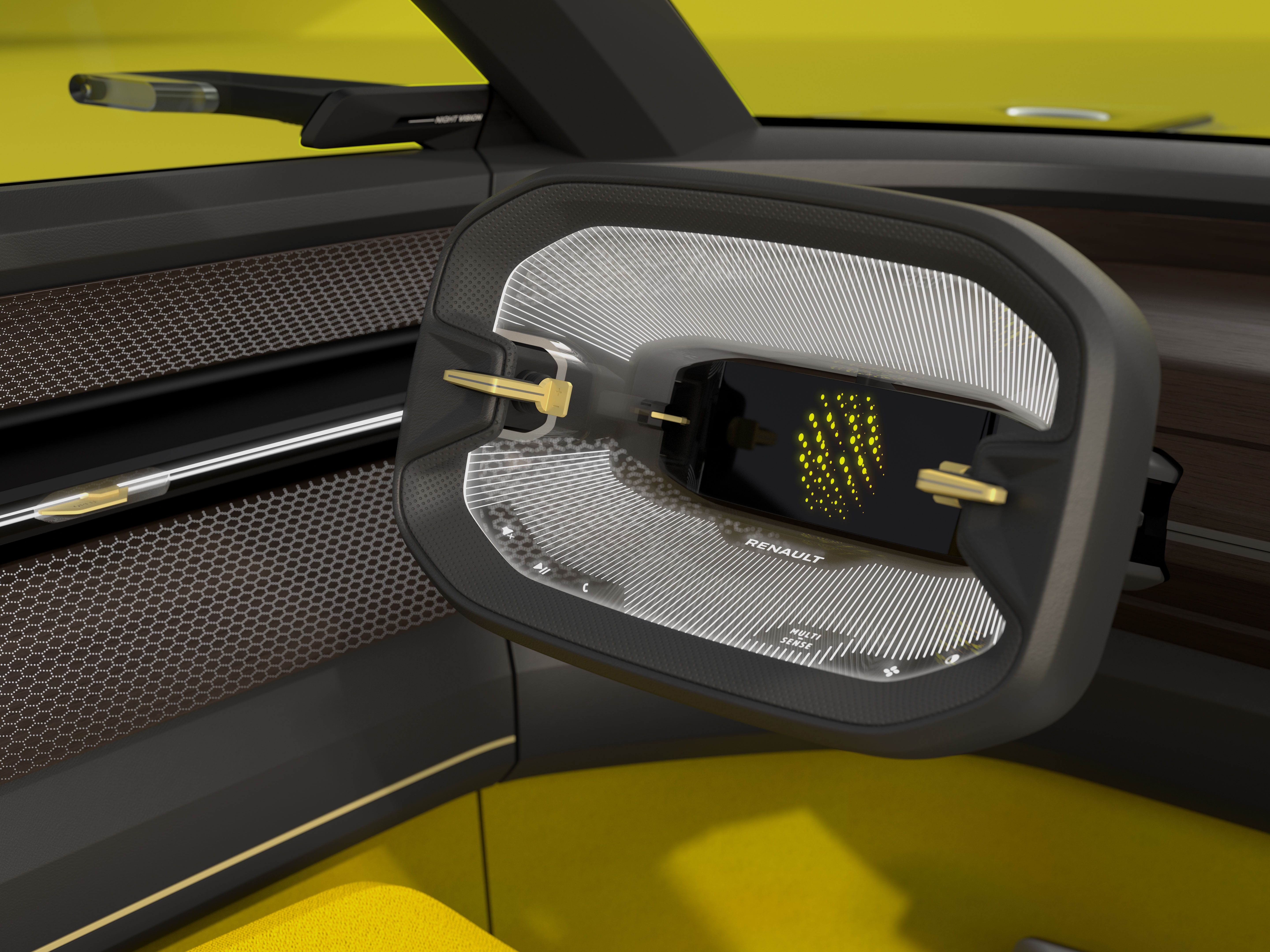
- Make: Array
- Model: 2020 Renault MORPHOZ concept
- [do not use] Vehicle Model: Array
<
Renault Morphoz – It Changes Shape and Range

By default, the Morphoz is a city car with a short wheelbase. In this configuration, it measures just 4.40 meters (173.2 inches) long with a wheelbase of 2.73 meters (107.48 inches.) This configuration includes a 40 kWh battery that Renault claims is good for 249 miles. Should you need to take a longer trip or leave the city, you can stop by the currently non-existent stations and change to Travel mode. This mode, extends the wheelbase and length of the vehicle, and adds on an extra 50 kWh battery. With the length now sitting at 4.80 meters (188.97 inches) and the wheelbase at 2.73 meters (107.48,) the Morphoz can travel as much as 435 miles.
Renault MORPHOZ Concept exterior dimensions
|
Length |
4.40 m (City version) / 4.80 m (Travel version) |
|---|---|
|
Width |
2 m |
|
Height |
1.55 m |
|
Wheelbase |
2.73 m (City version) / 2.93 m (Travel version) |
This transition also allows the rear seats to move back a bit to increase legroom and interior space. As a side effect, cargo room is also improved. Renault didn’t say exactly how much, but it does say the additional cargo room will allow you to carry two more suitcases. Once the need for extra space and range expires, you’d have to return to another battery station where the extra battery is removed and the vehicle converts back to its primary city mode and size.
What Happens To The Morphoz’s Batteries When Not In Use?

Renault believes that it can cut back battery production by allowing batteries to be shared. So, when the larger, 50 kWh batteries are left sitting at a station, they are charged and then used to power infrastructure – everything from basic city utilities like street lights to large buildings. Likewise, when your Morphoz isn’t being used and is plugged in to your home charging station, it can power various home accessories.
Renault MORPHOZ Concept specifications
|
Engine |
1 electric traction engine |
|---|---|
|
Batteries |
40 kWh (City version) / 90 kWh (Travel version) |
|
Power |
100 kW (City version) / 160 kW (Travel version) |
|
Charging |
Static and dynamic induction |
|
Drive wheels |
Front |
|
On-board connectivity |
5G |
|
Infrastructure connectivity |
Wi-Fi G5 |
What is the Purpose of the Renault Morphoz?

Renault is looking to a future where your car won’t really be yours. It says, and I quote,
So, in other words, Renault is looking forward to and anticipating a future where your car won’t actually be yours. Outside of its ability to transform, it expects that you’ll be willing to share your car. There won’t necessarily be private car ownership. Furthermore, this also opens the door to requiring a lot of rental fees for anytime you want to go beyond your “home” radius. Of course, not a lot of this was elaborated on, but we all know that where services are rendered, so is payment. The Morphoz embodies this concept to the fullest, and it leaves one to wonder if your driveway or garage will simply be a parking and charging place for corporate or state-owned vehicles.
AI Eliminates the Need for Keys Altogether

Part of the aforementioned embodiment of “what’s yours isn’t yours,” a production vehicle based on the Morphoz wouldn’t have any sort of car key or card. Instead, it’s loaded to the gills with artificial intelligence that detects an authorized driver upon their approach and allows the doors to be unlocked via the wave of a hand. This isn’t necessarily a new technology – the whole digital car key thing is starting to take off – but it does open the door to ride sharing even more. If your vehicle is part of, well, let’s call it the Renault Sharing Network, then anyone who is authorized by the system can walk up, unlock the vehicle, and drive away. It’s safe to assume that you would have to opt into a service, but Renault’s own press release hints largely at this being the future. On the plus side, it could limit family access to vehicles to limited times, which would be ideal for families with teen drivers, so there’s that.
This artificial intelligence also serves several other purposes. When the vehicle is unlocked by an authorized driver, all seat settings, radio stations, and other customization features are automatically set before you enter the vehicle. It can also take your “diary” and plot out routes and adhere to schedules as needed, with the route being displayed in 3D graphics on the central display.
The Renault Morphoz Concept Features Level 3 Autonomy

Part of the Morphoz’s artificial intelligence also includes level 3 autonomy. This means that it can drive in certain situations or on authorized roads all by itself. This is also where the driver gets the shaft because the rest of the vehicle allows and encourages for passenger interaction. The driver, however, must remain facing forward and ready to take the wheel at a second’s notice. Meanwhile, the front passenger is able to pivot all the way around and engage with rear passengers. This is definitely ideal for long road trips, as long as you’re not the driver, anyway. In fact, Renault even says that while the driver can take their hands off the wheel, they won’t be able to engage with any screen or device outside of those built into the vehicle and directly in front of them.
Final Thoughts

In the end, I believe this is a pretty cool concept, but only in appearance. The whole idea of “me/we,” as Renault puts it, is troubling. It feels as if automakers are forcing car sharing and privacy invasion on each and every one of us. This is currently a concept, sure, and it could bring some serious continence into our lives, but I’m not sure I’ll ever be ready to give up owning my own vehicle or letting every Tom, Dick, or Harry take off with it whenever they please. The battery swapping technology seems ideal, but it’s far from feasible at this point. There’s a reason Tesla hasn’t considered battery swapping stations – the unique cooling requirements of batteries currently in operation today means that swapping batteries is a delicate process. Factor in a vehicle that has a body and platform that can shorten and lengthen to accommodate an extra battery, and we’re looking at something even more delicate. Furthermore, all that work (and who knows how much money spent) to increase range to little more than 400 miles doesn’t seem all that ideal. As I said, it’s a cool concept, and a cool idea, but if this is what Renault sees the automotive market transitioning into after 2025, it should probably reshuffle its plans. We don’t even have a wide-spread charging network in place quite yet, let alone battery swapping stations. If this is the future, it’s certainly not the near future, that’s for sure.

